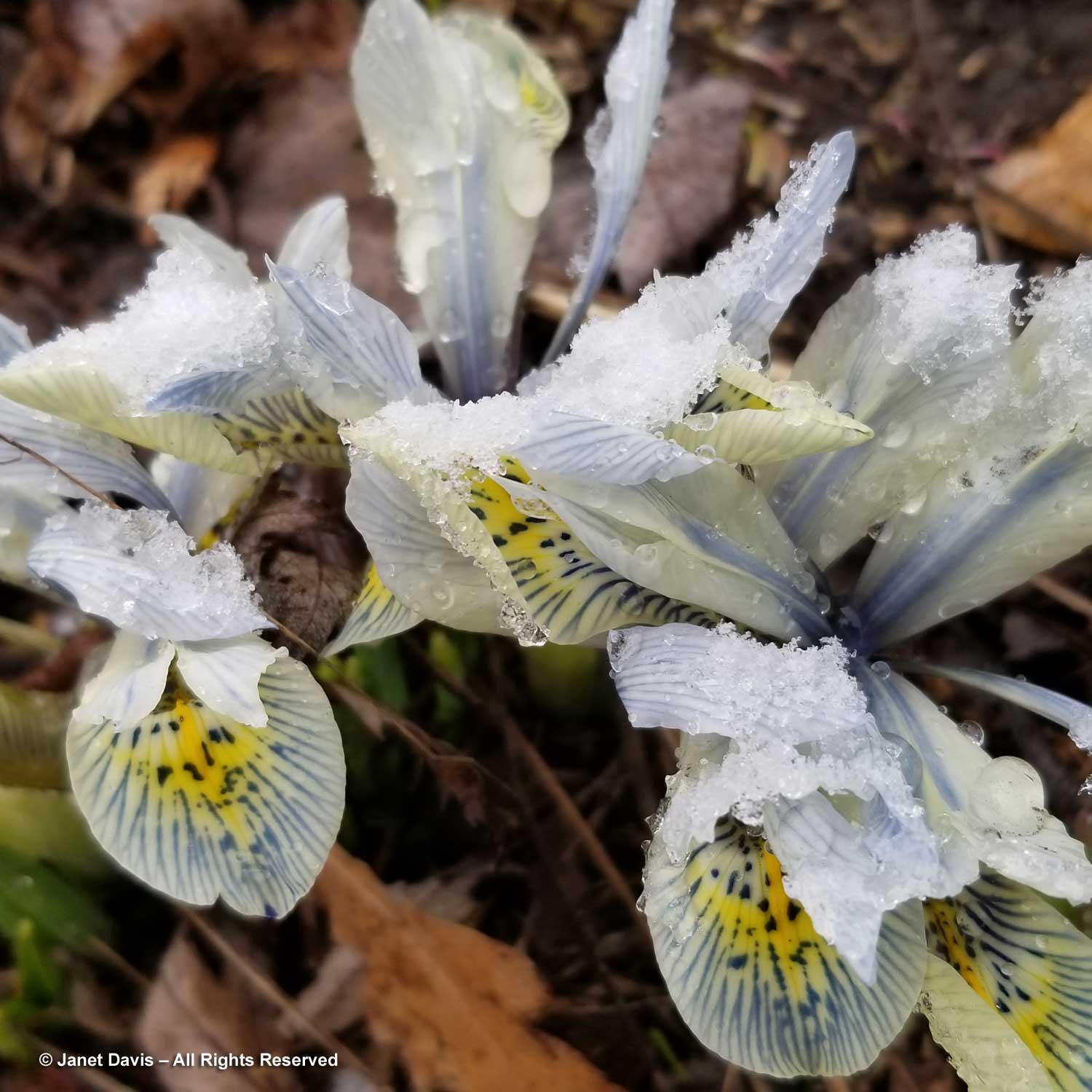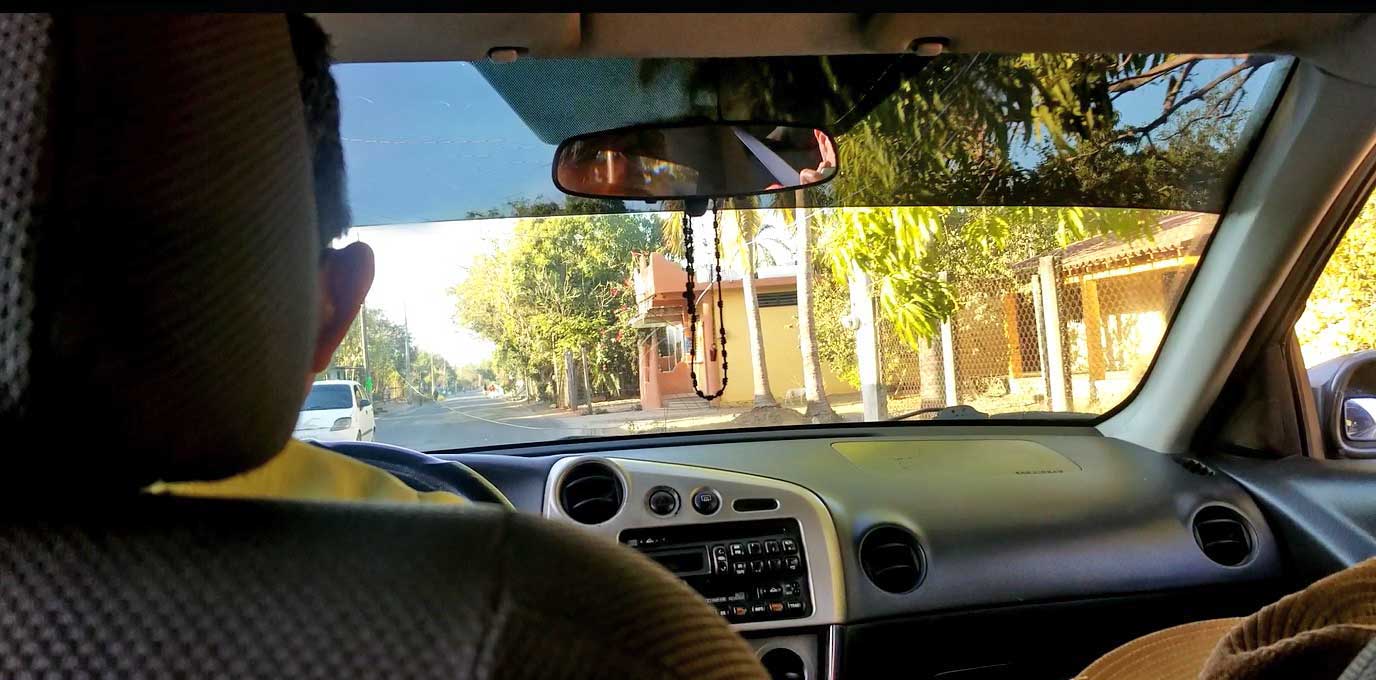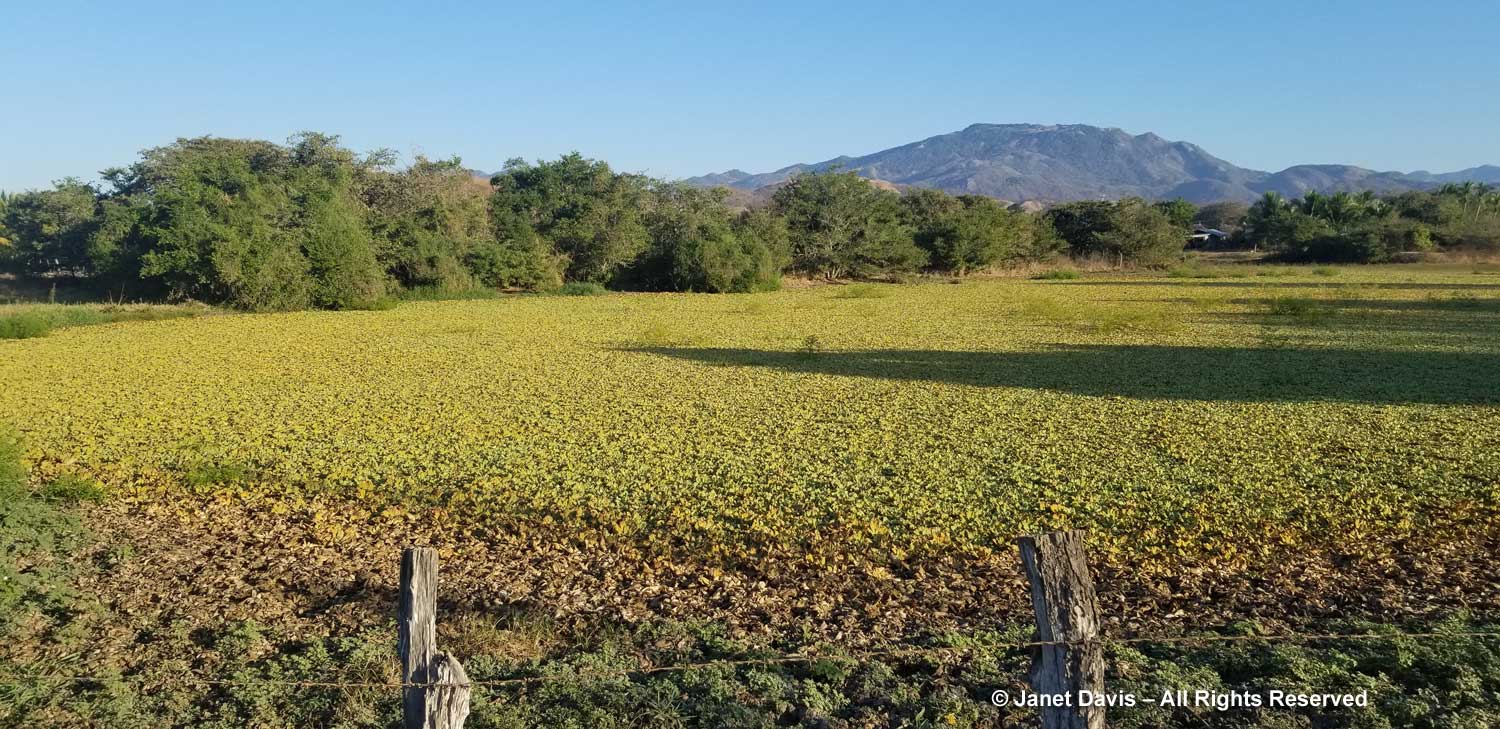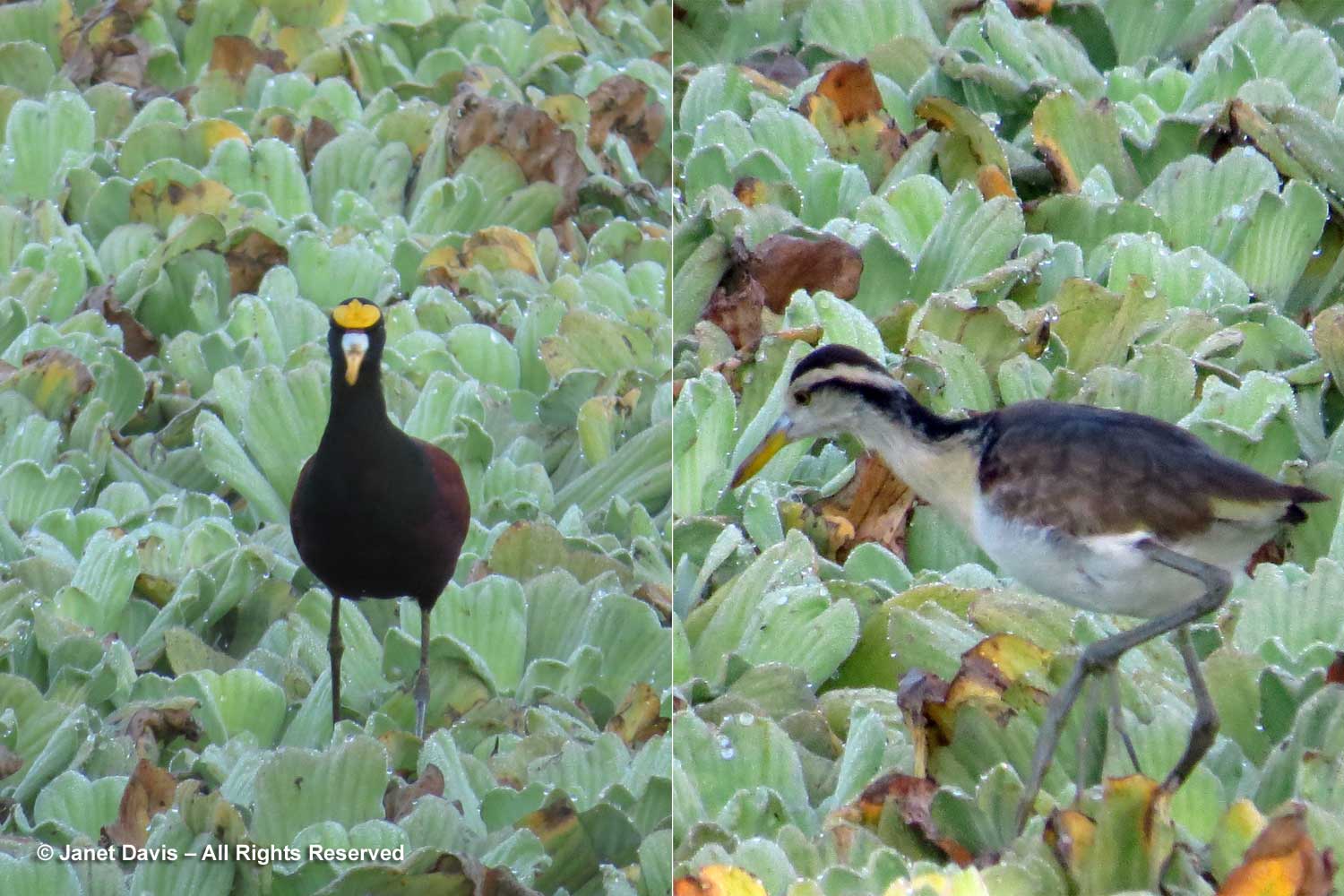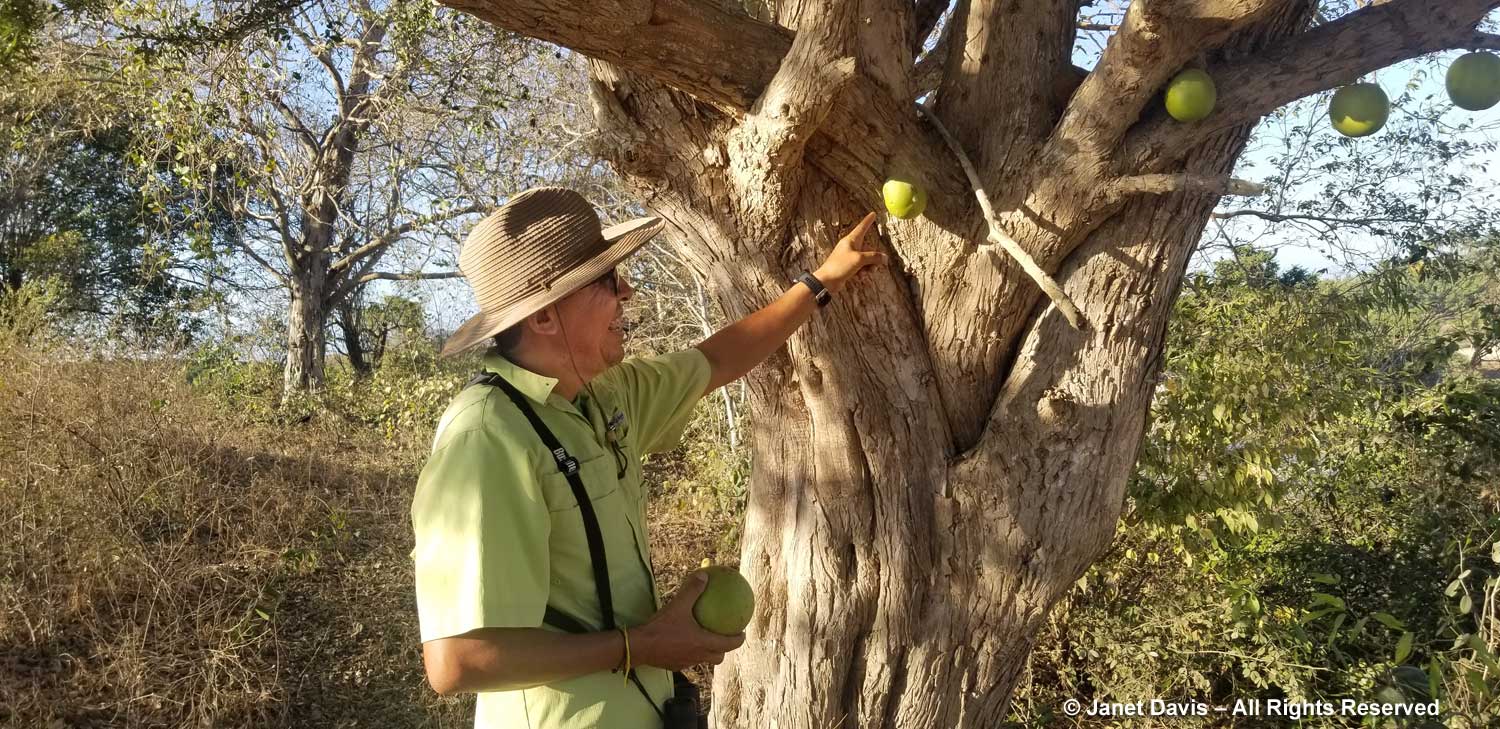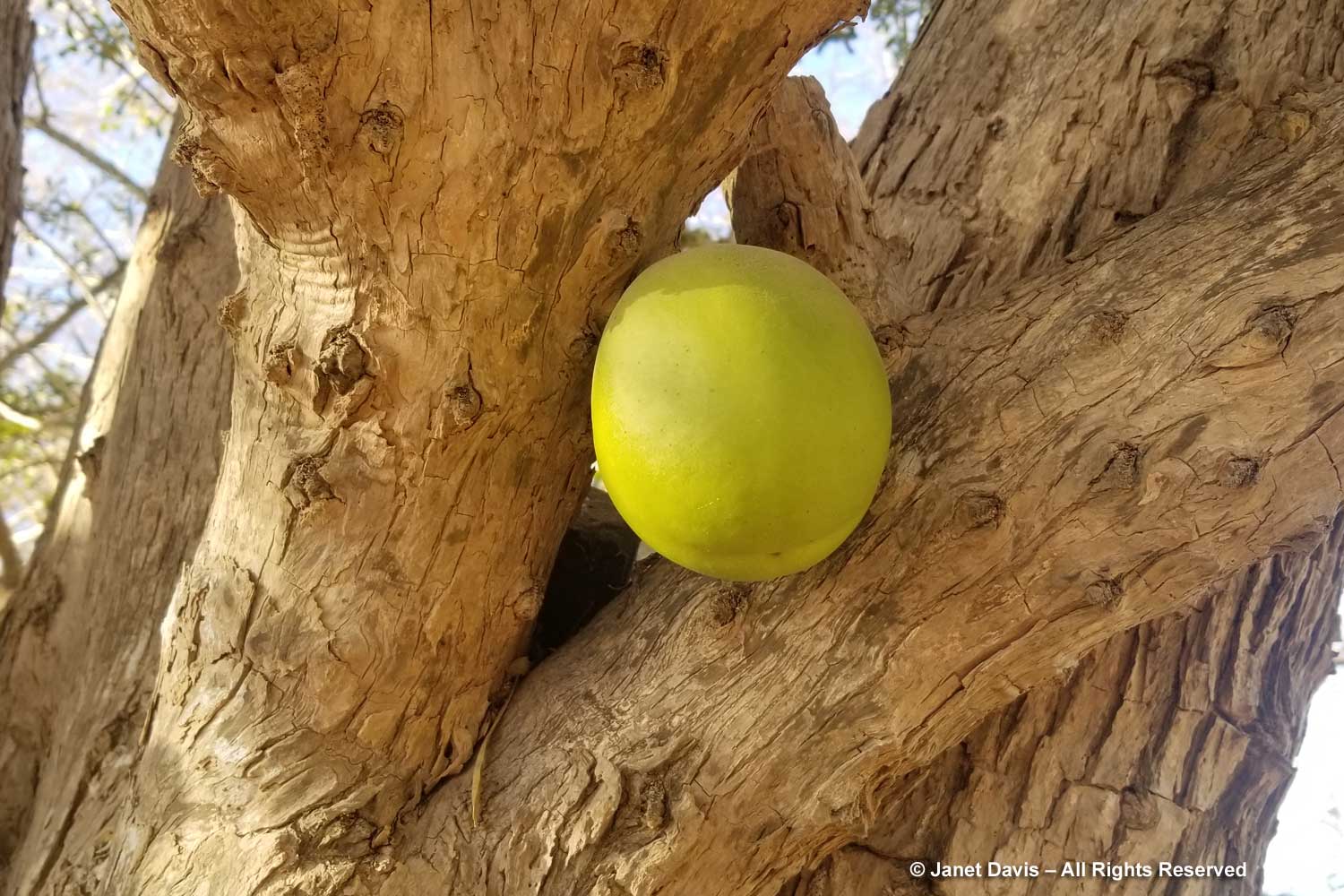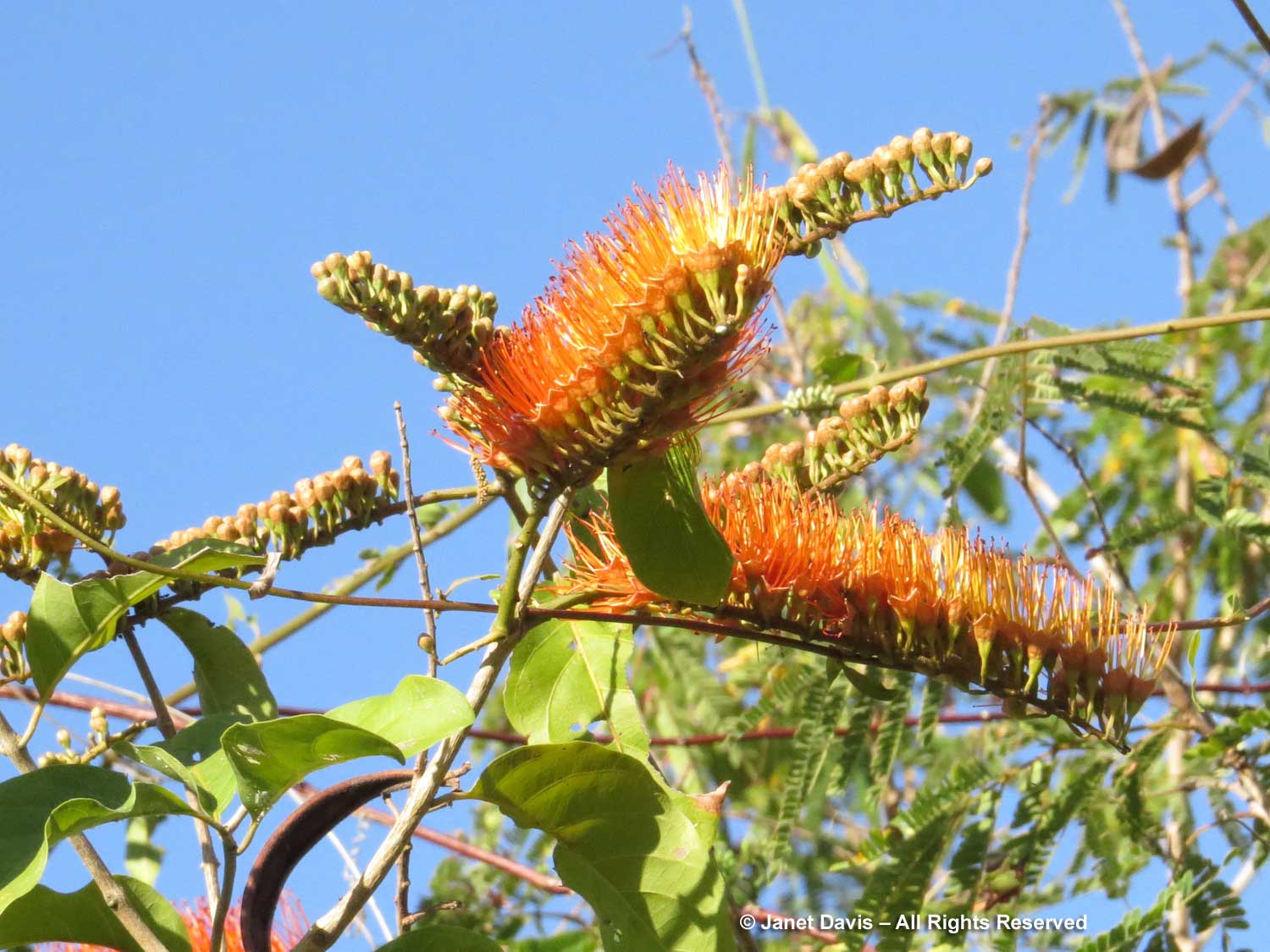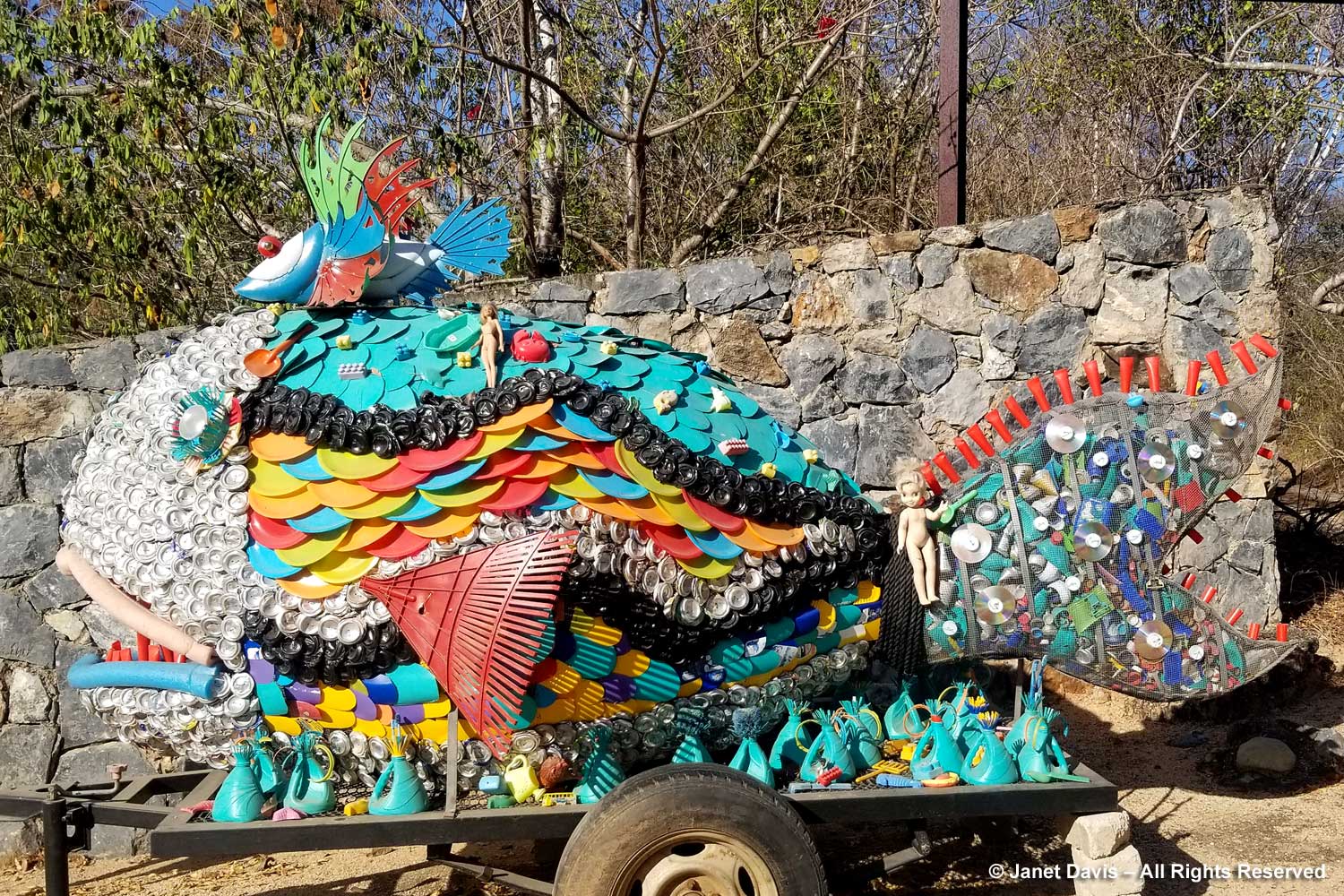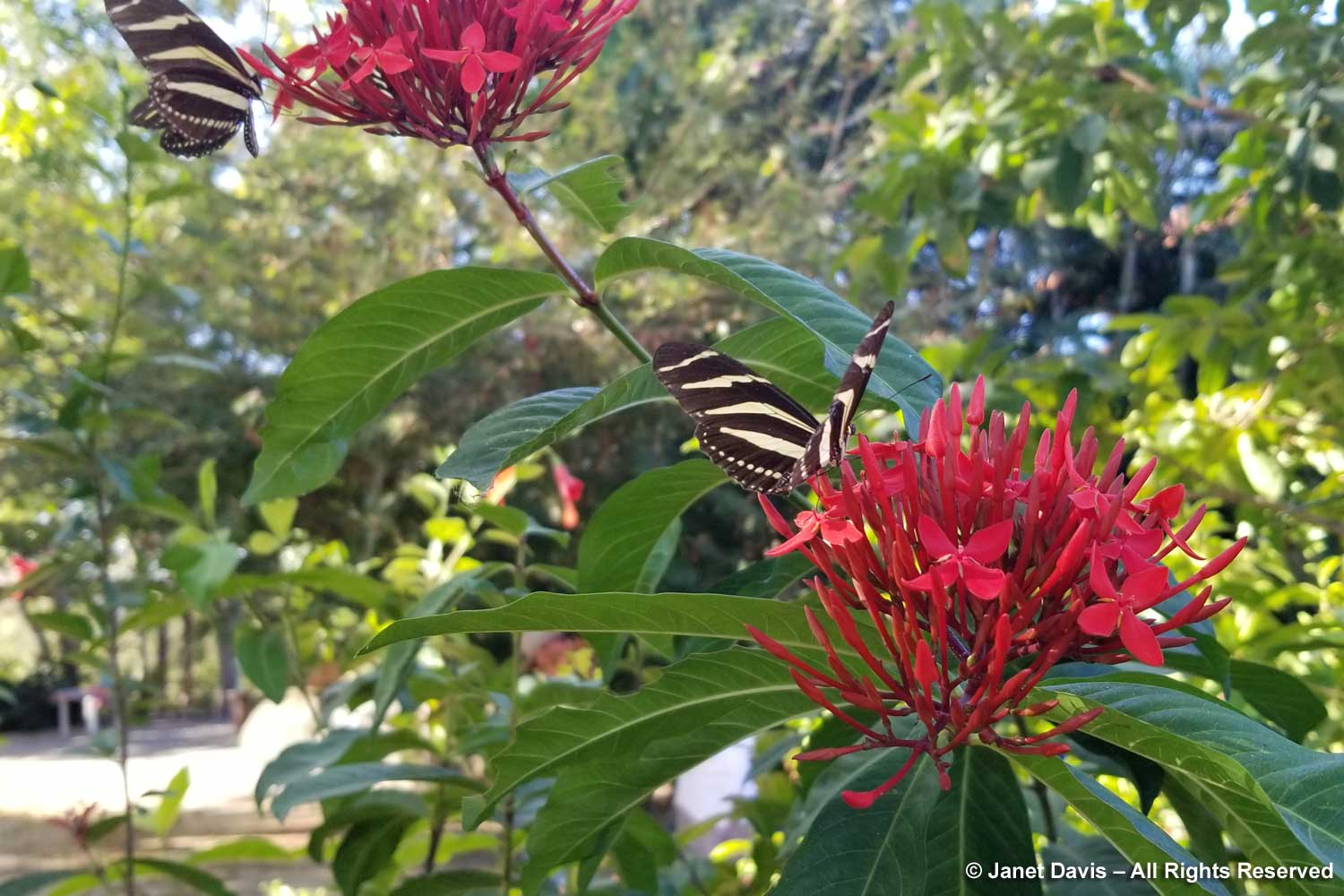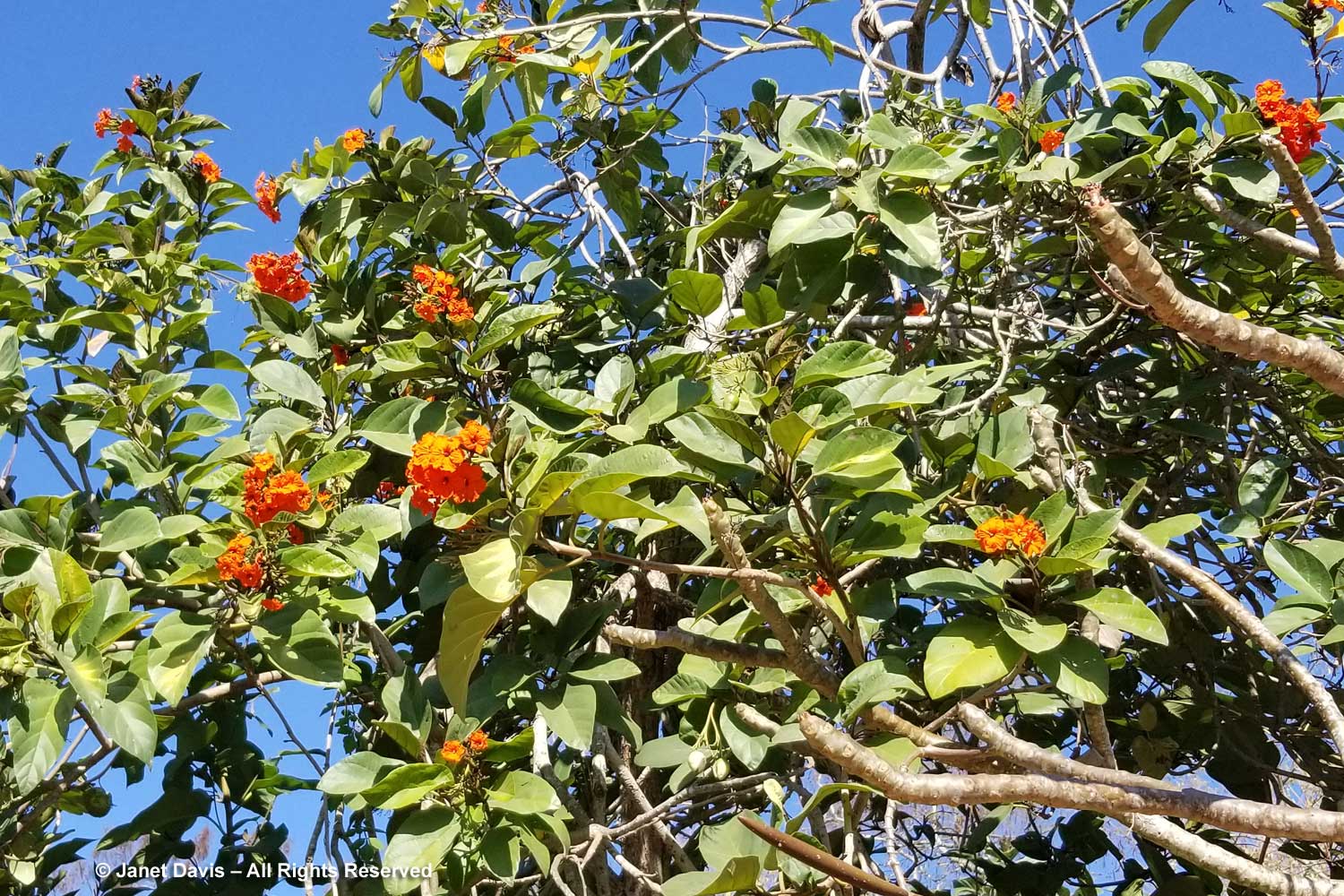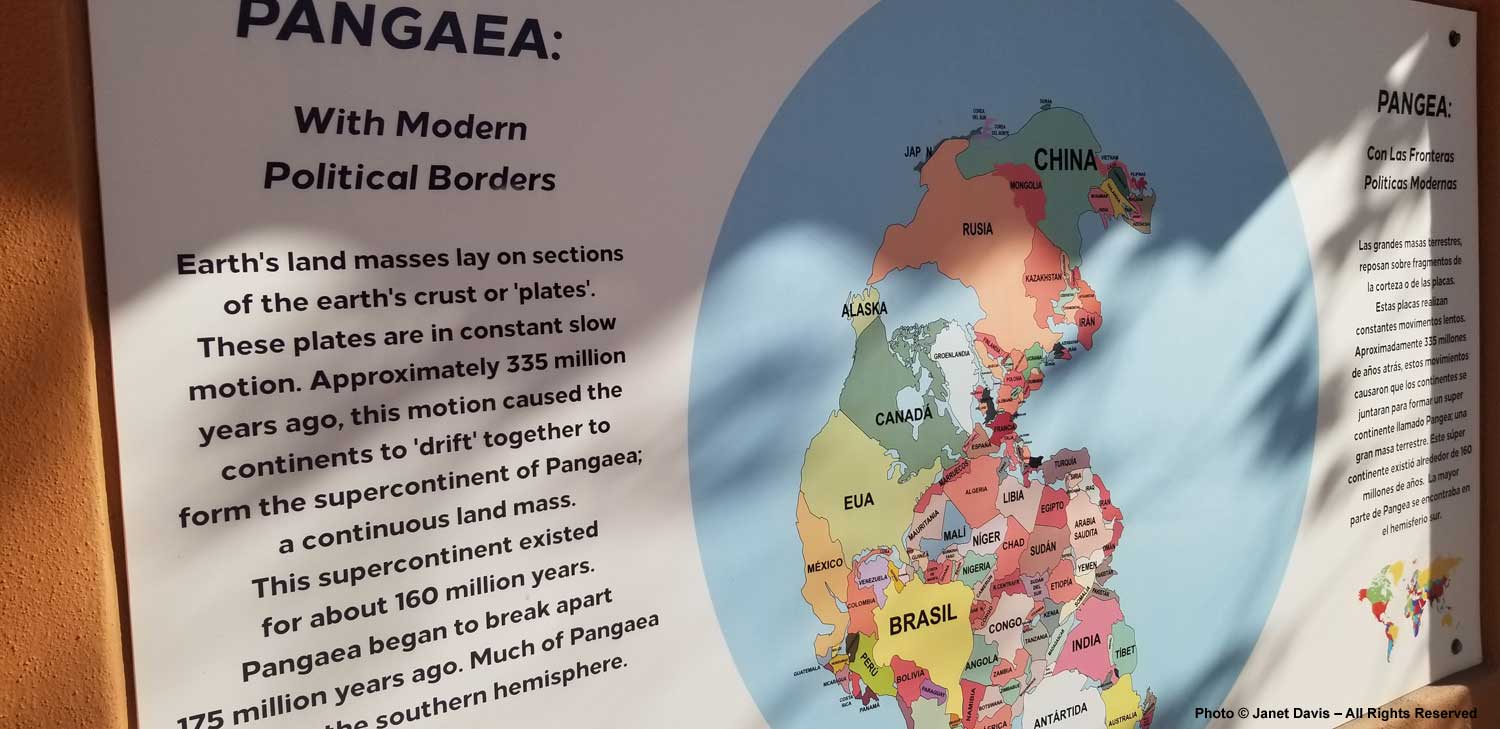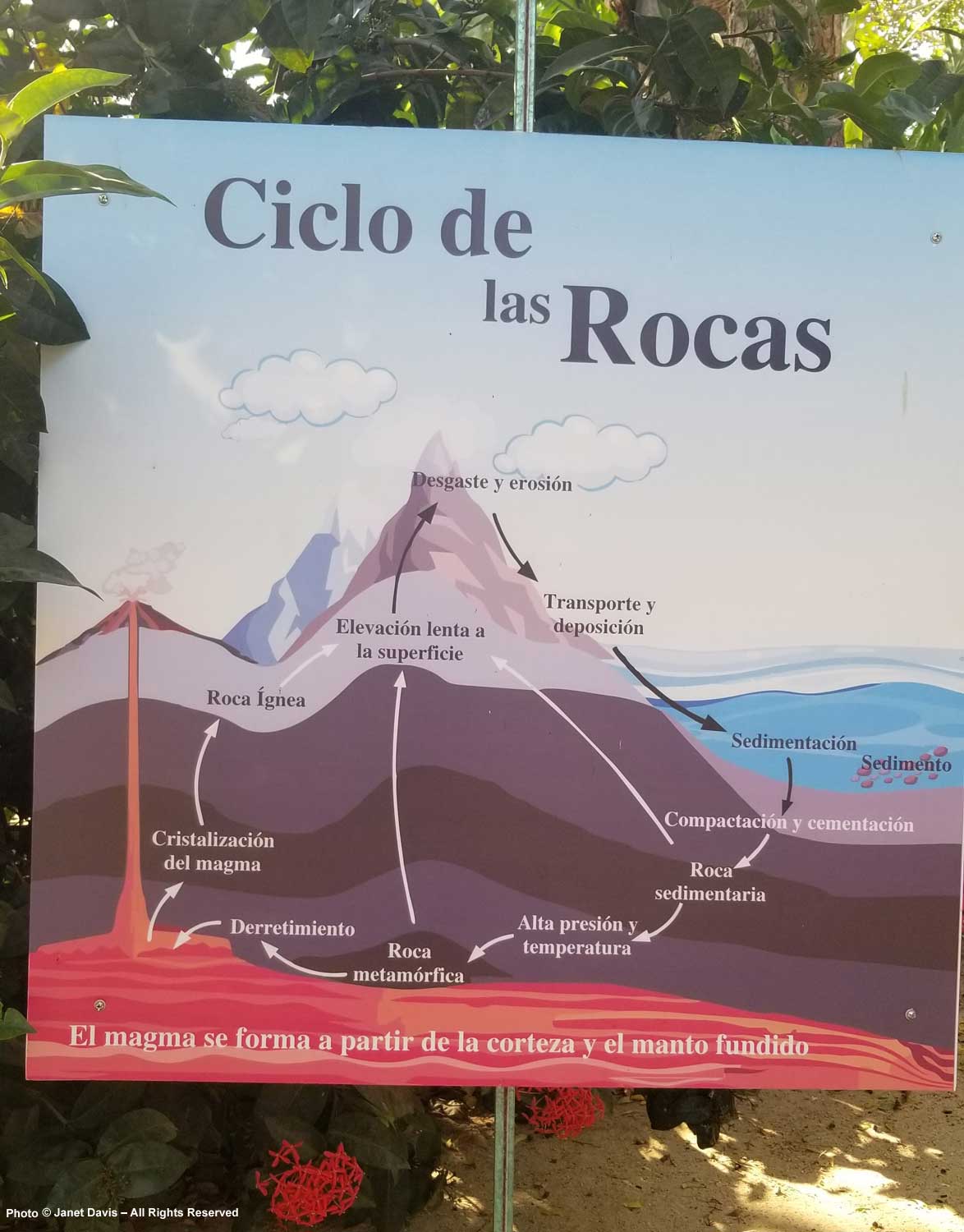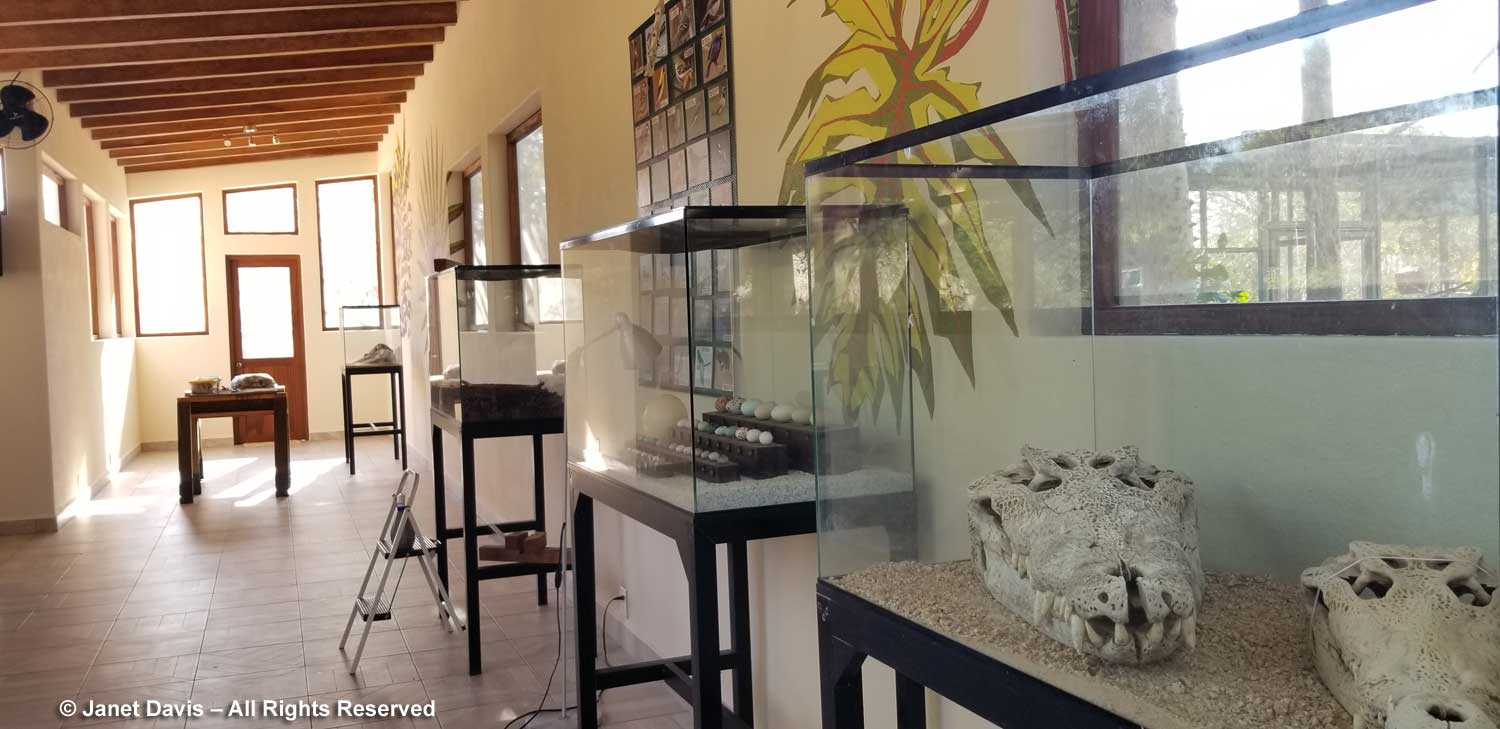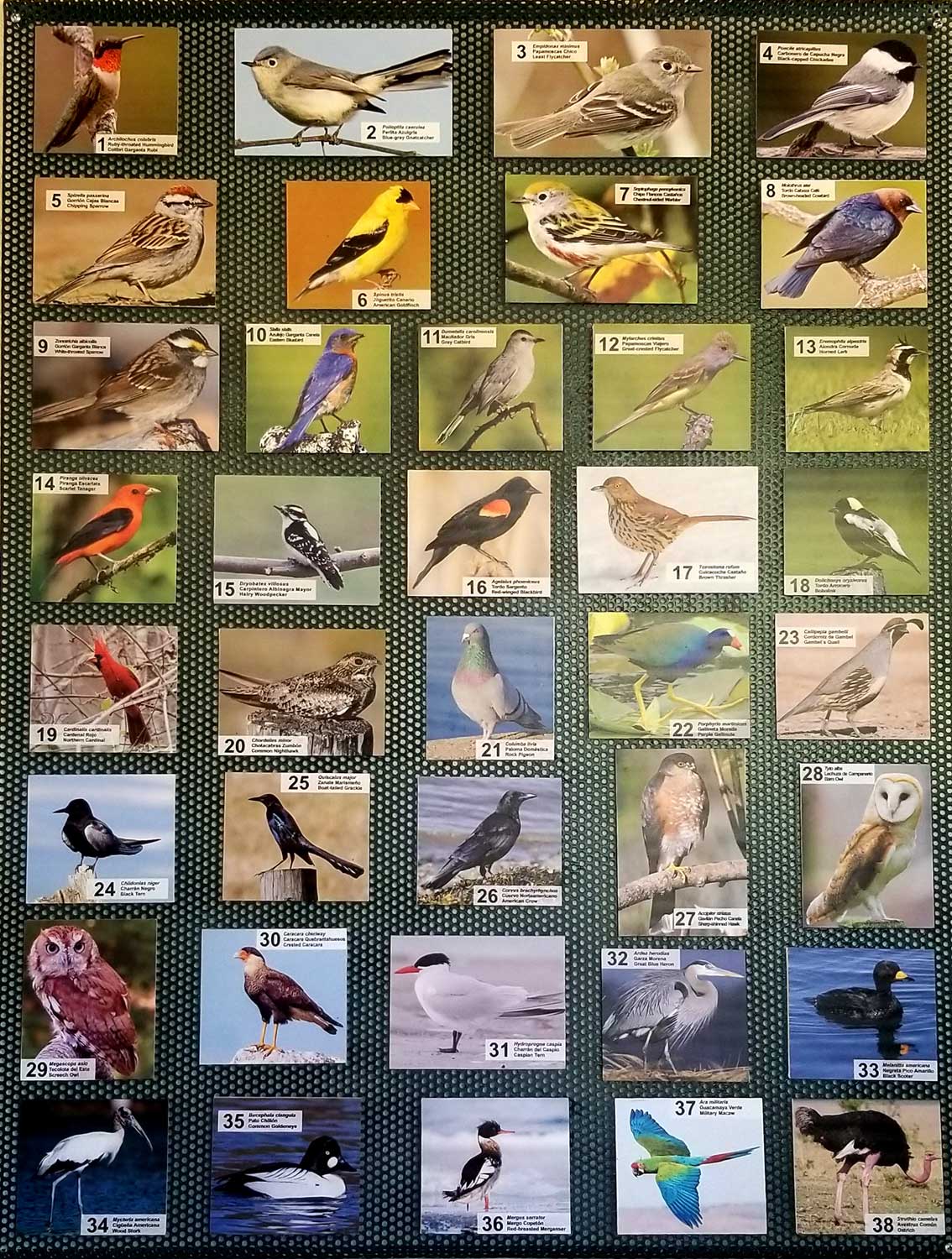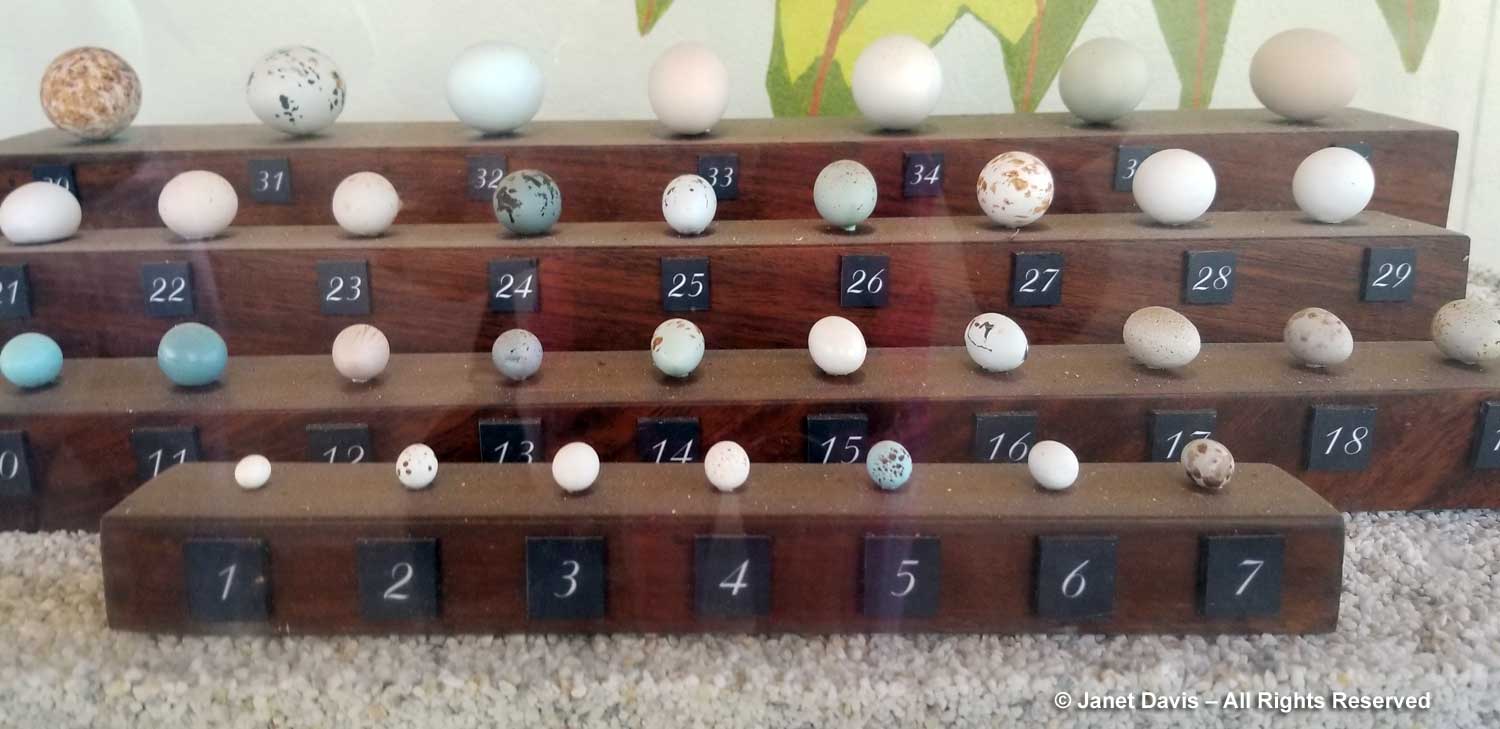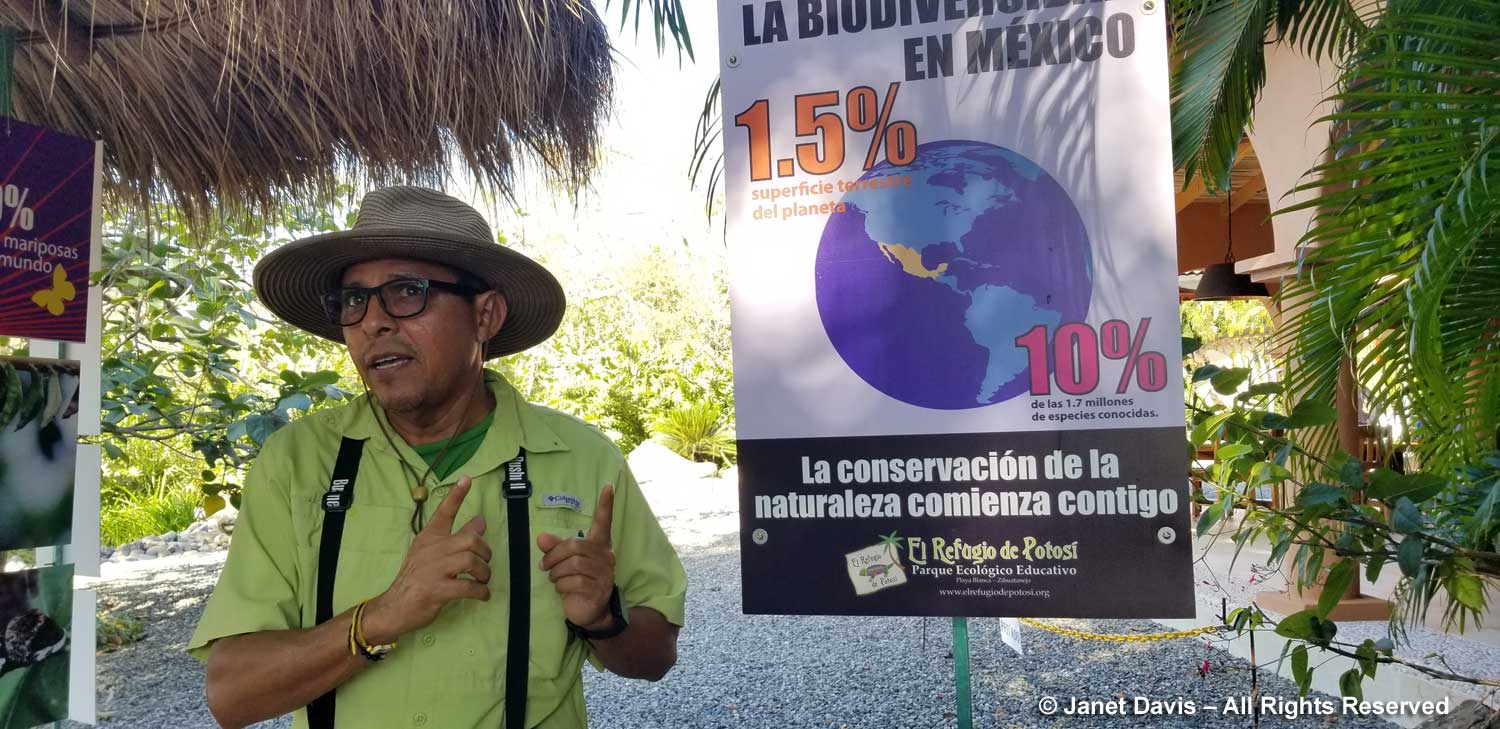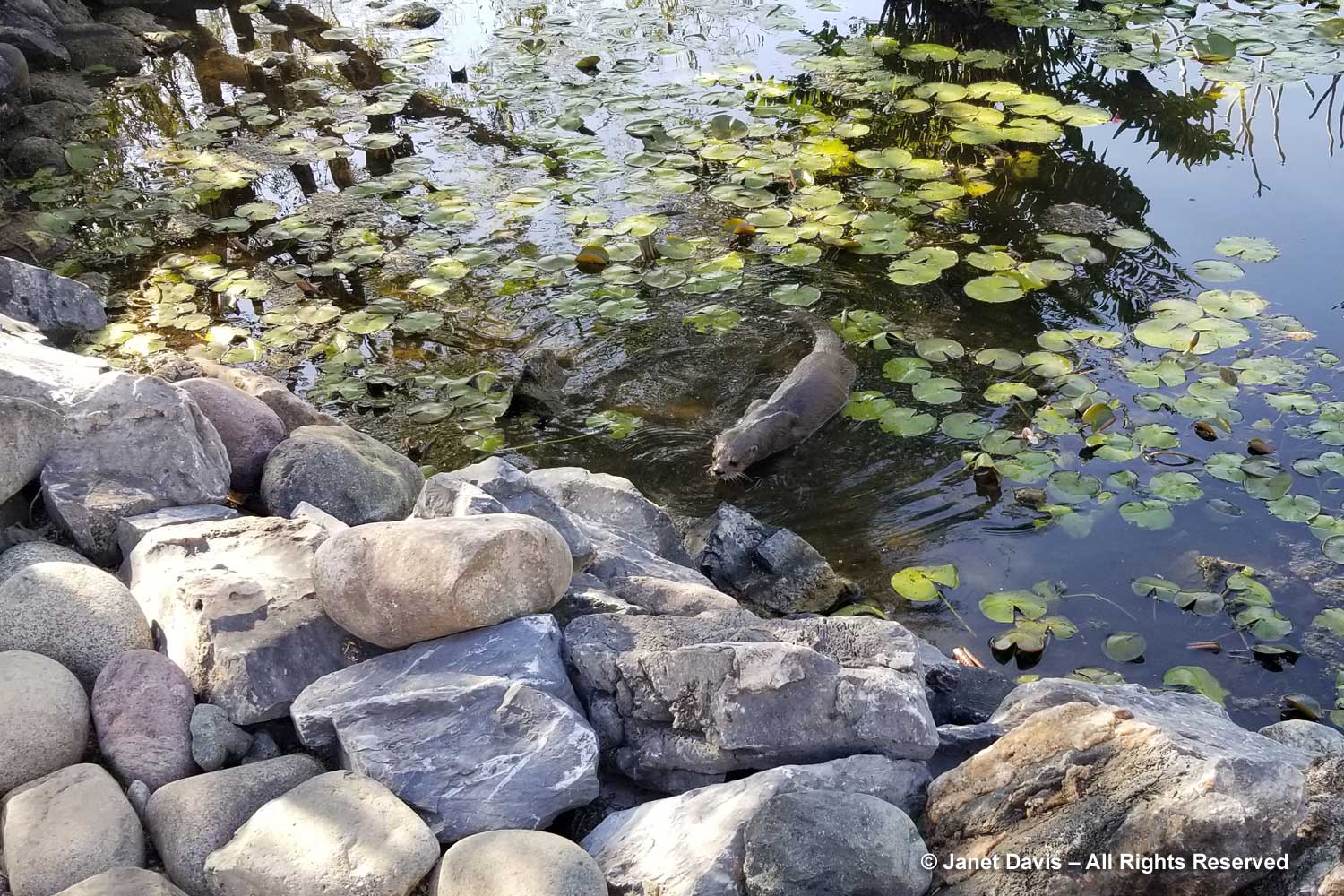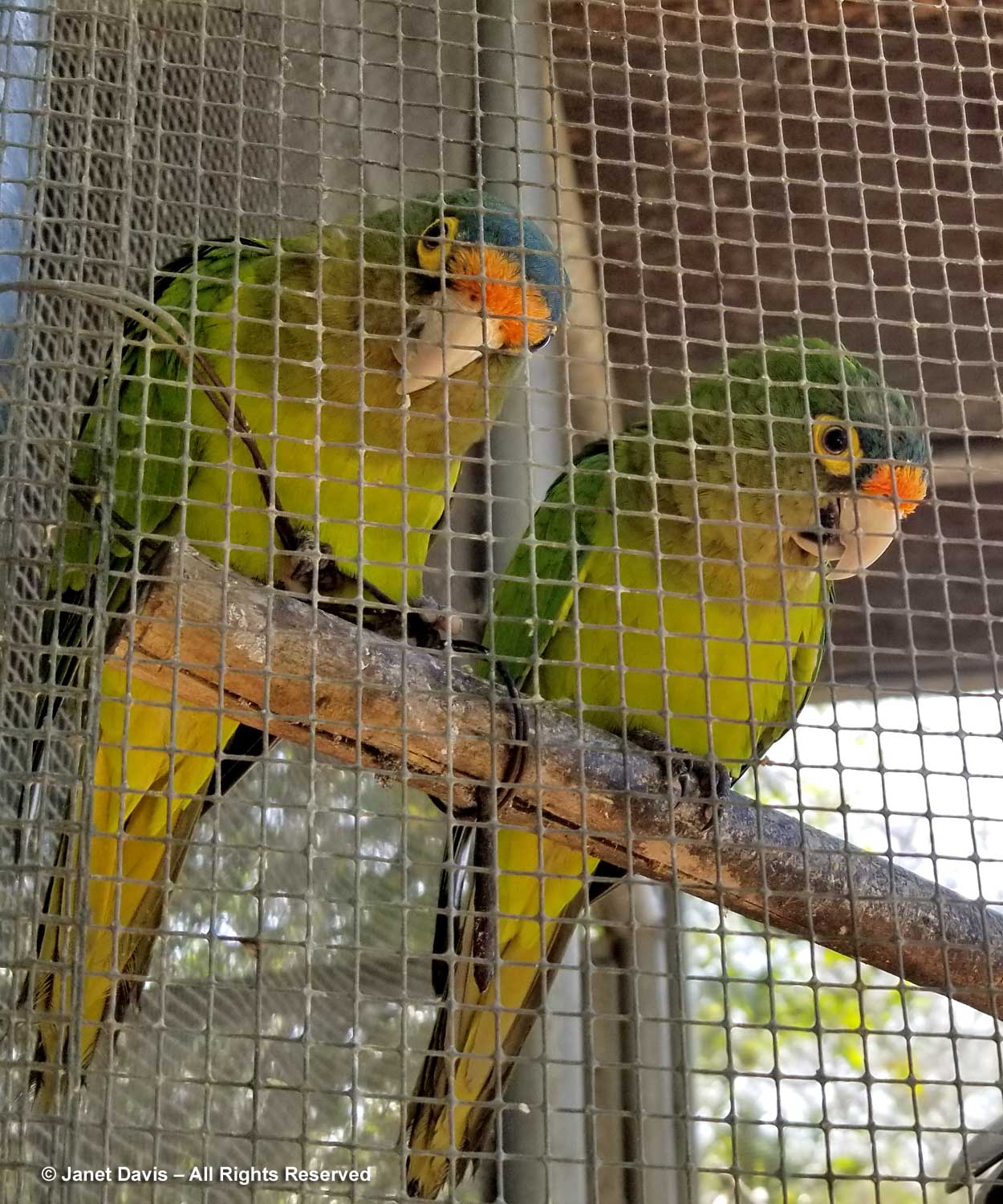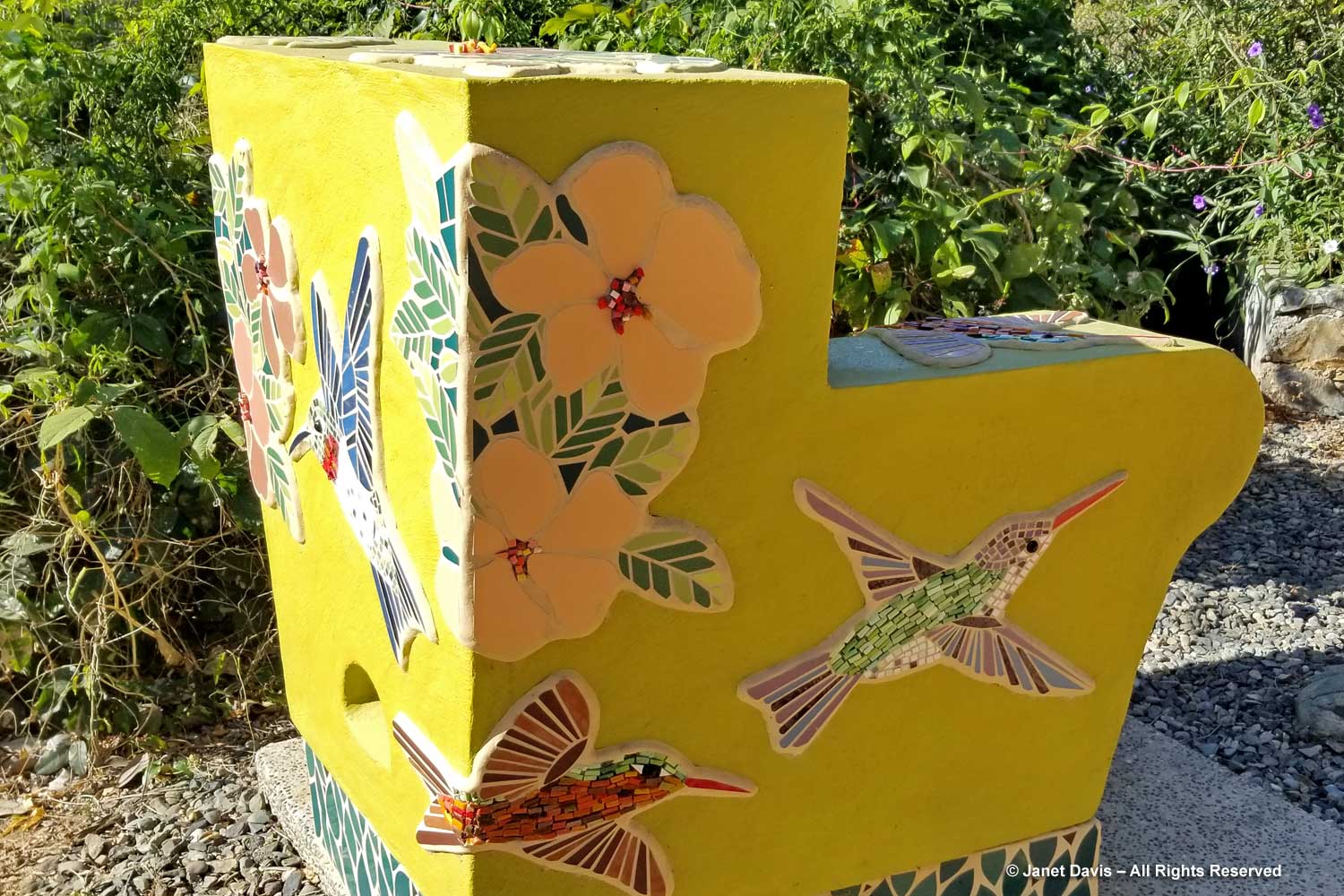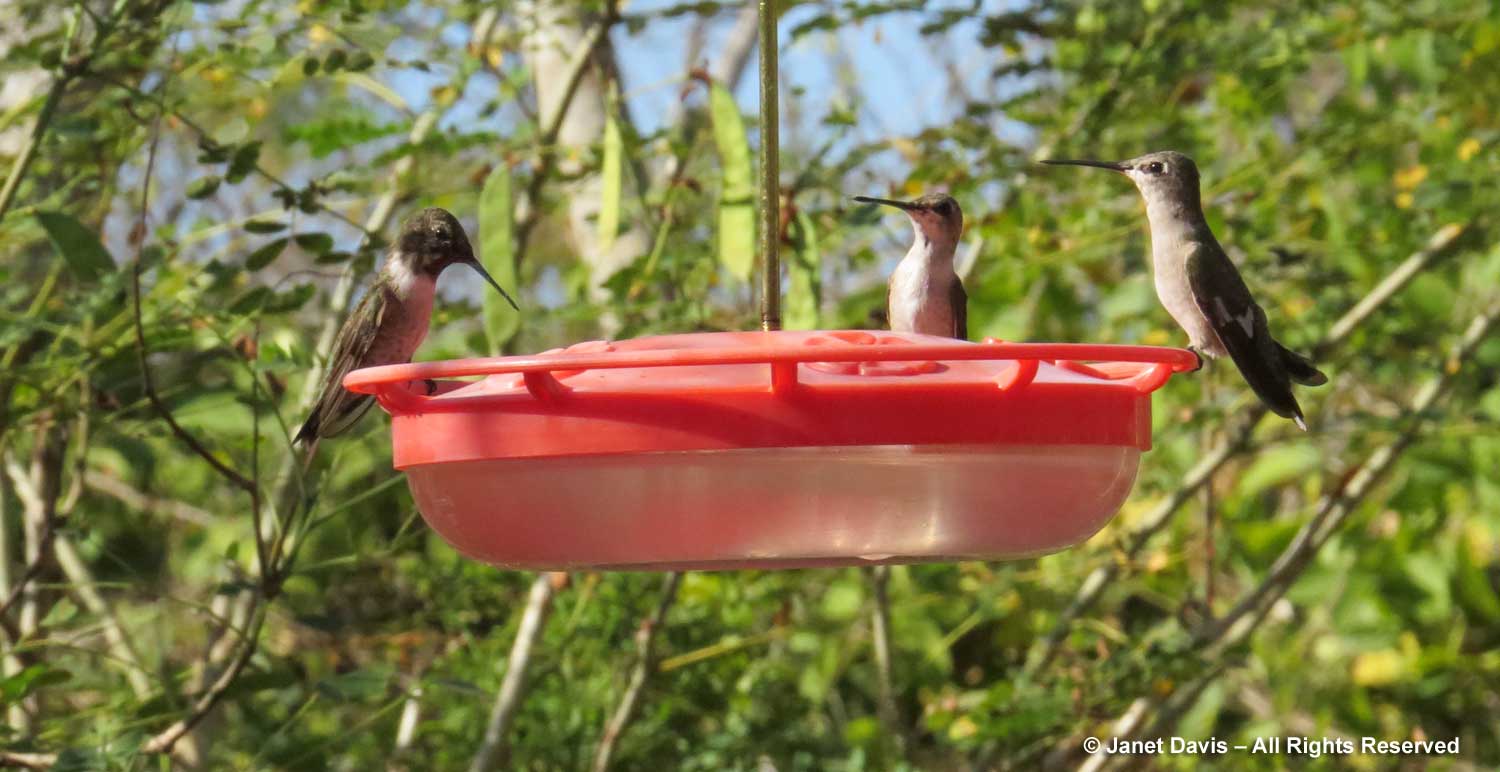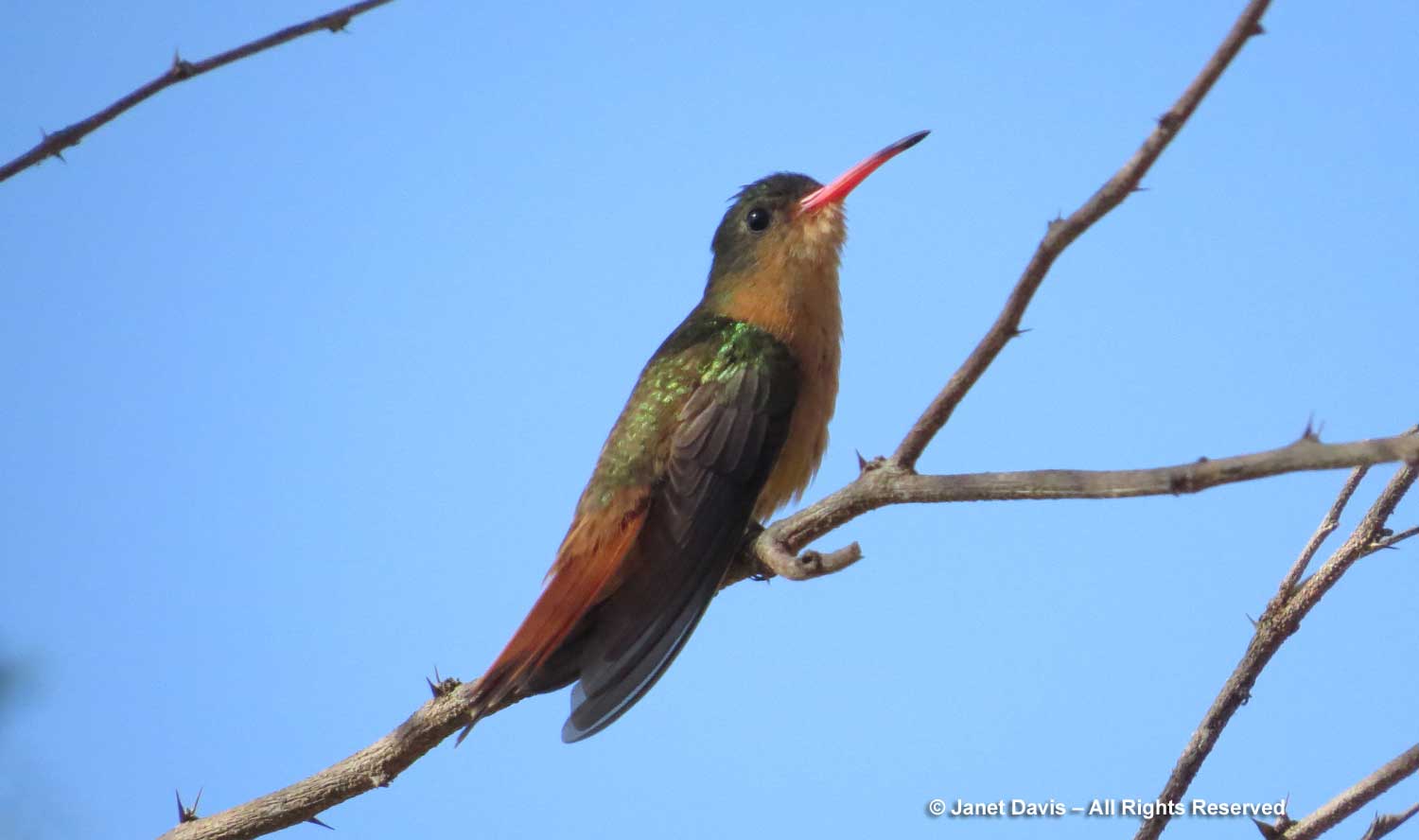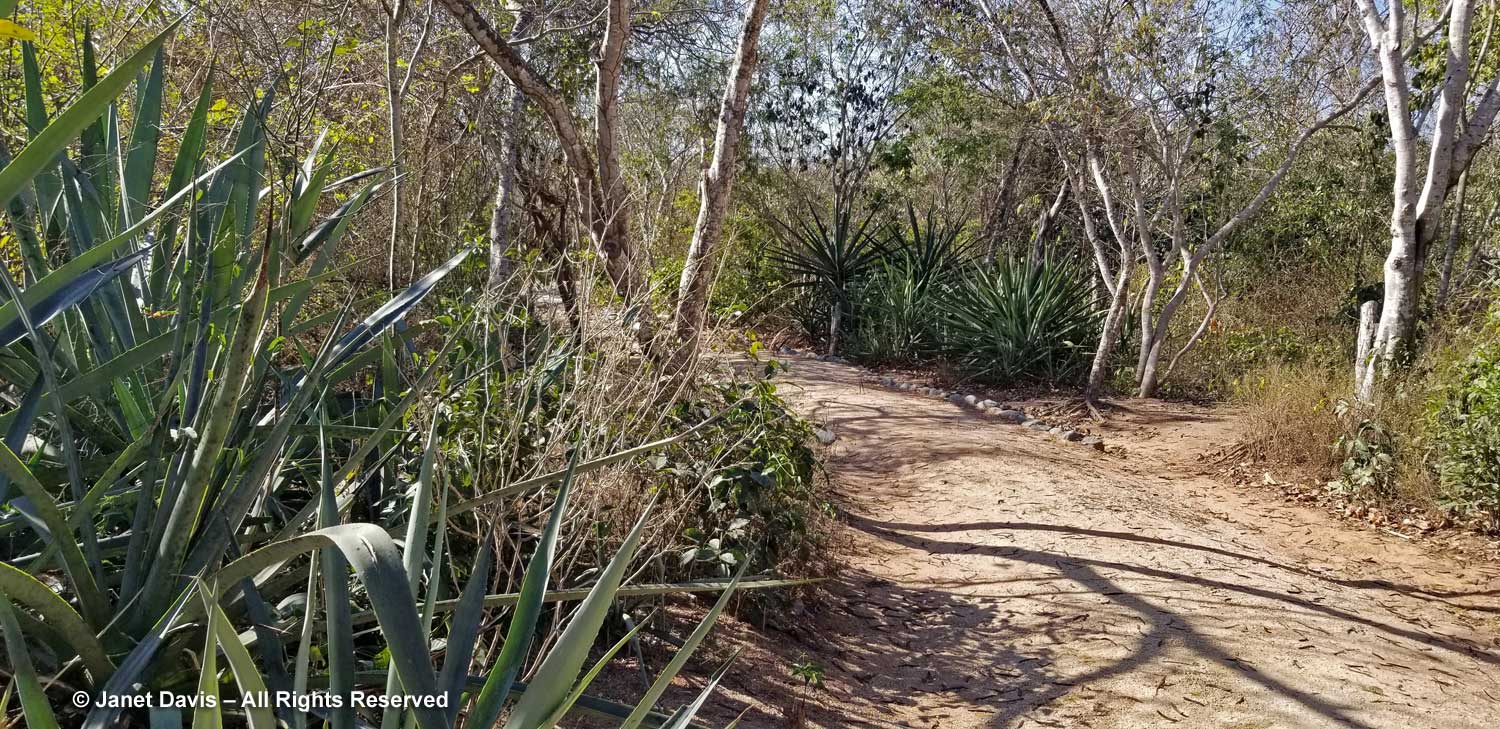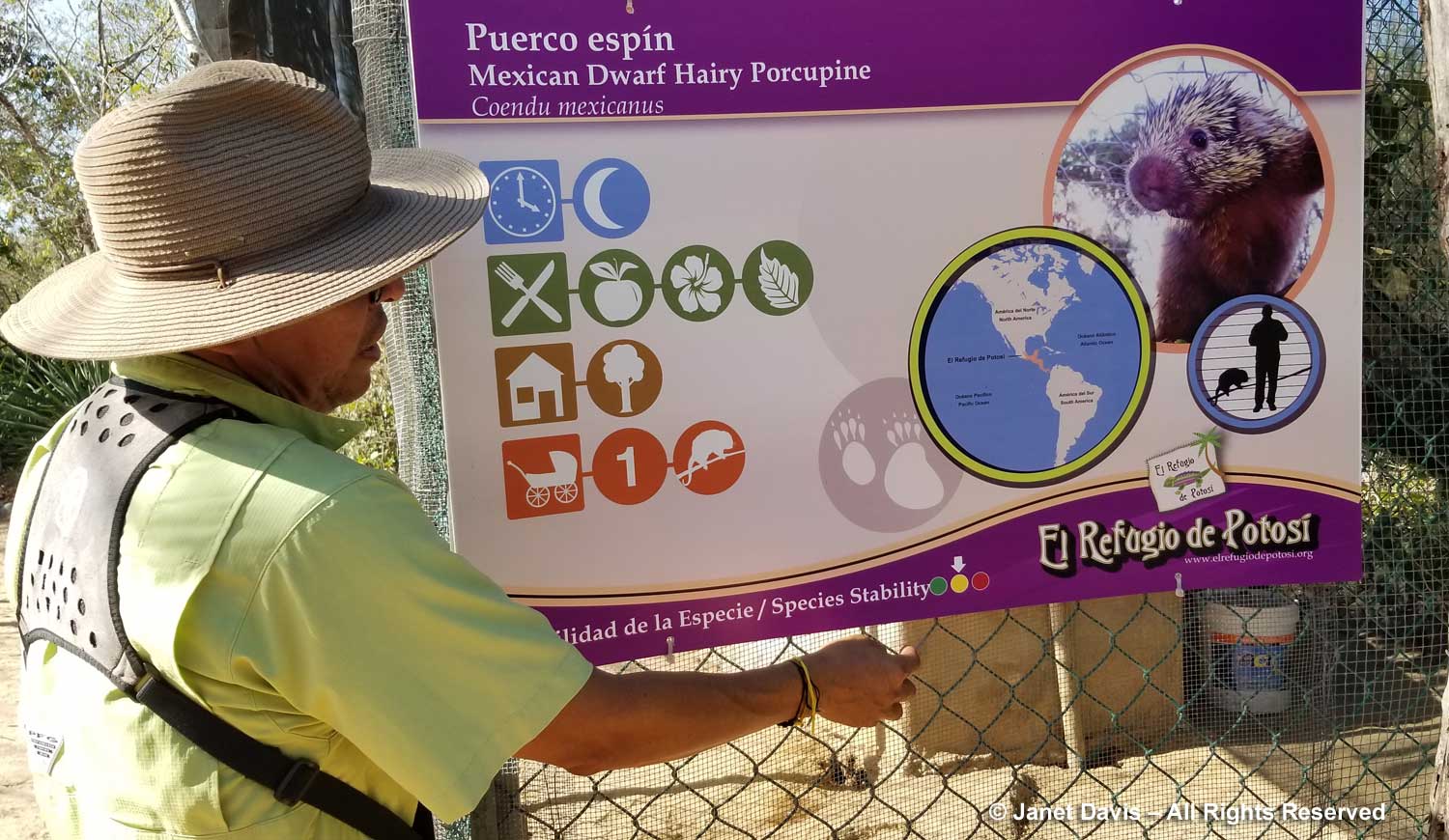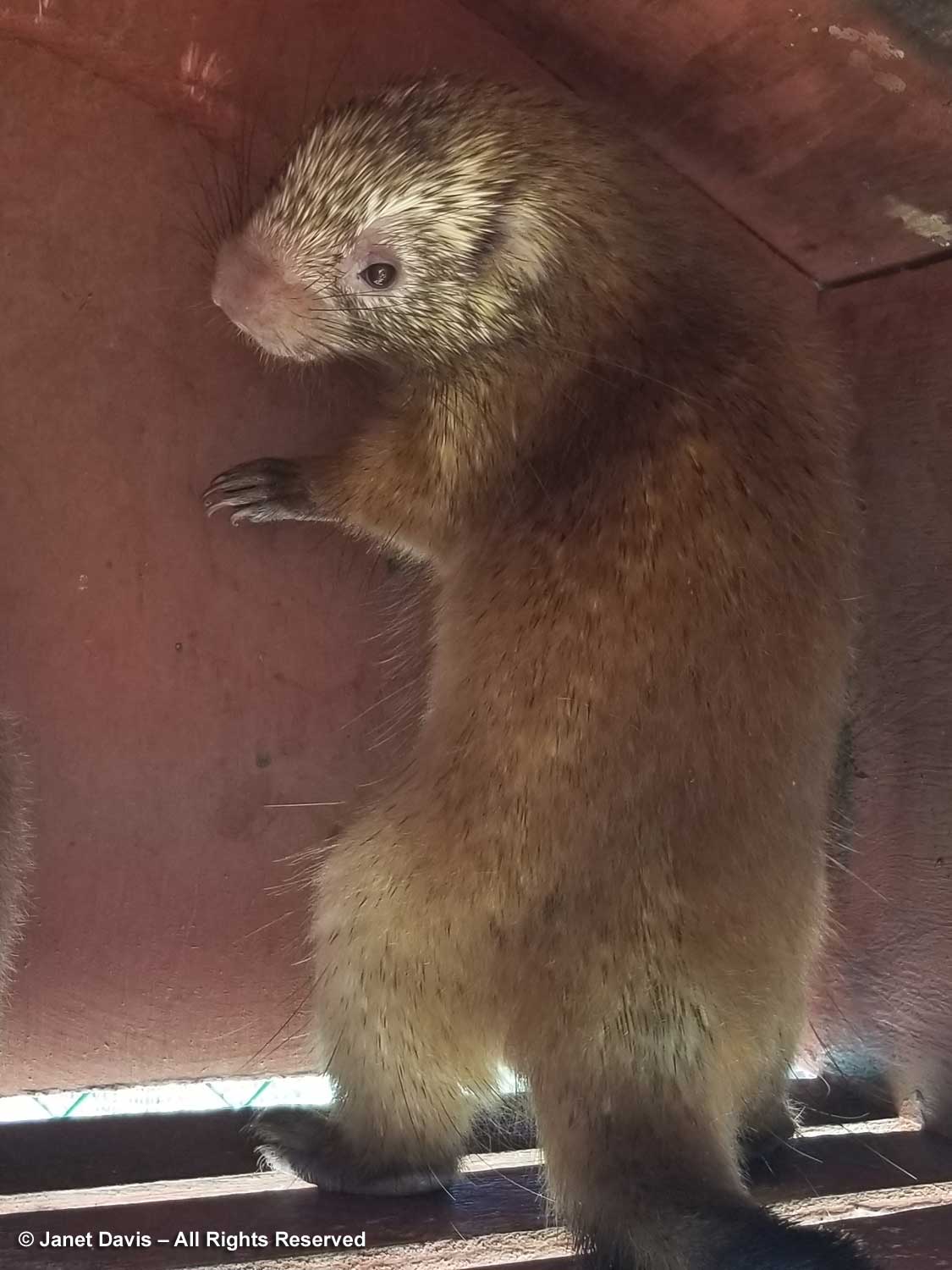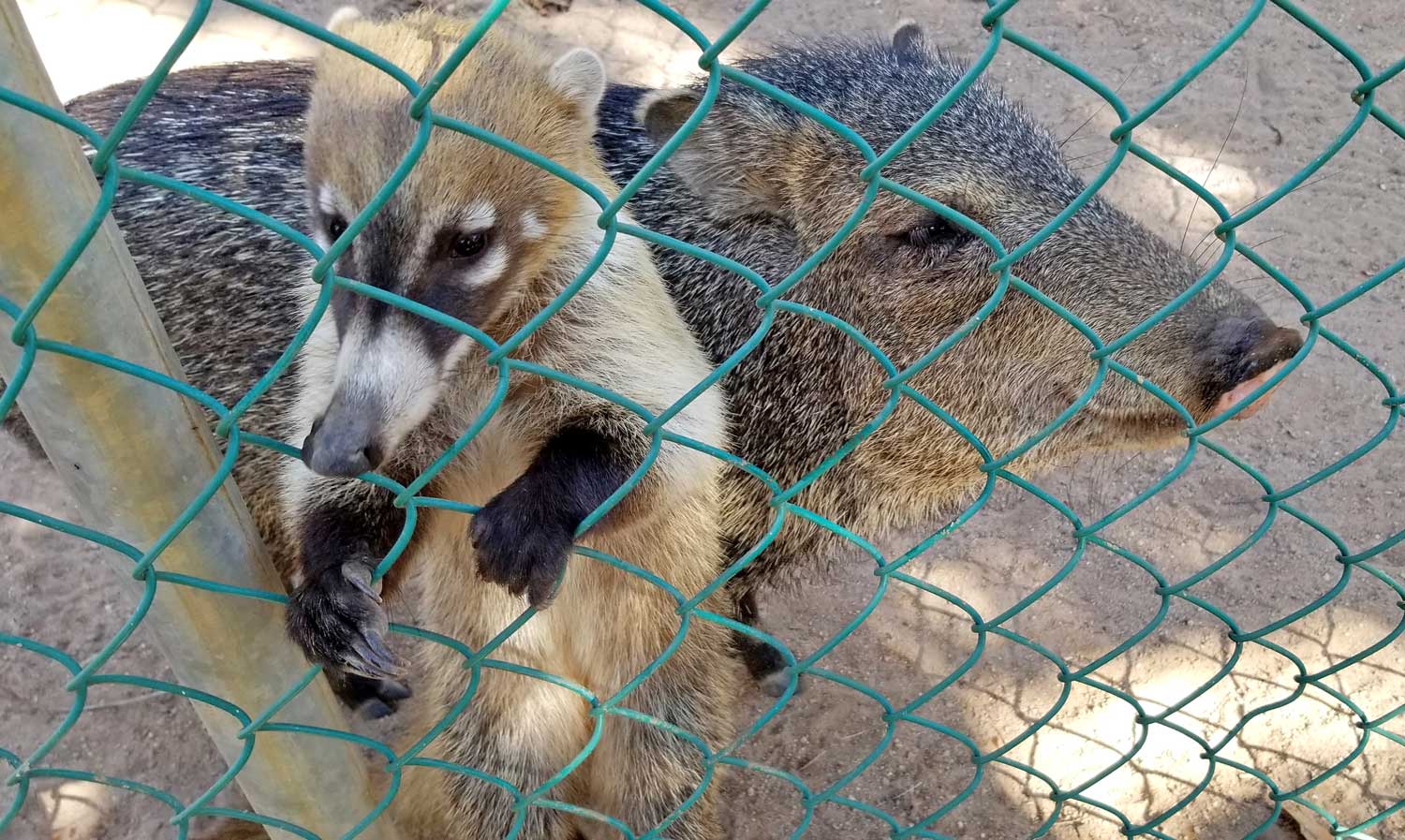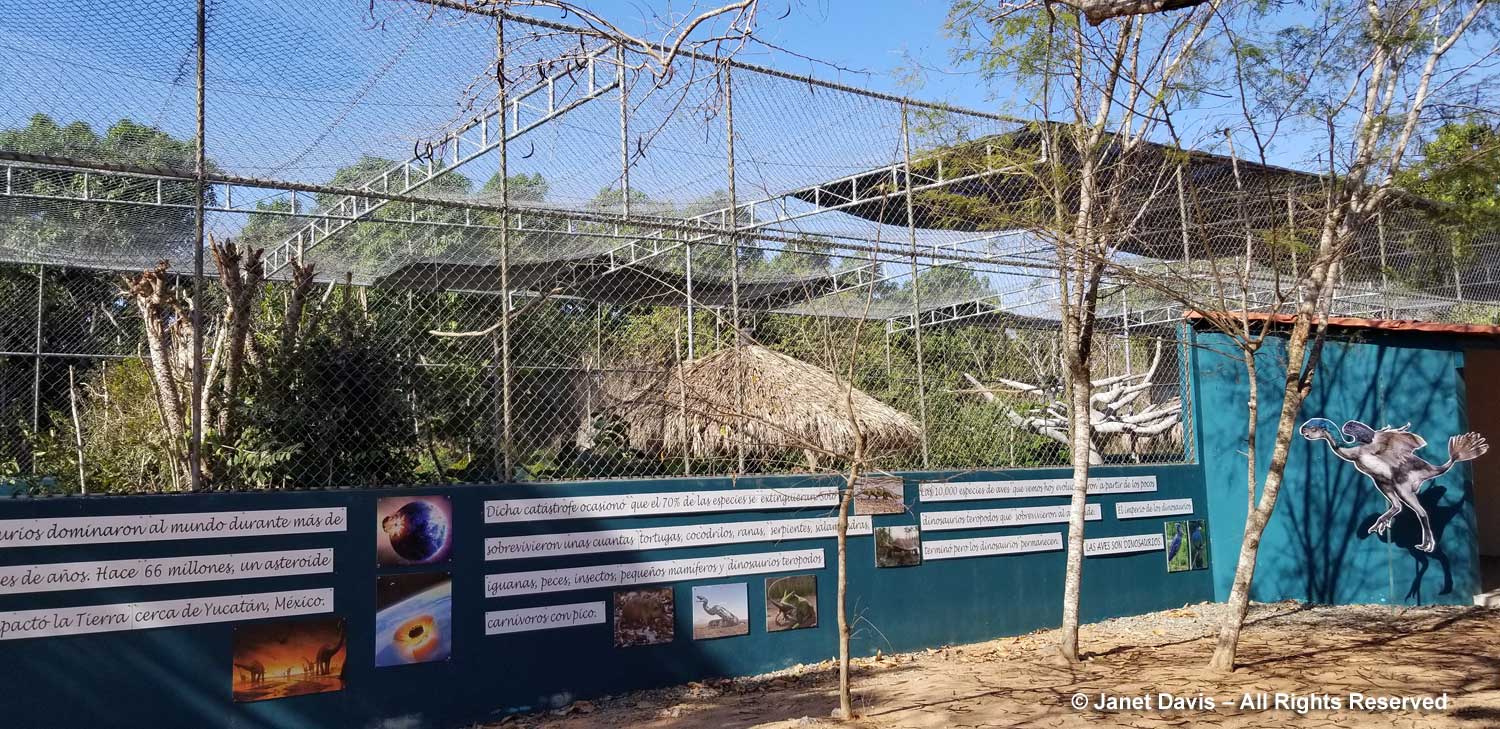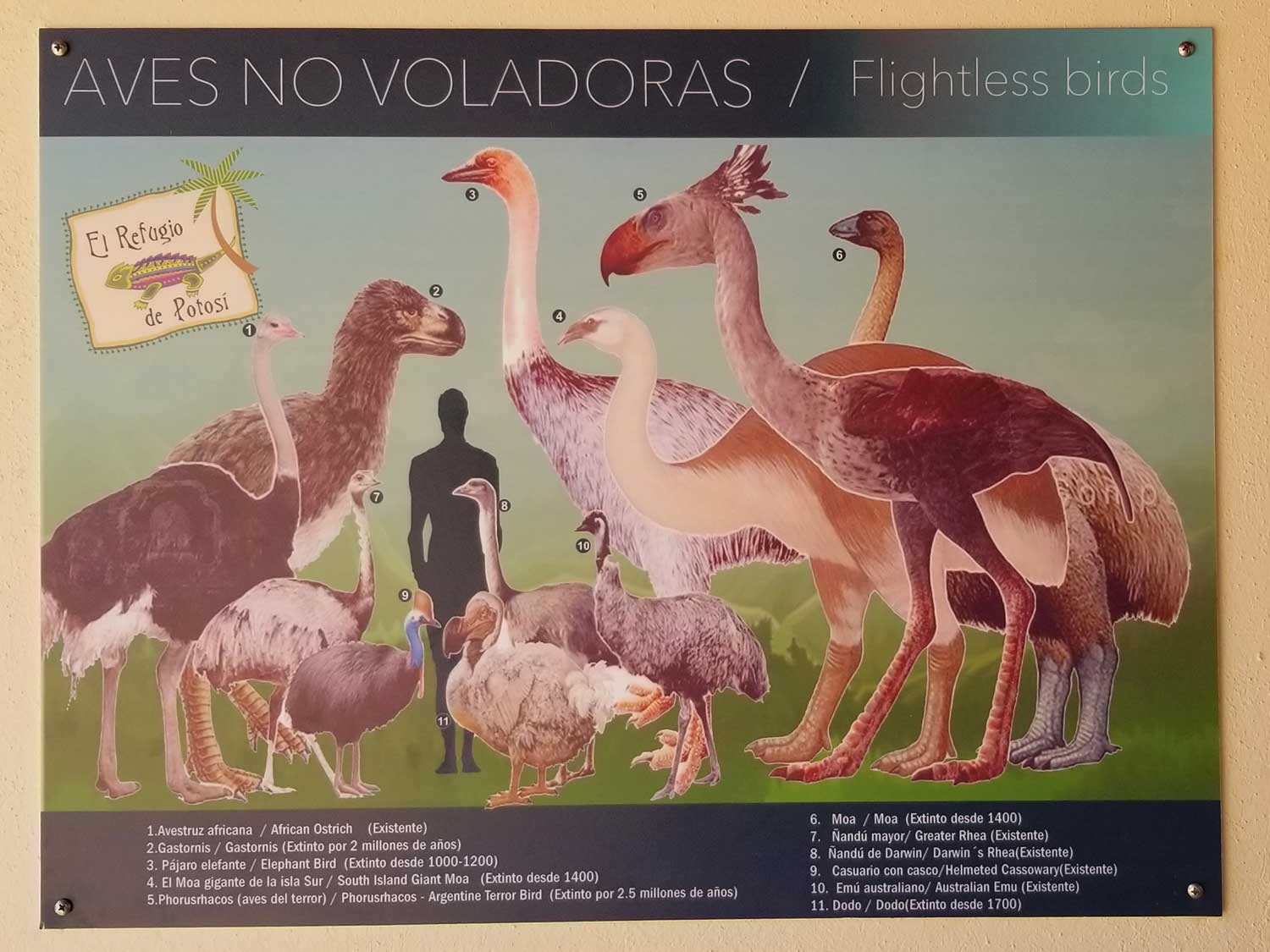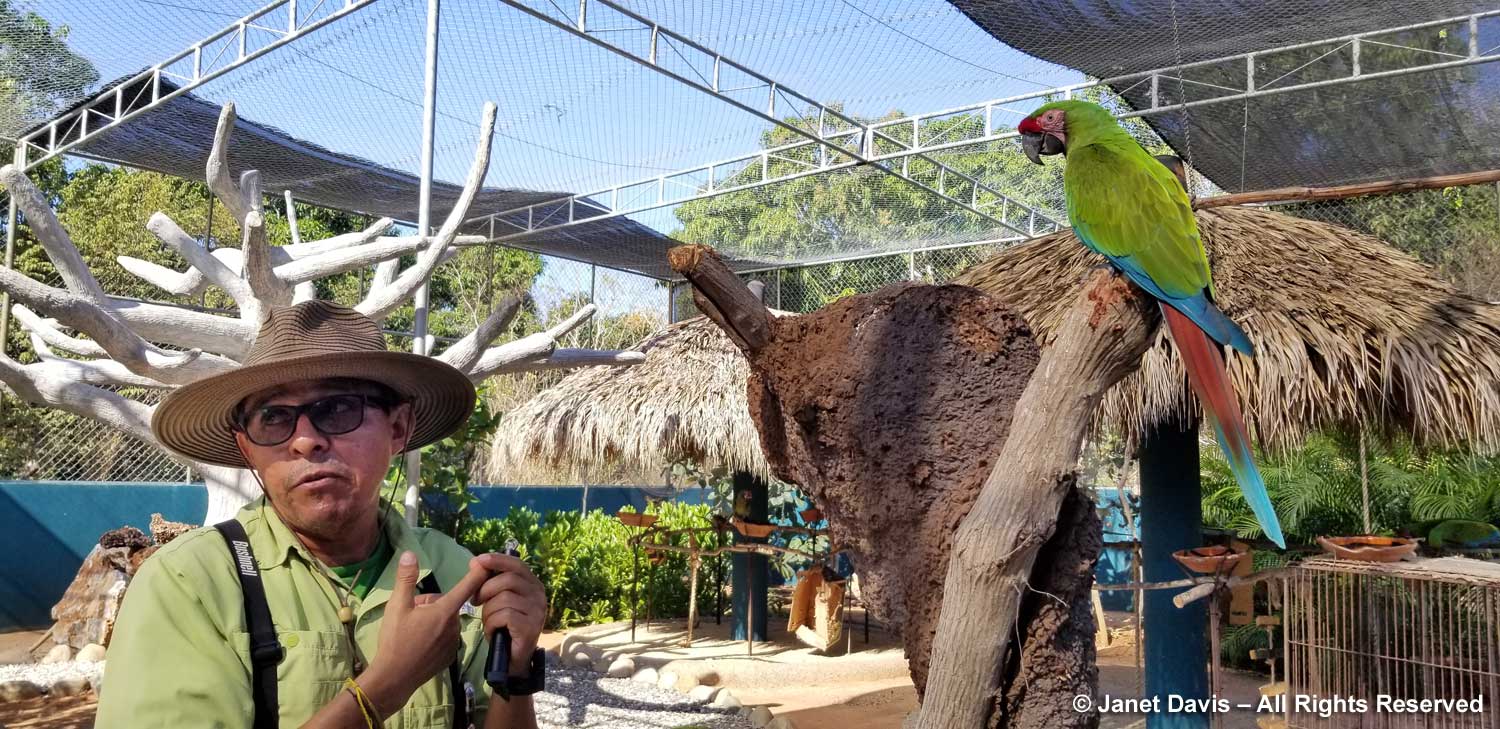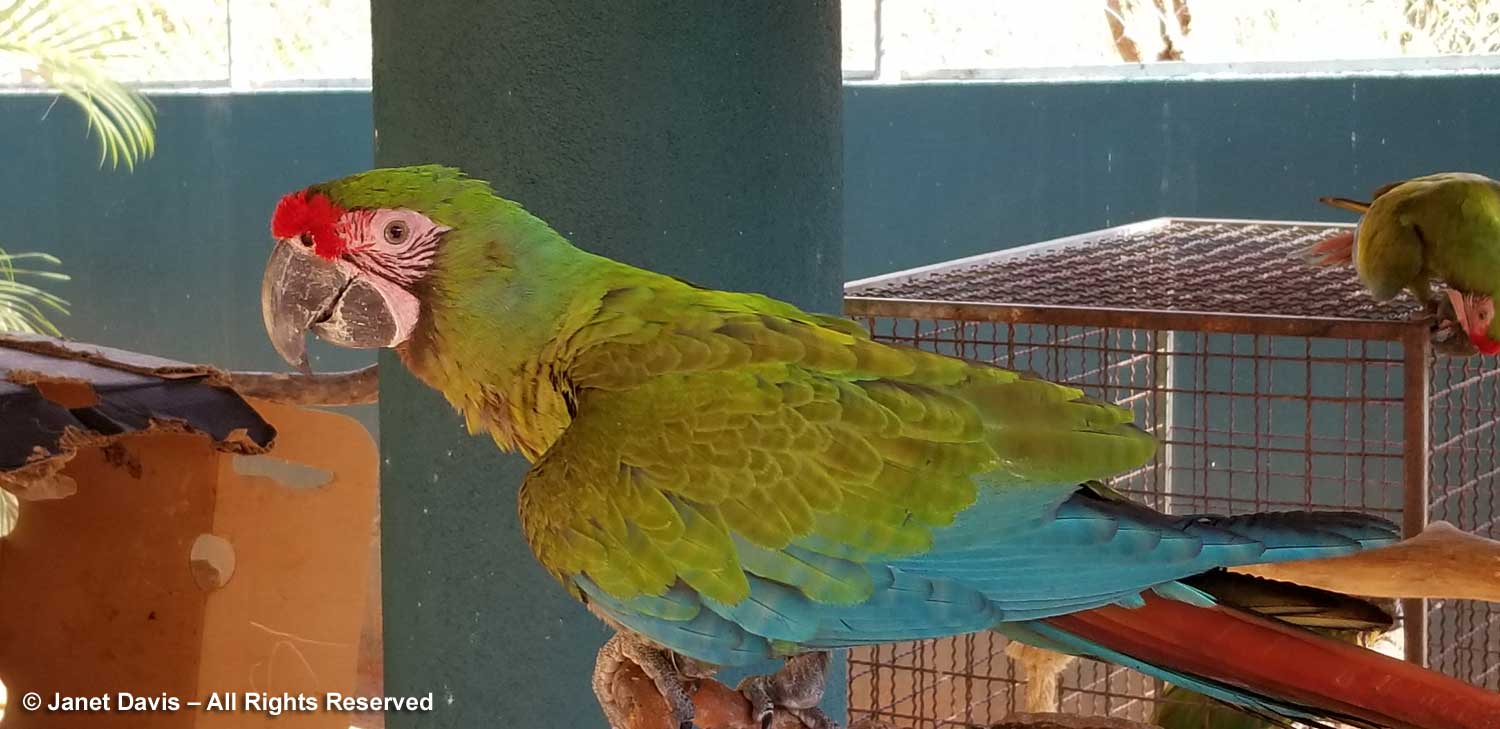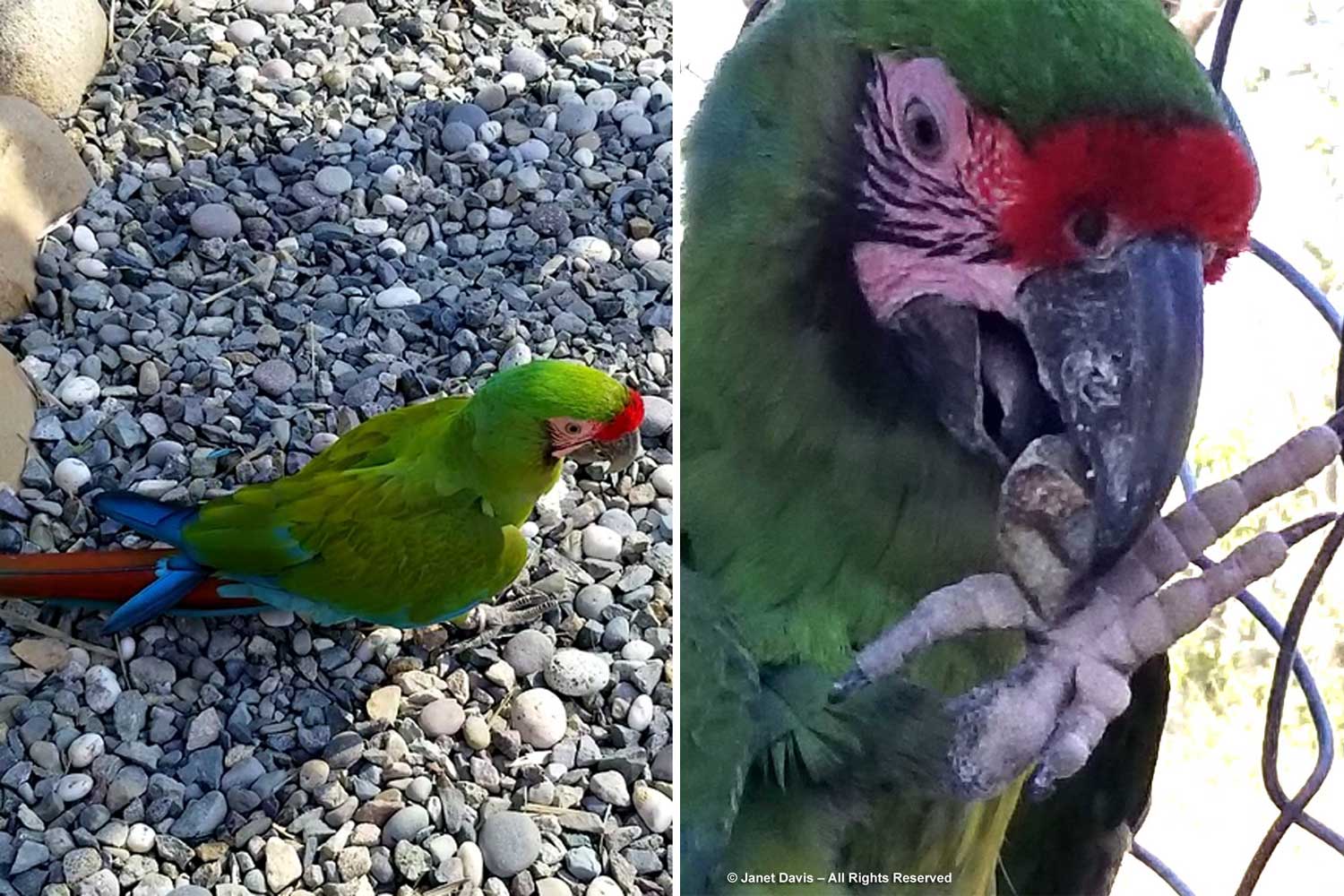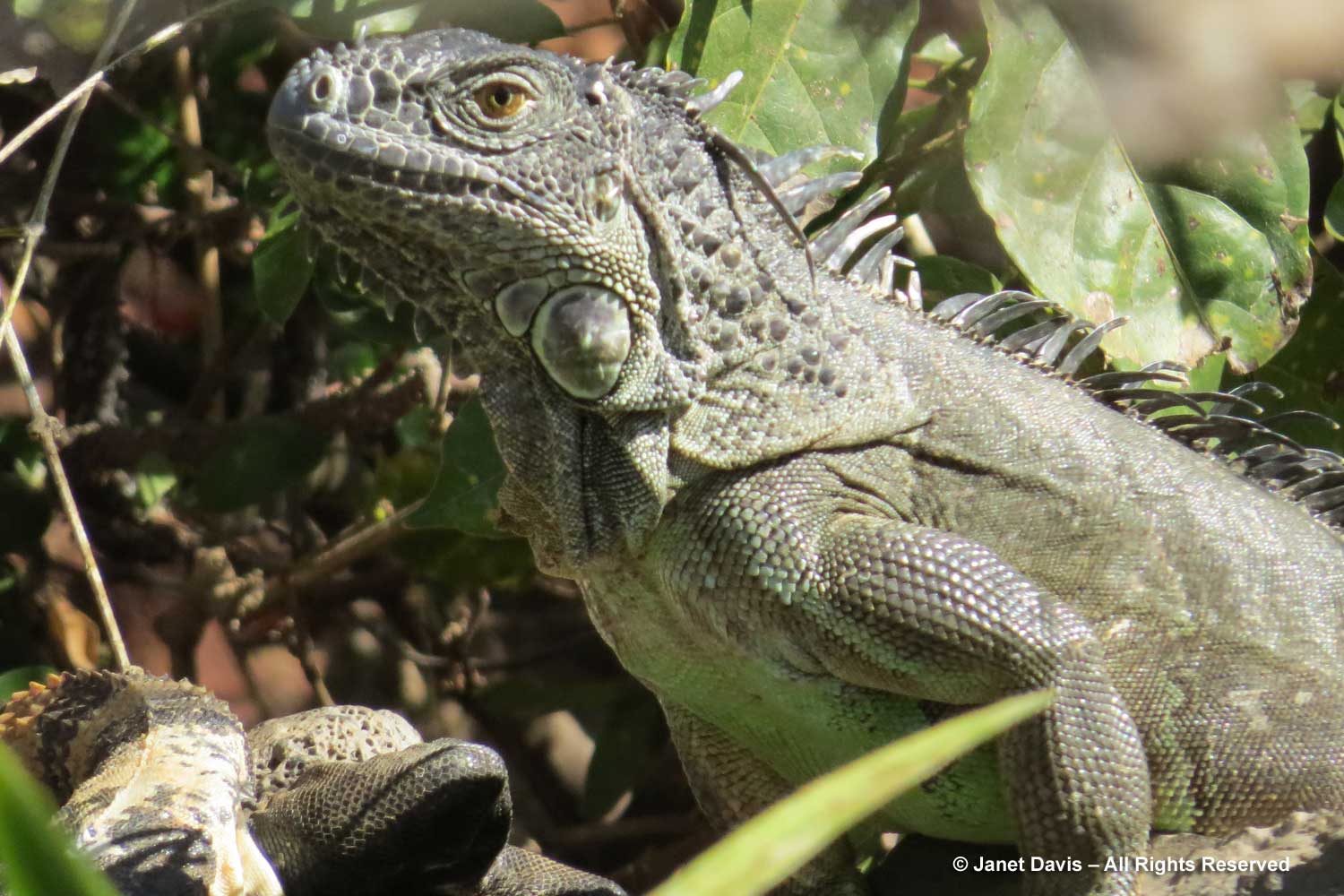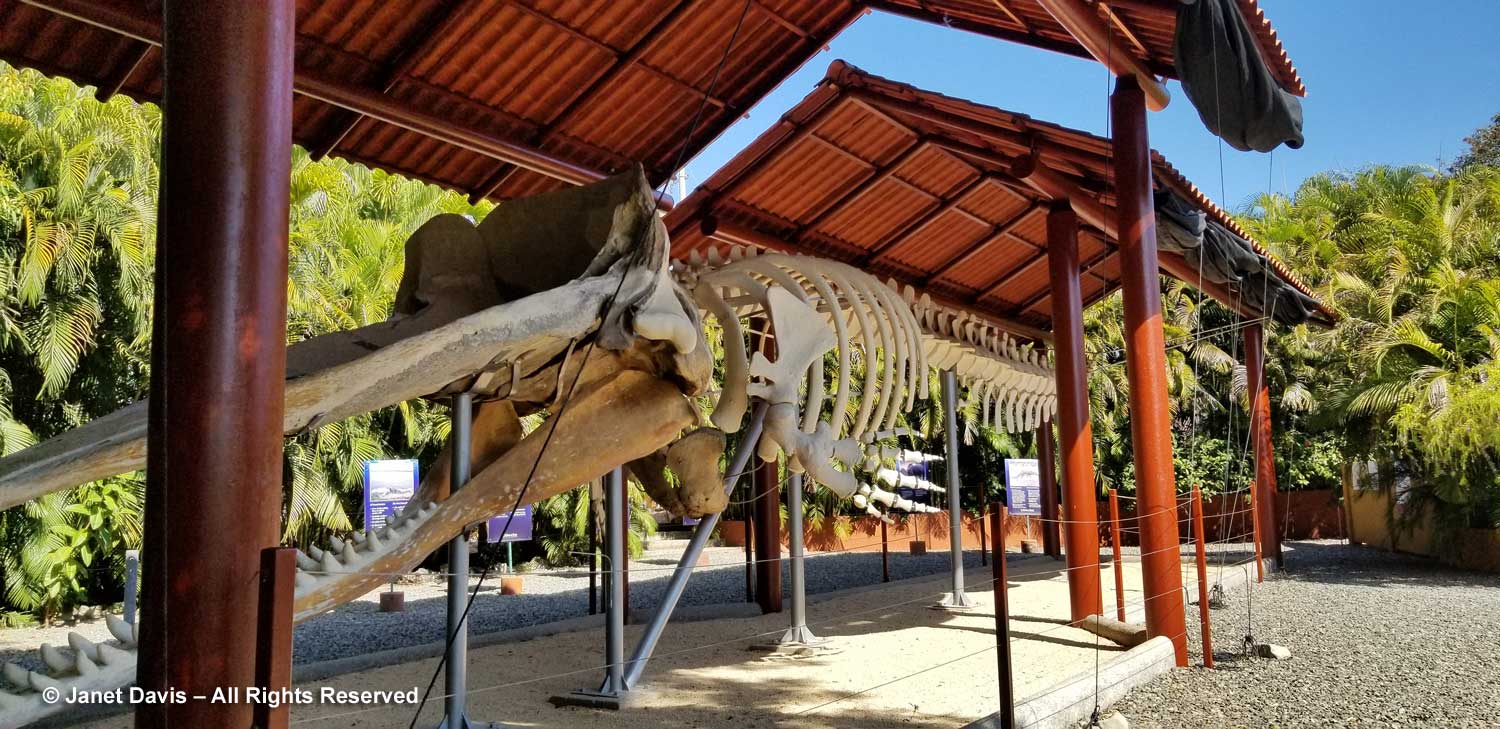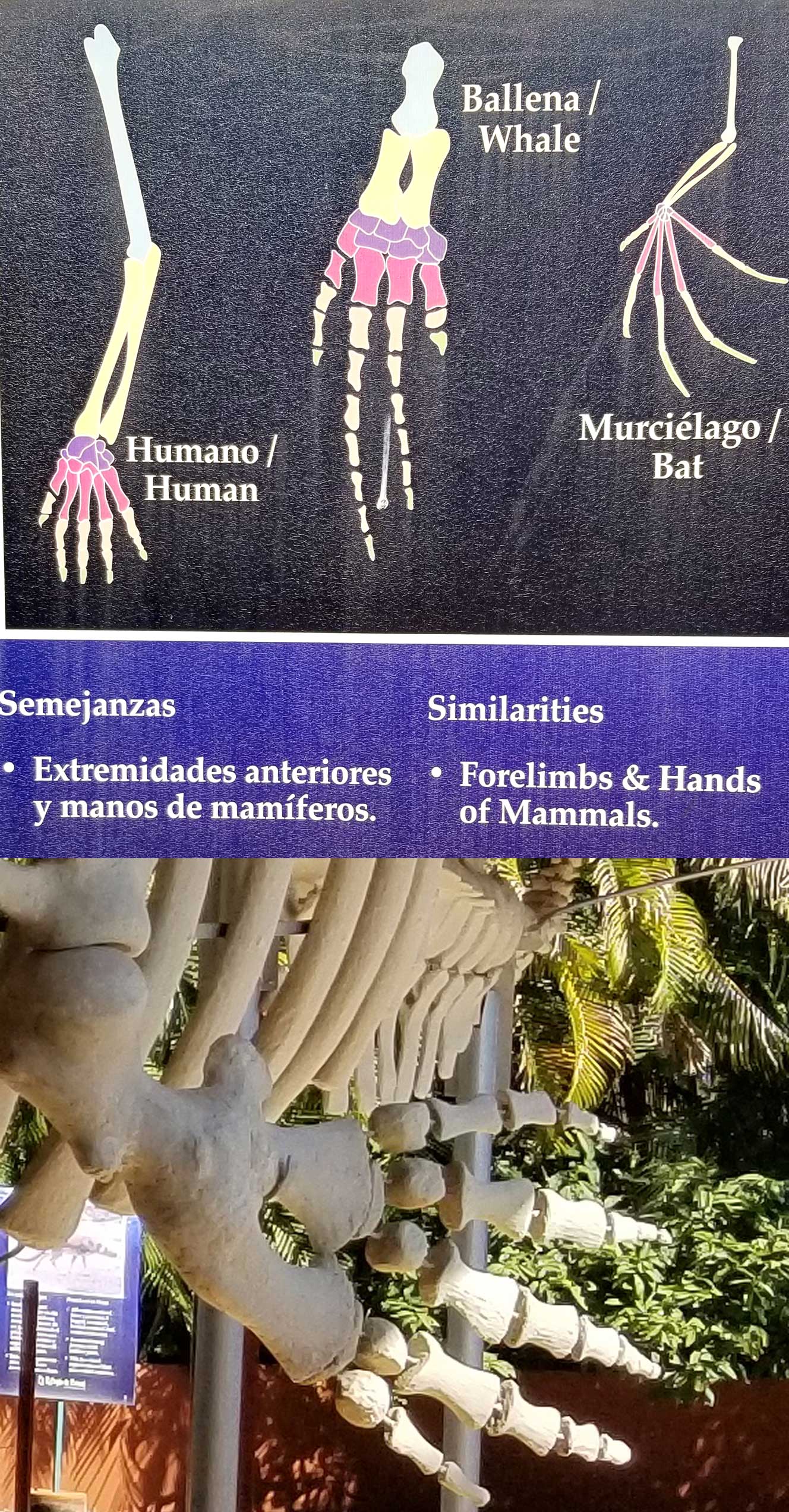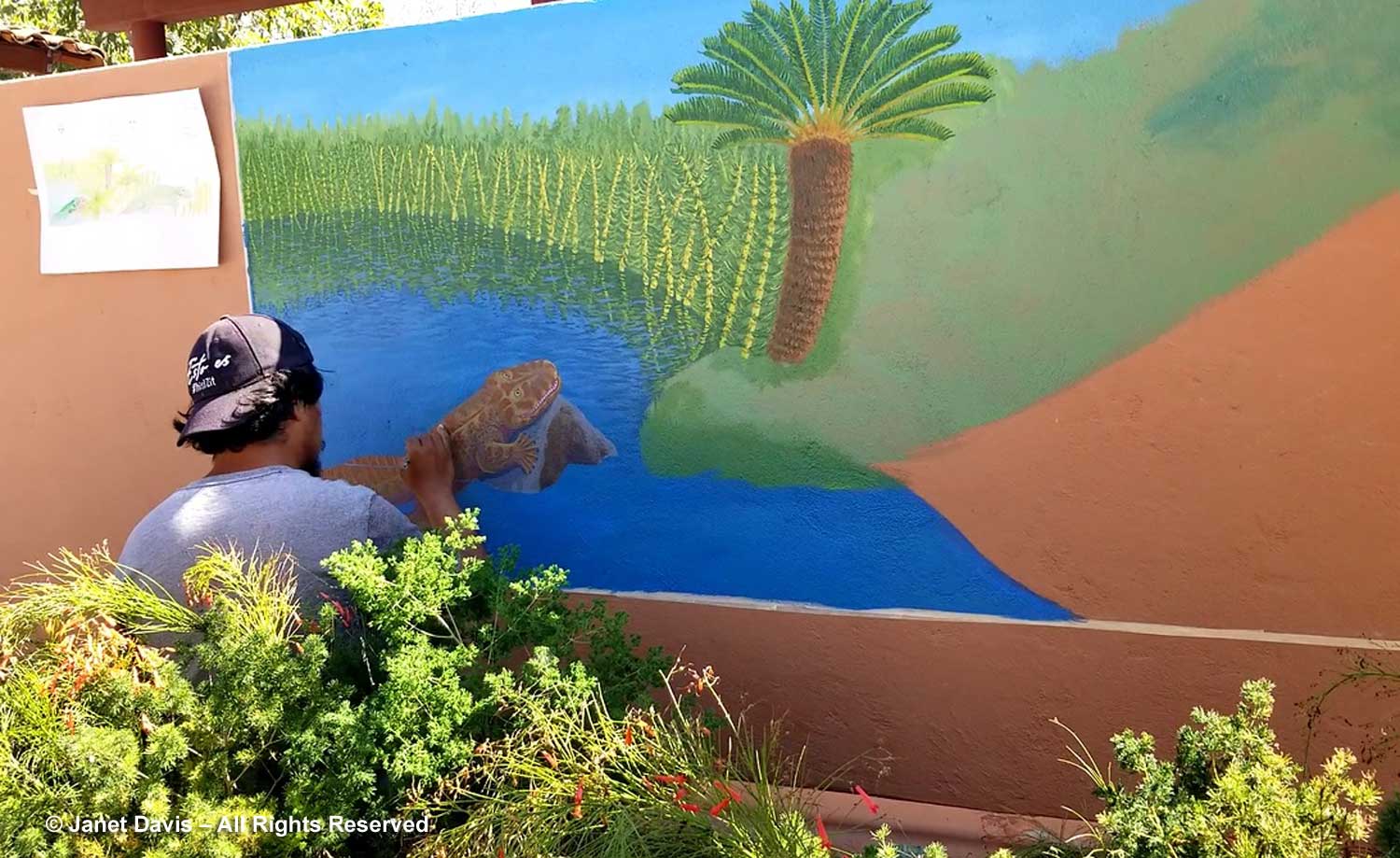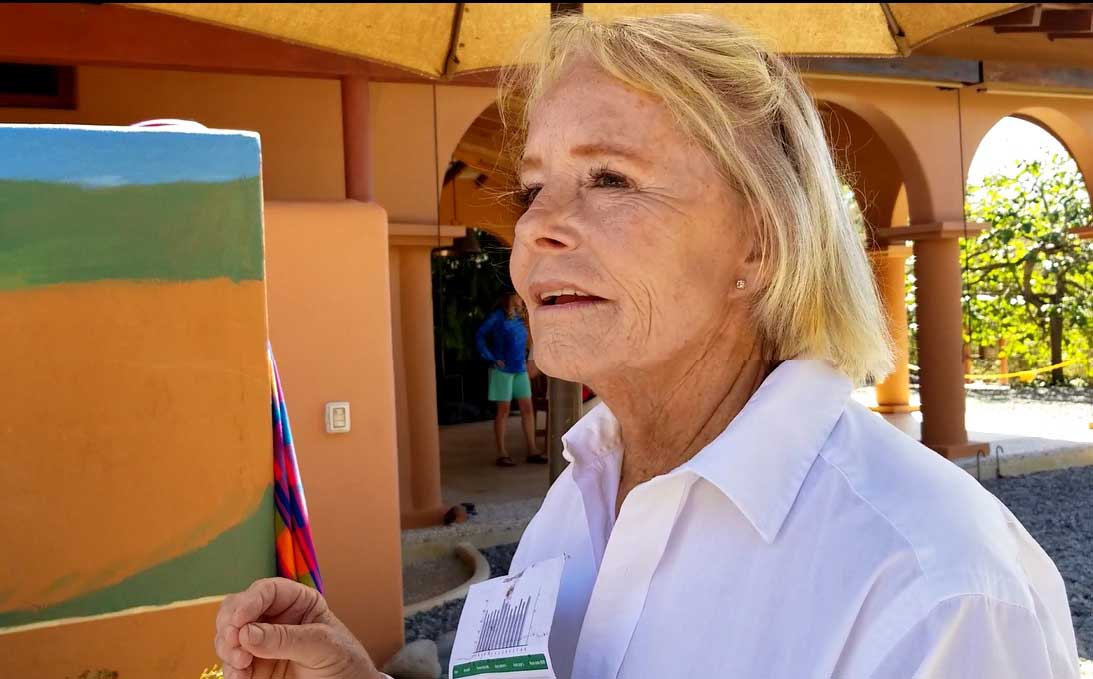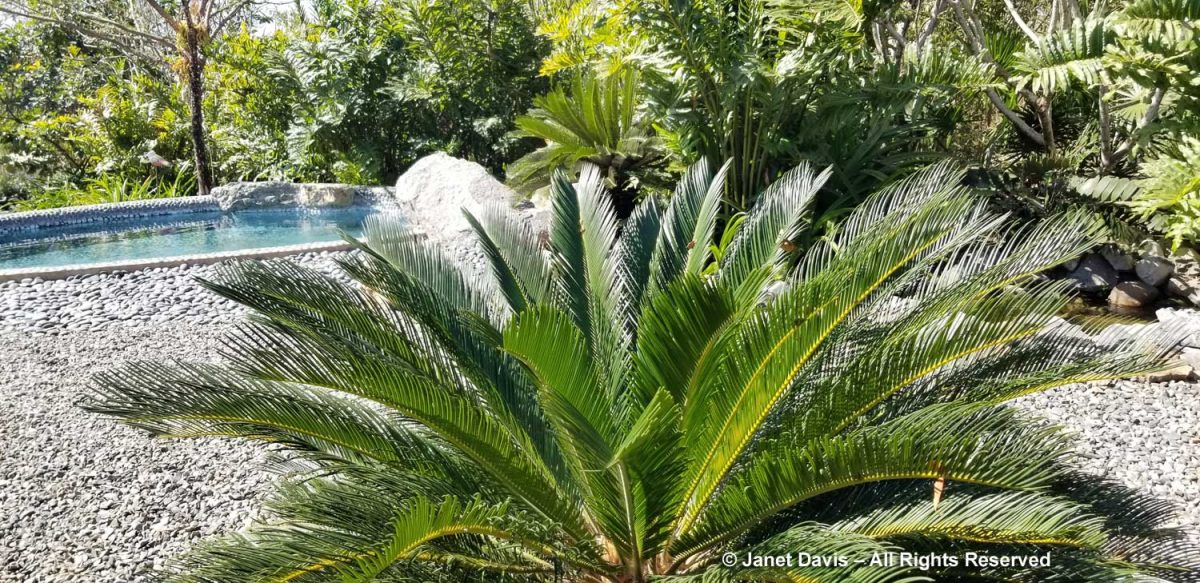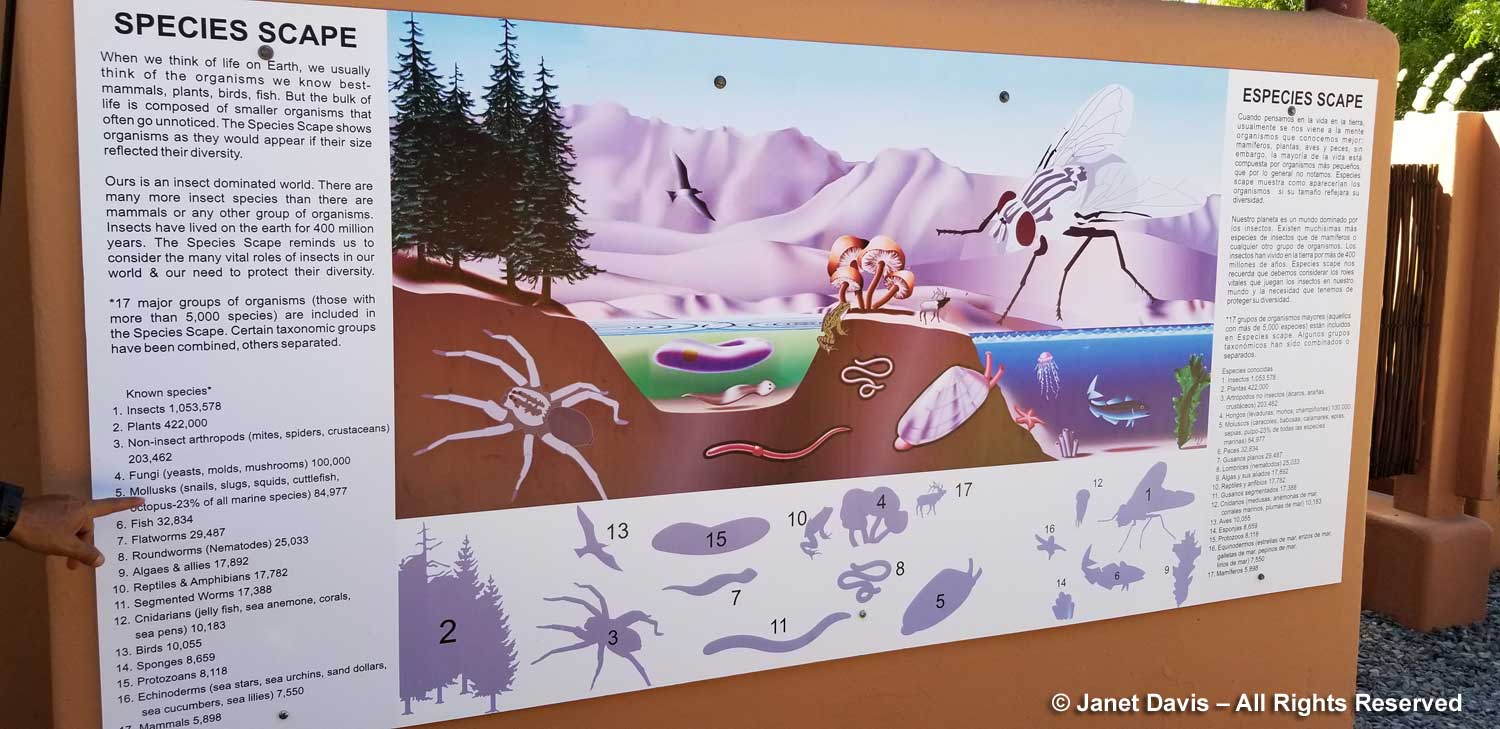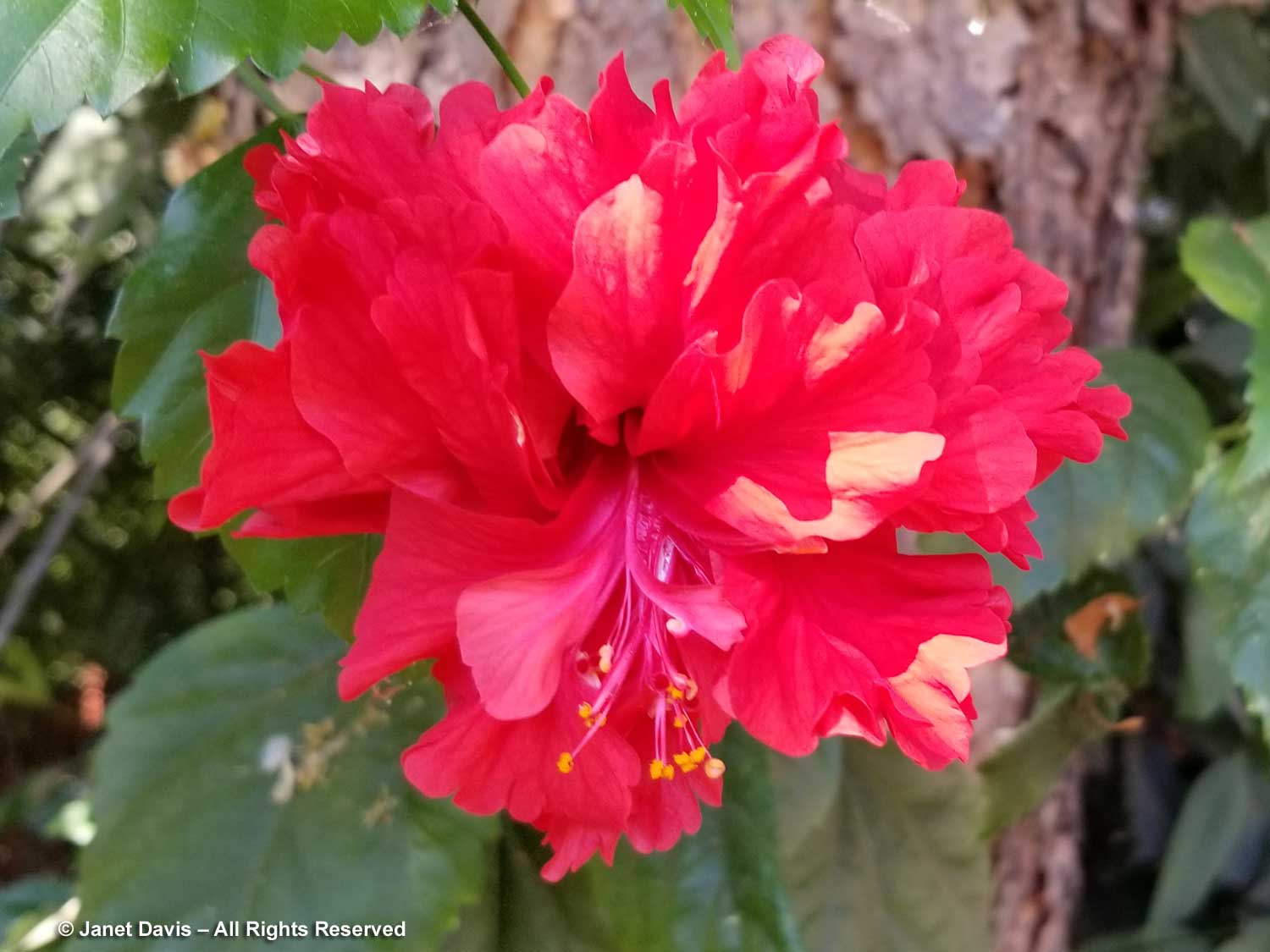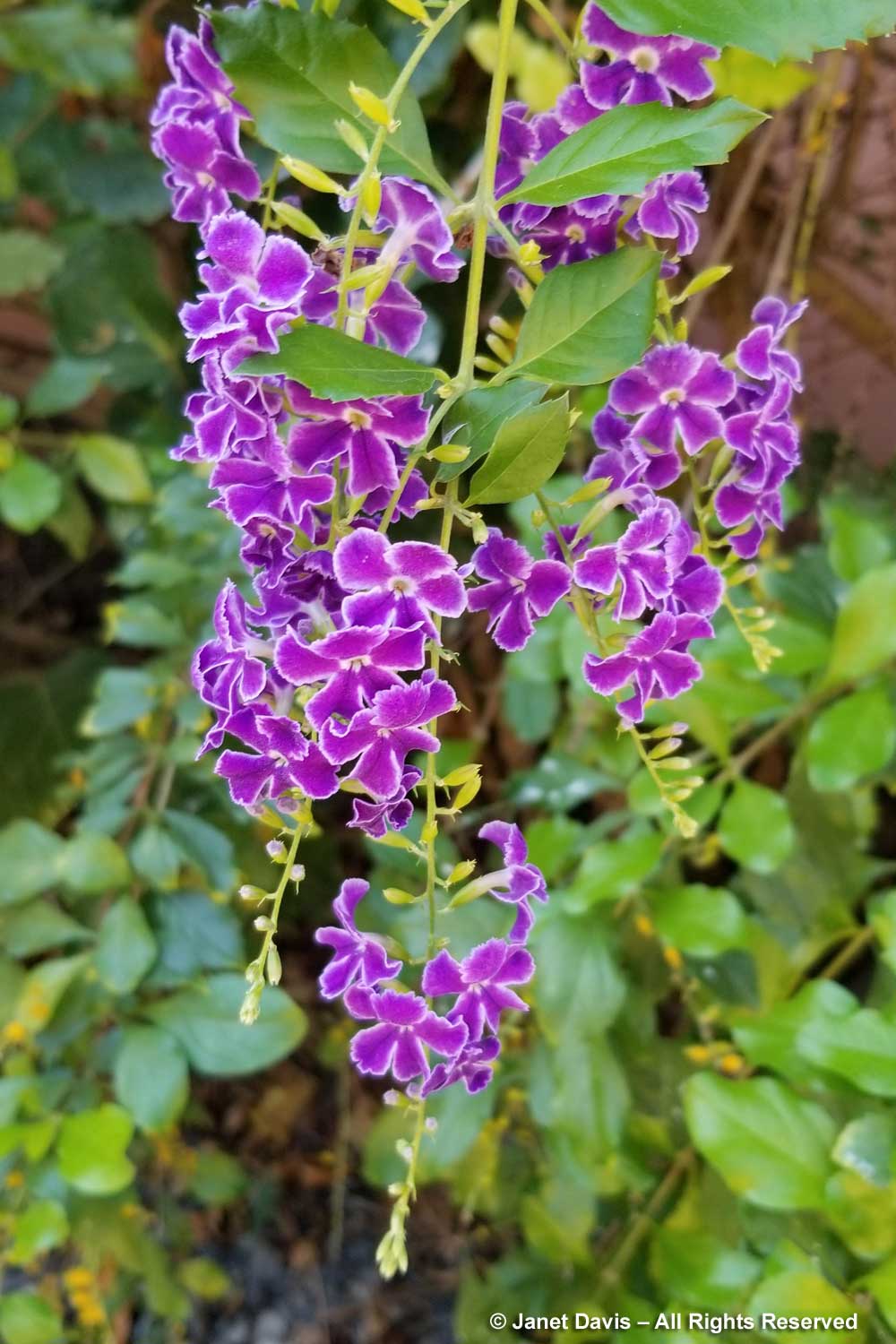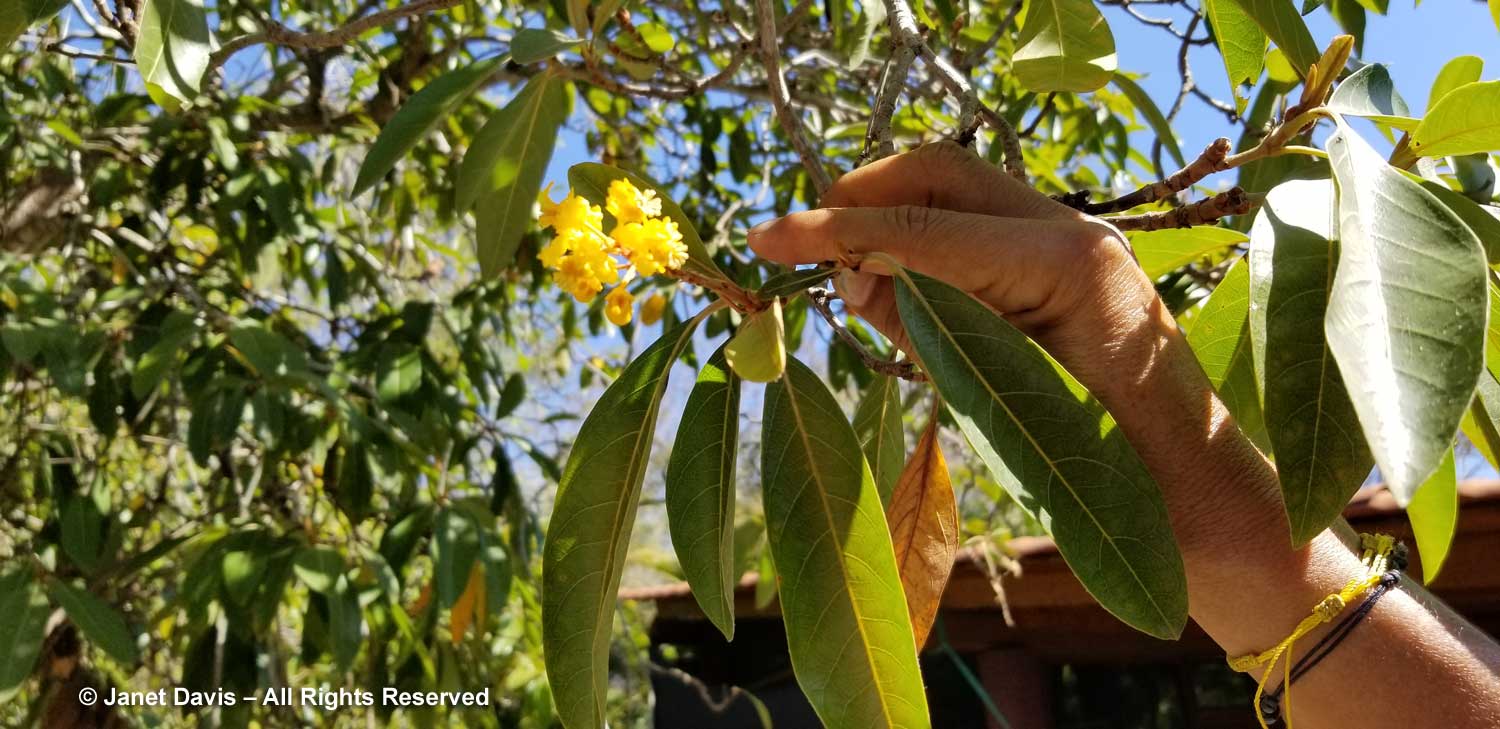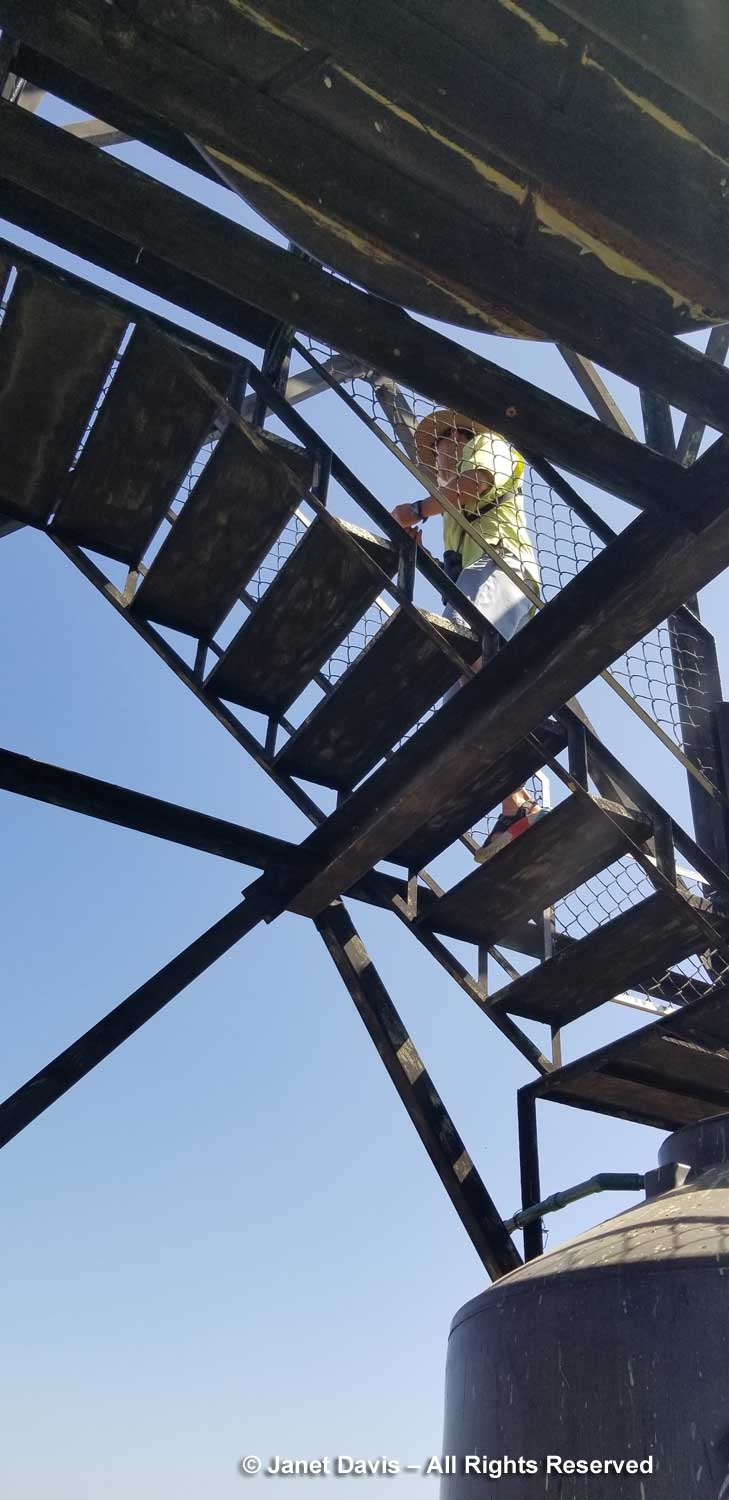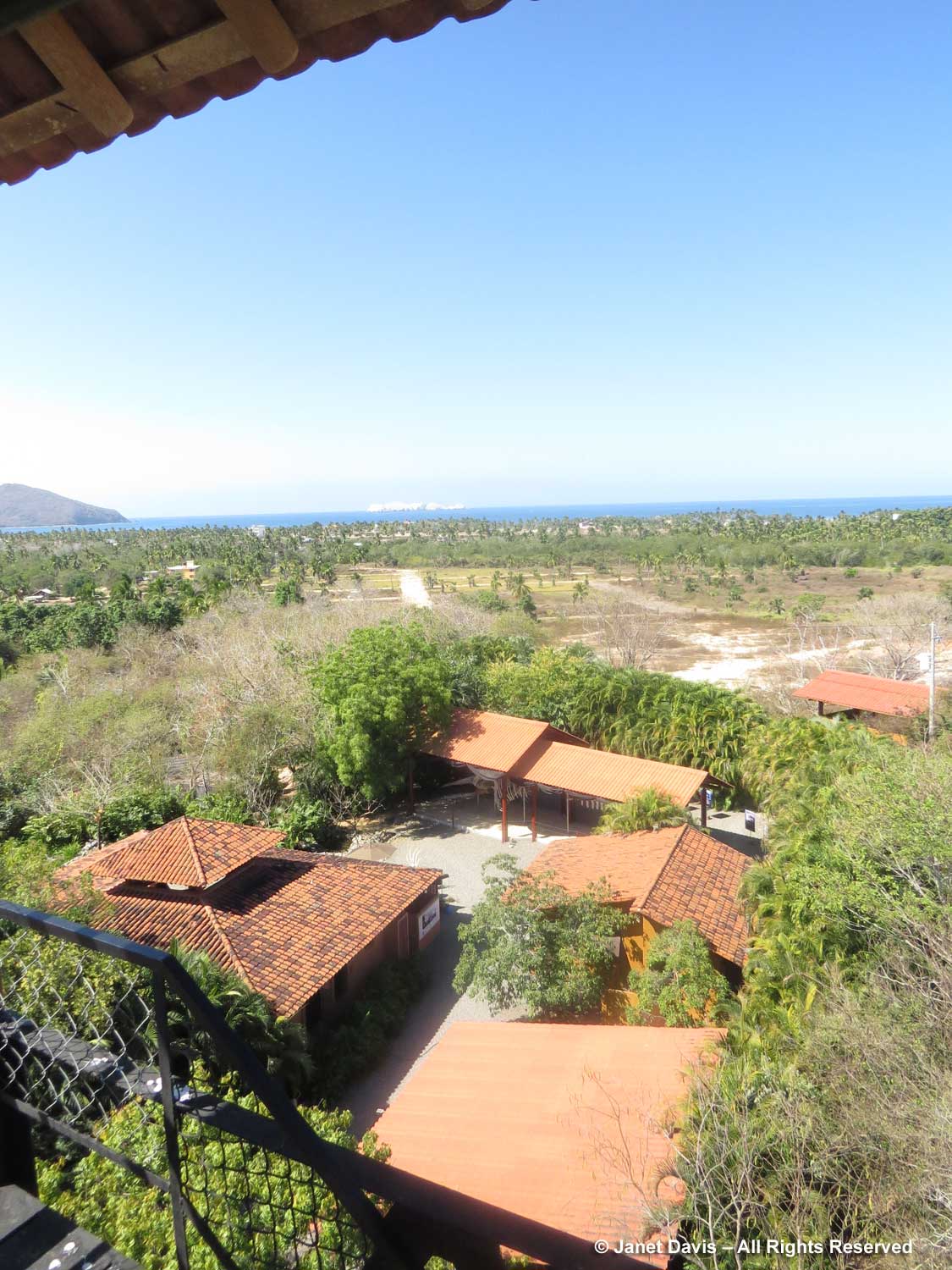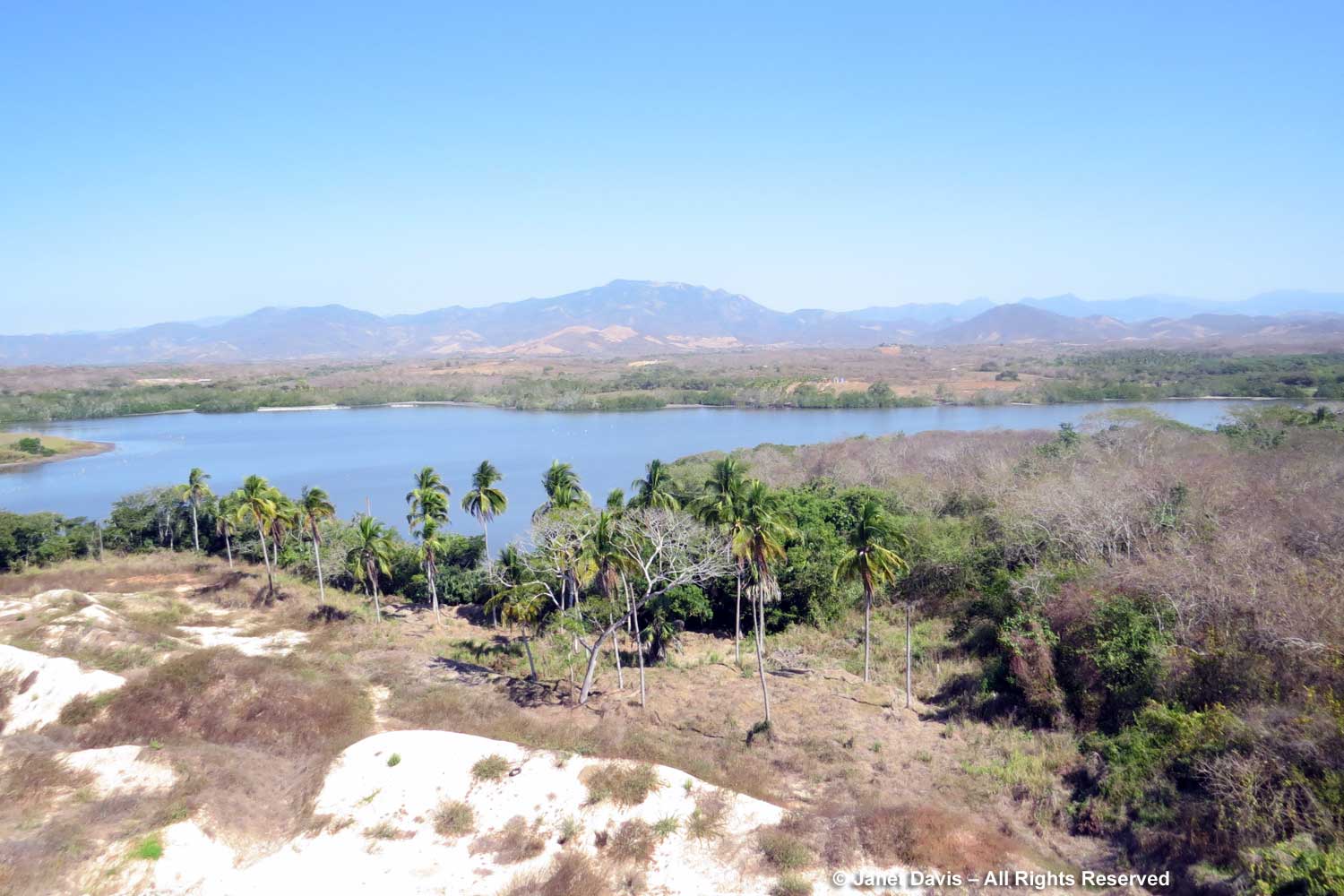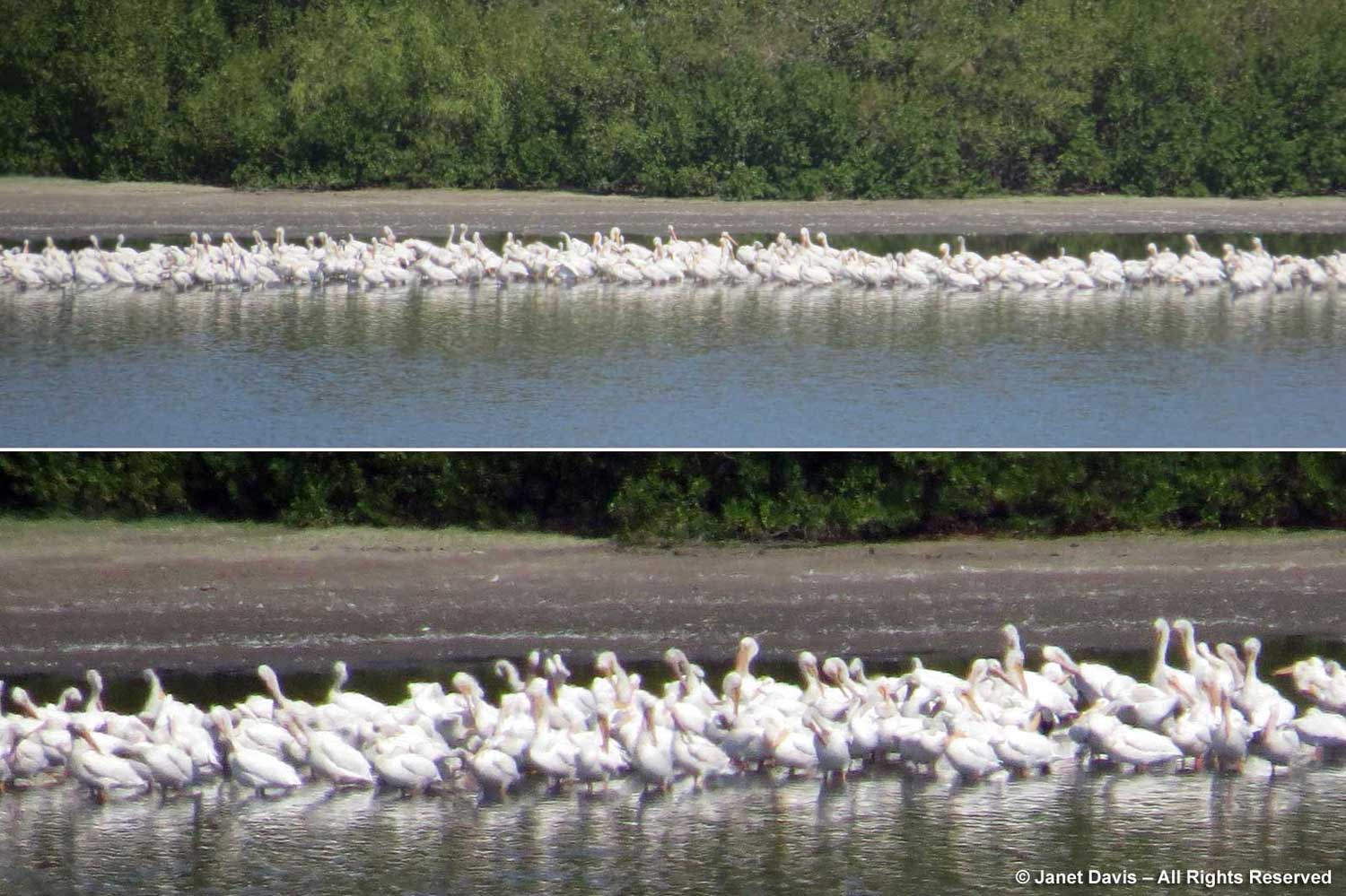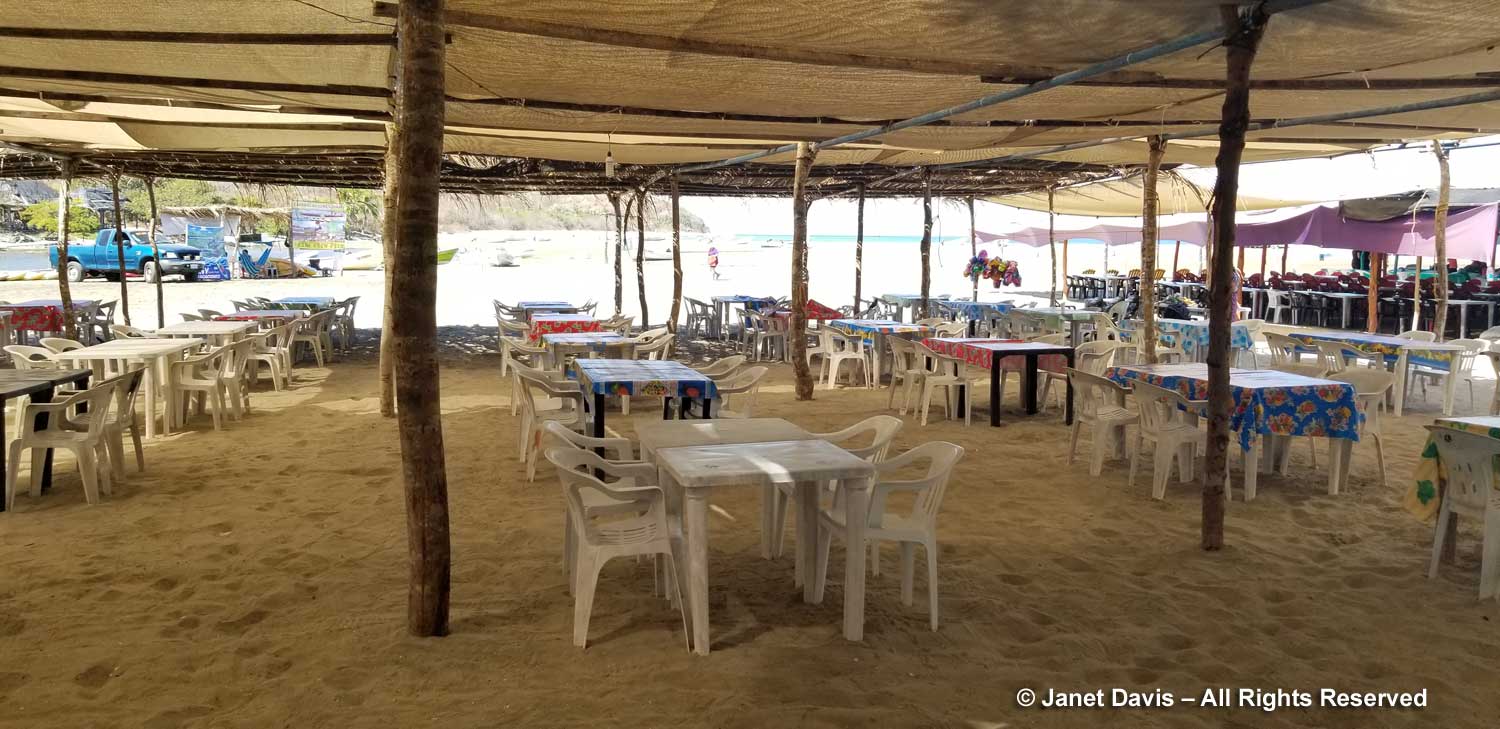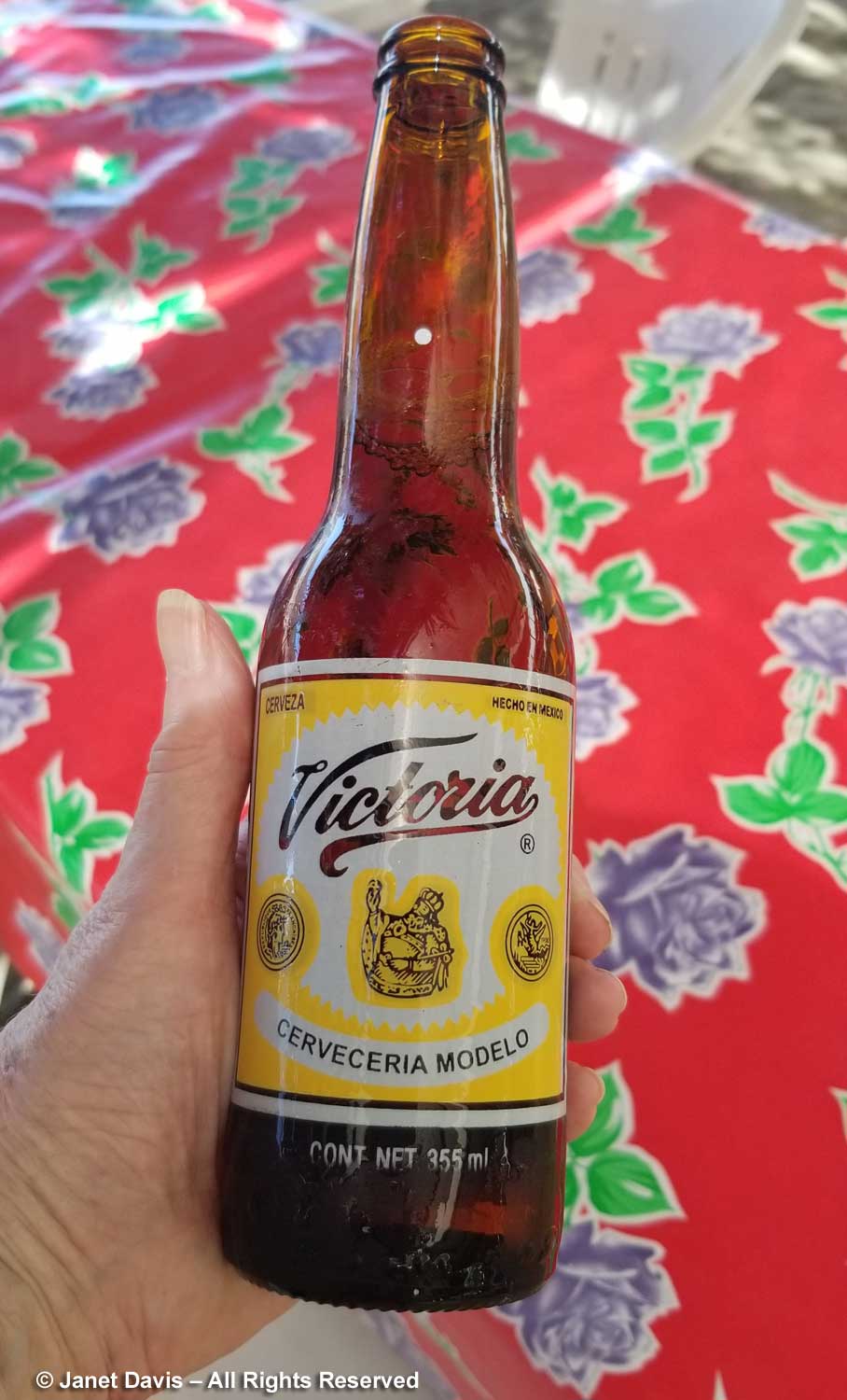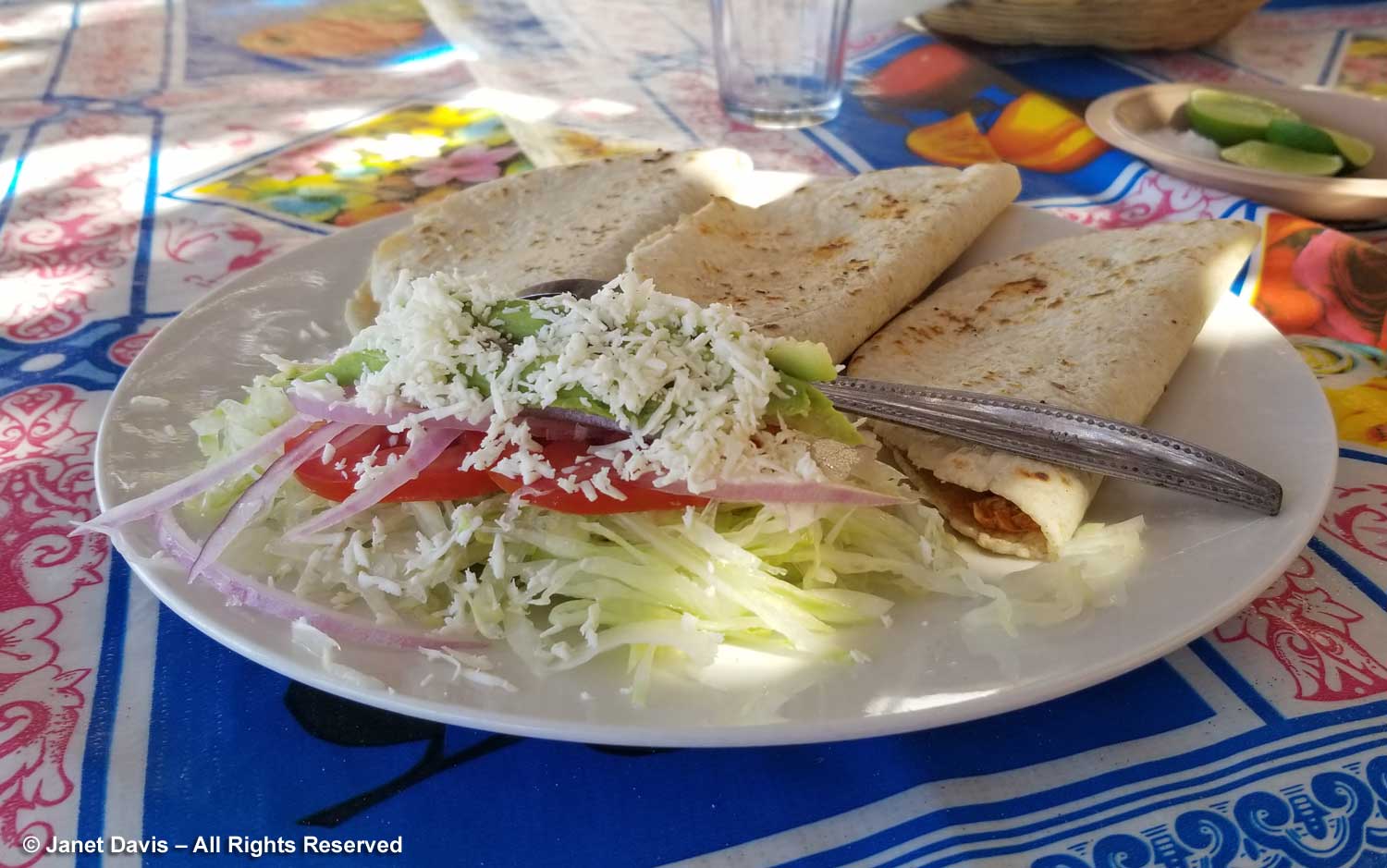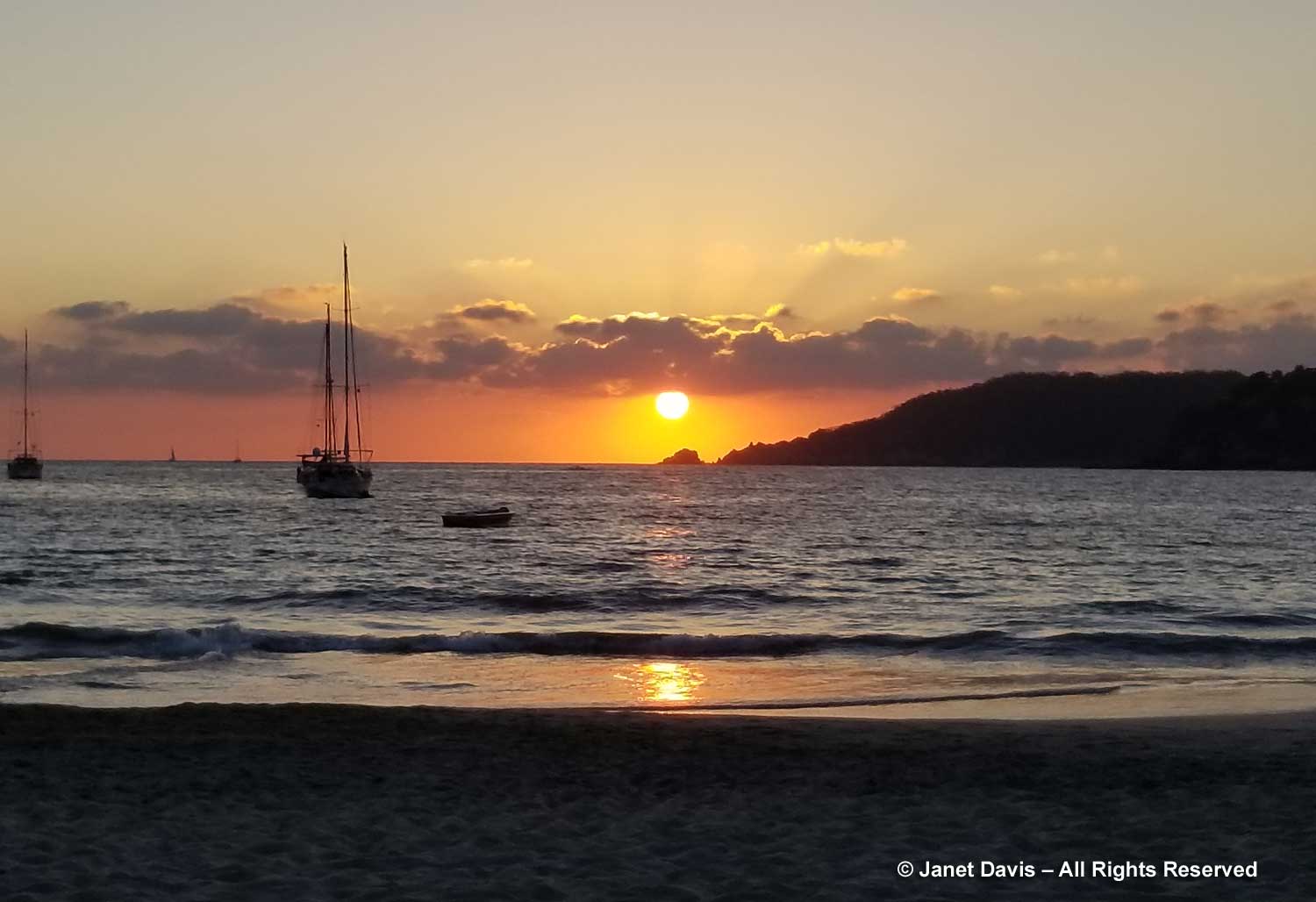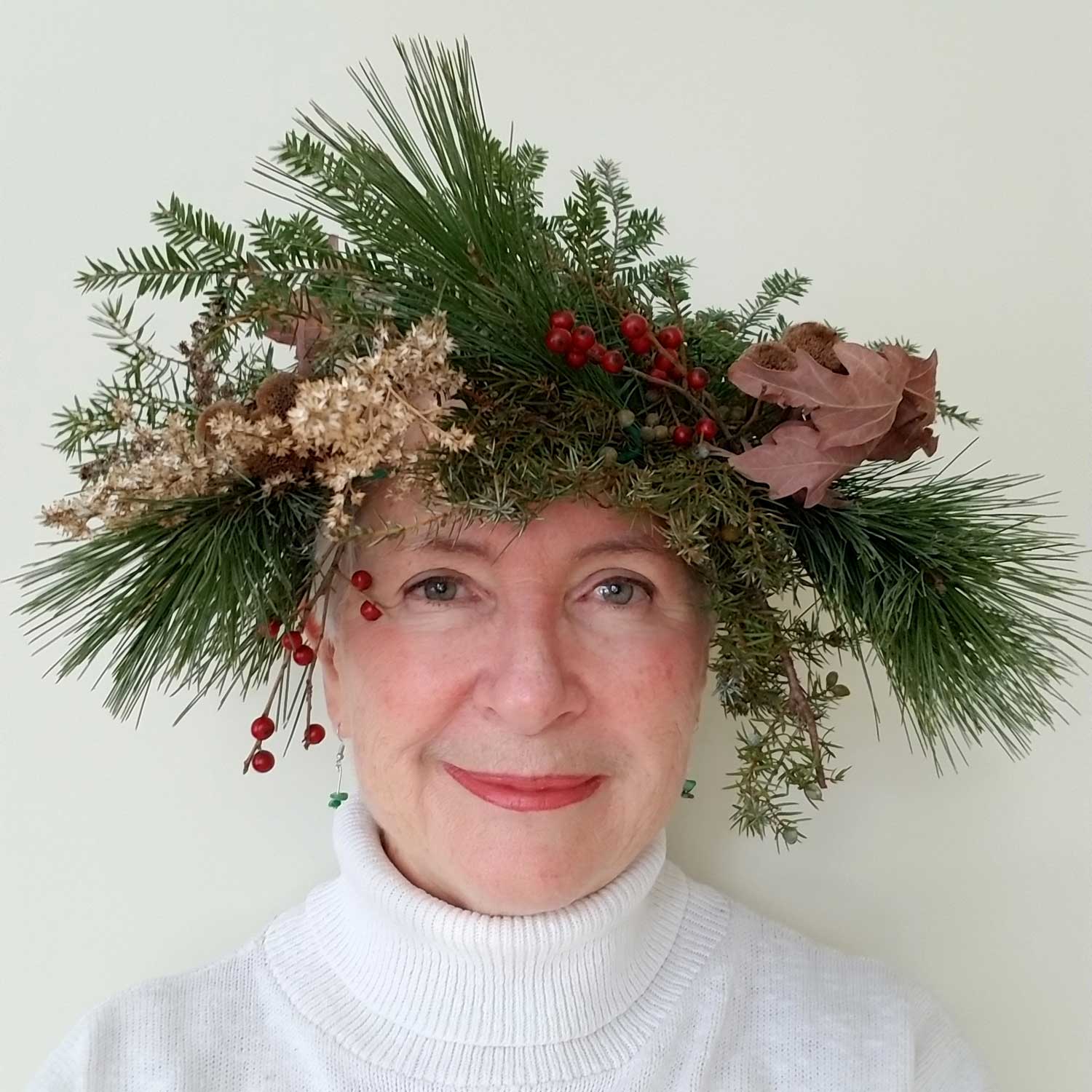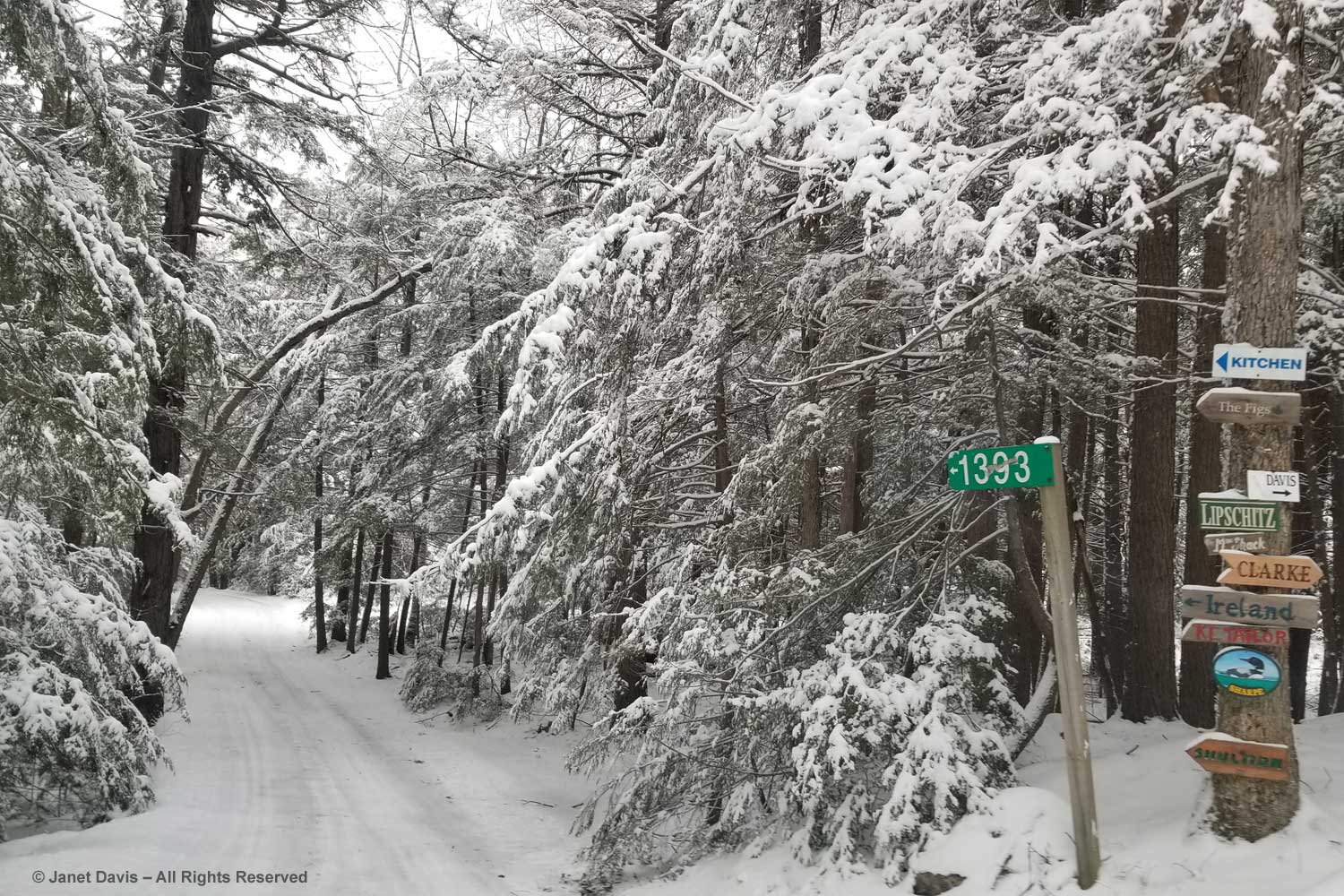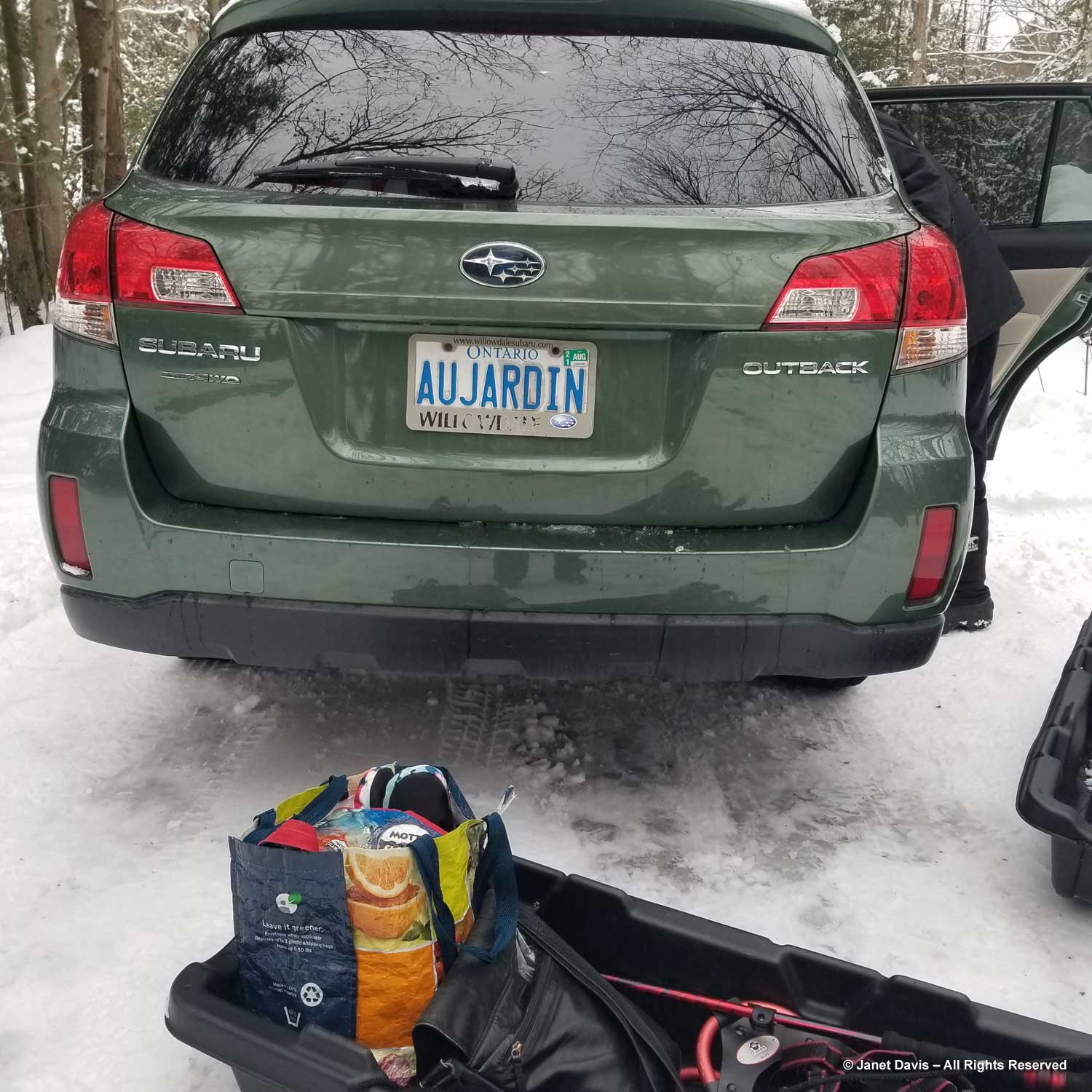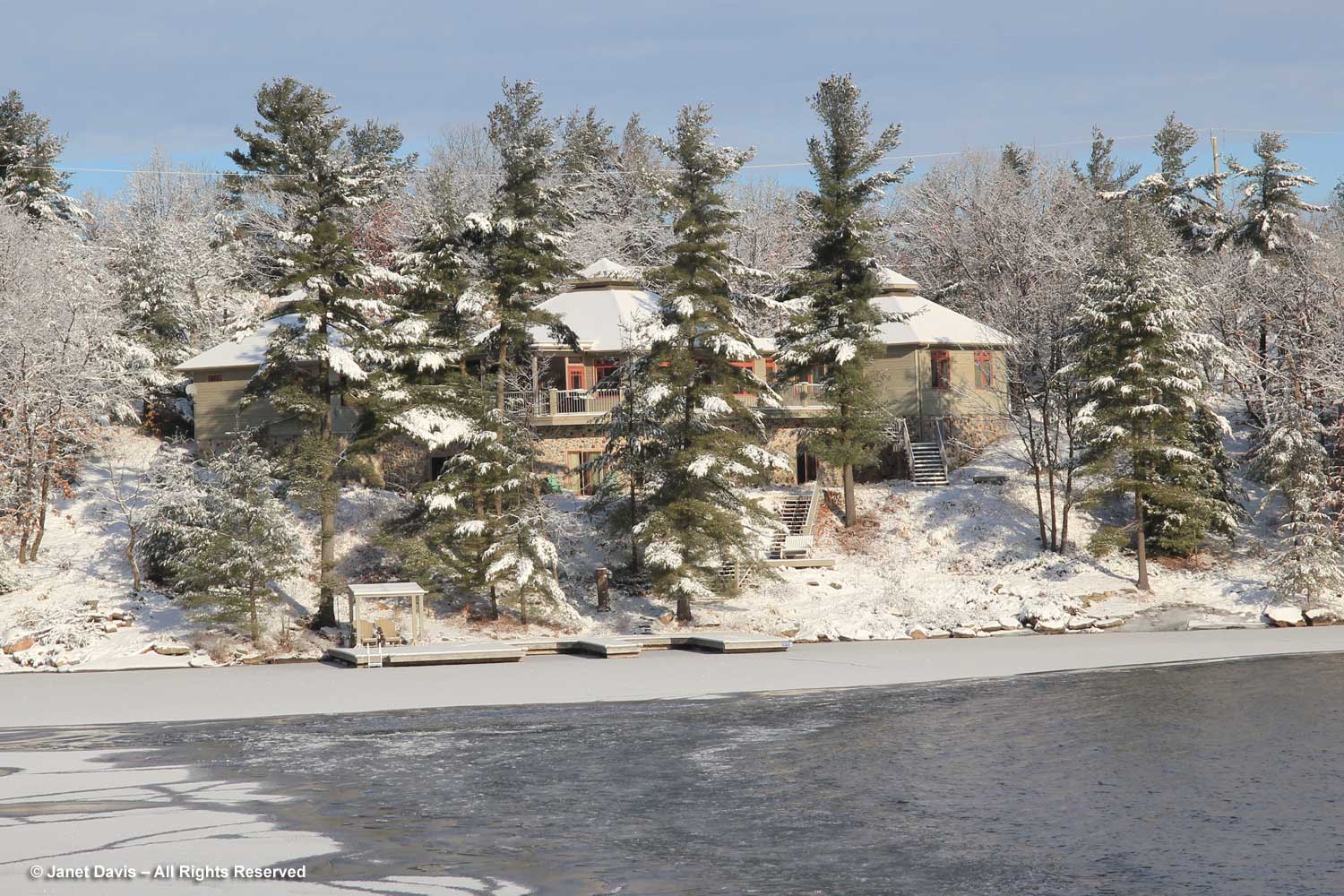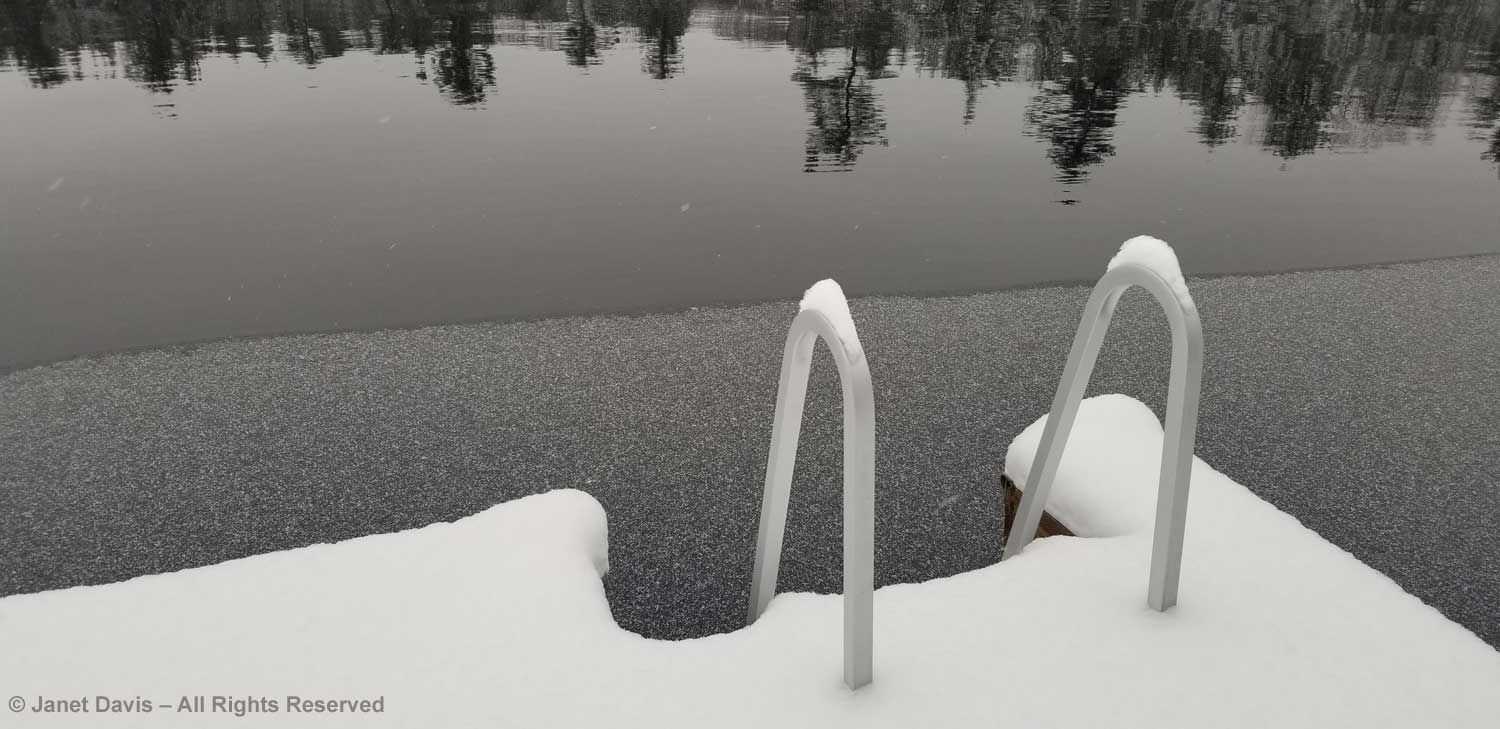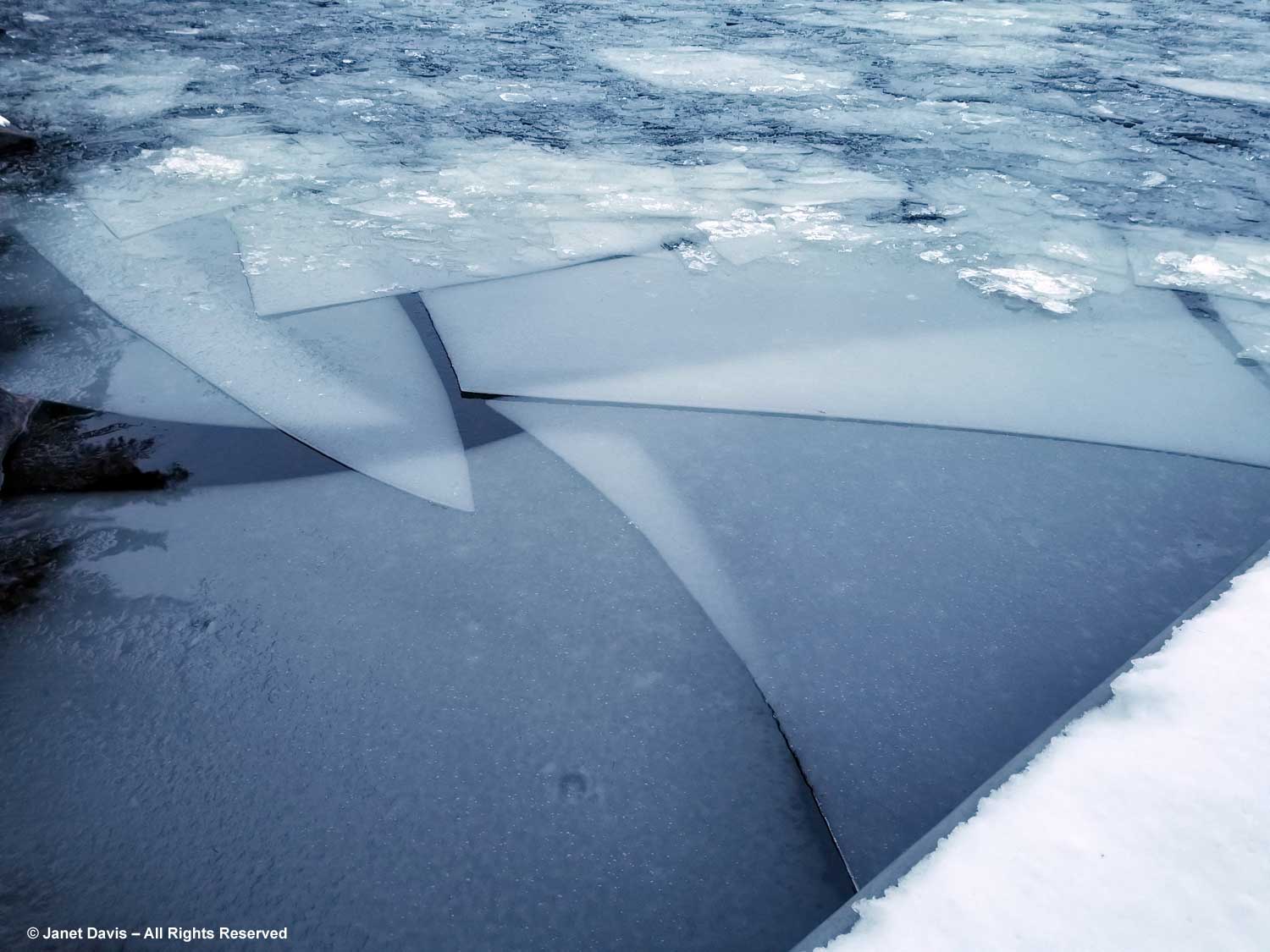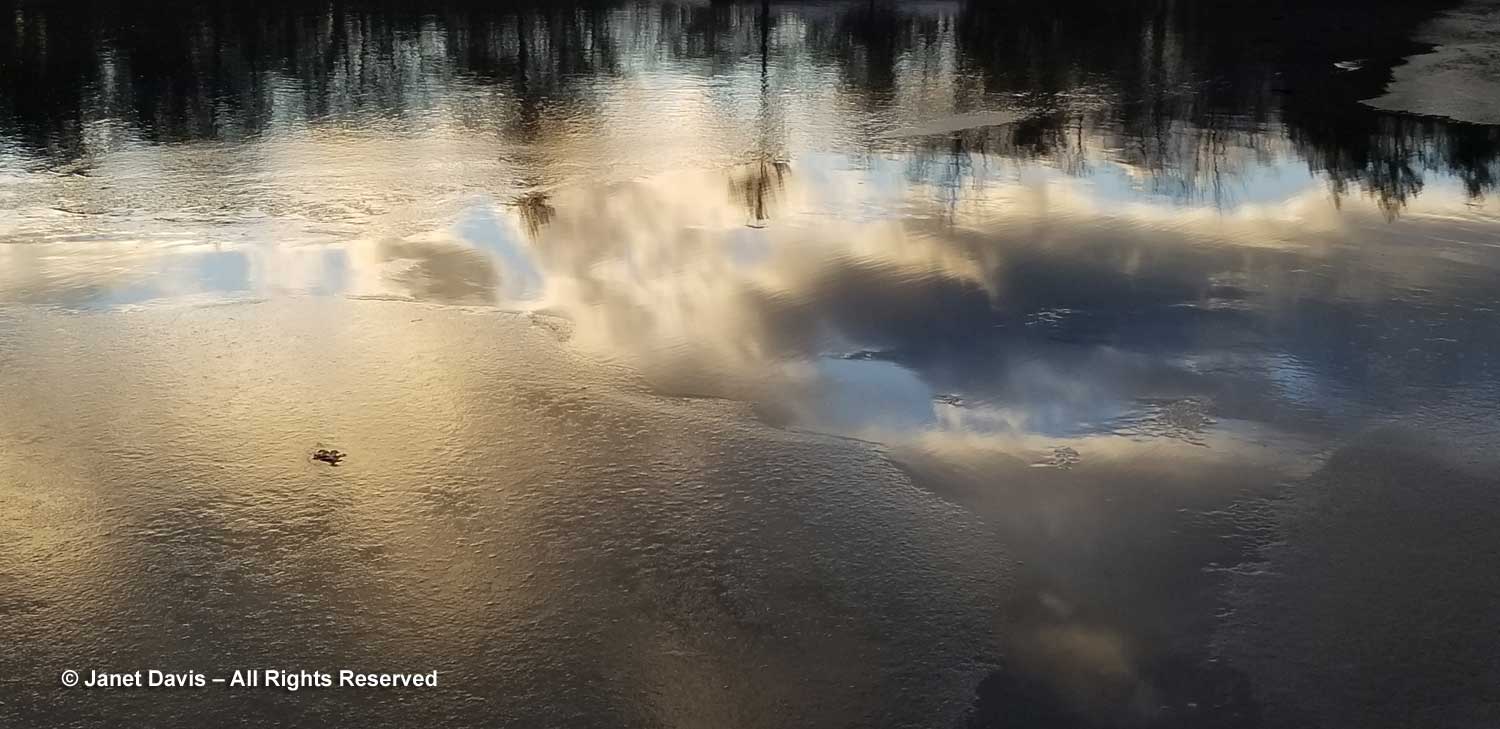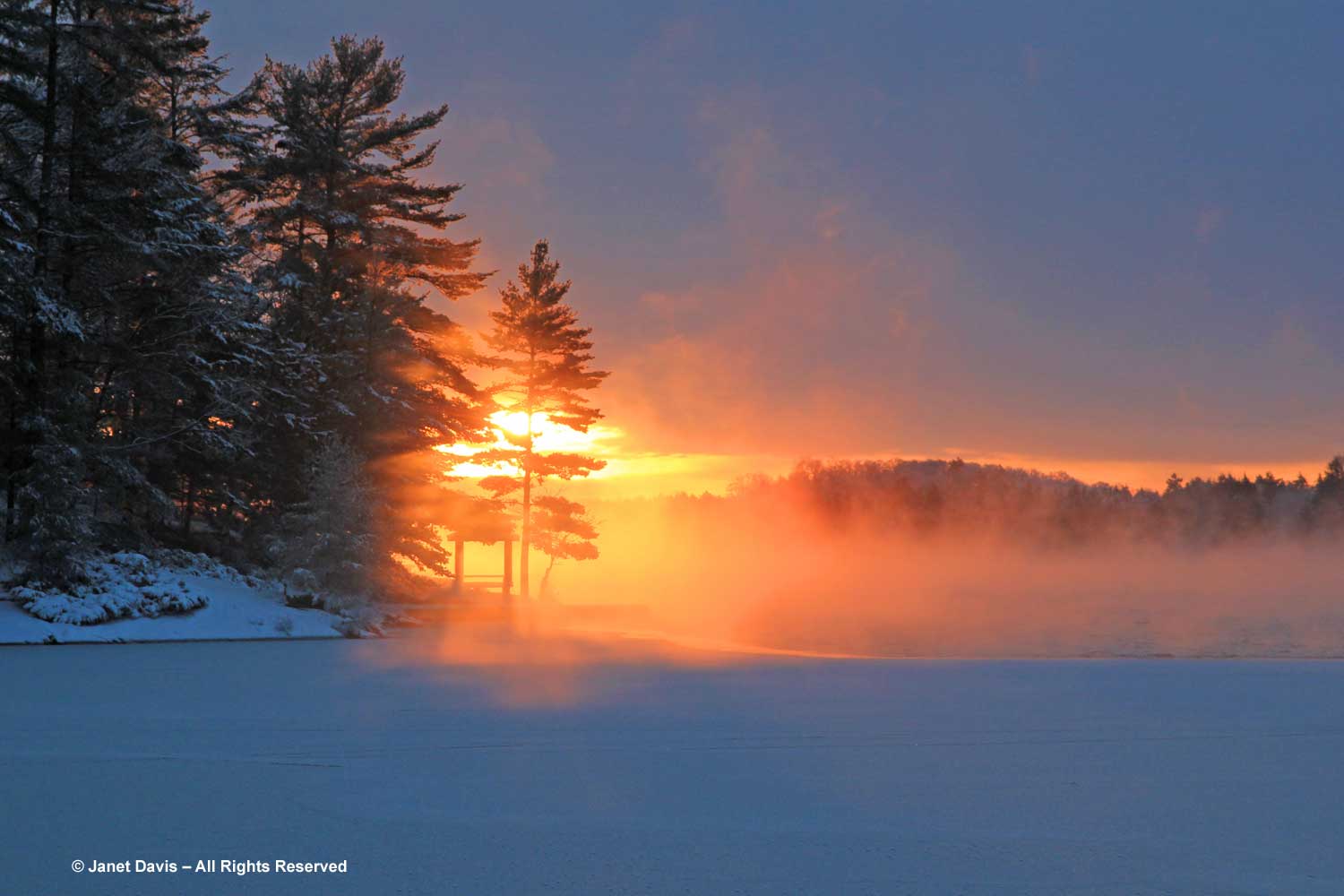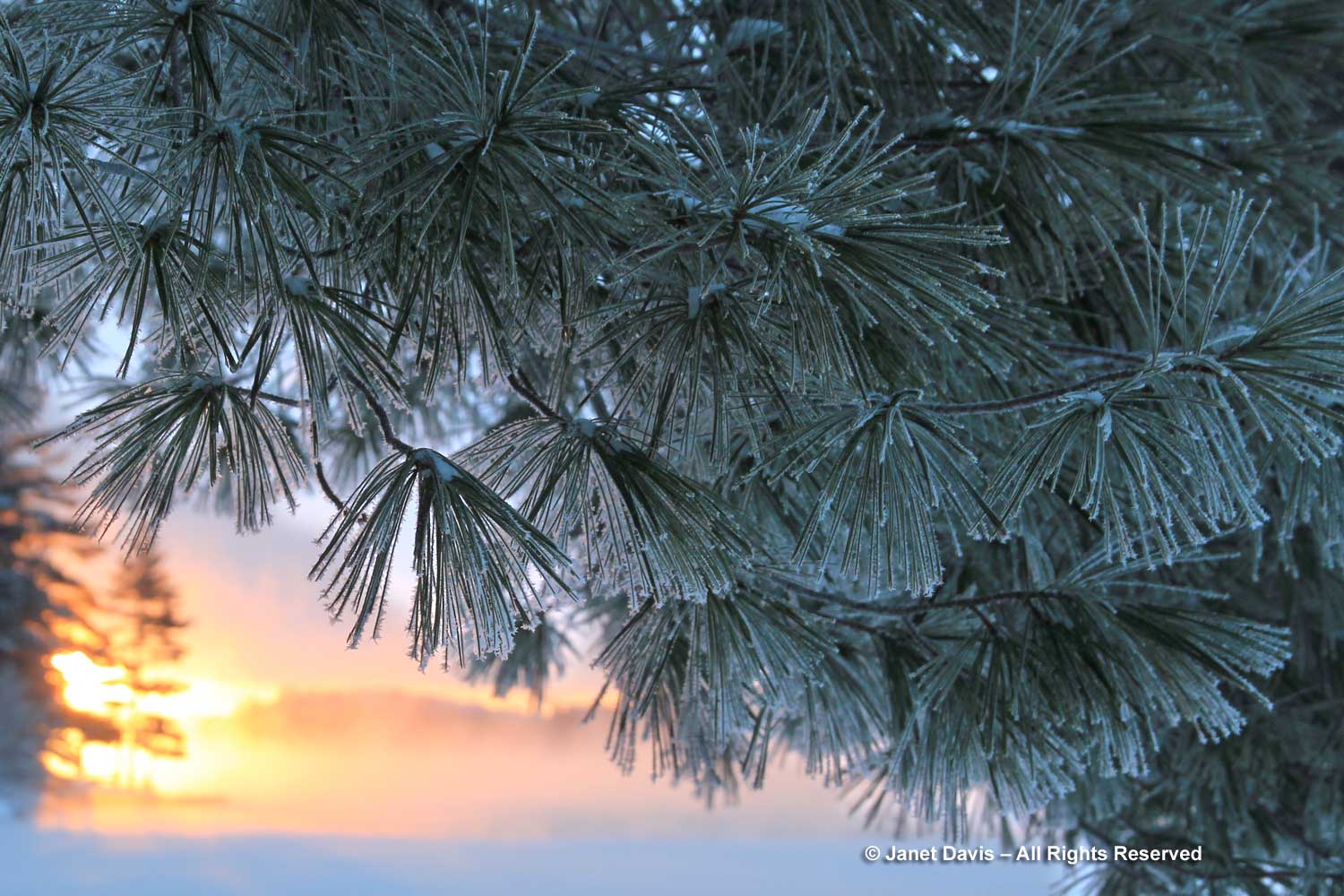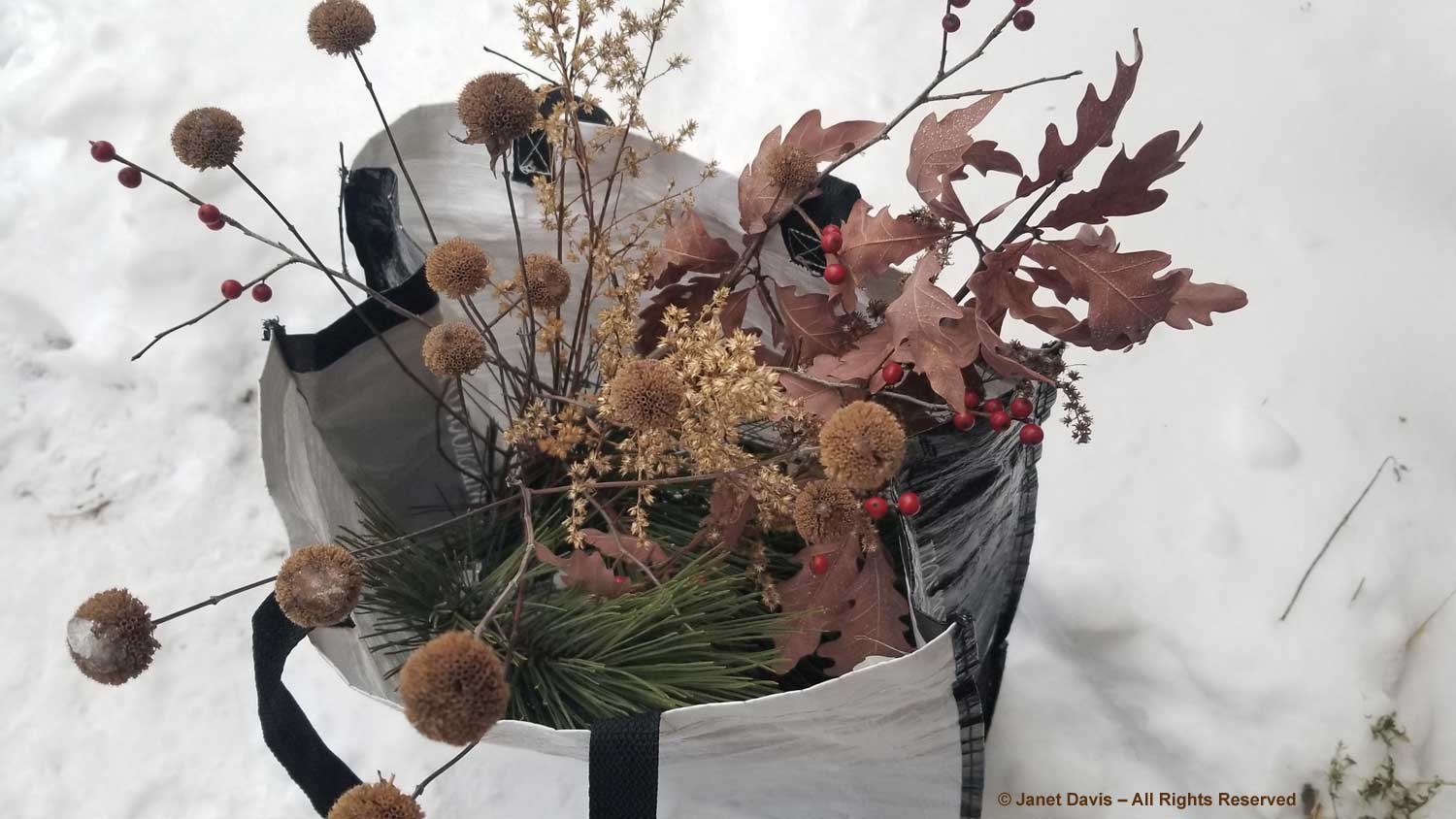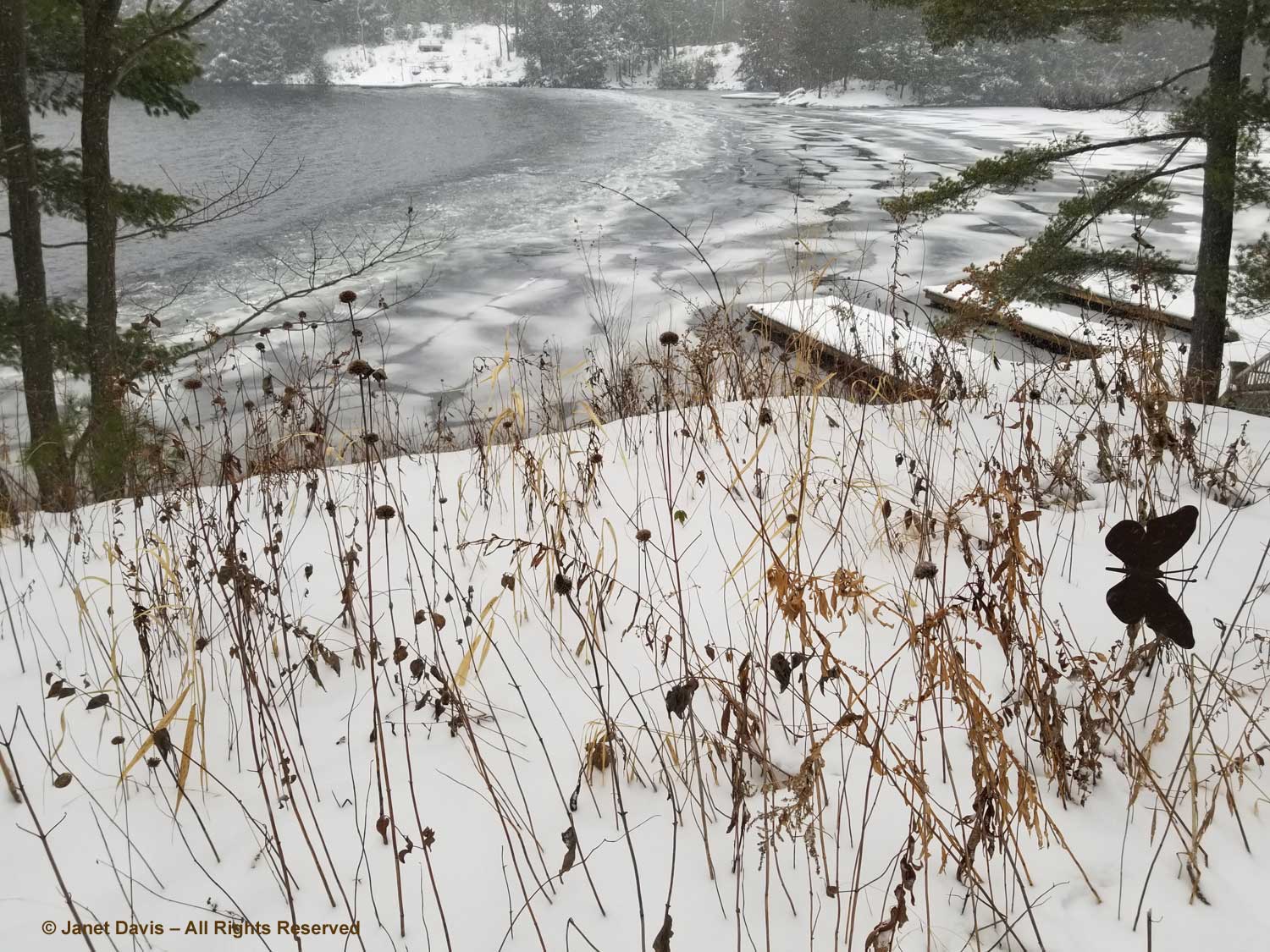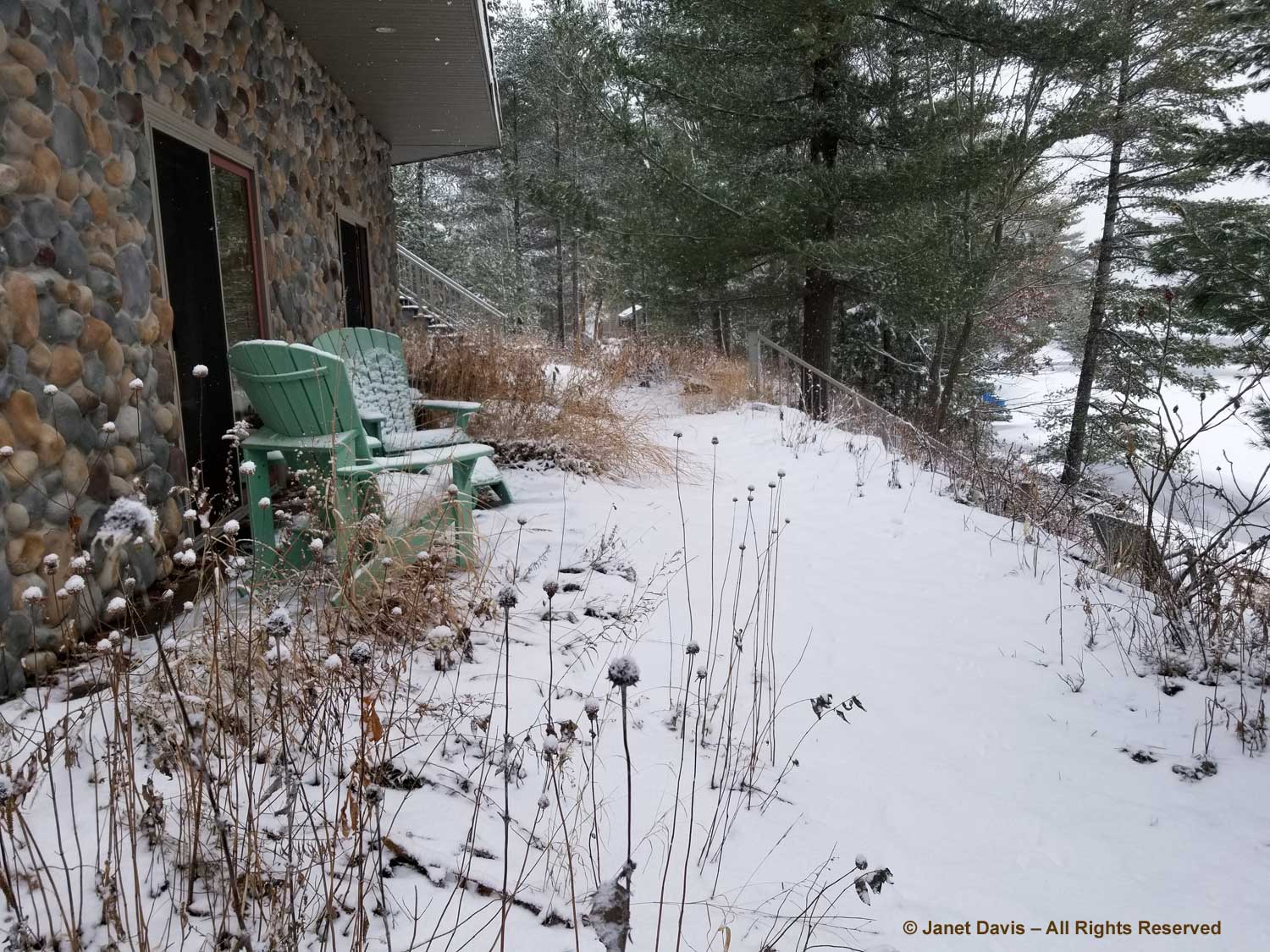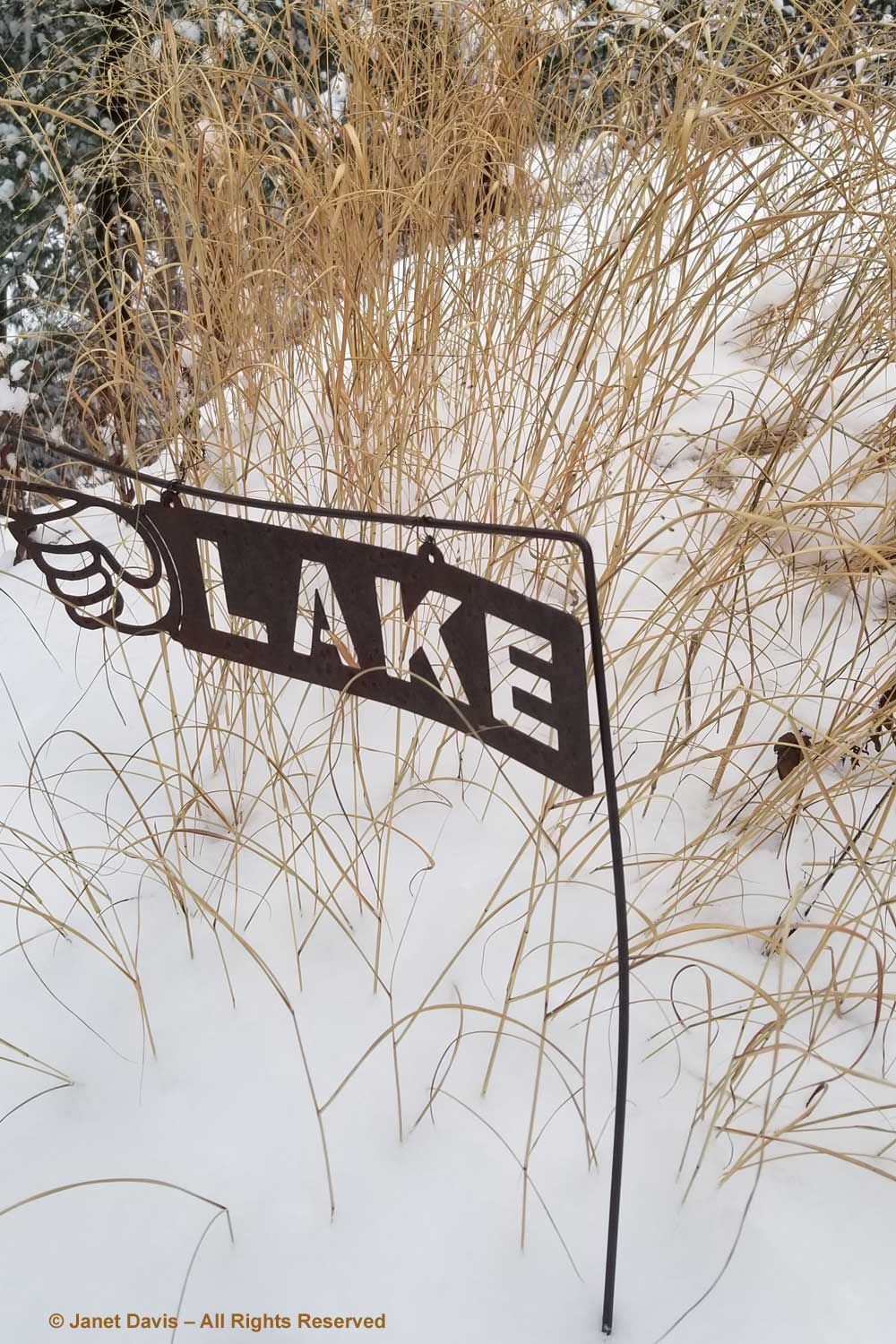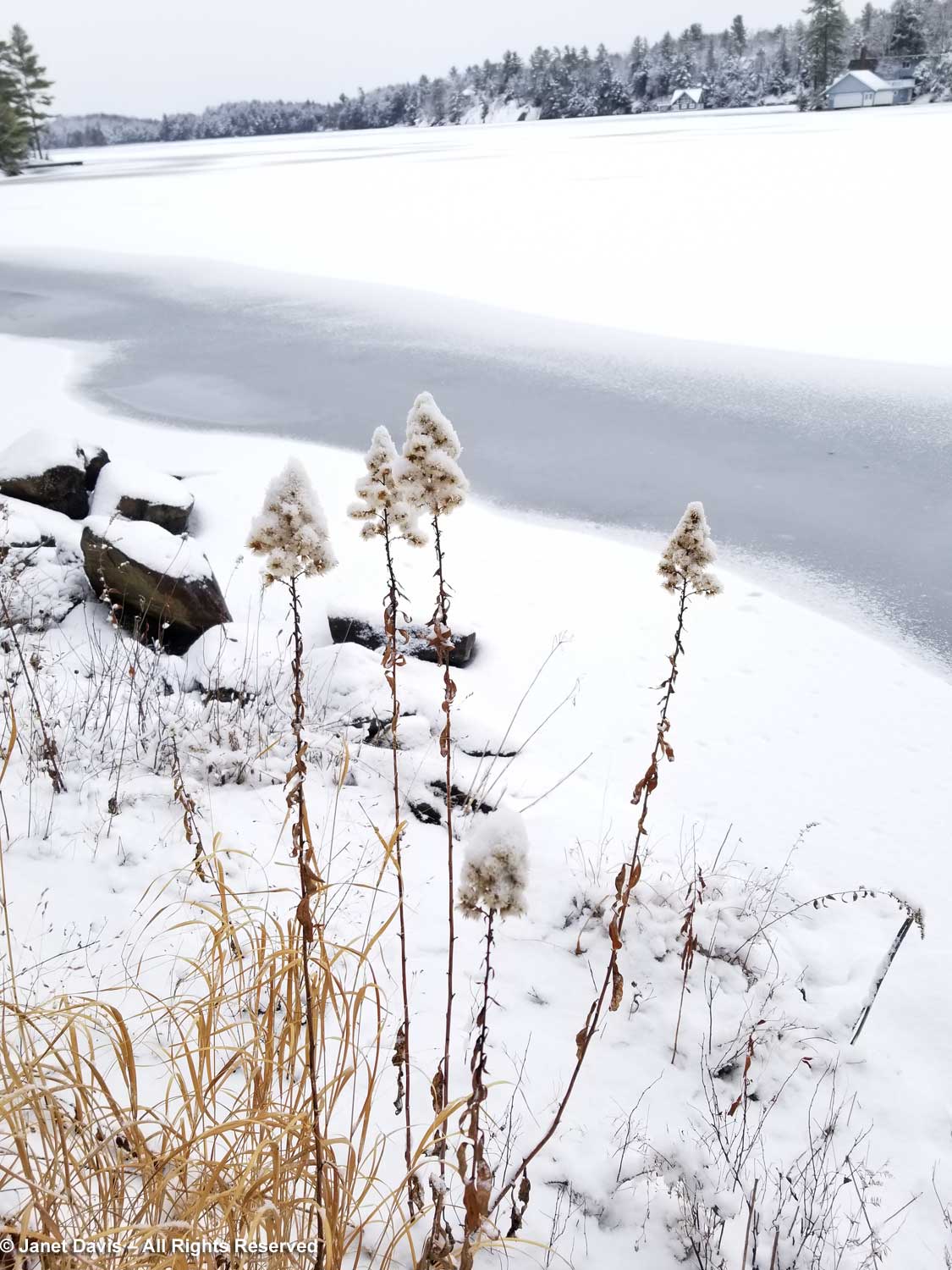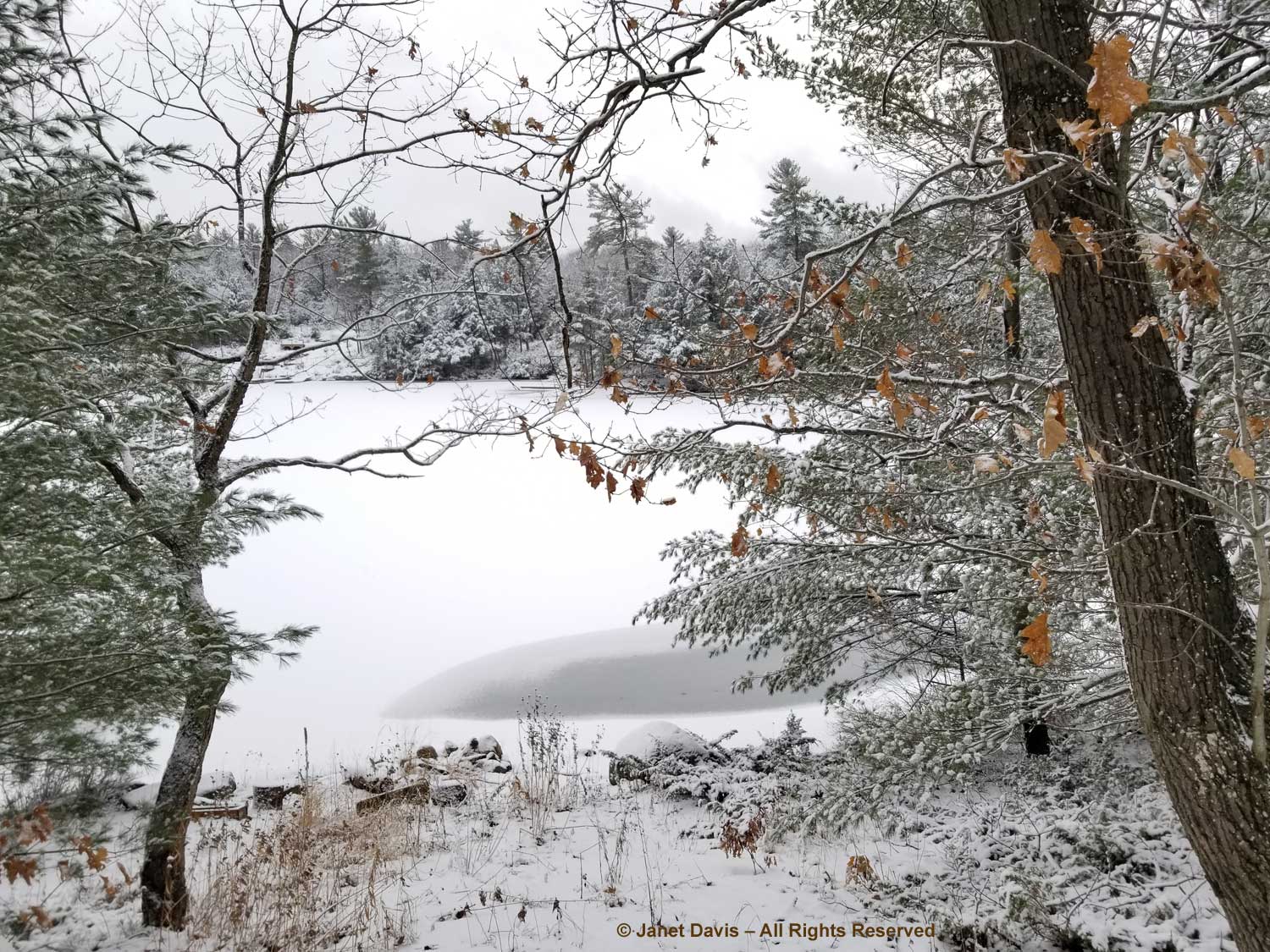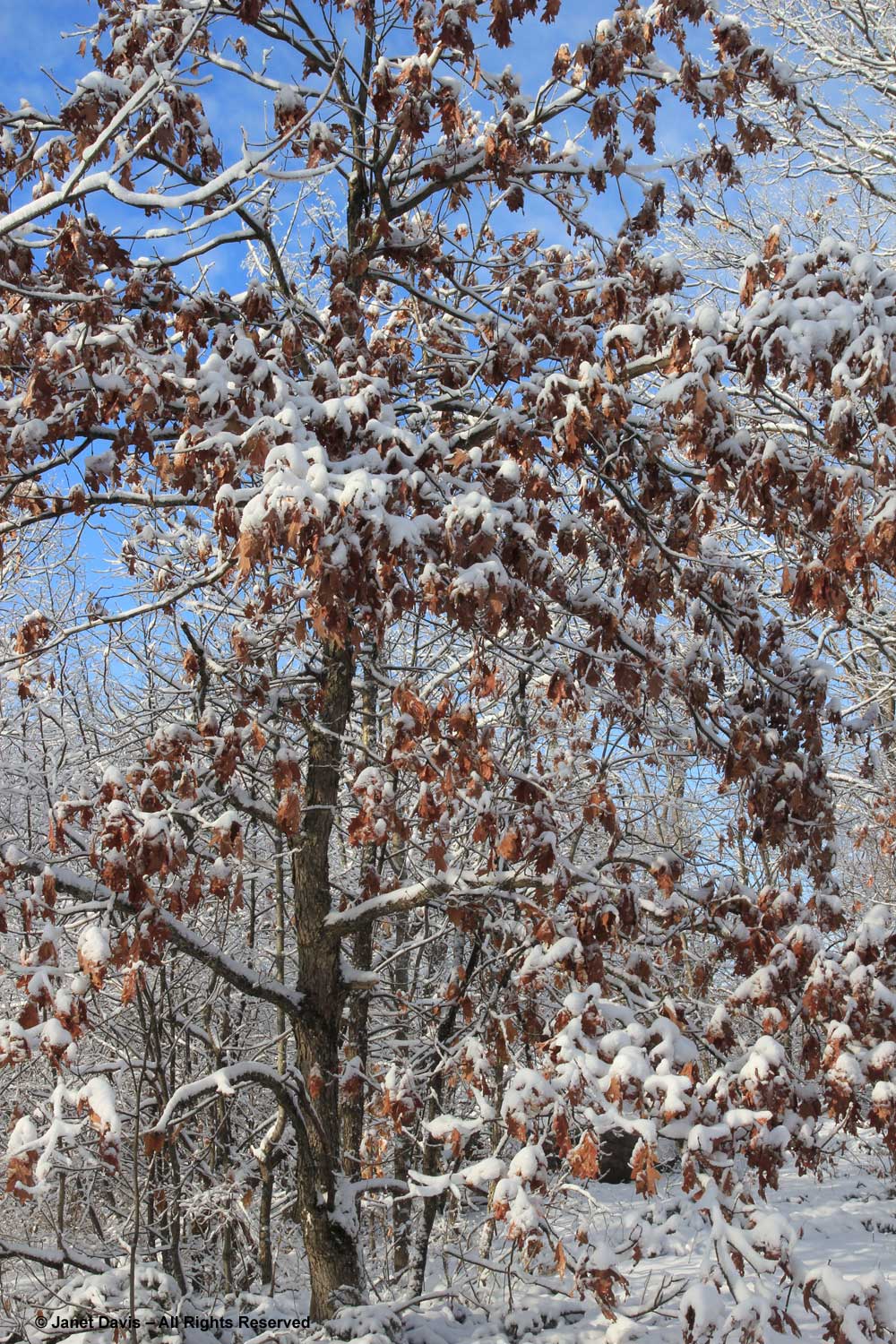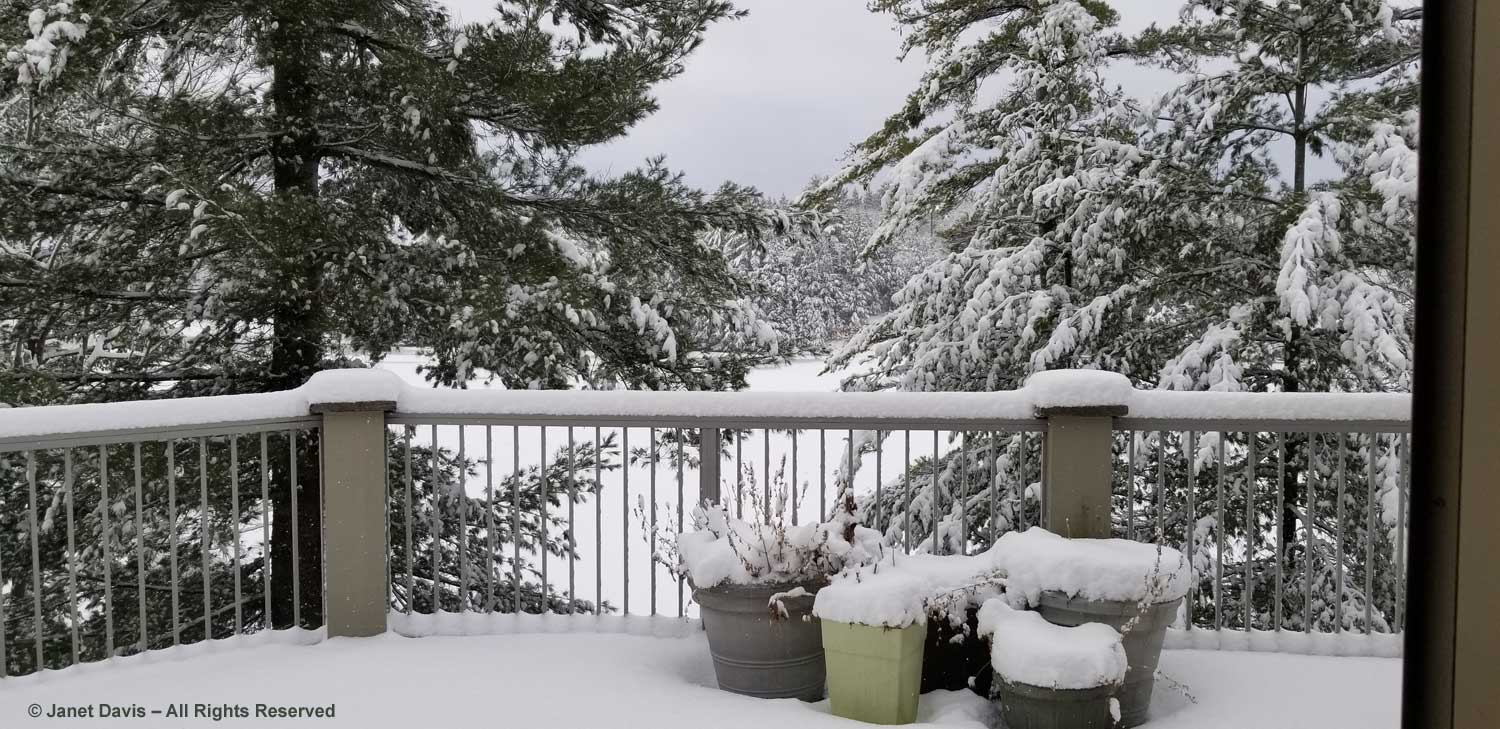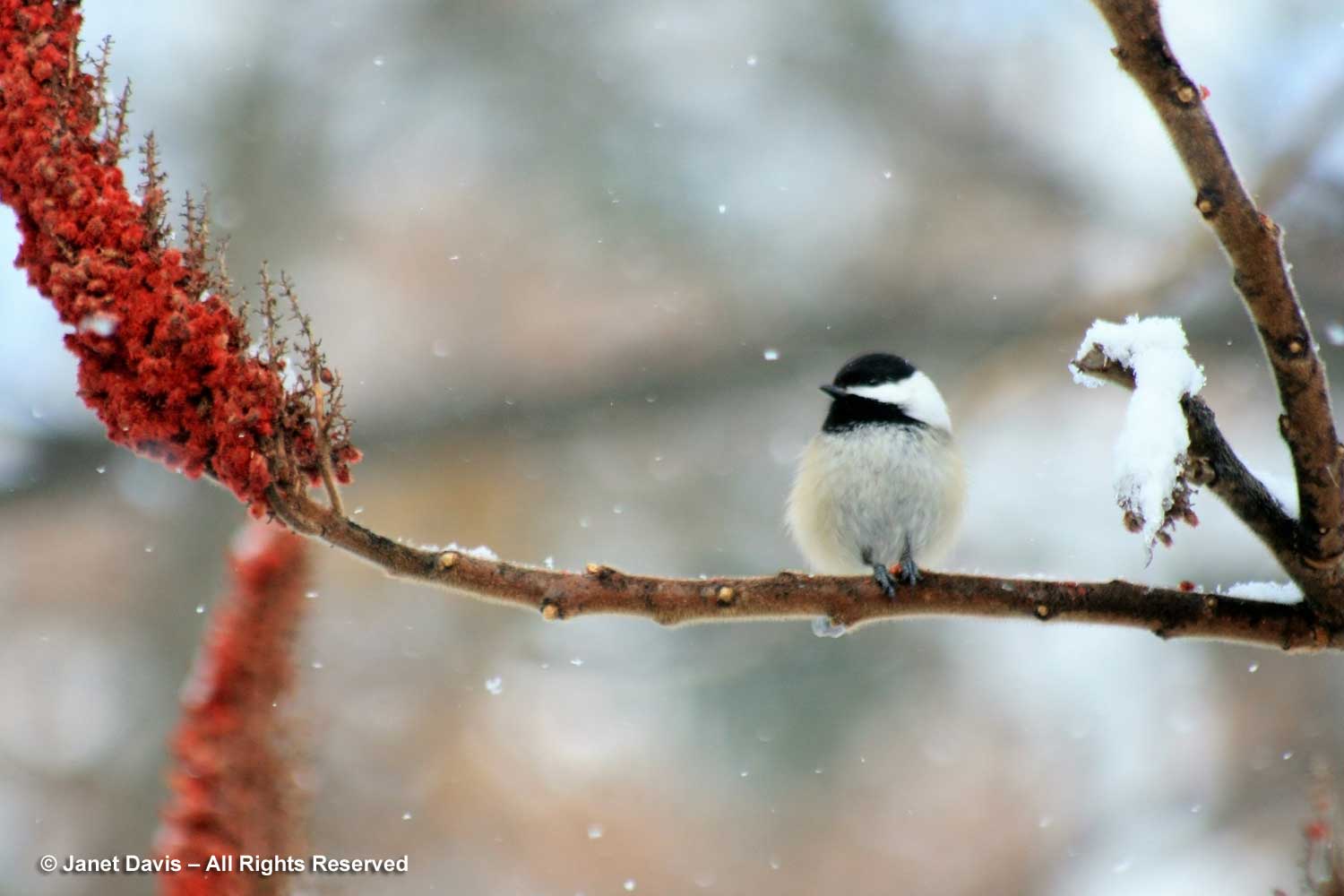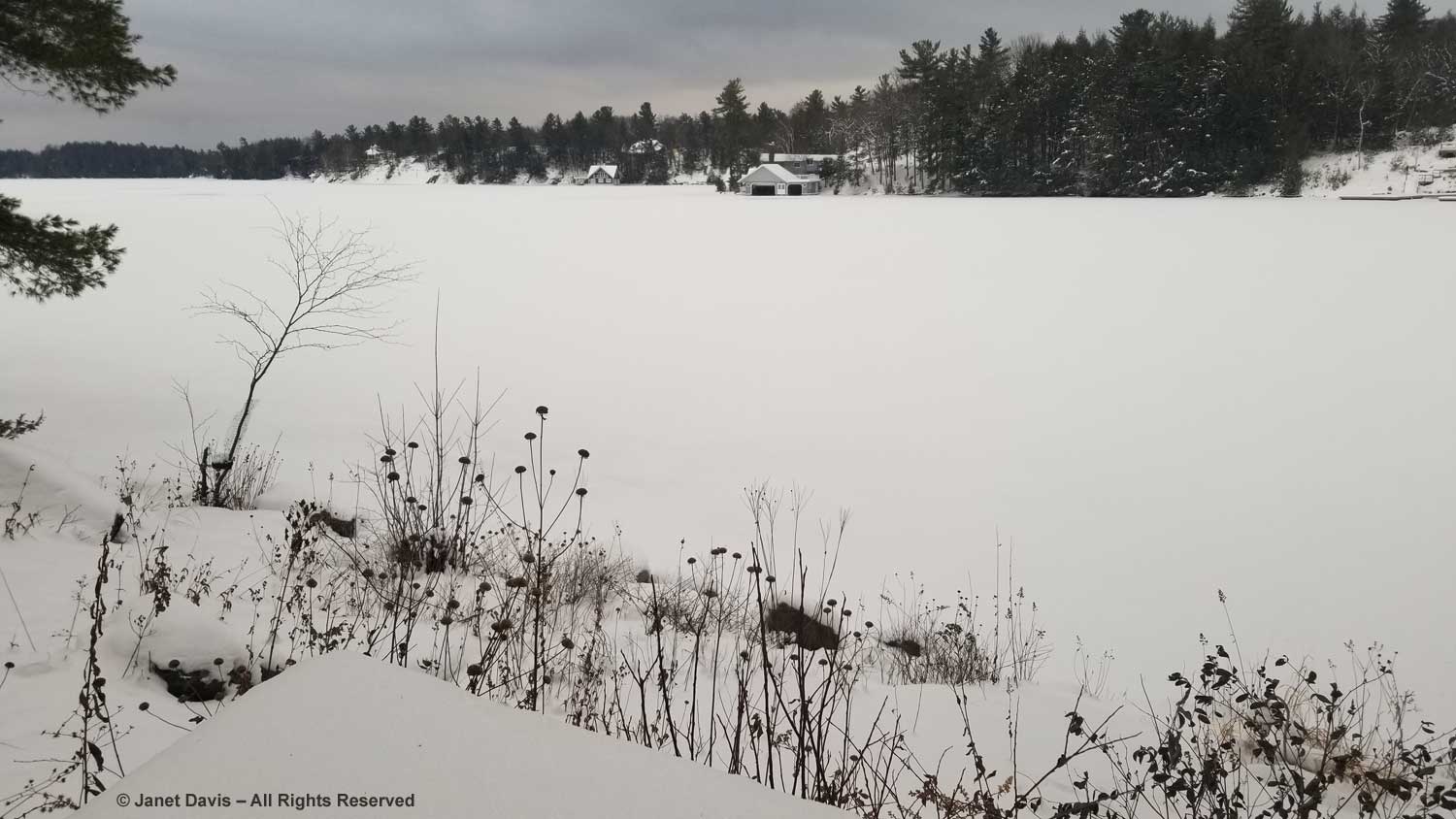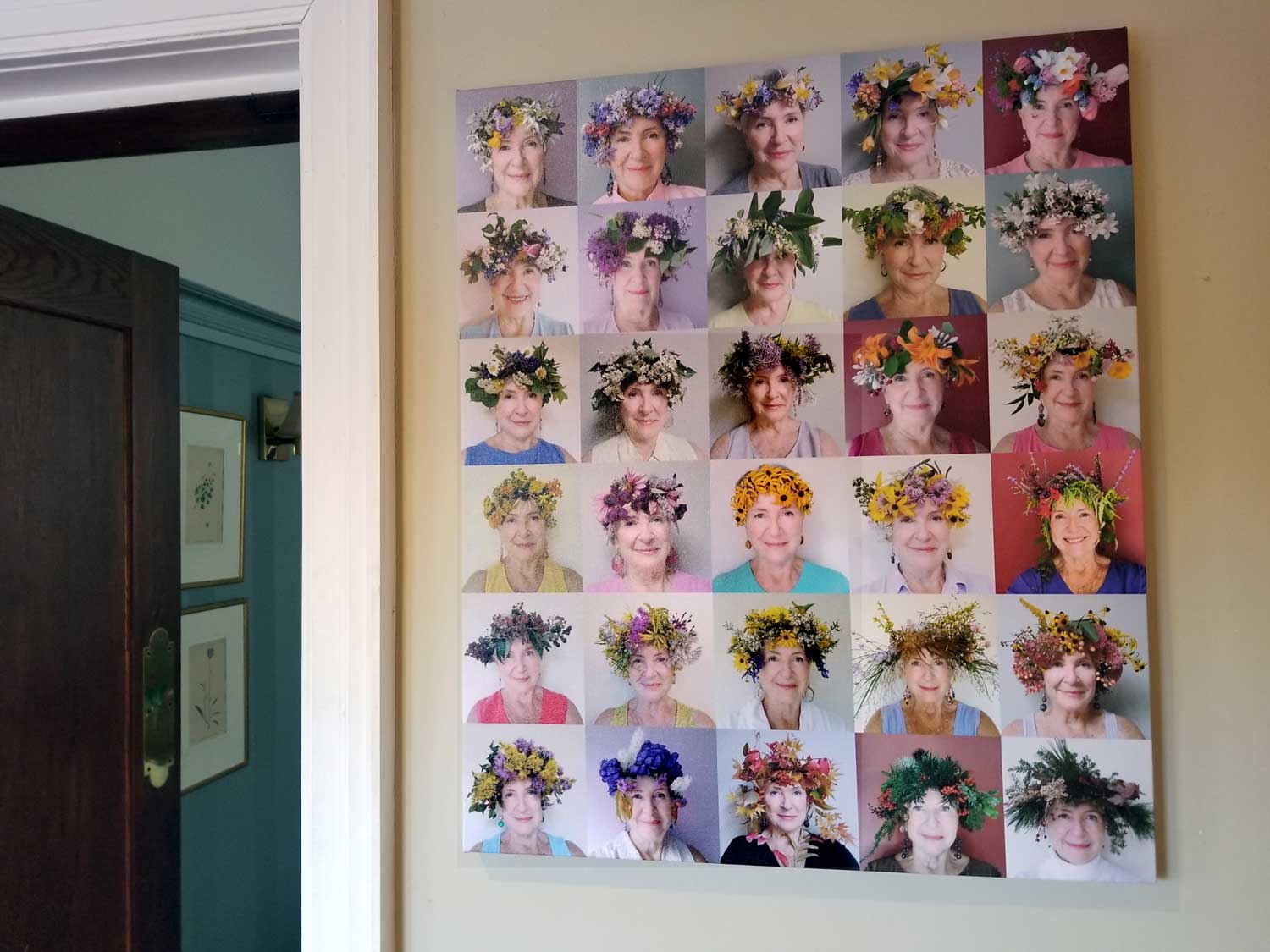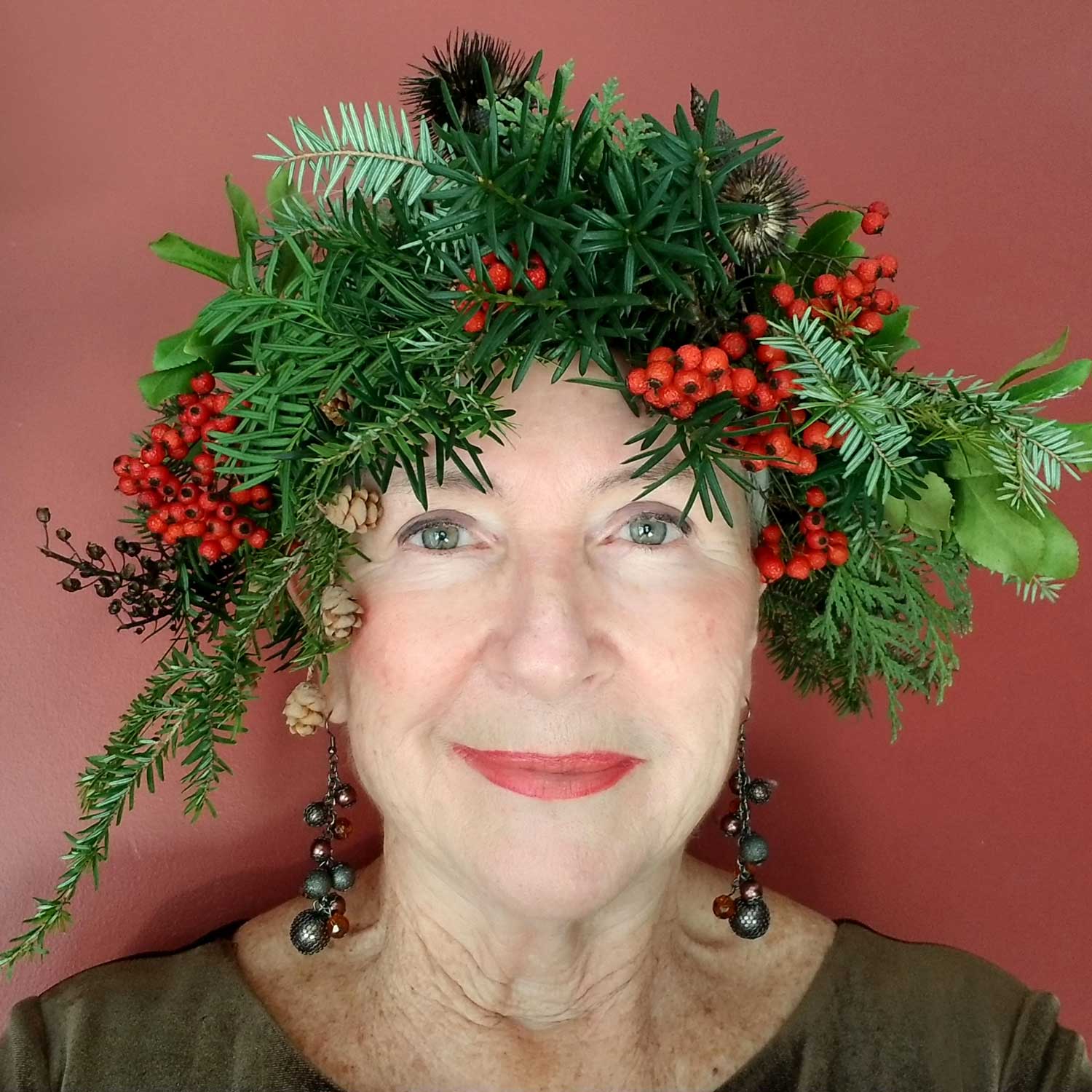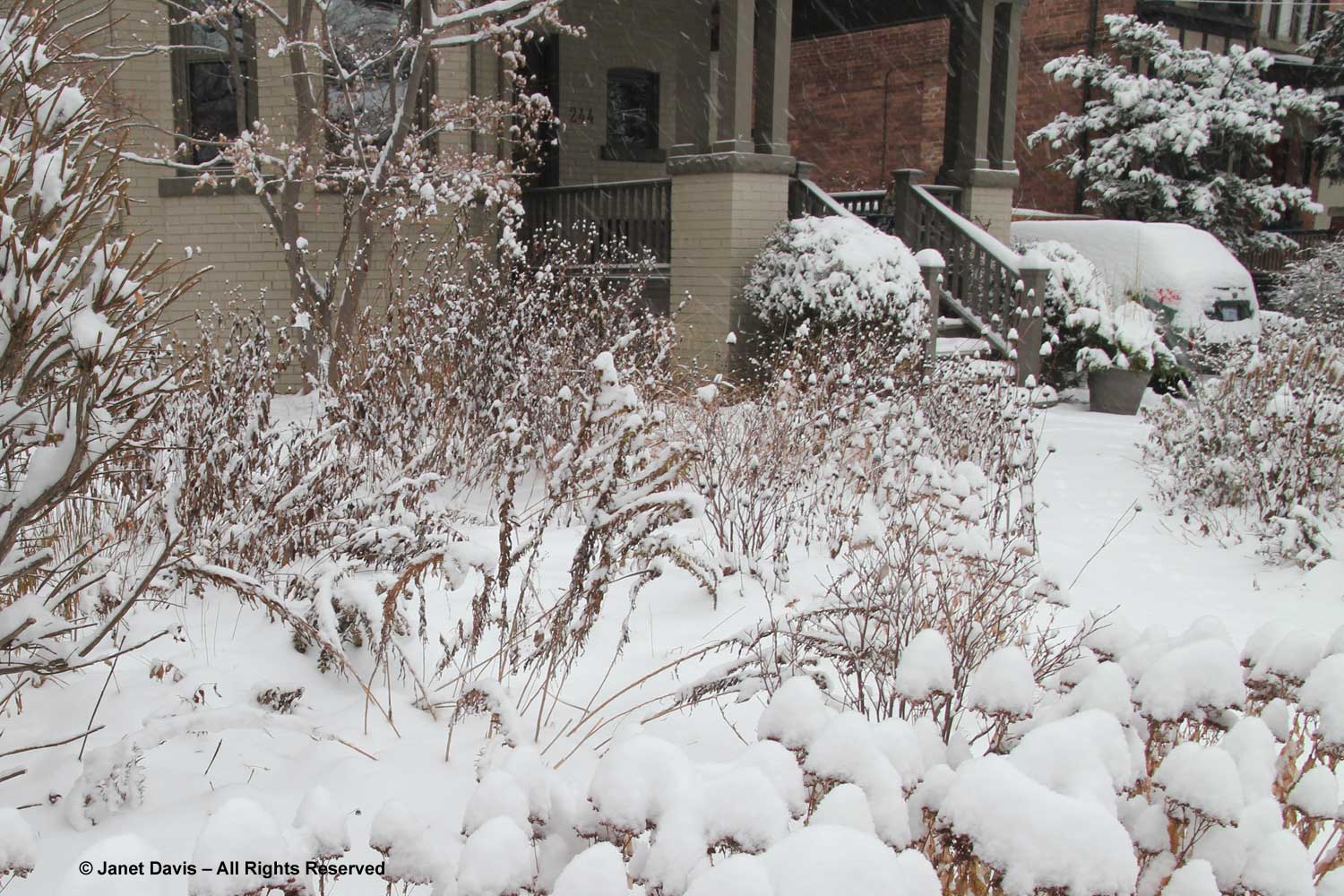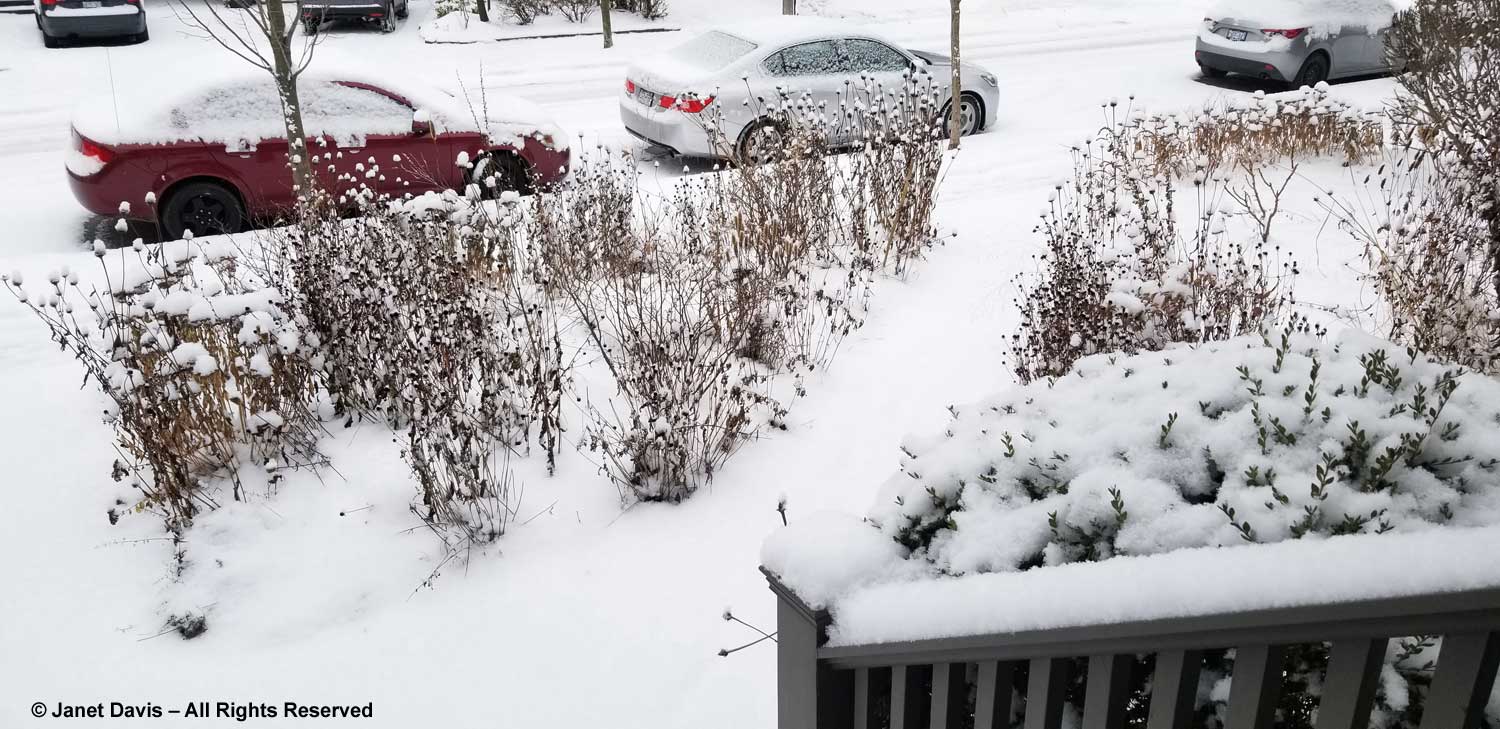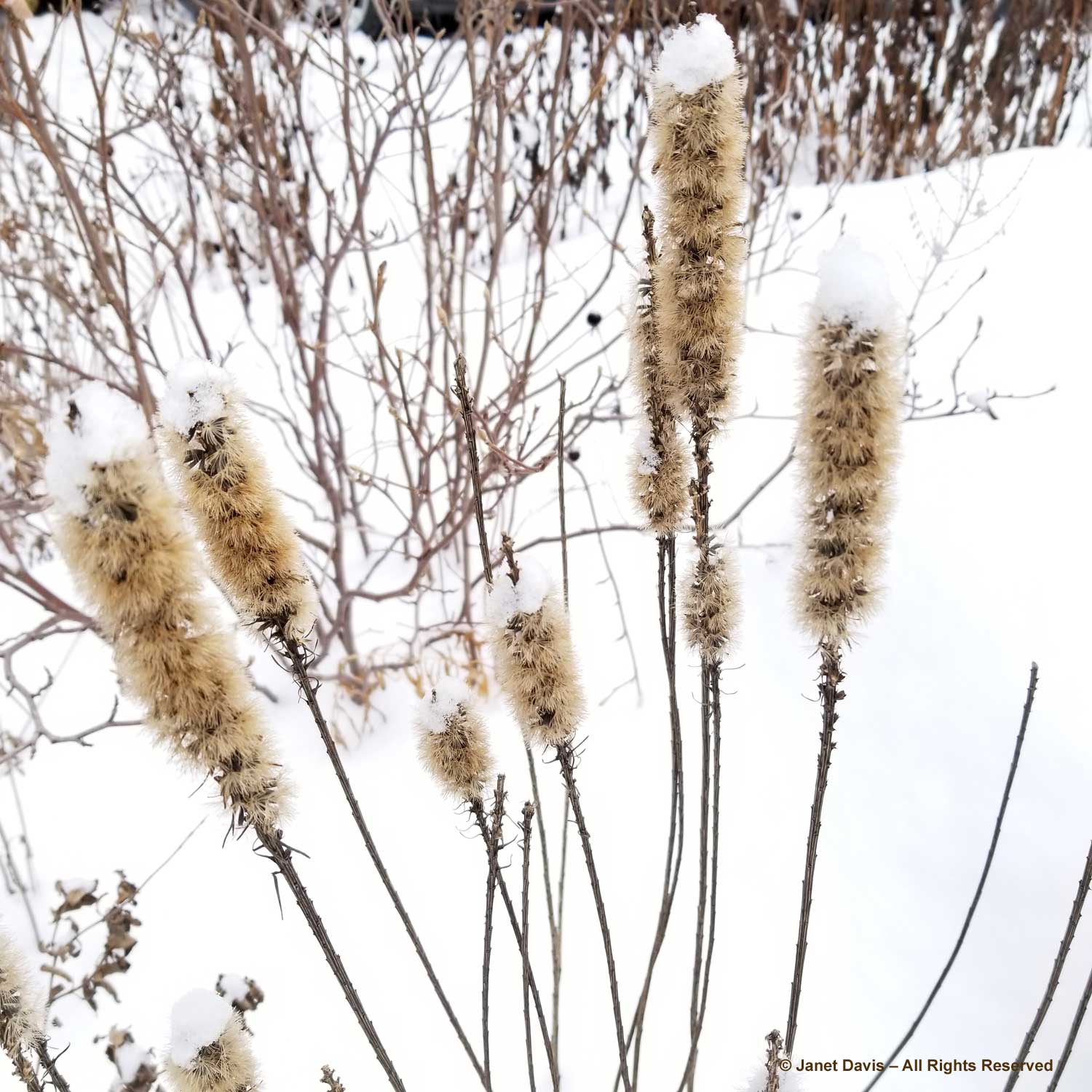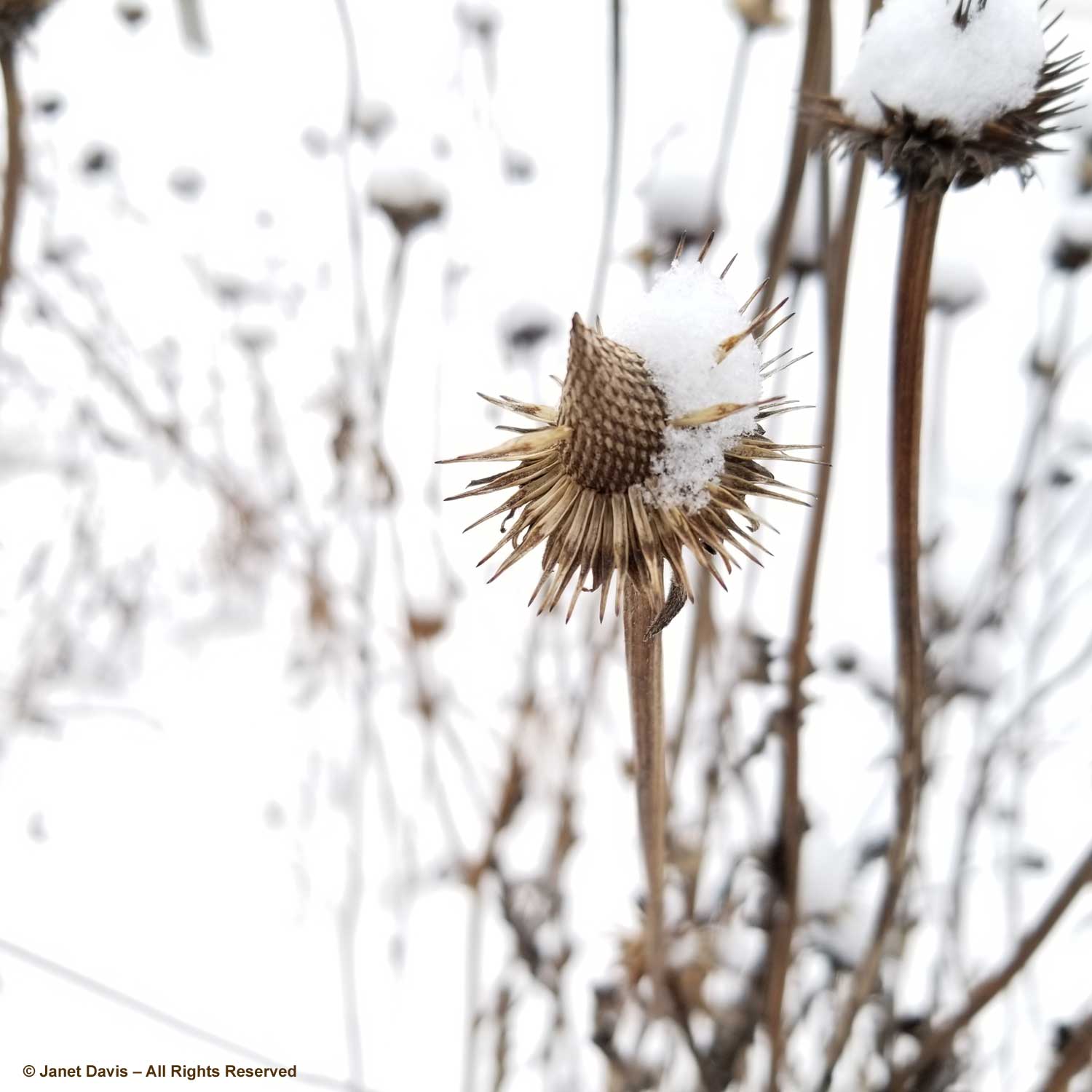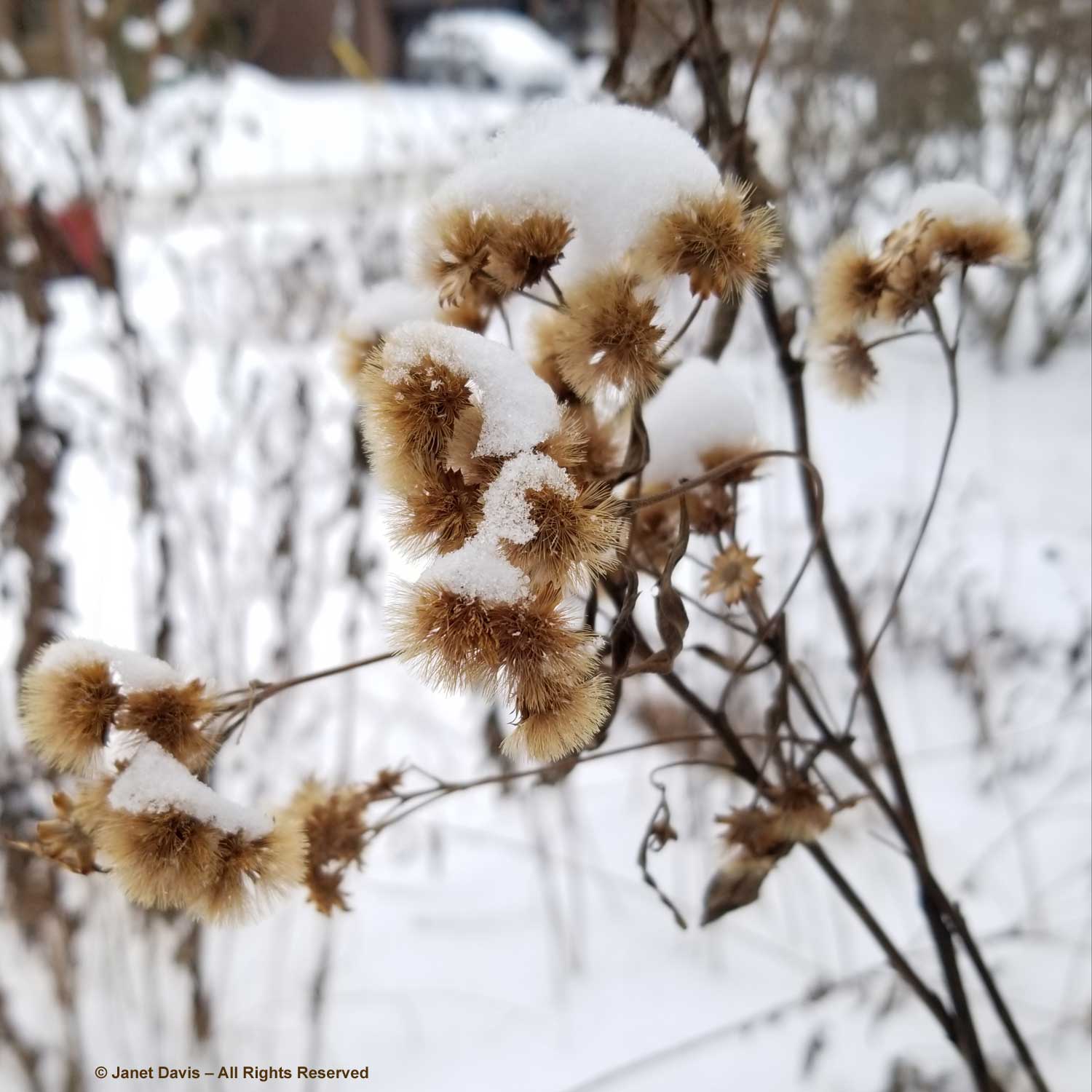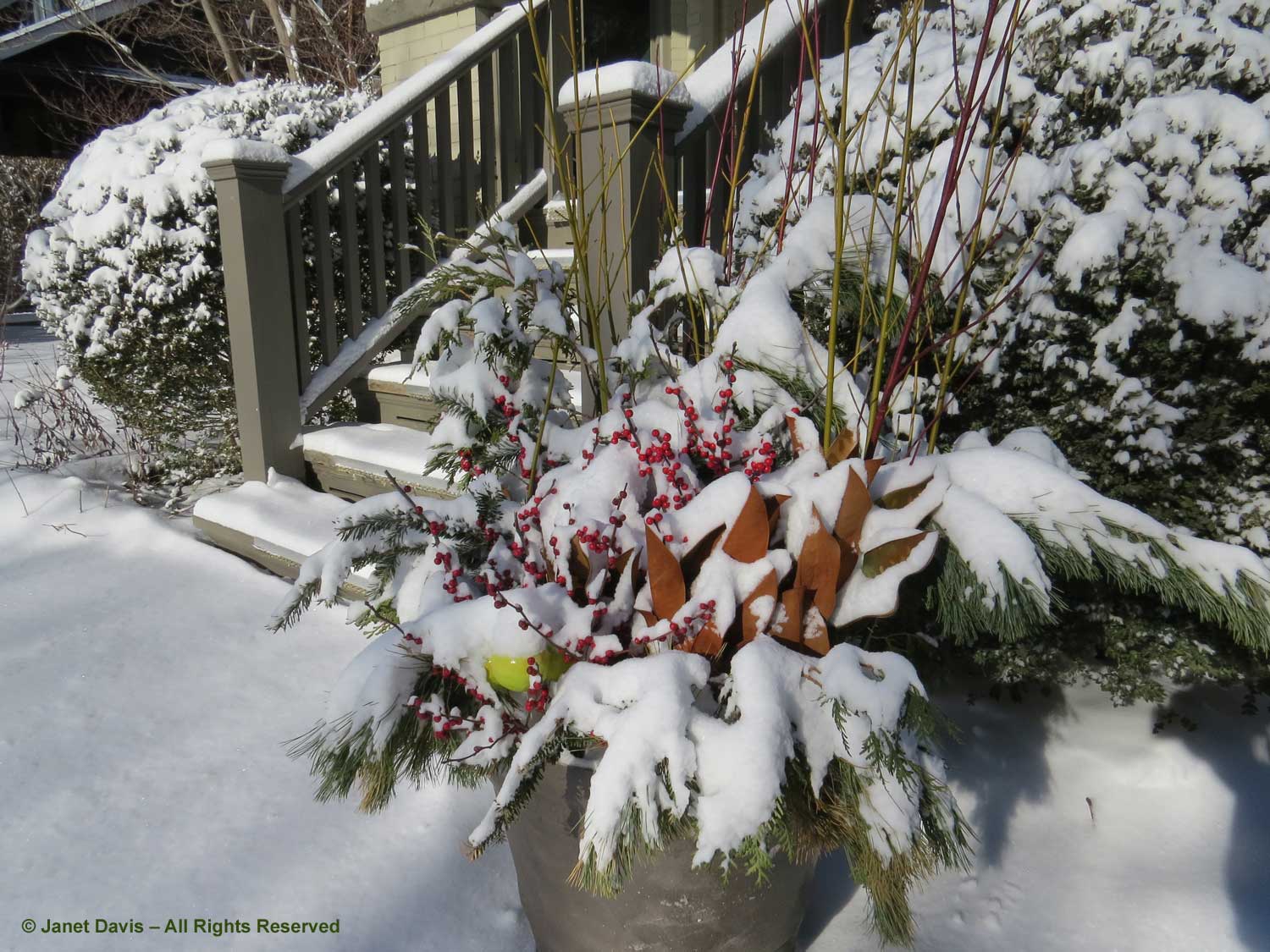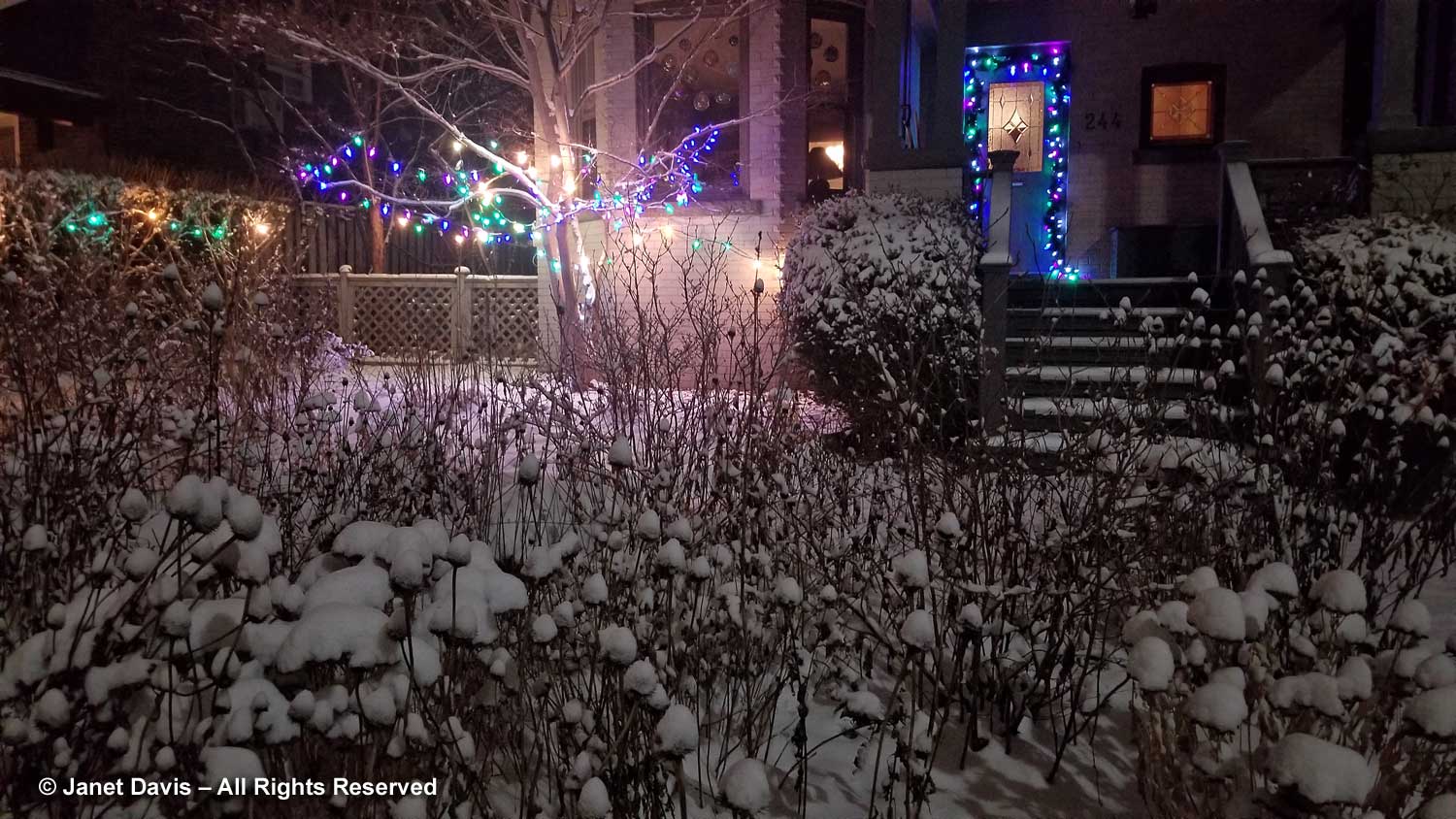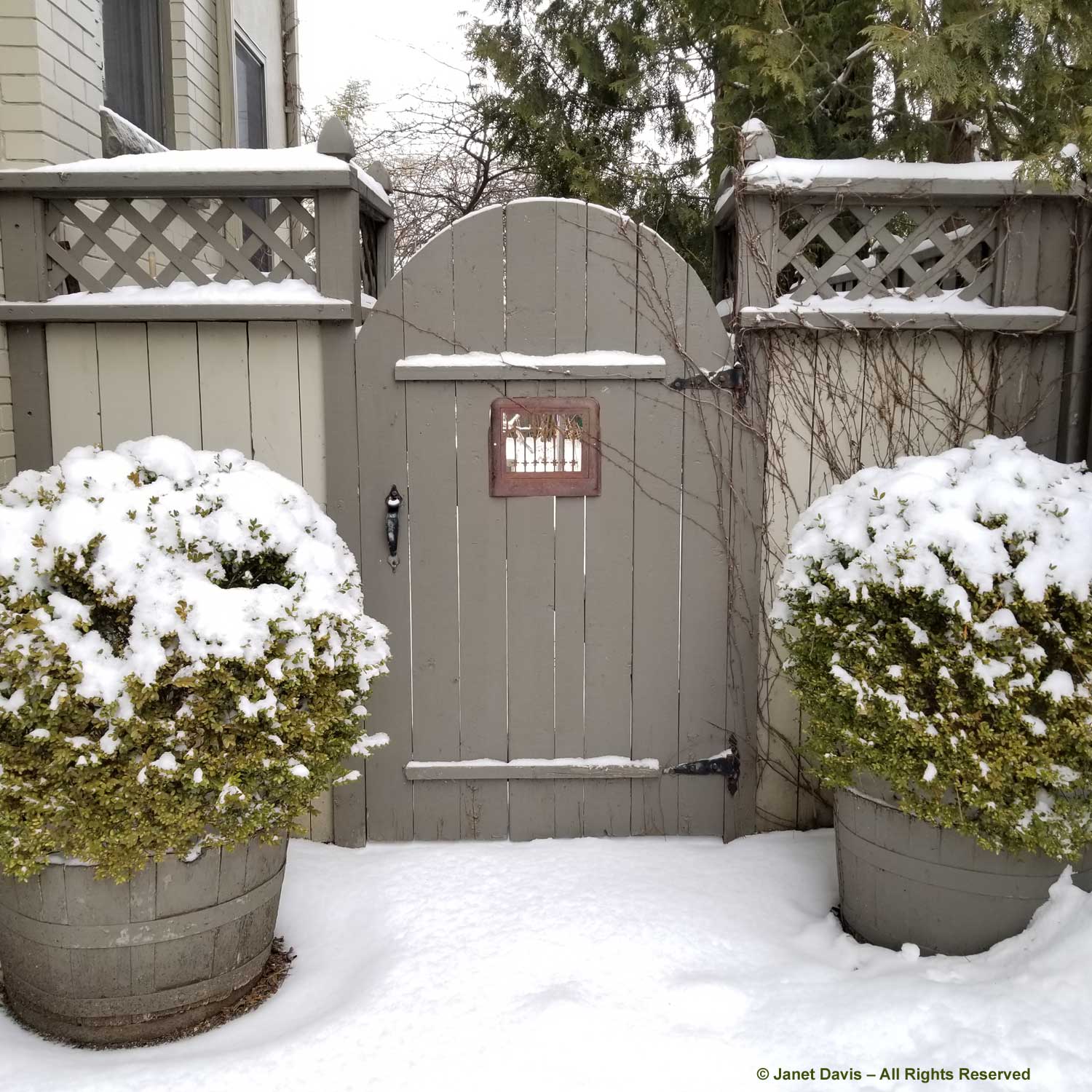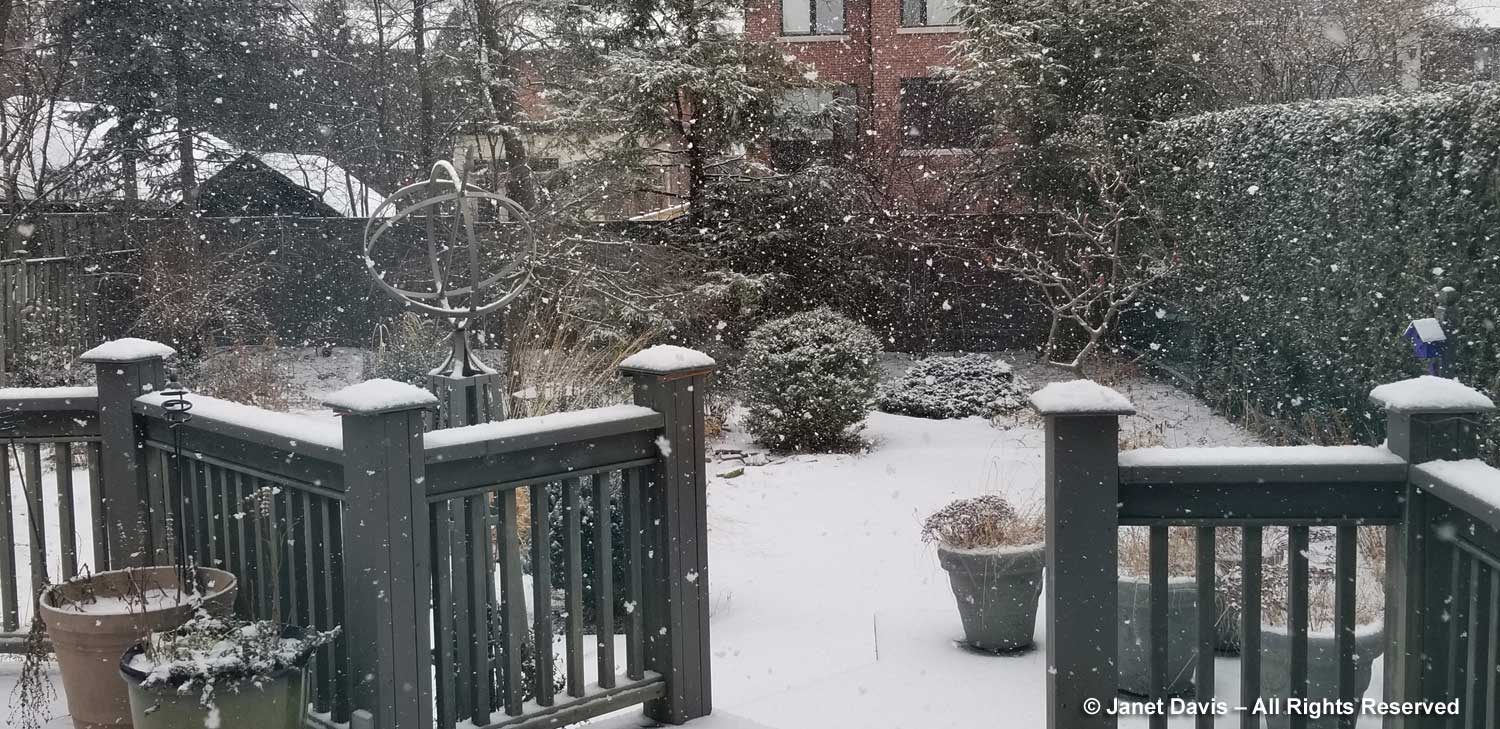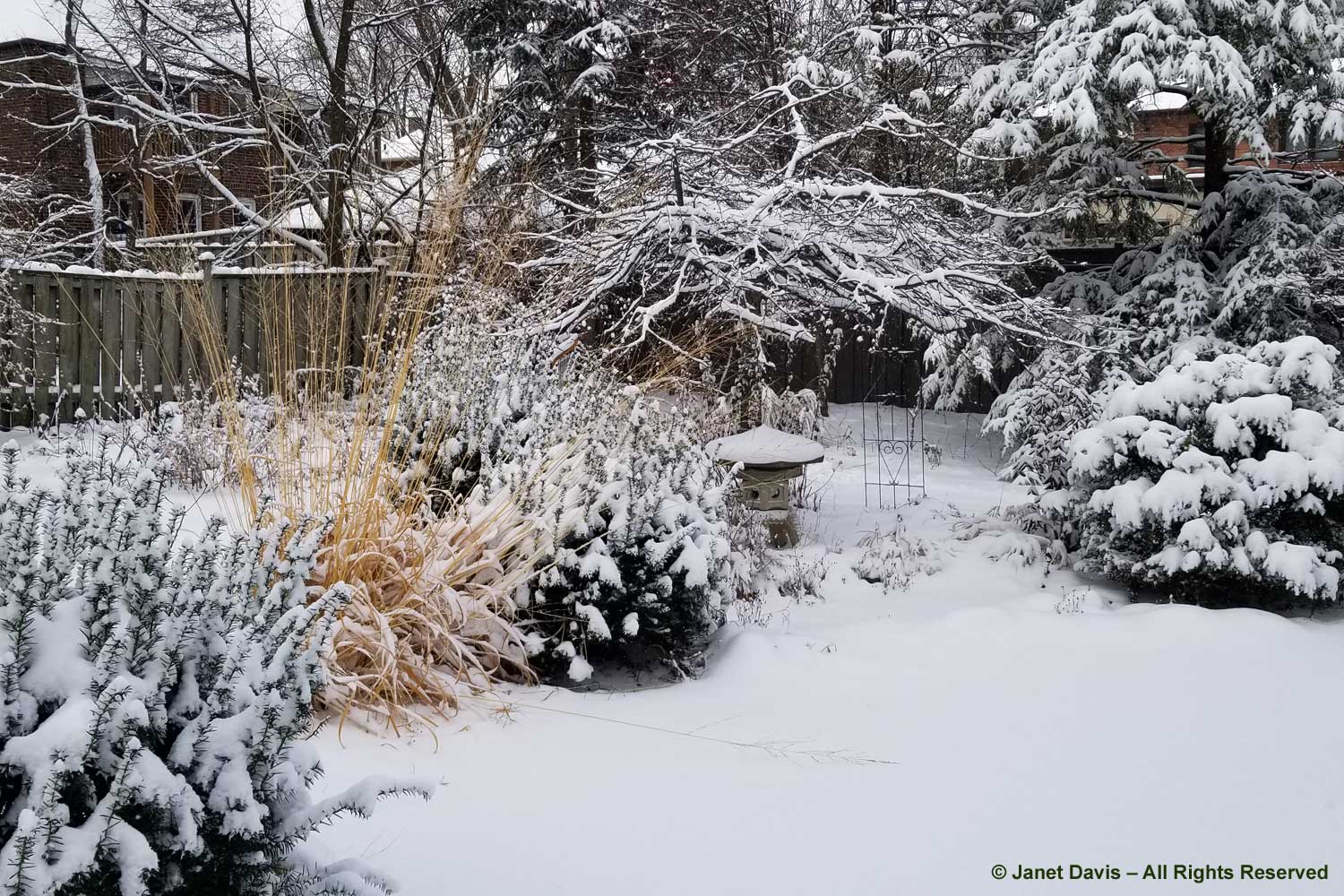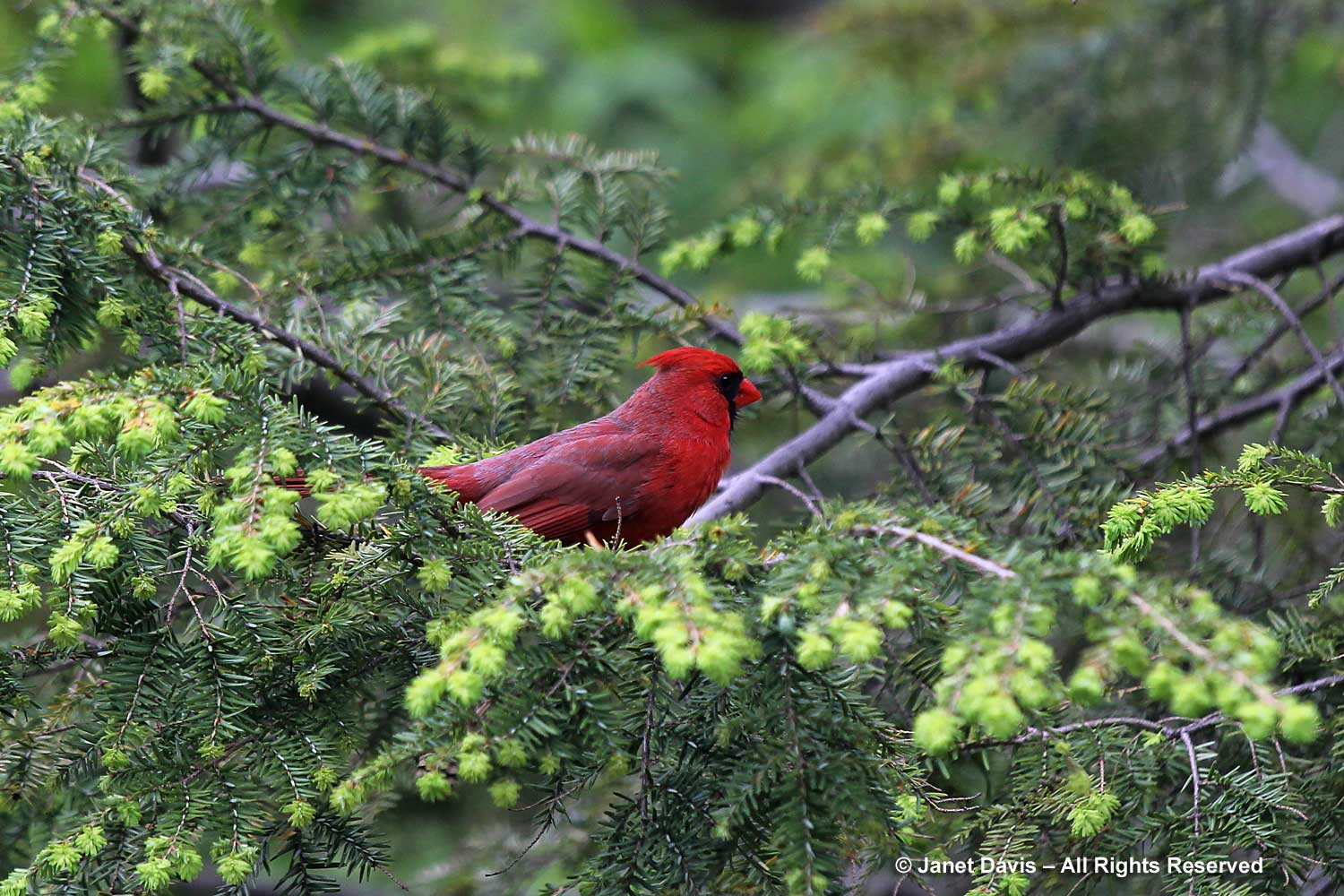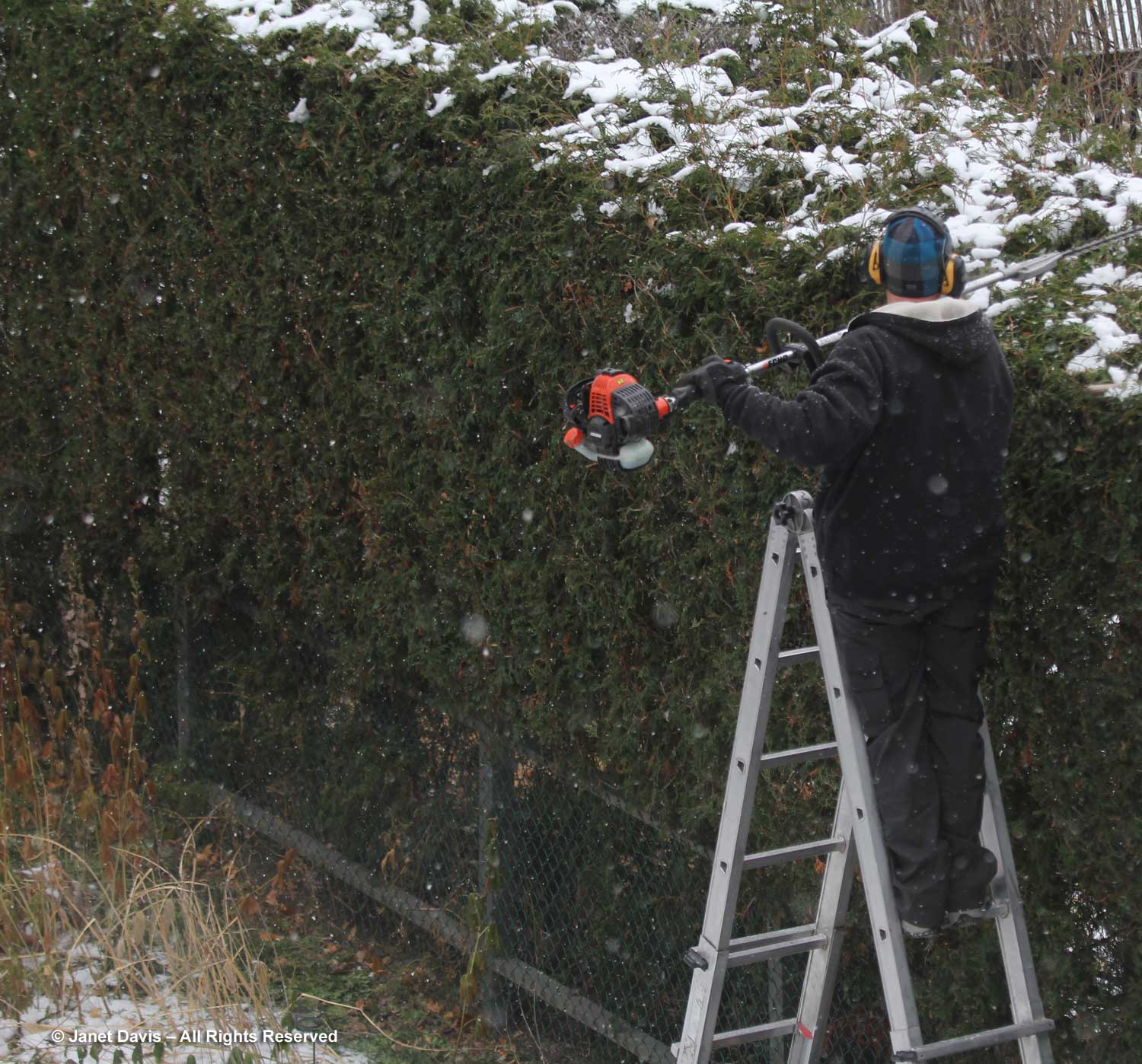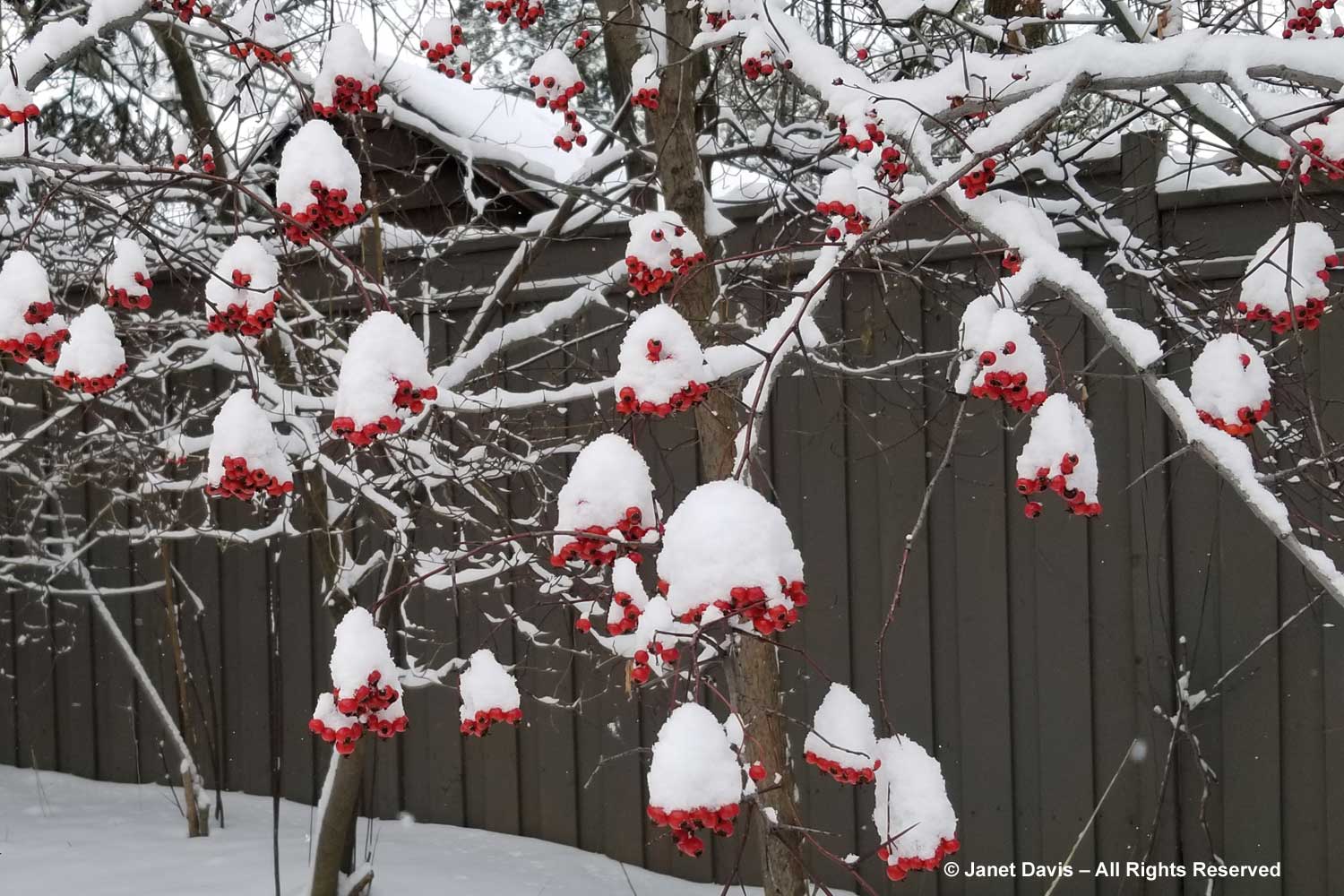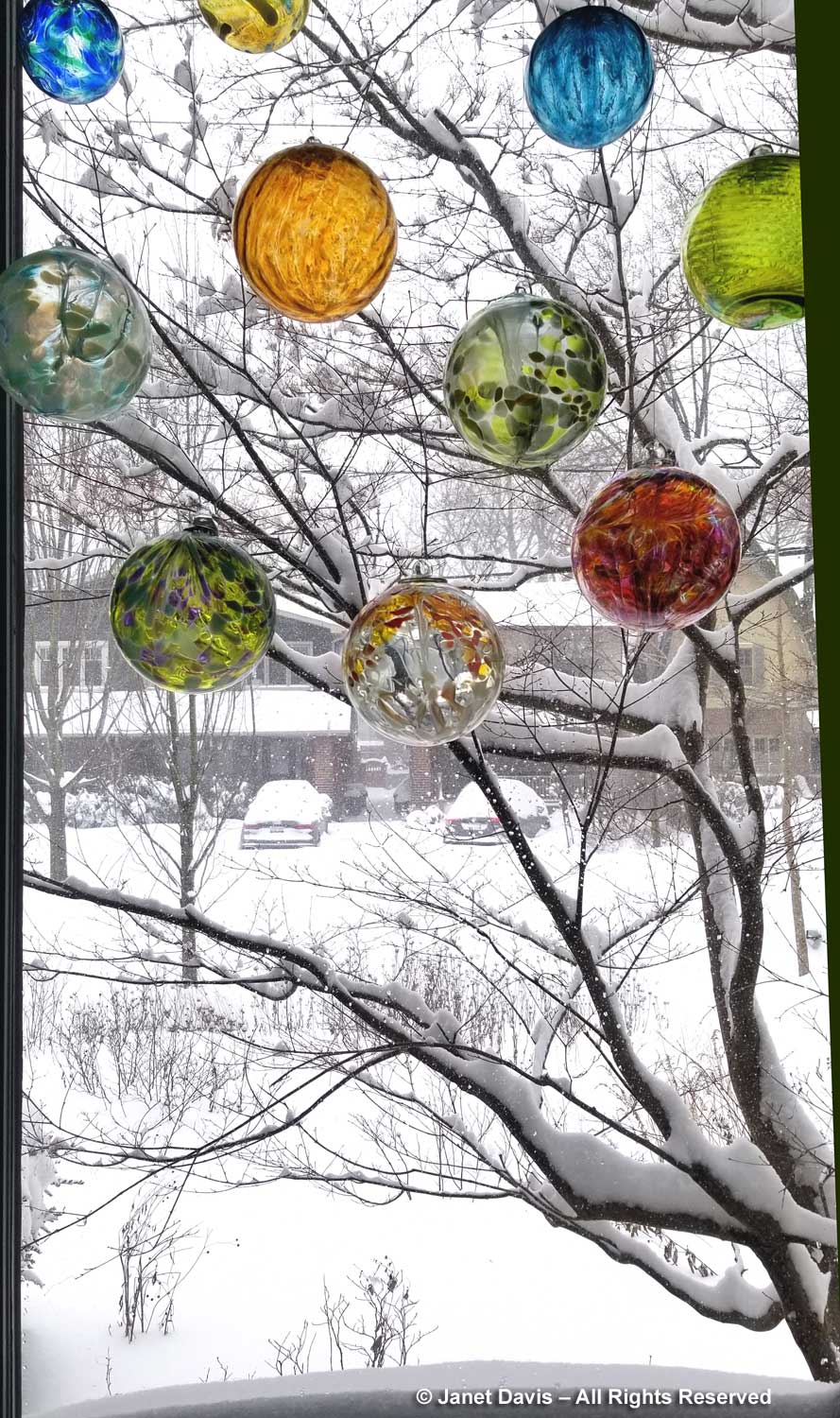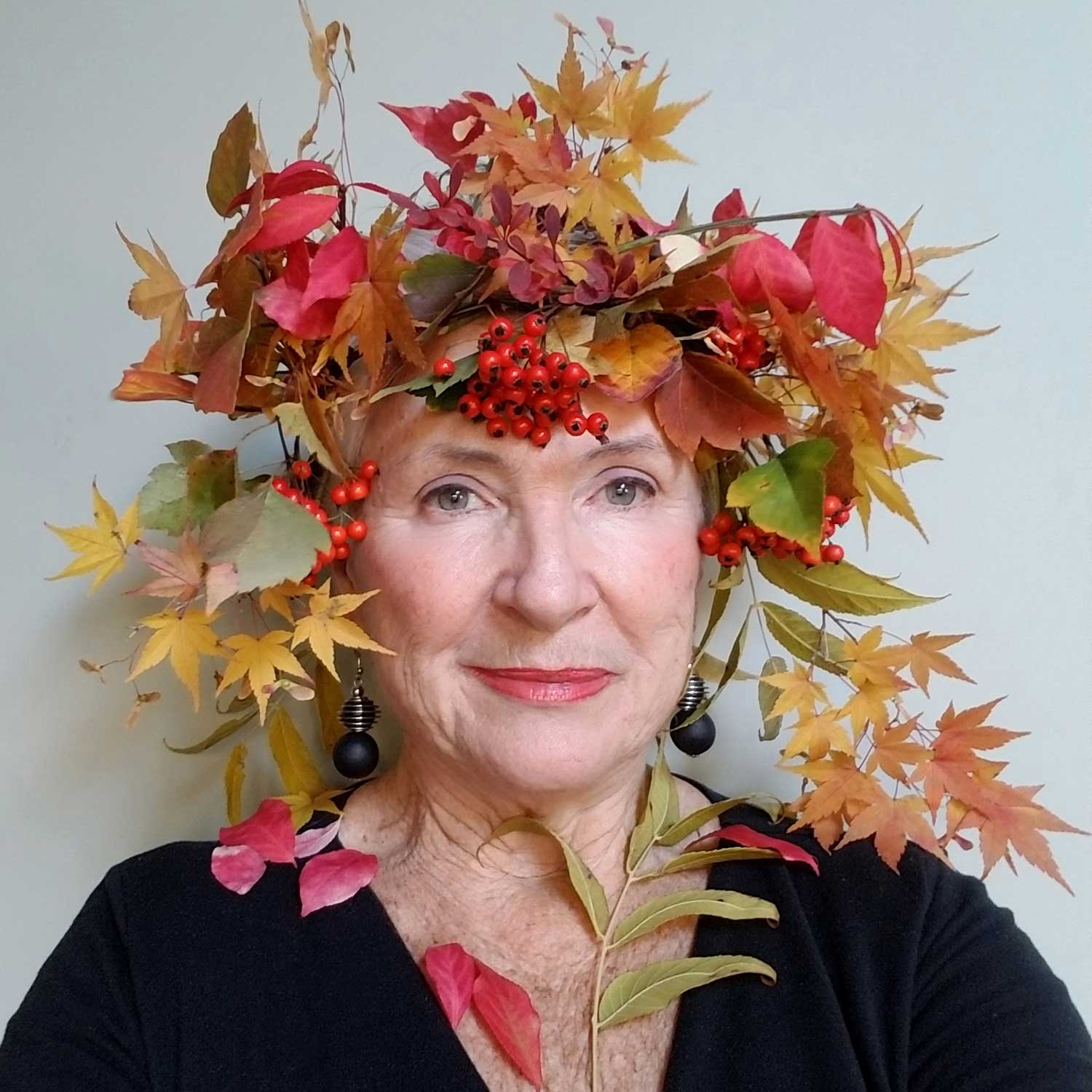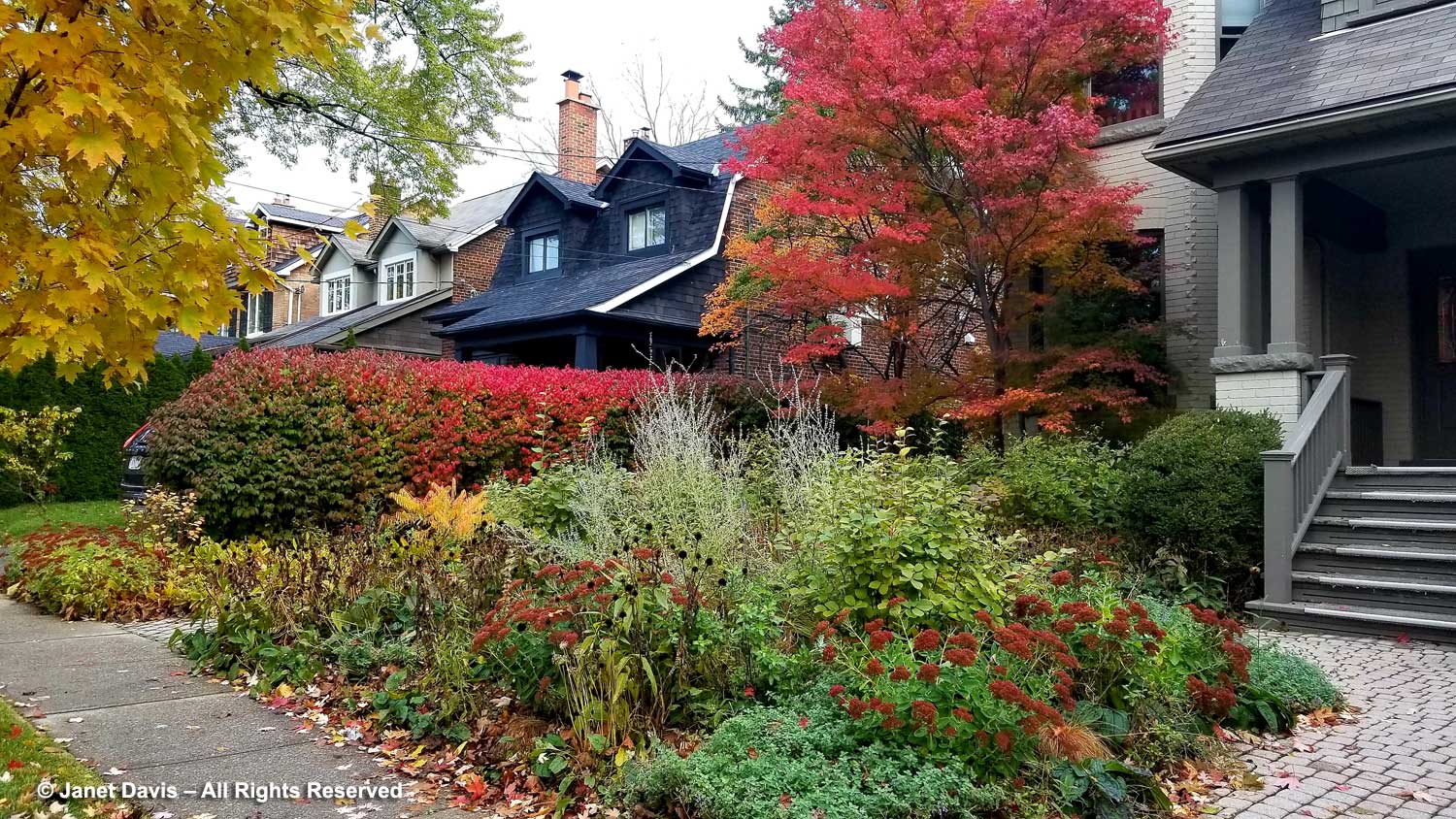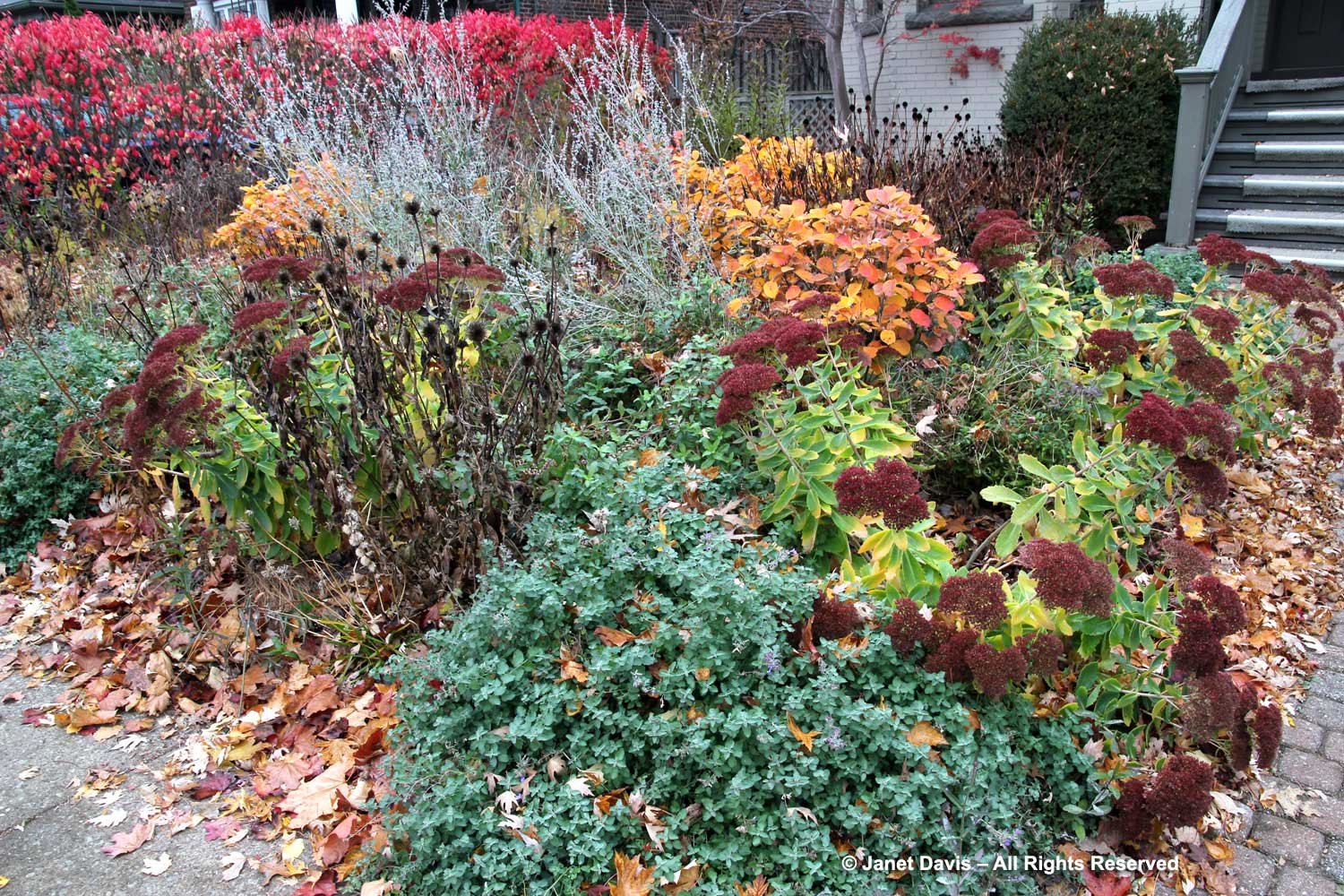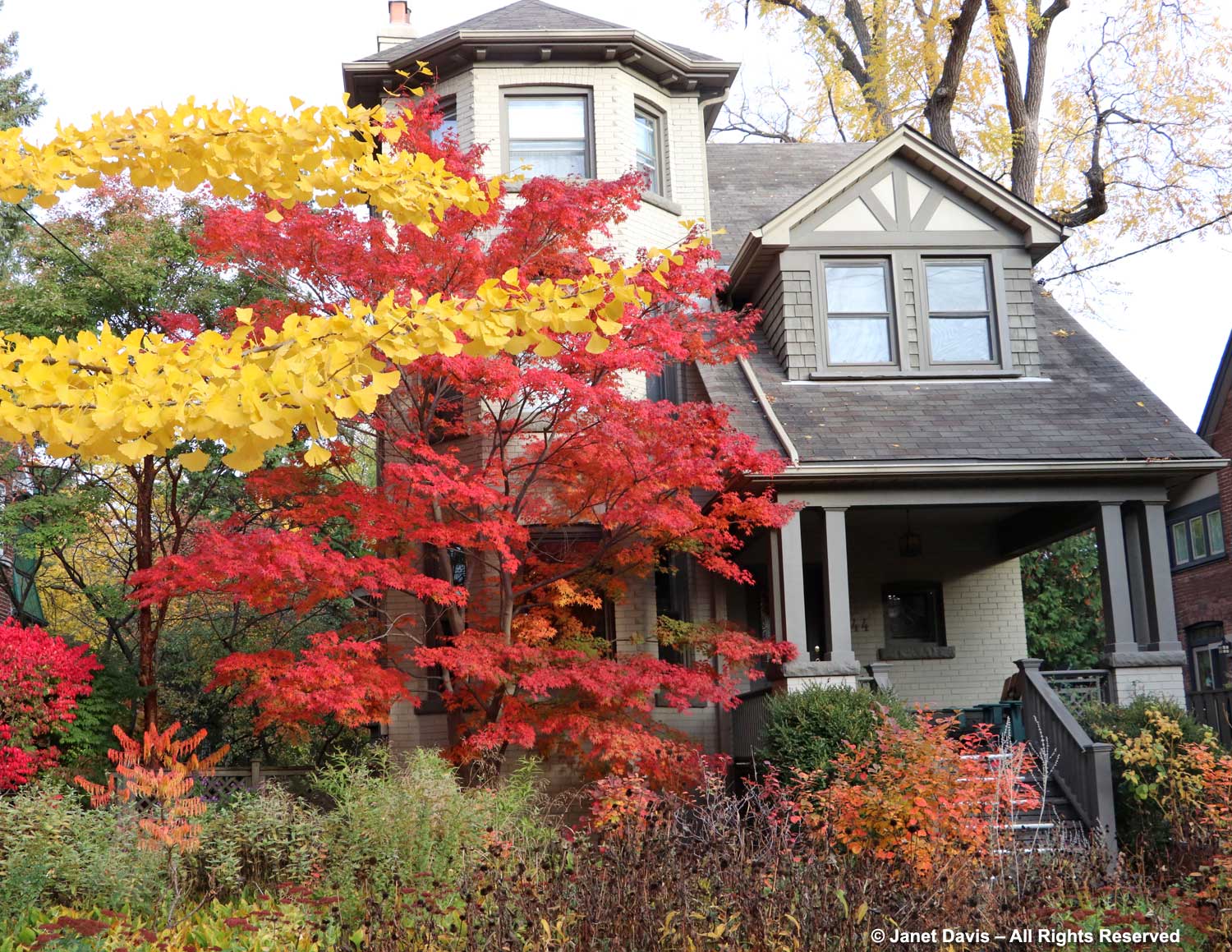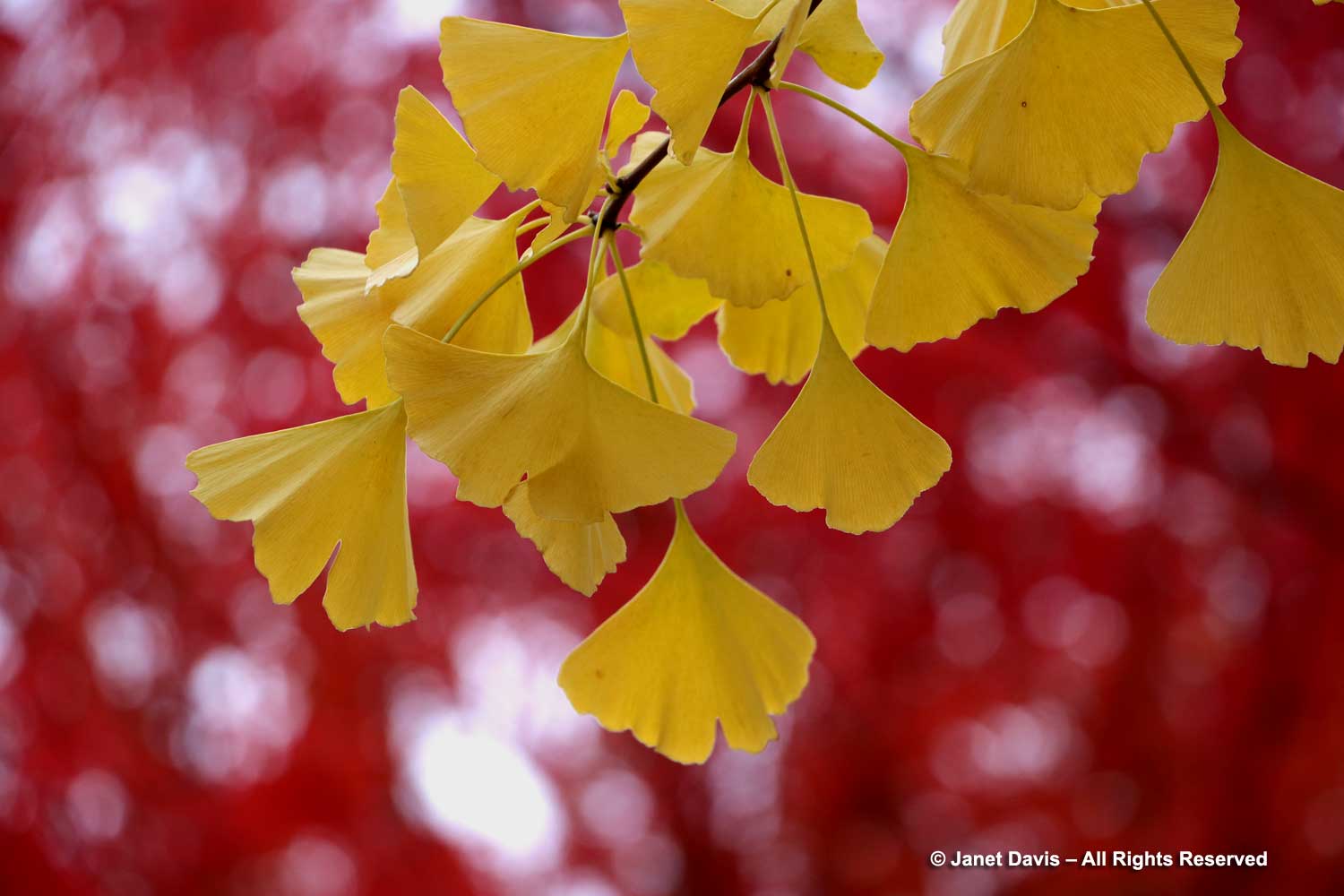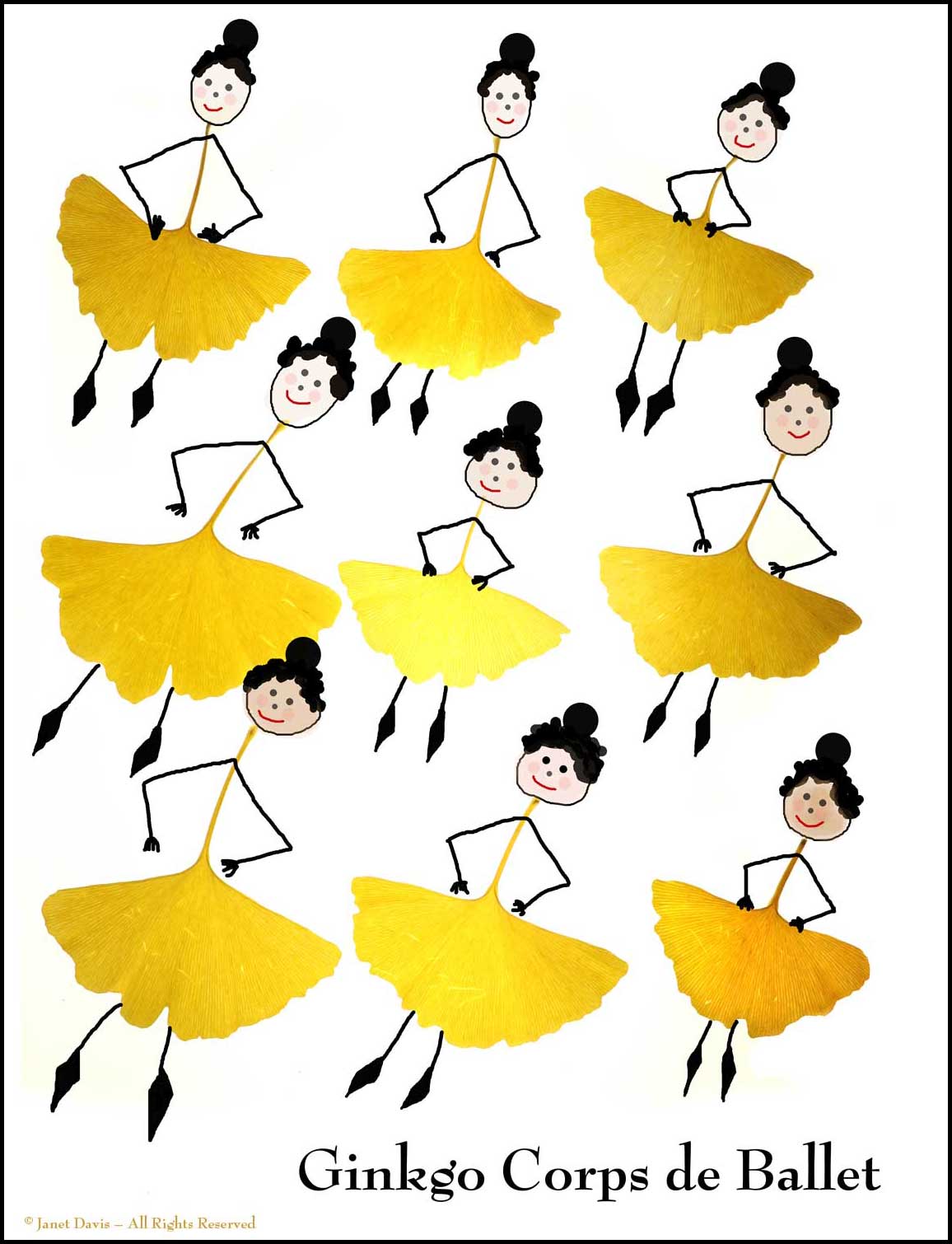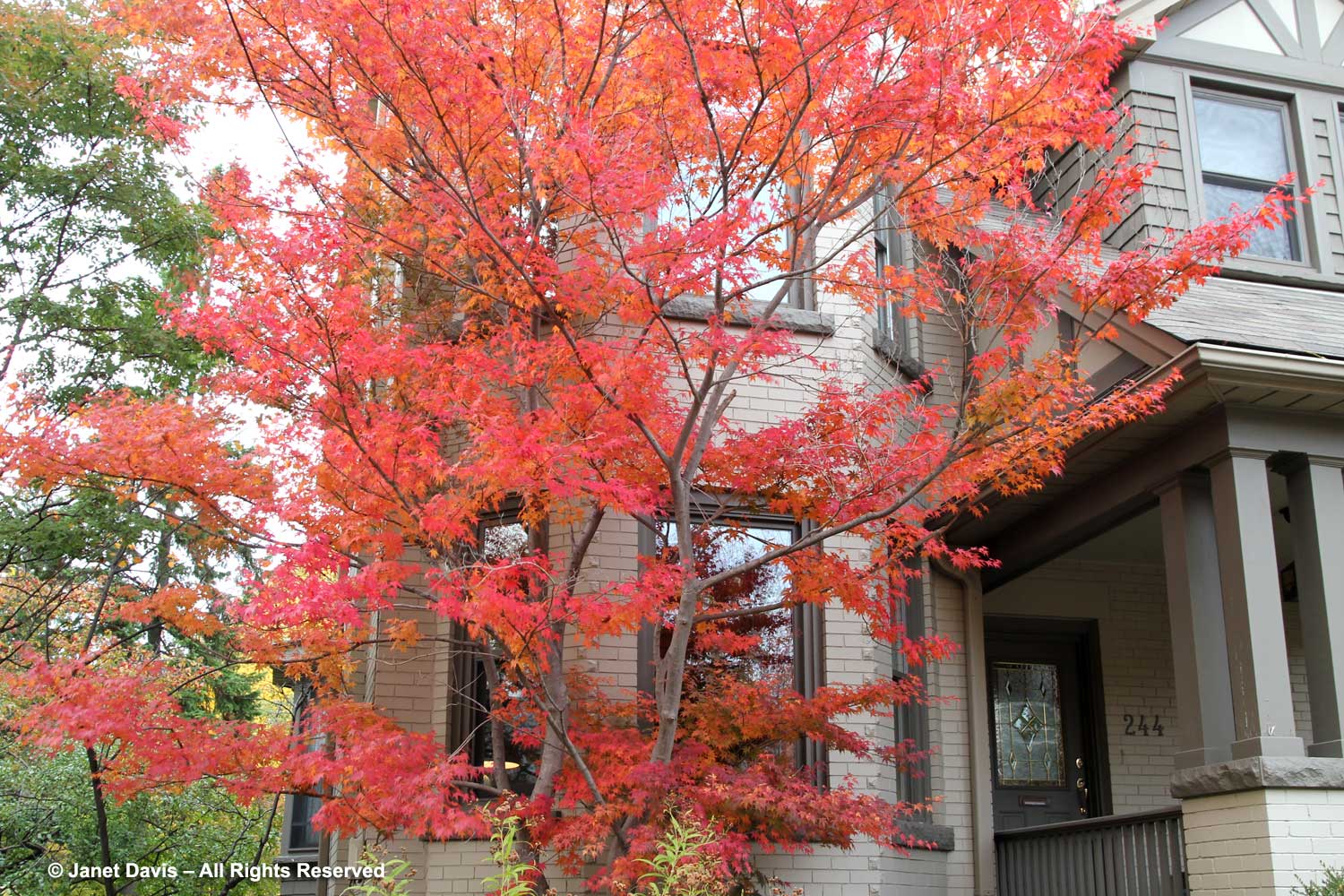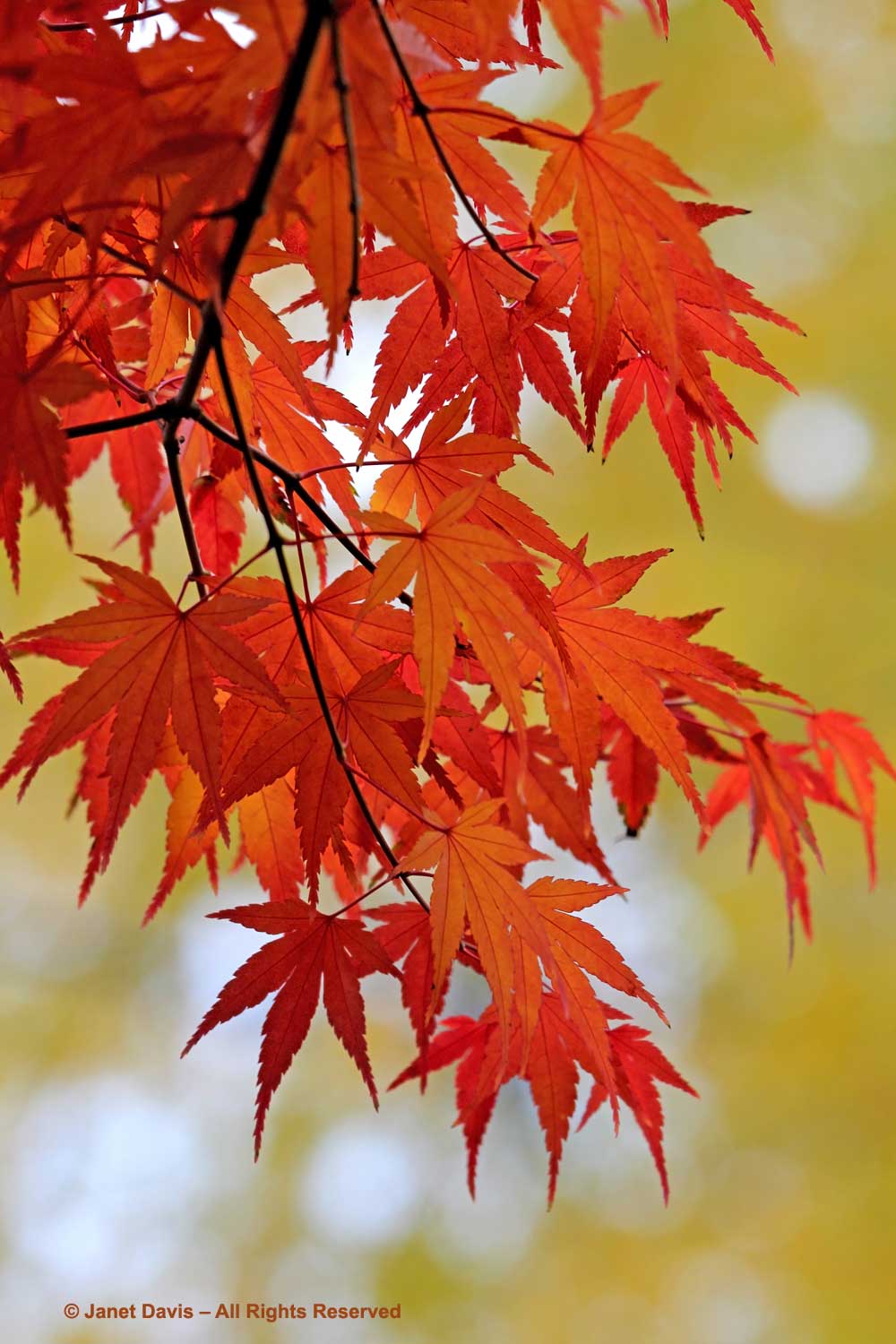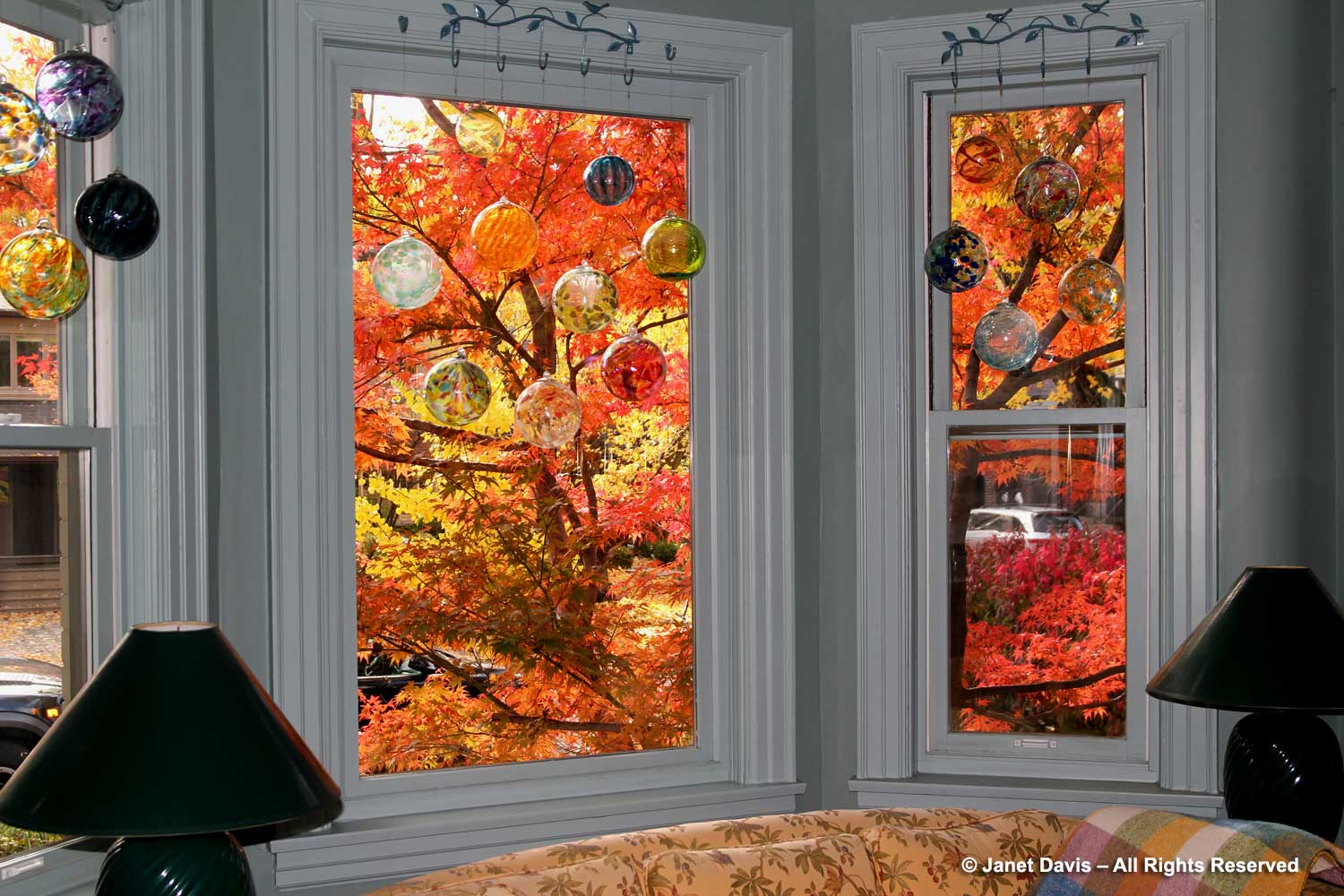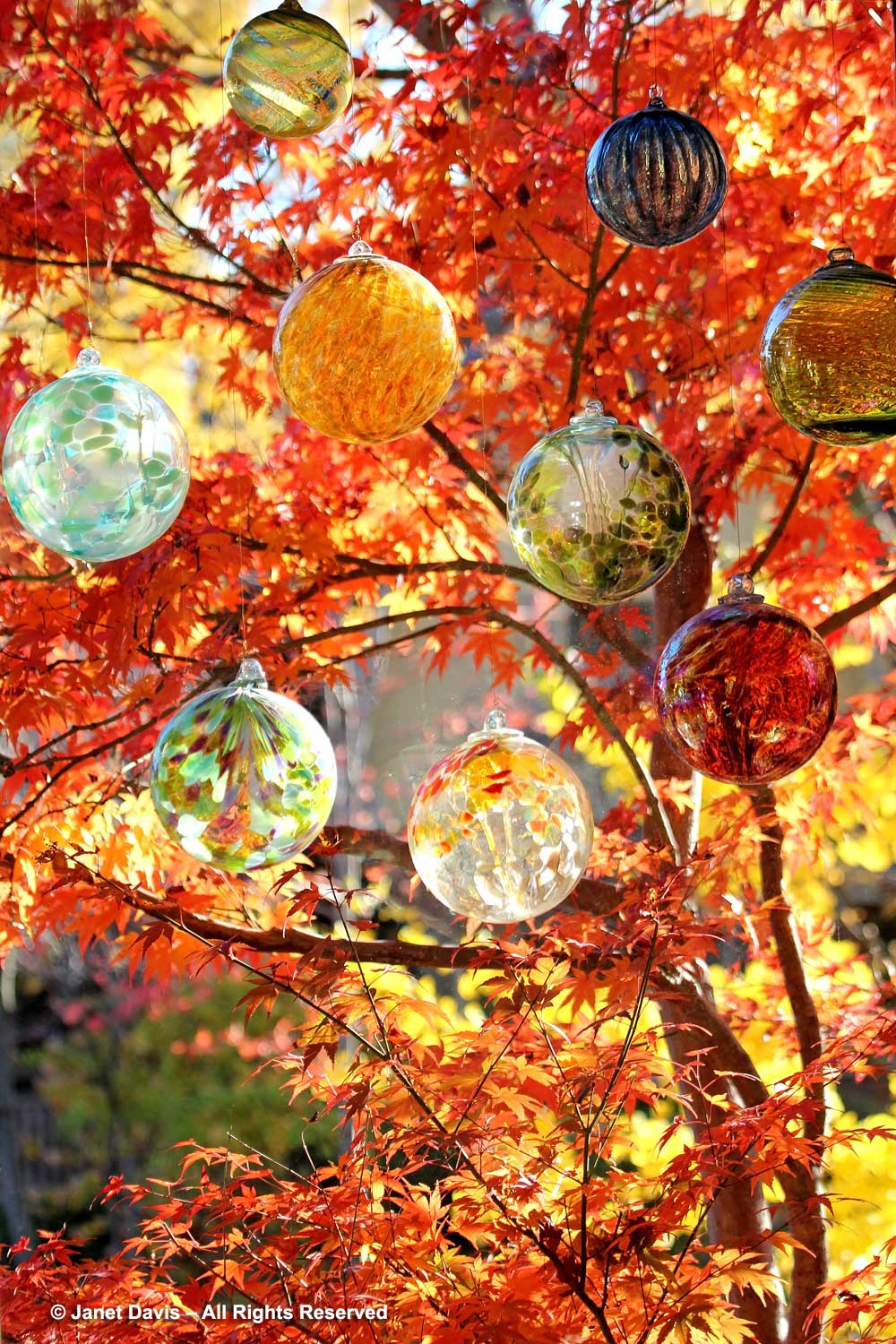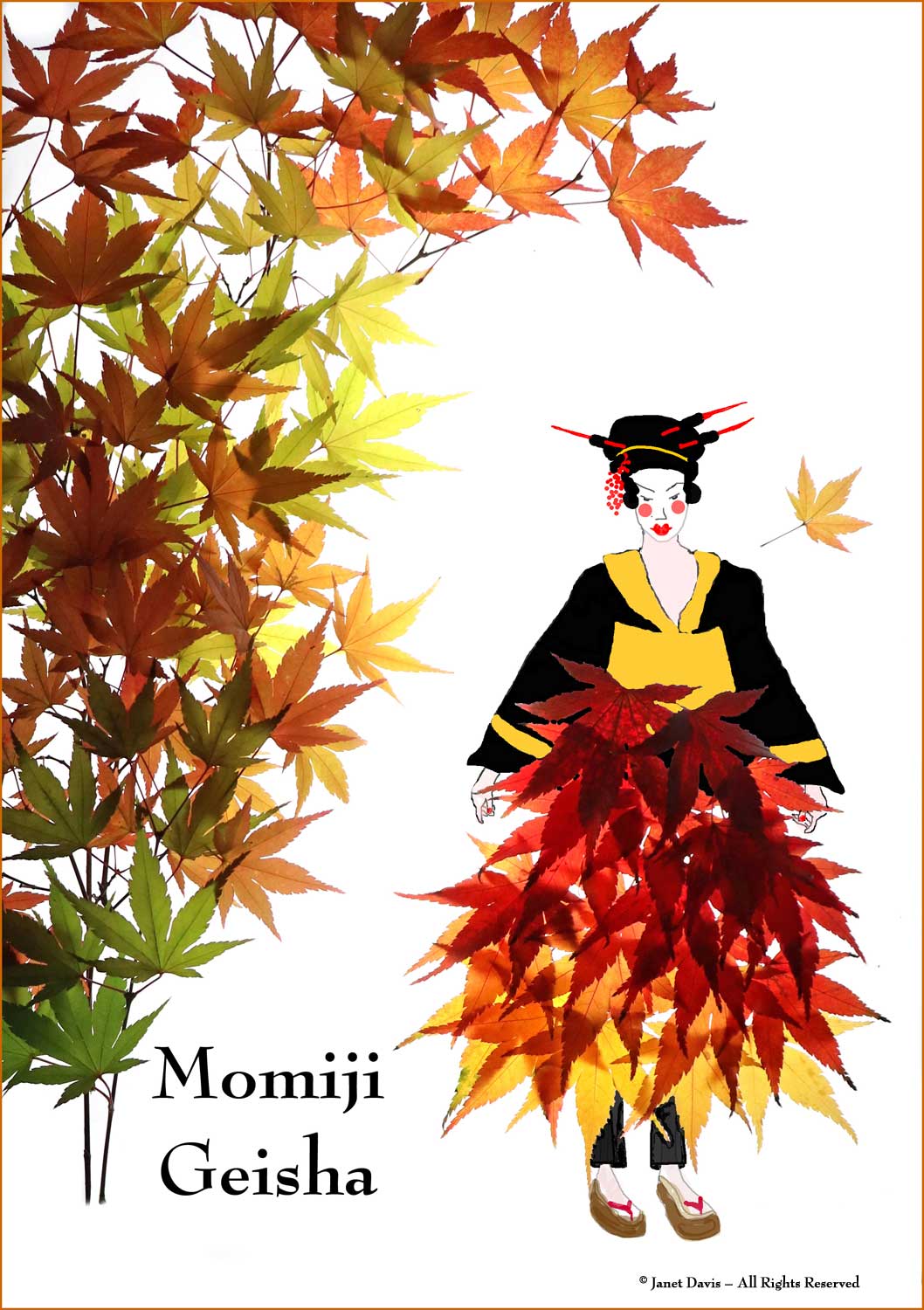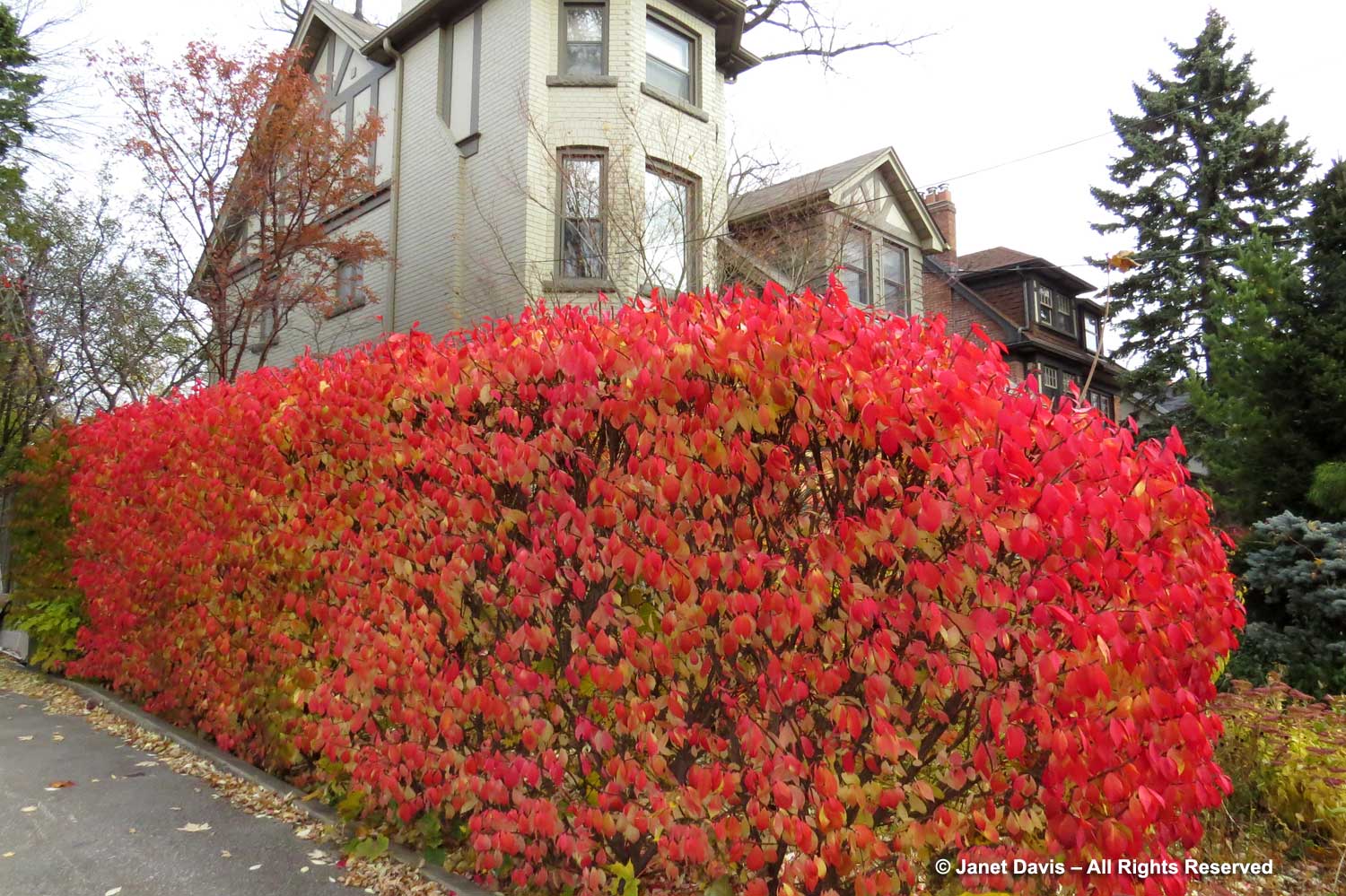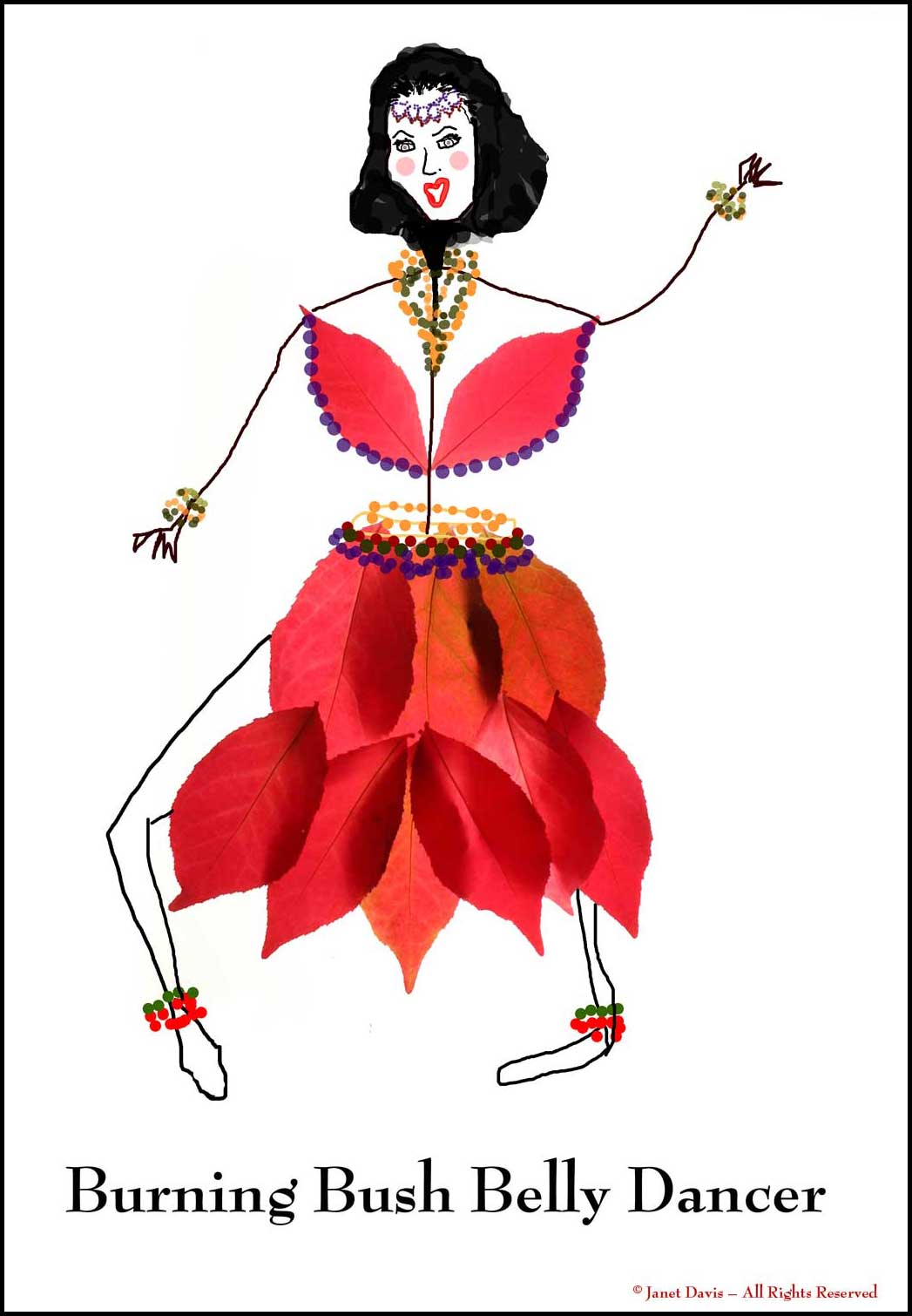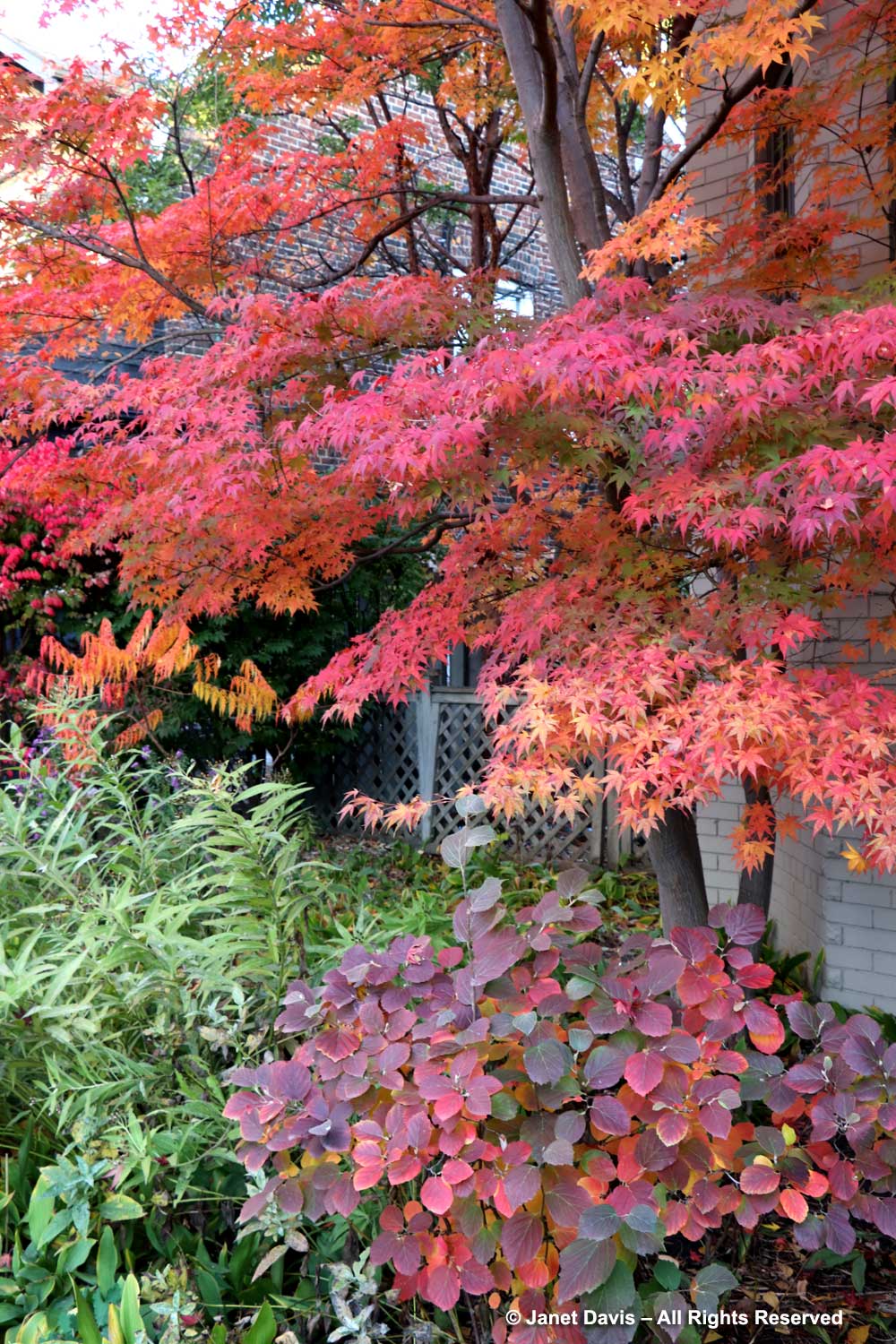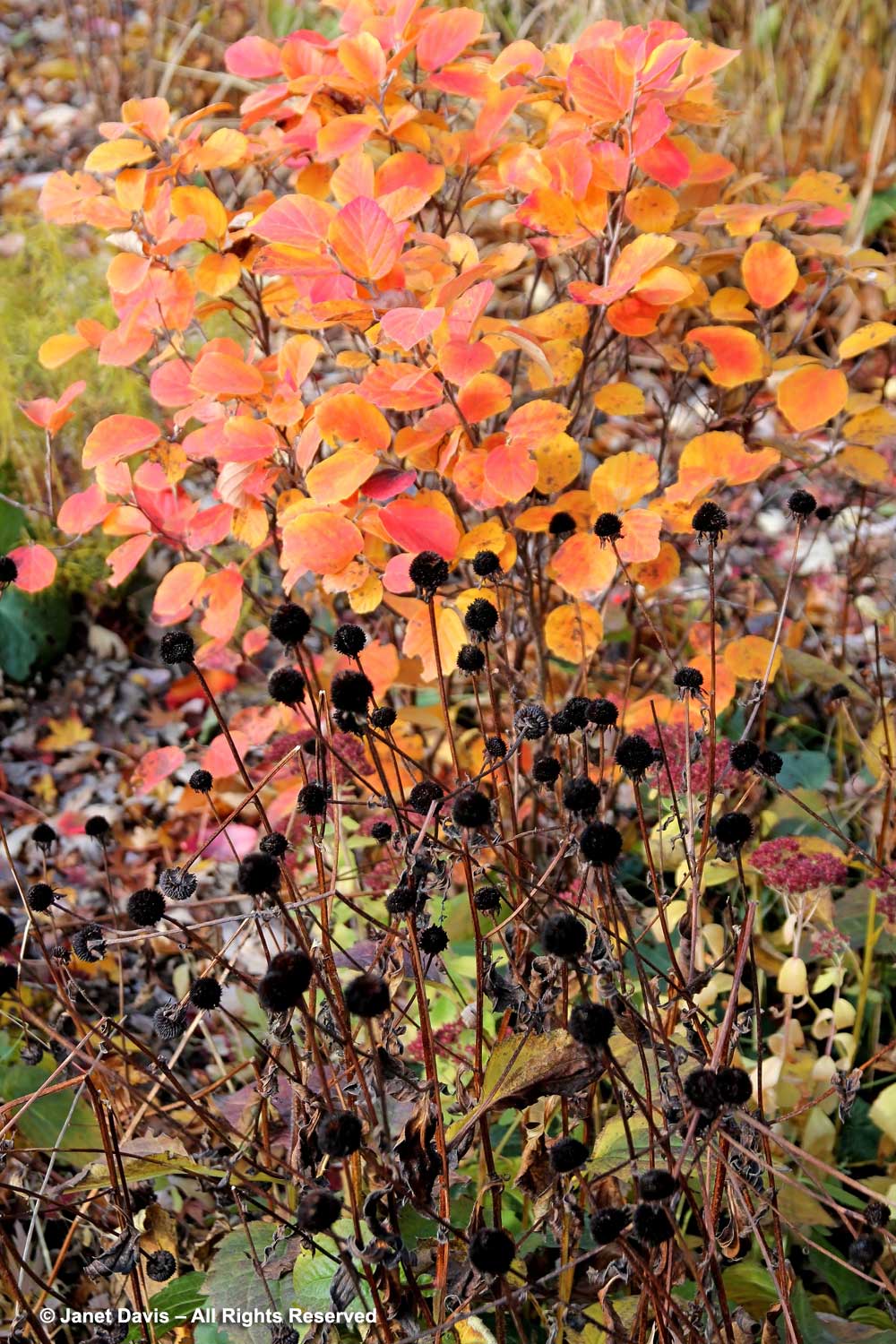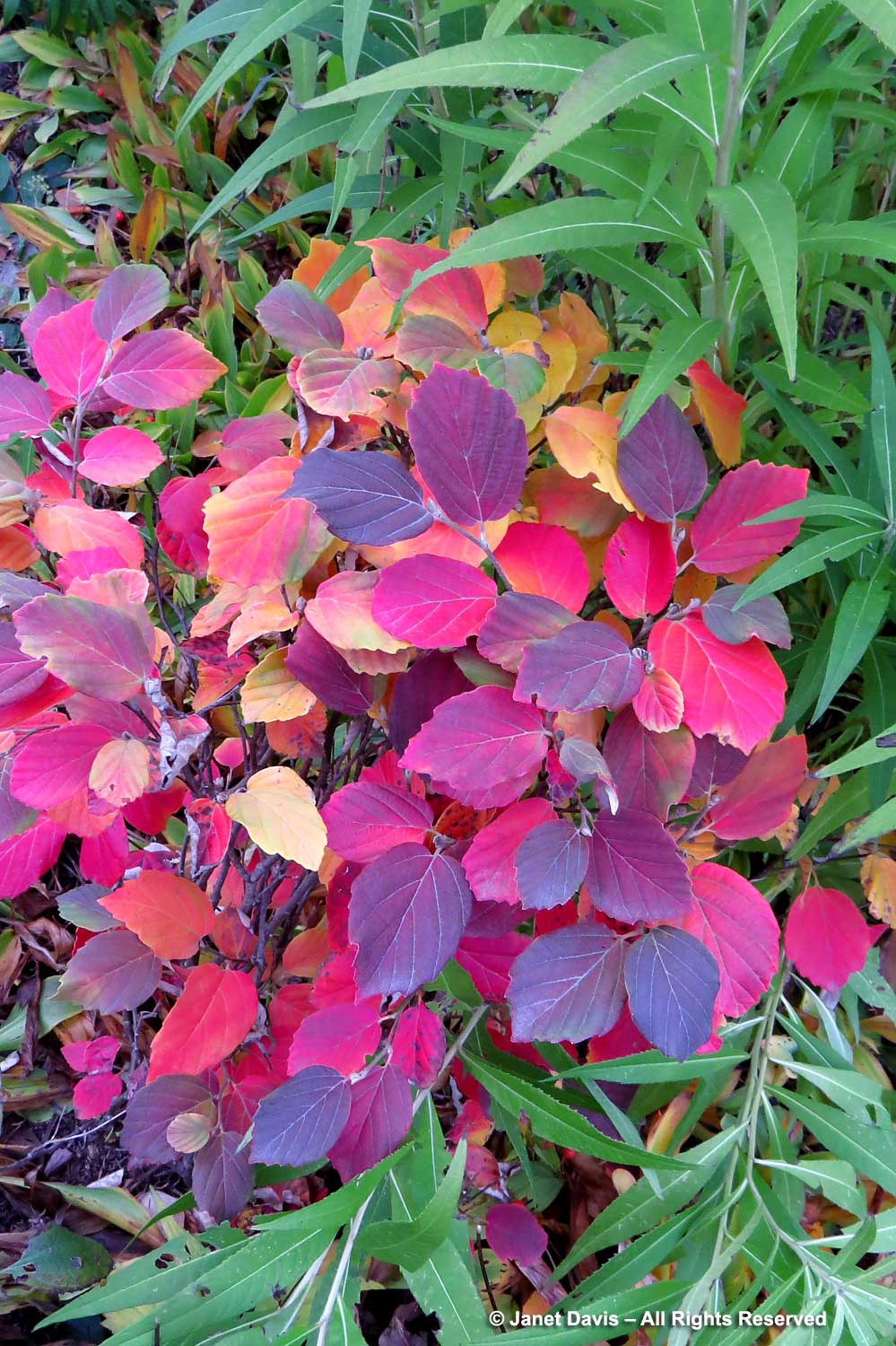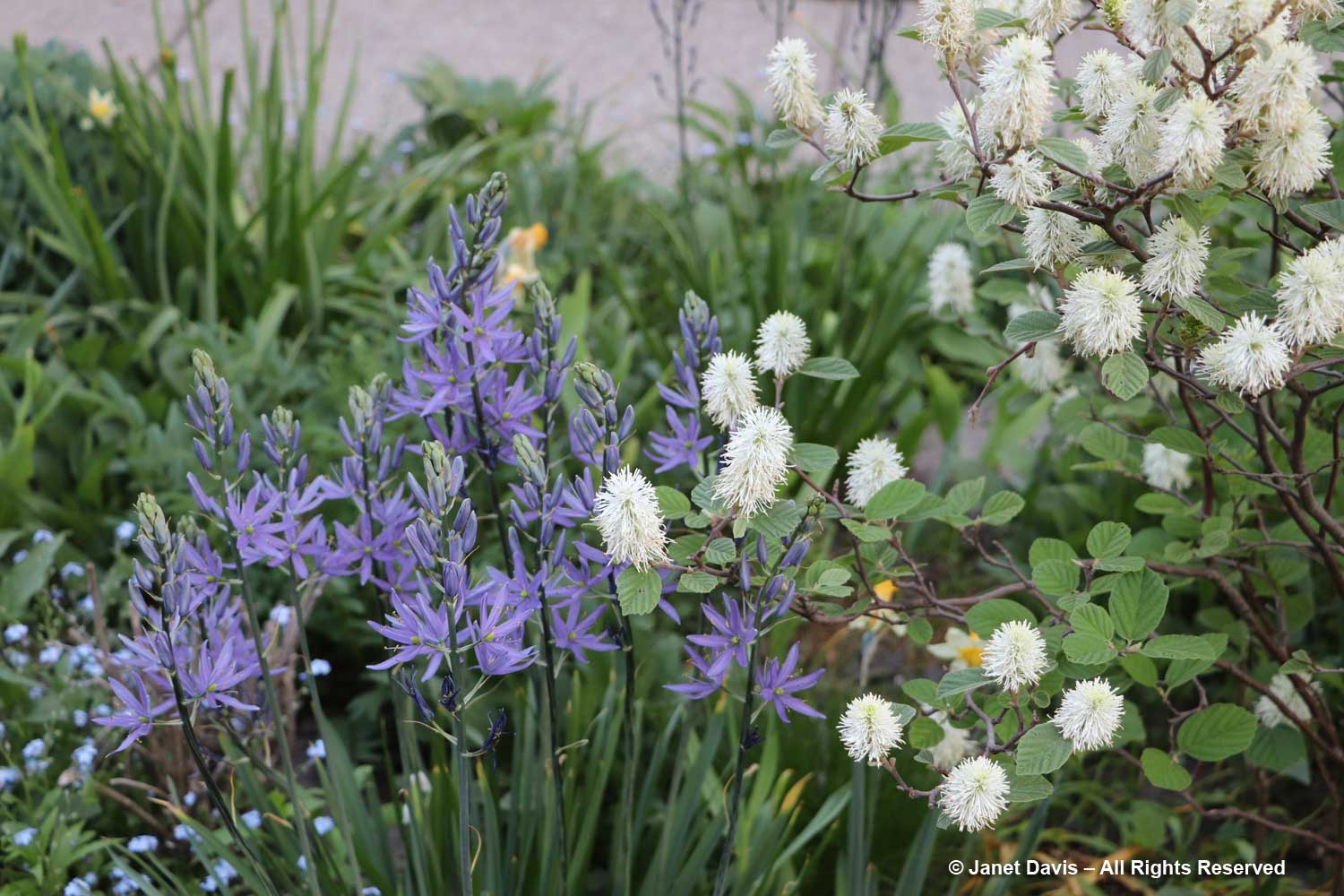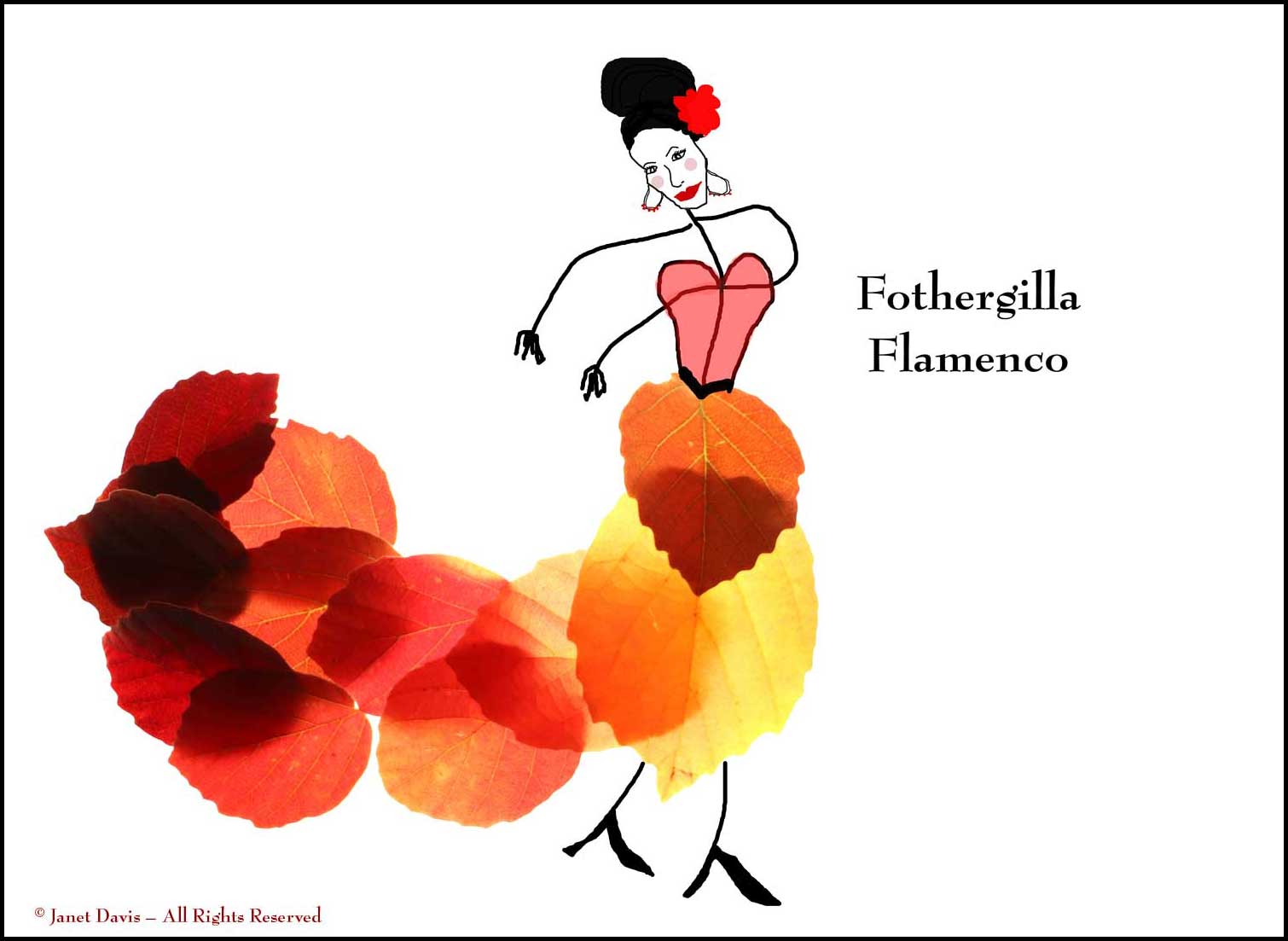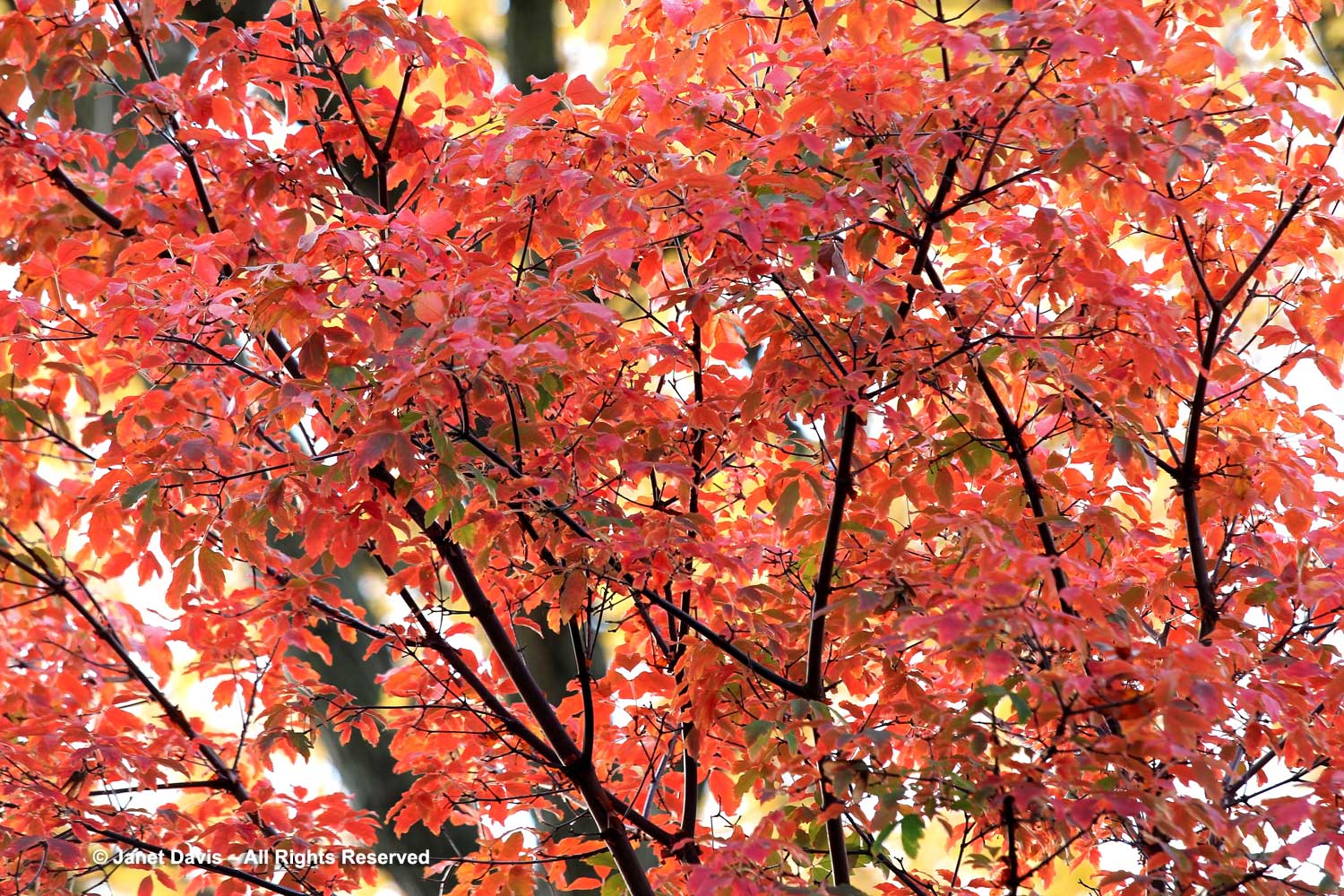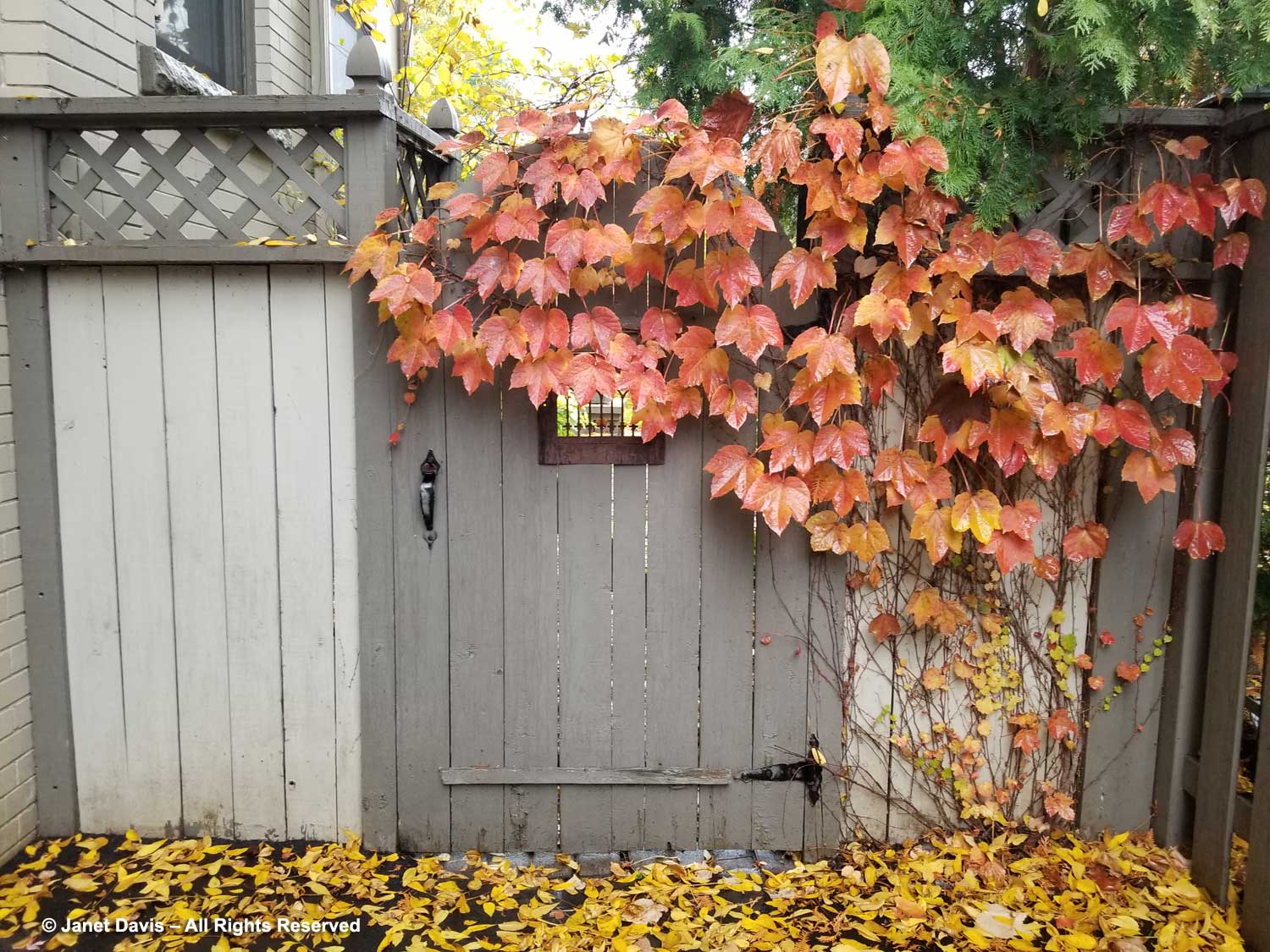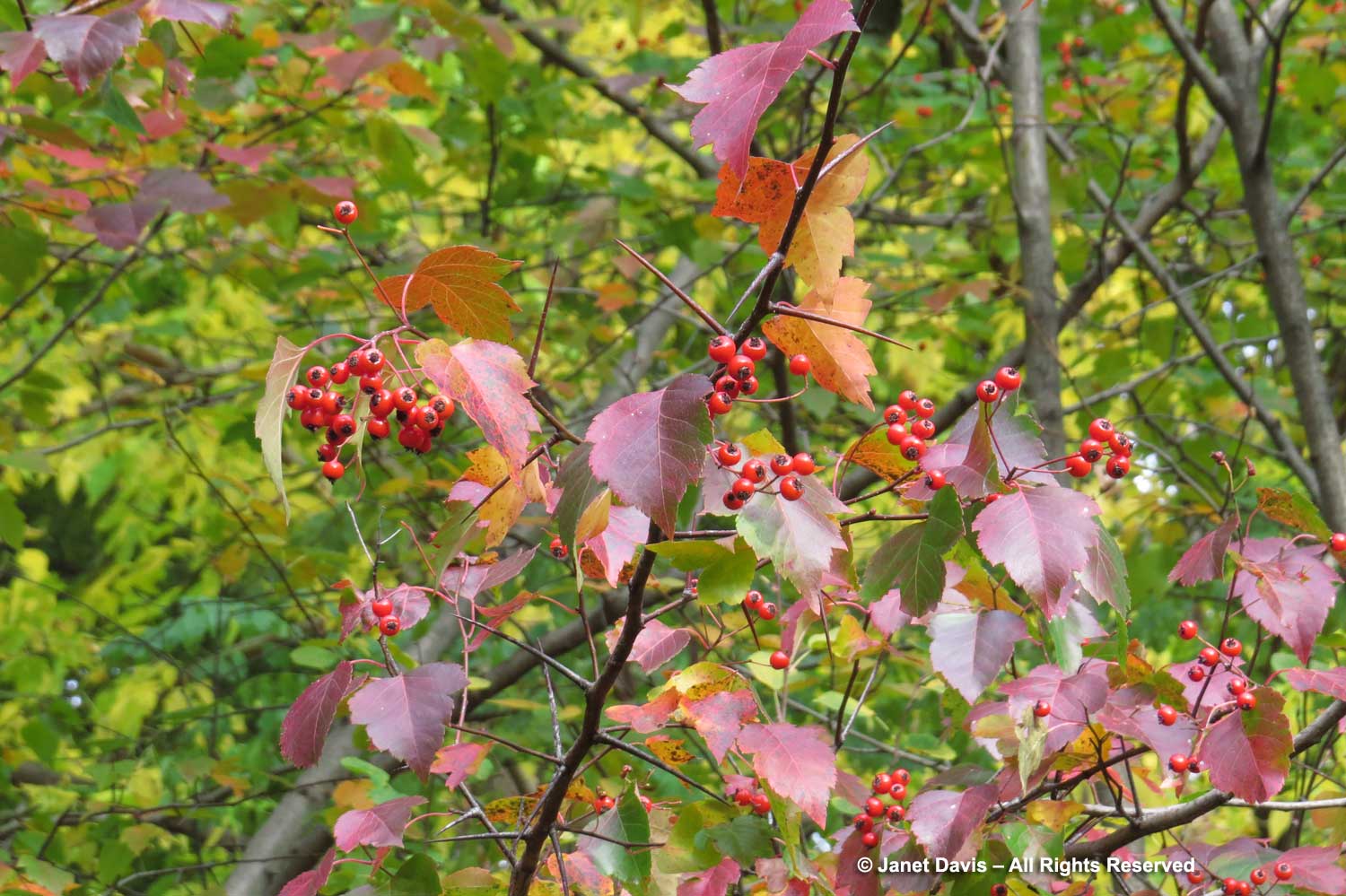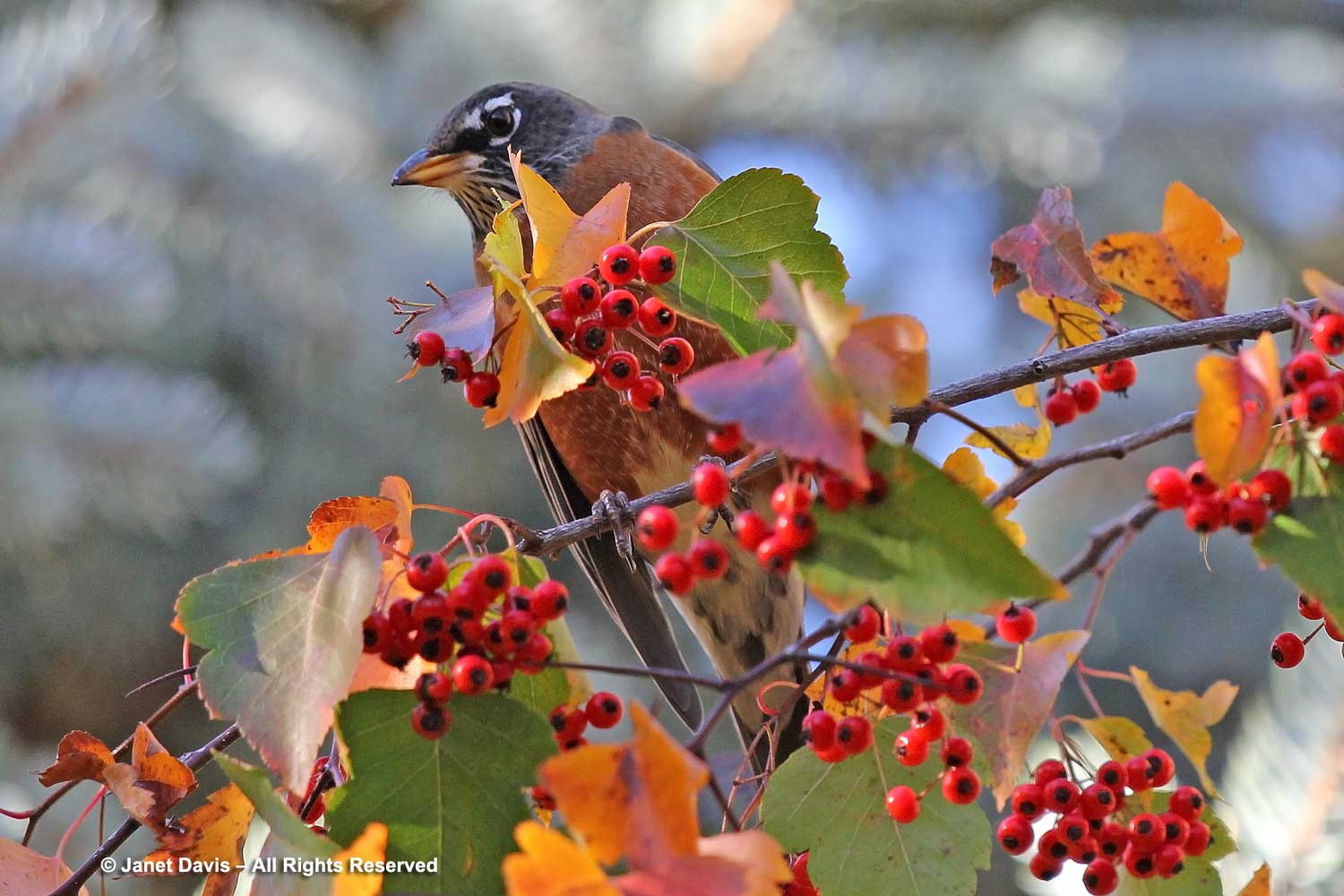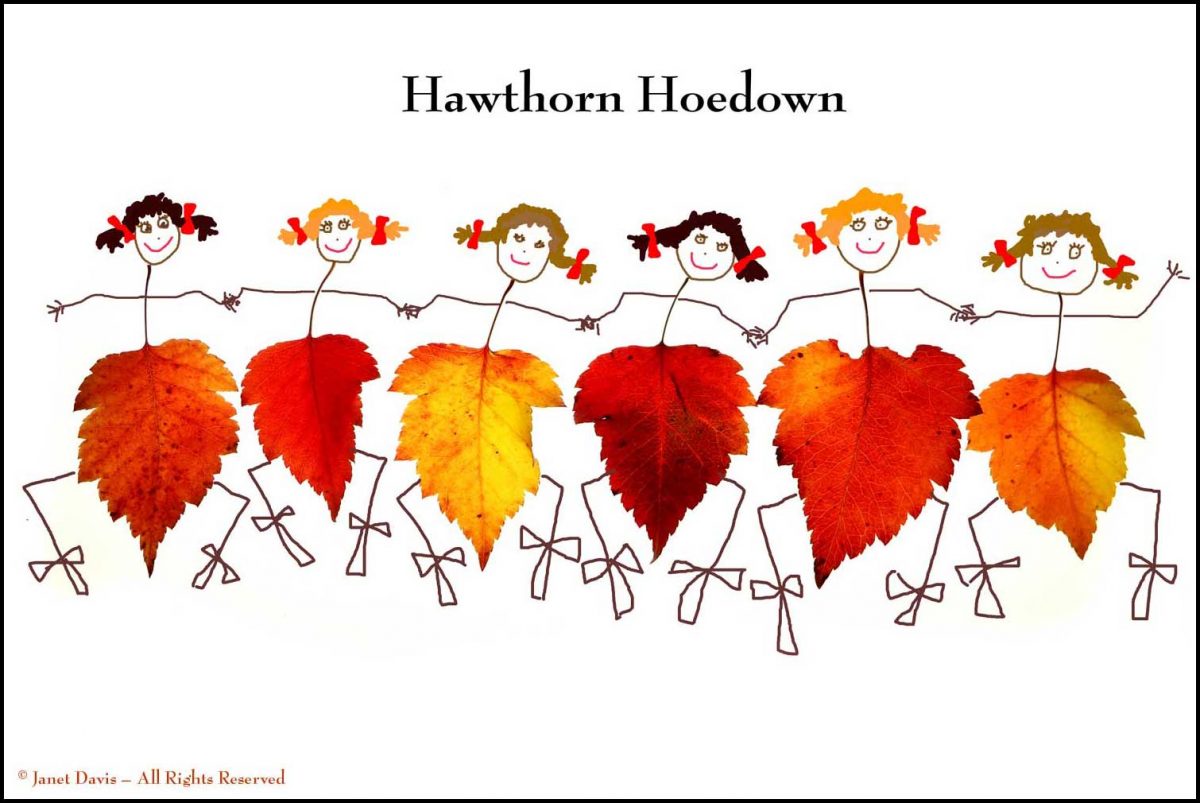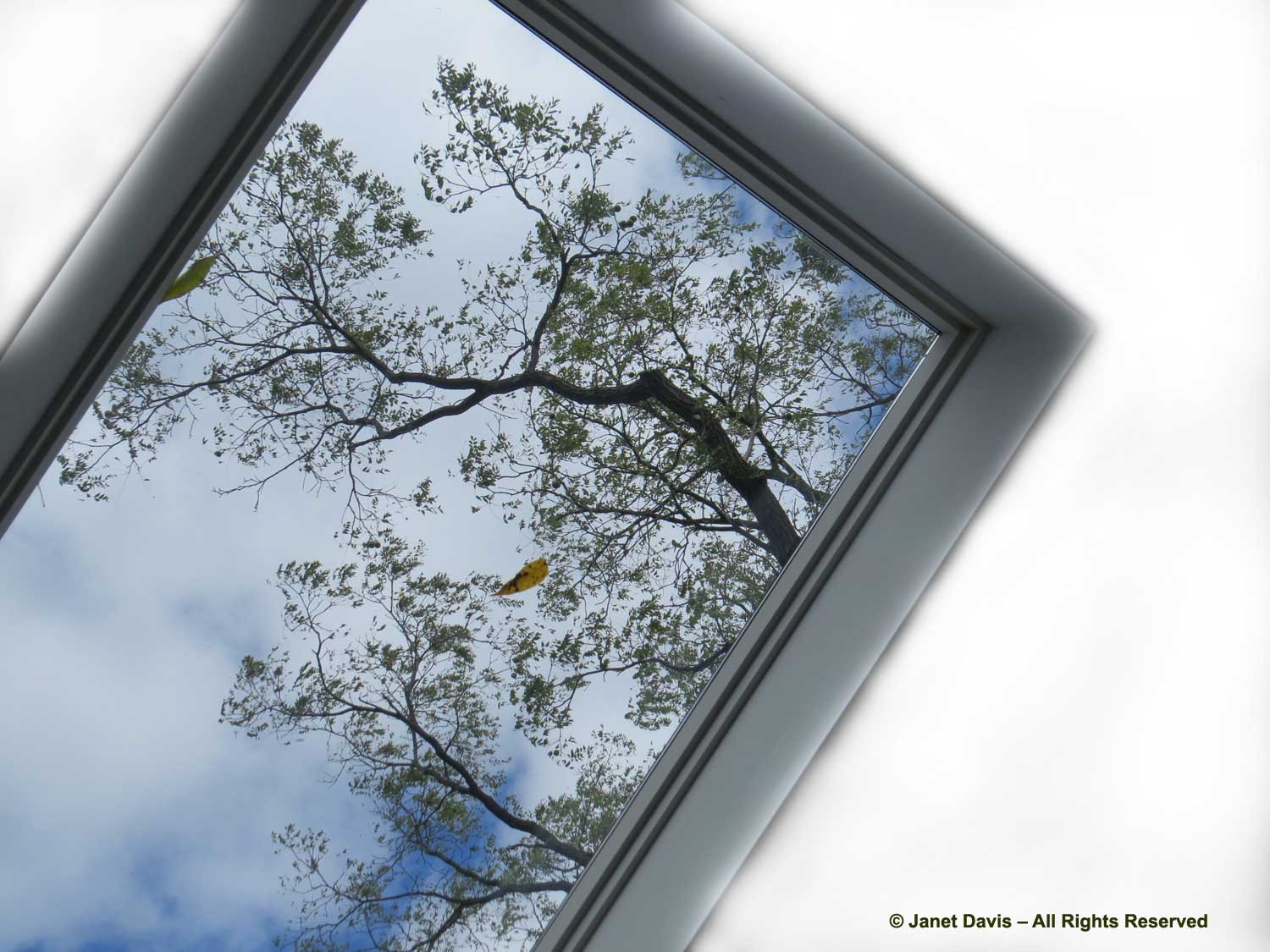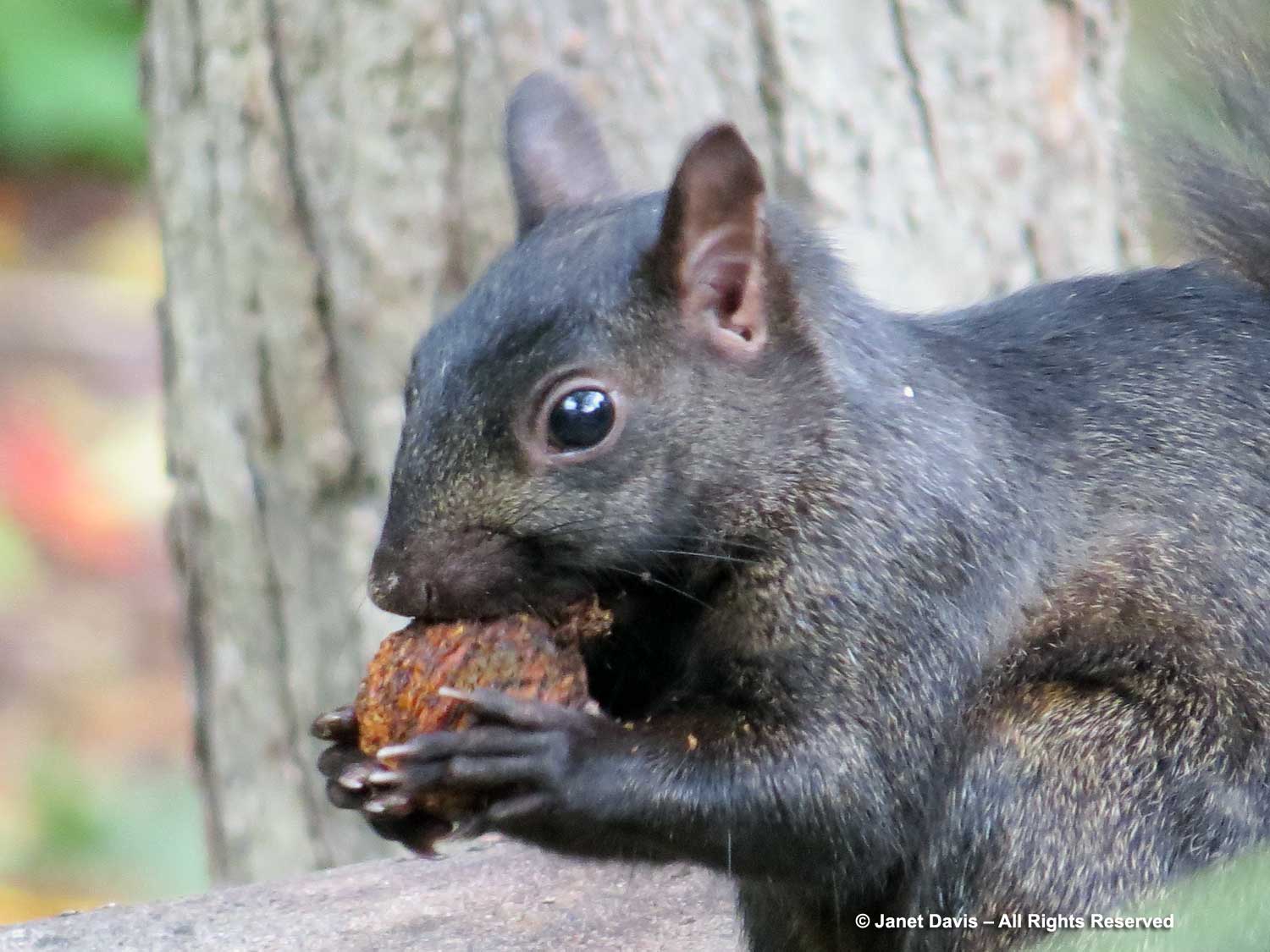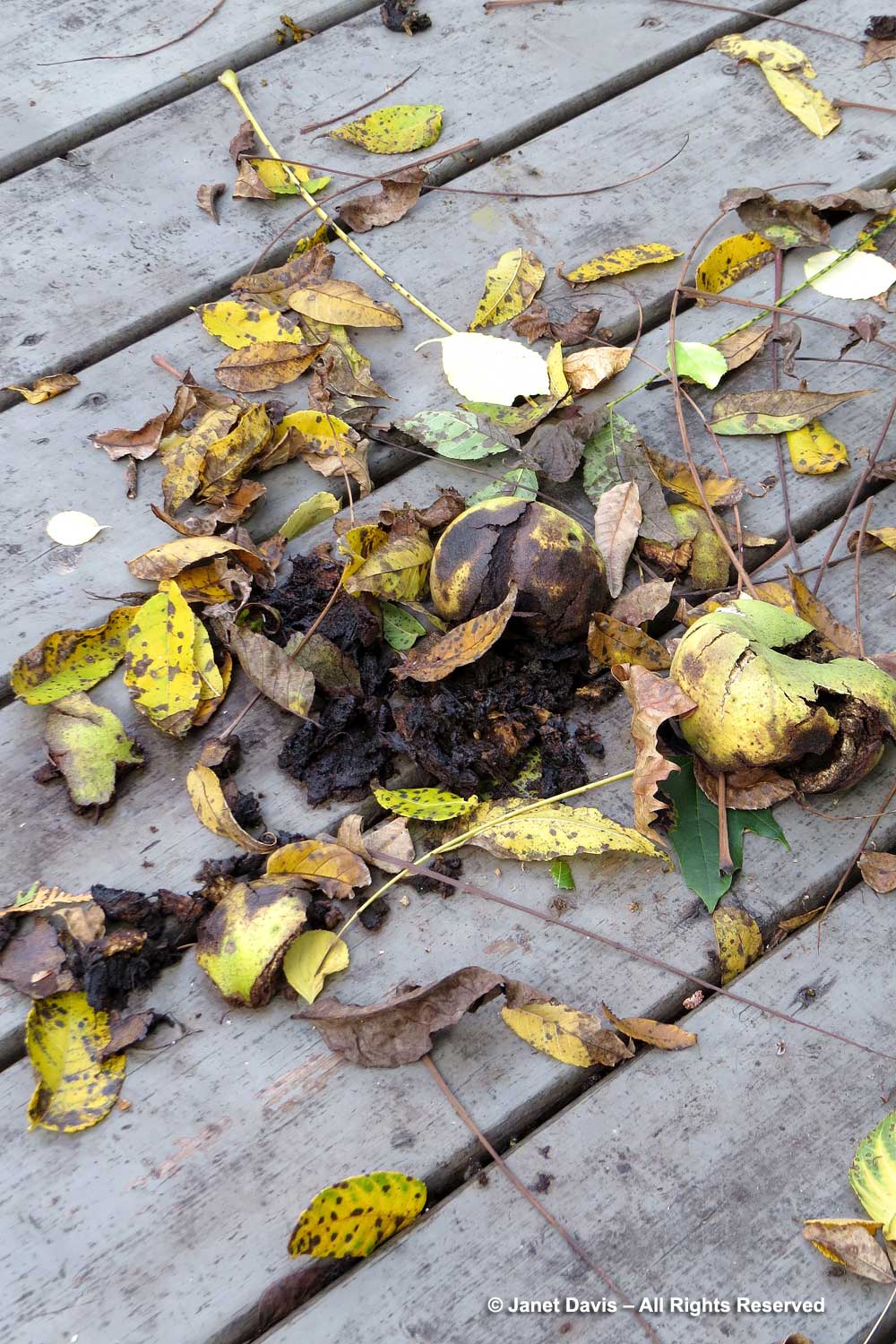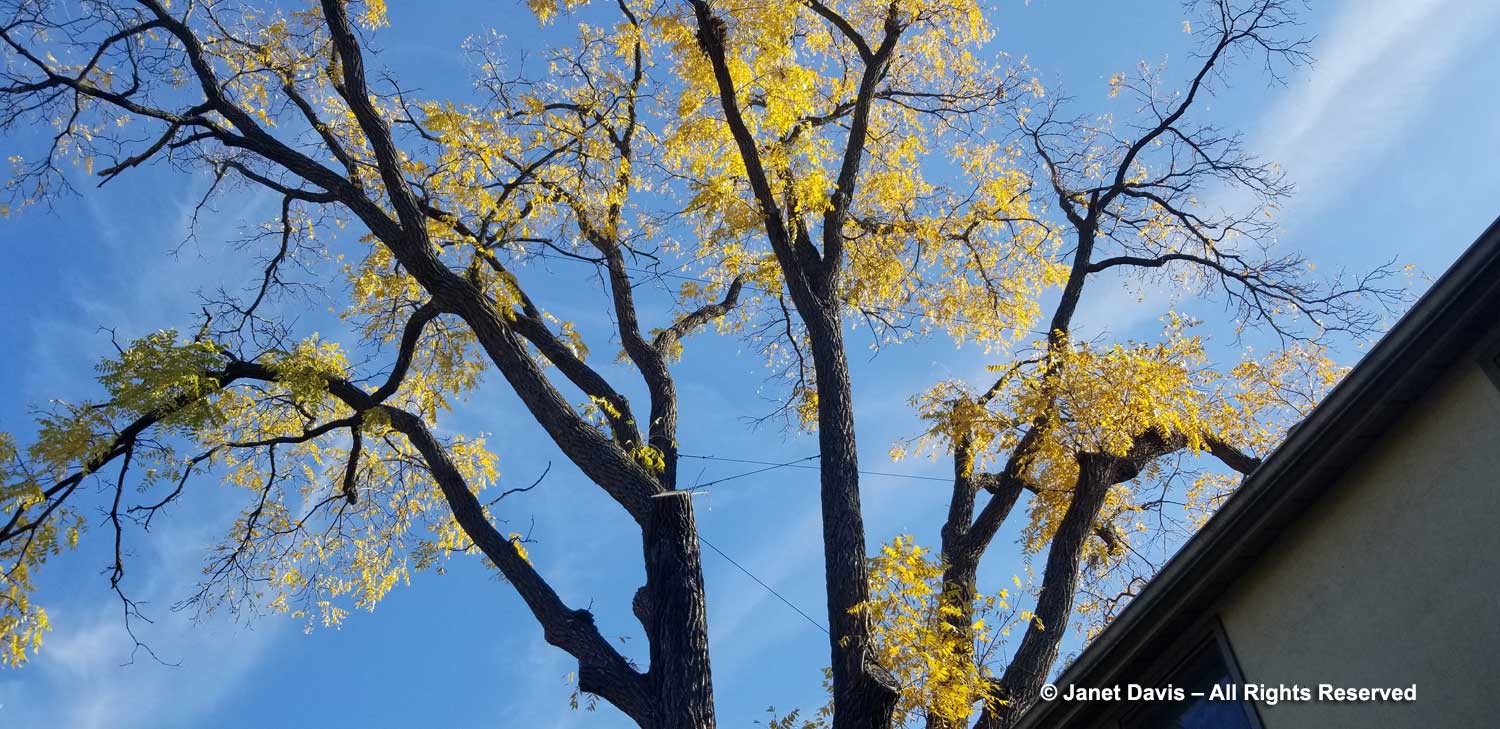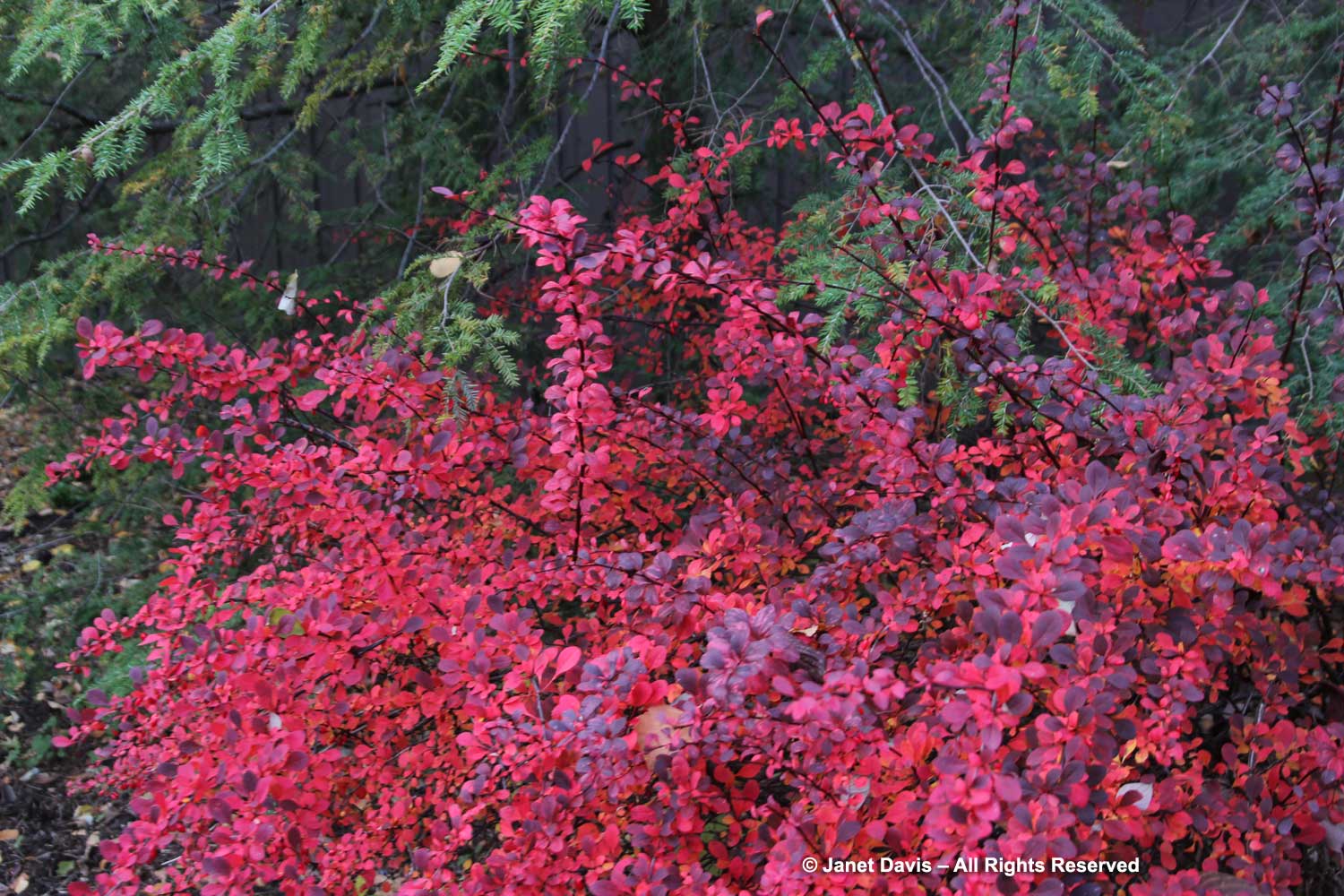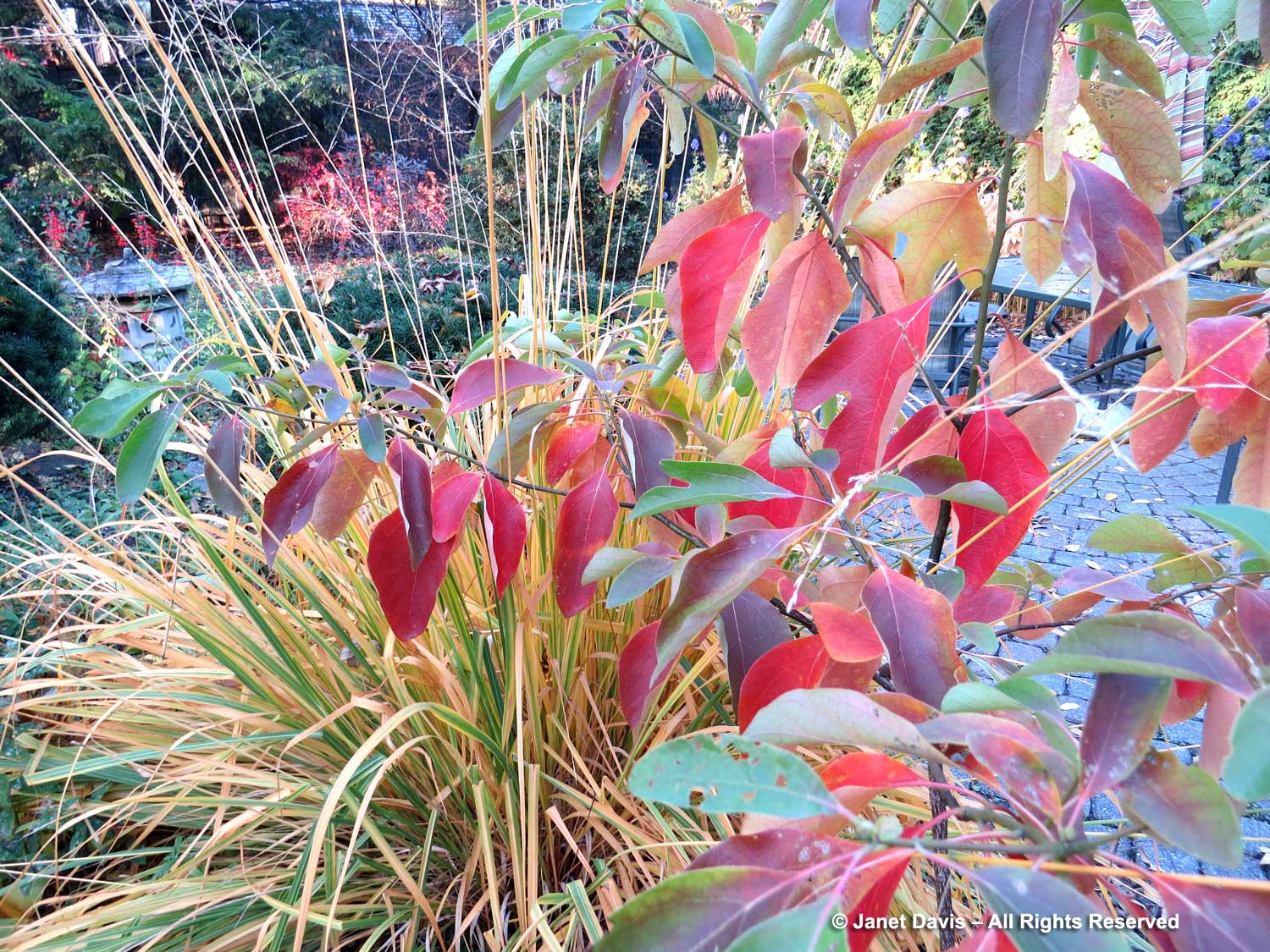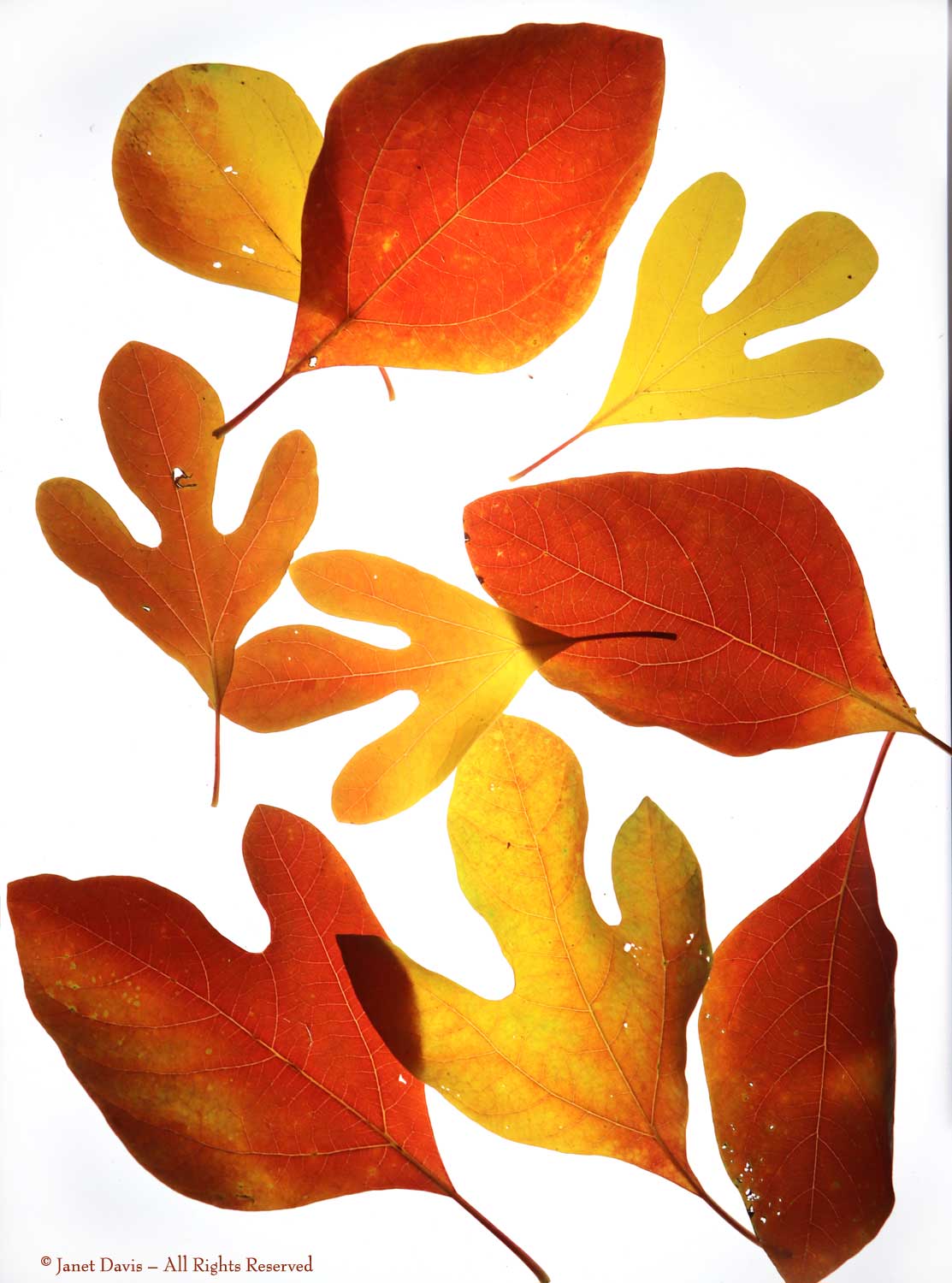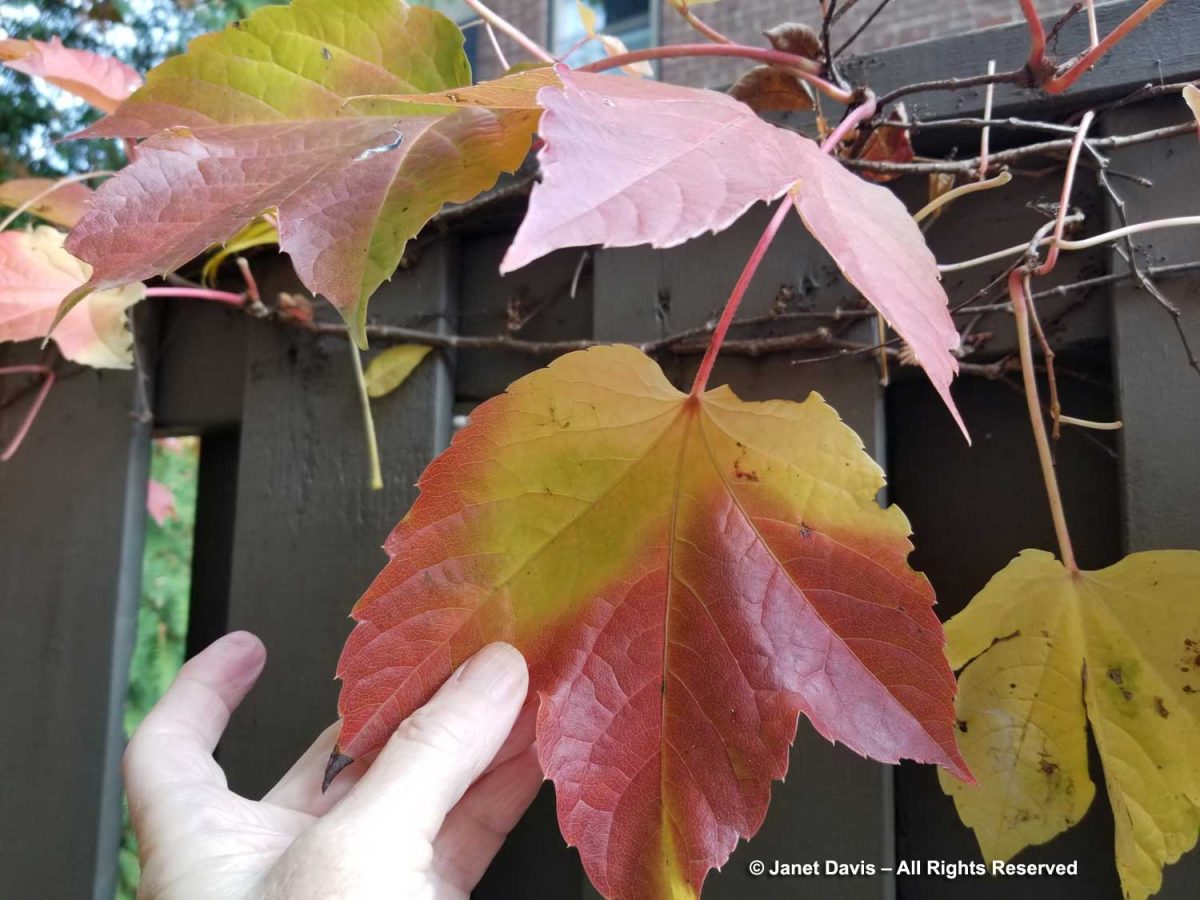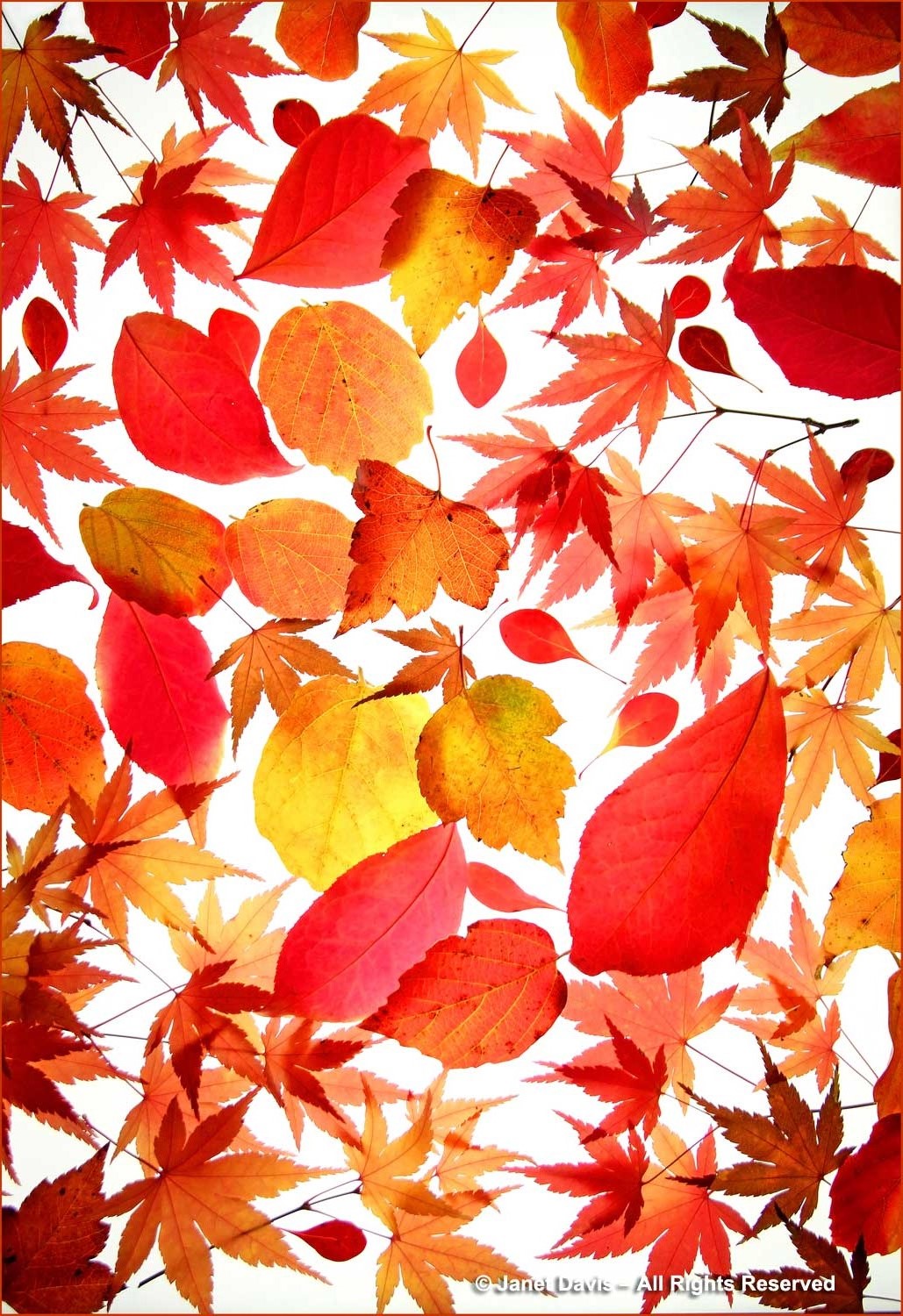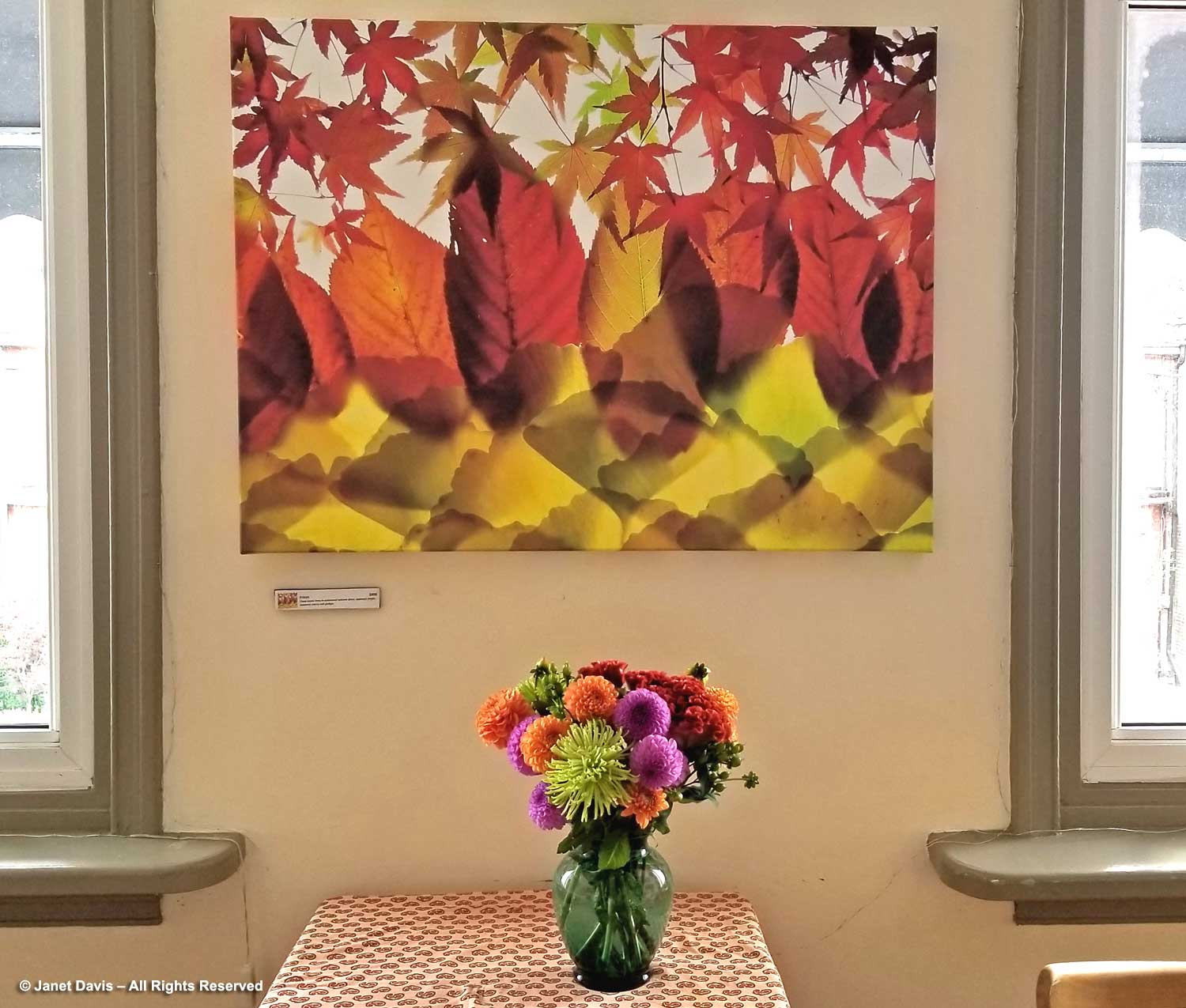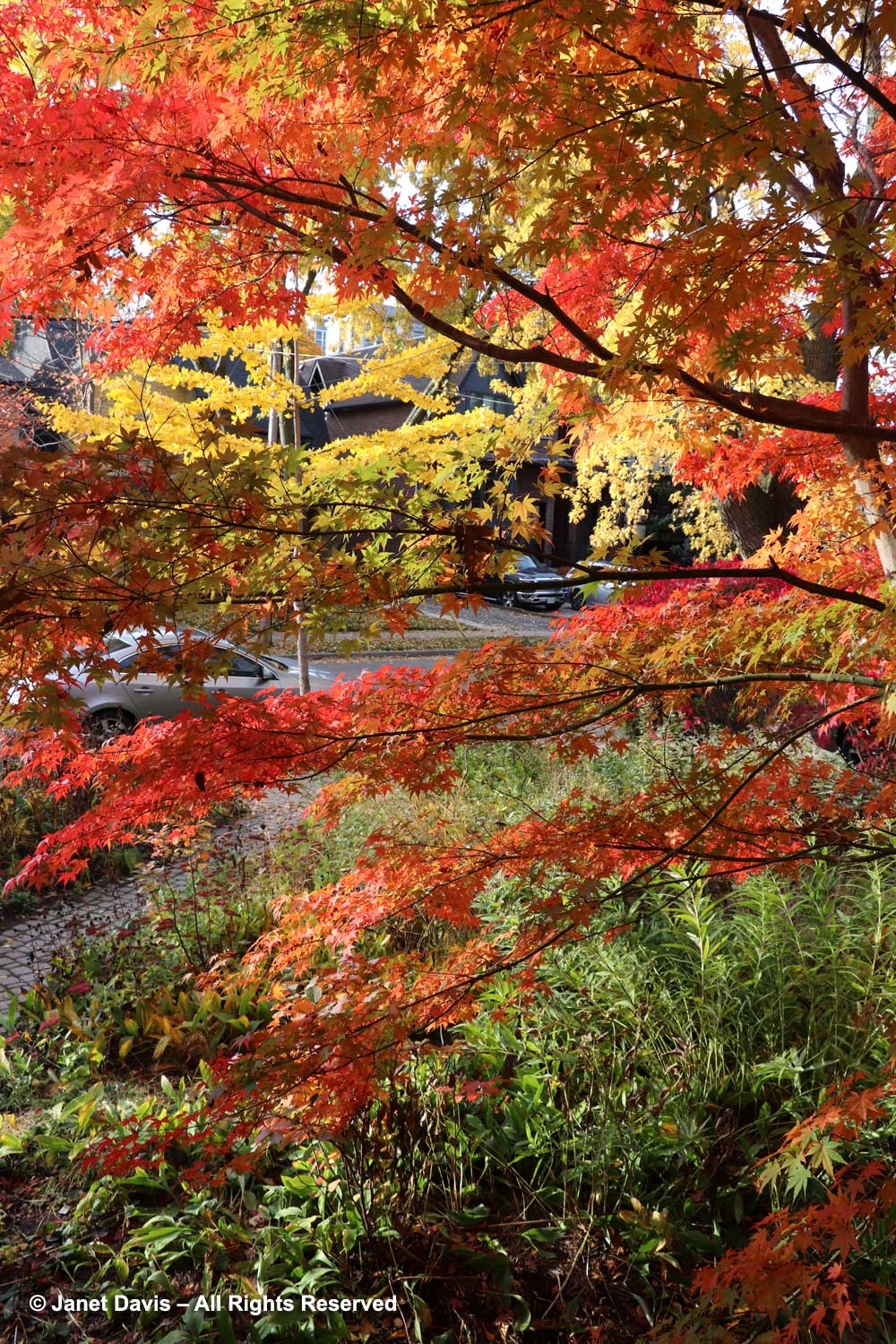The end of March 2023 marks 3 full years of dealing with a contagion that rocked the world in a way that no disease had since 1919 and the Spanish flu. As of today, the World Health Organization reports that 8,830,881 people died of Covid 19, a figure that almost certainly understates reality, given that many nations were not keeping statistics, or simply not reporting them to outside sources. I was reminded of this as I looked through my photo folders since March 2020, noting all the ways, big and small, that it touched us. This is my Covid journal.
March 14, 2020 – Covid has now been recognized in Canada for two weeks and the newspaper is starting to issue public service announcements.

March 17, 2020 – On St. Patrick’s Day, when I am supposed to receive my new left knee (elective surgery was cancelled by our provincial government), I listen instead to our Deputy Prime Minister Chrystia Freeland speak on behalf of the nation’s Covid Committee.

March 21, 2020 – The first day of spring and the newspapers echo our thoughts, for we are indeed “alone together” “in uncharted territory”. By now, we are watching daily t.v. reports by provincial health ministers somberly reading out Covid-19 statistics, including deaths, mostly in nursing homes at the outset.

March 24, 2020 – As people of a certain age, we are encouraged to stay home and stay safe. Instead, our 40-something son brings us groceries. And we wash everything down with rubbing alcohol! Honestly! Could Covid come in on our Raisin Bran?
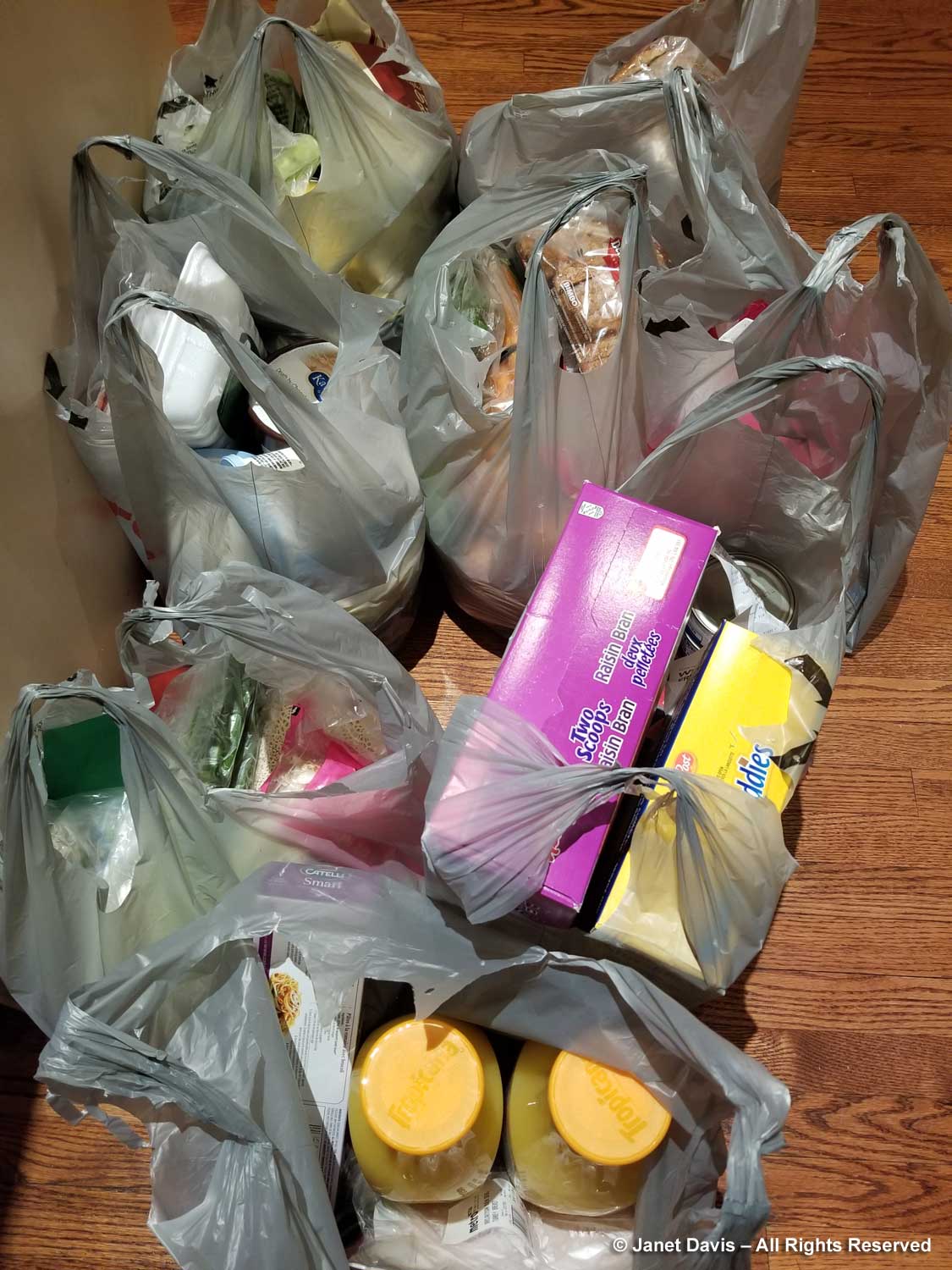
March 26, 2020 – My apples have never been so clean, even though we doubt that they are spreading Covid.
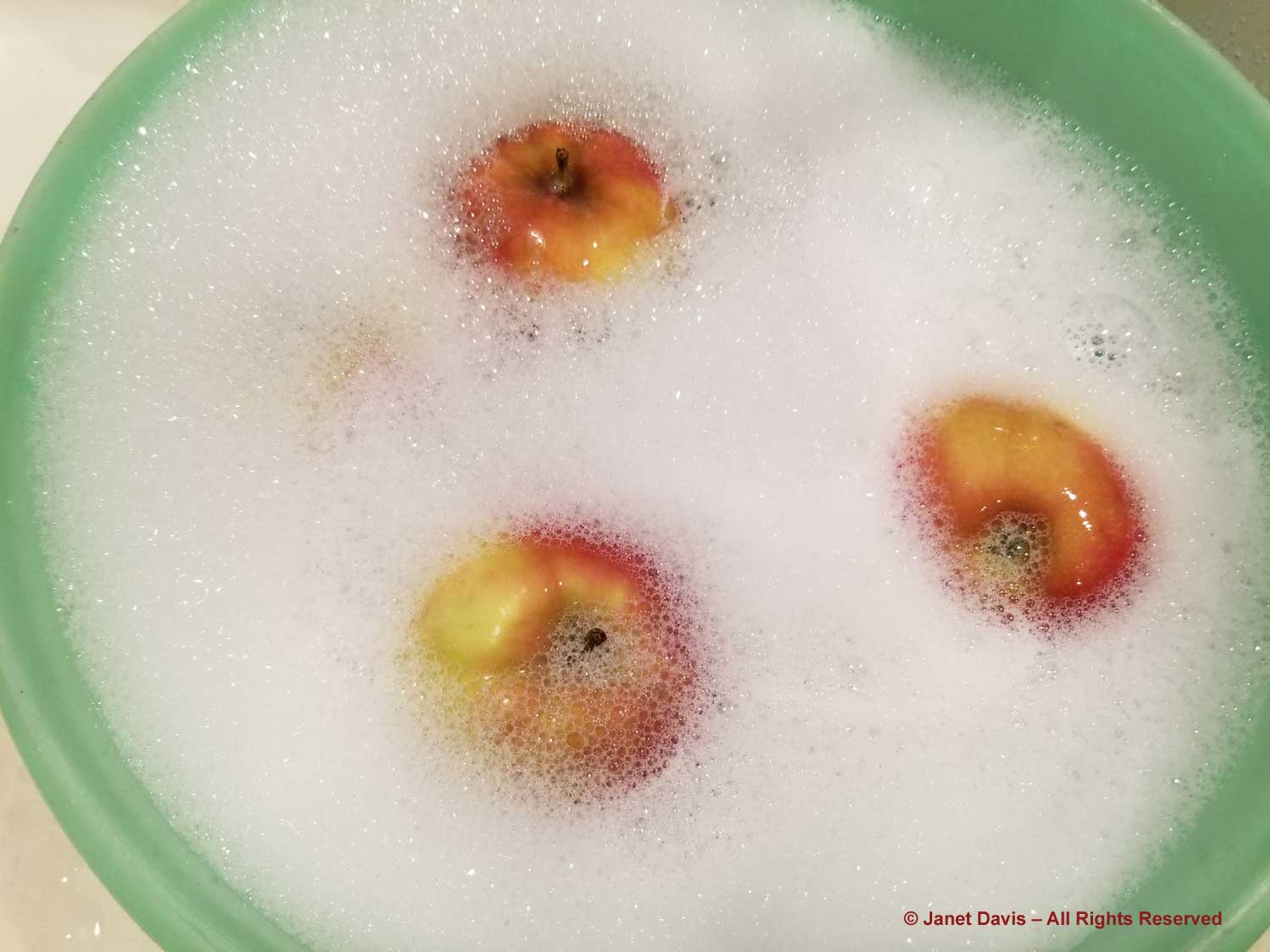
March 31 2020 – People are encouraged to show the love in our front windows, so children passing by don’t feel so forsaken. I can’t help adding voices….
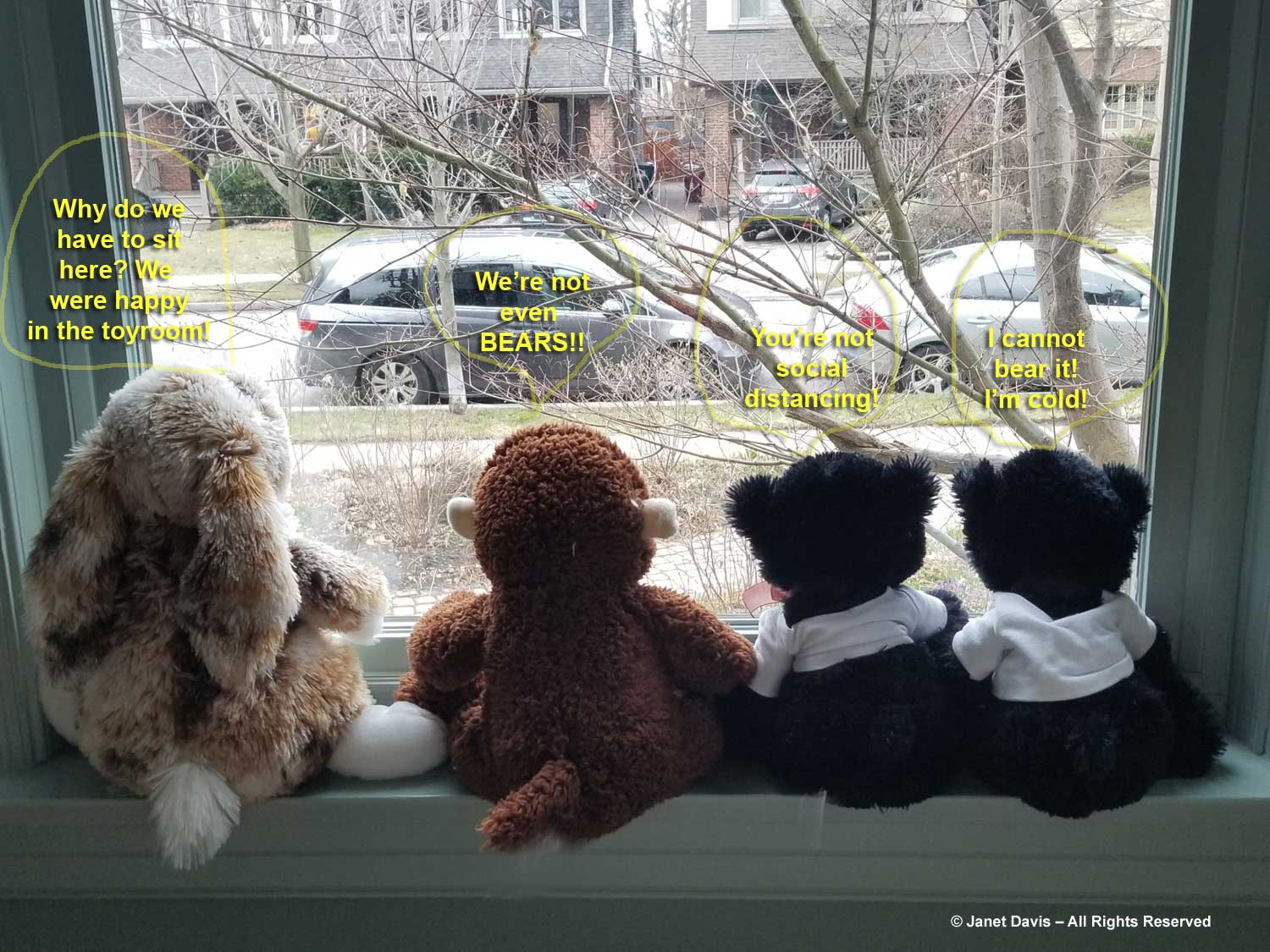
April 7, 2020 – It feels more real when Boris Johnson is sent to the ICU with Covid. It will be a few years before we learn that his own carelessness around Covid helps bring him down.

April 8, 2020 – Our civic government goes into overdrive protecting its citizens, and the park parking lot at the end of our street is closed. You can still walk in, mind you, but the dog-walkers have no place to leave their cars.
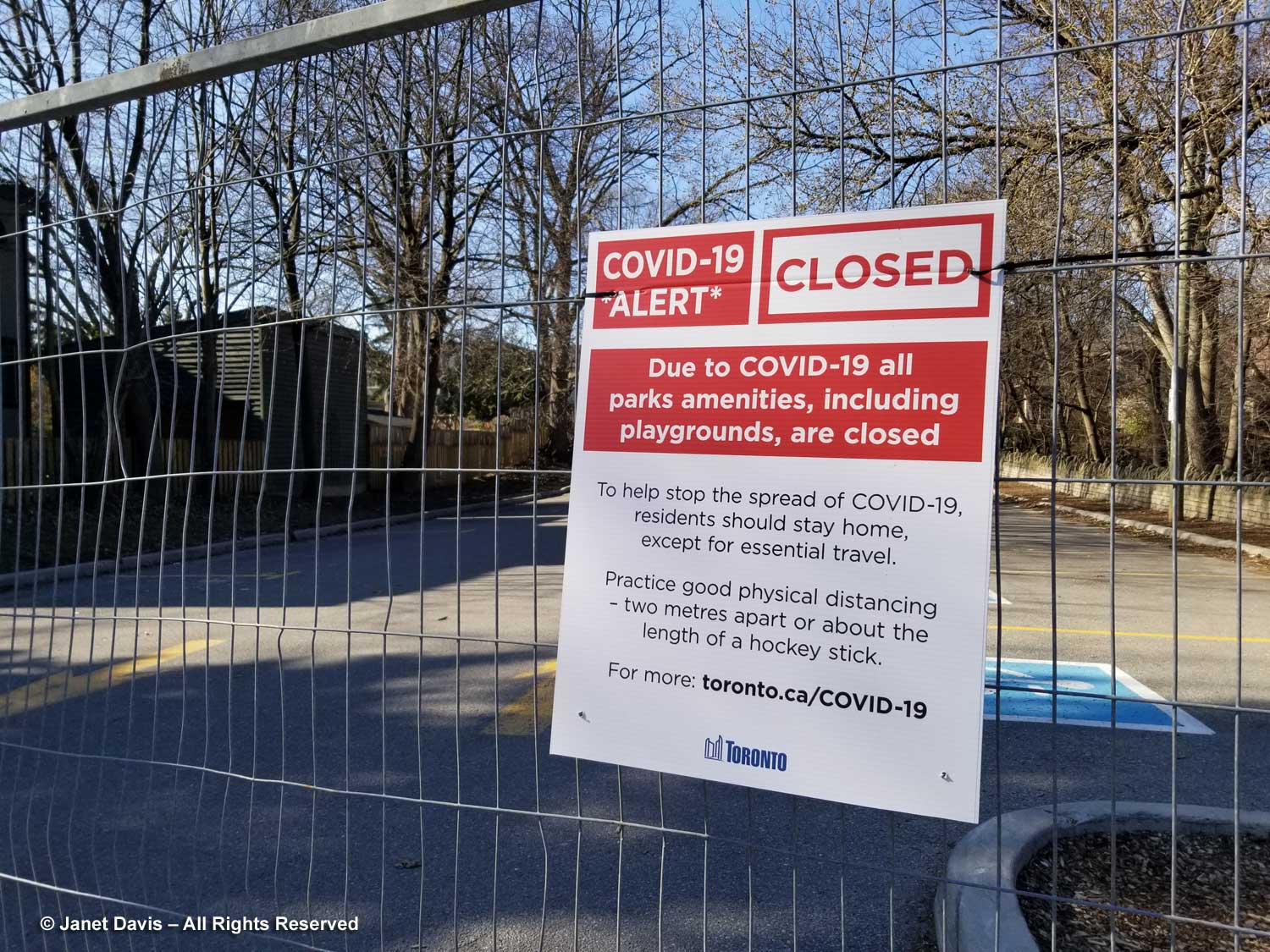
April 10, 2020 – People are getting decked out in masks and I can’t resist doing my own Lawrence of Arabia take on the newest disease control measure.
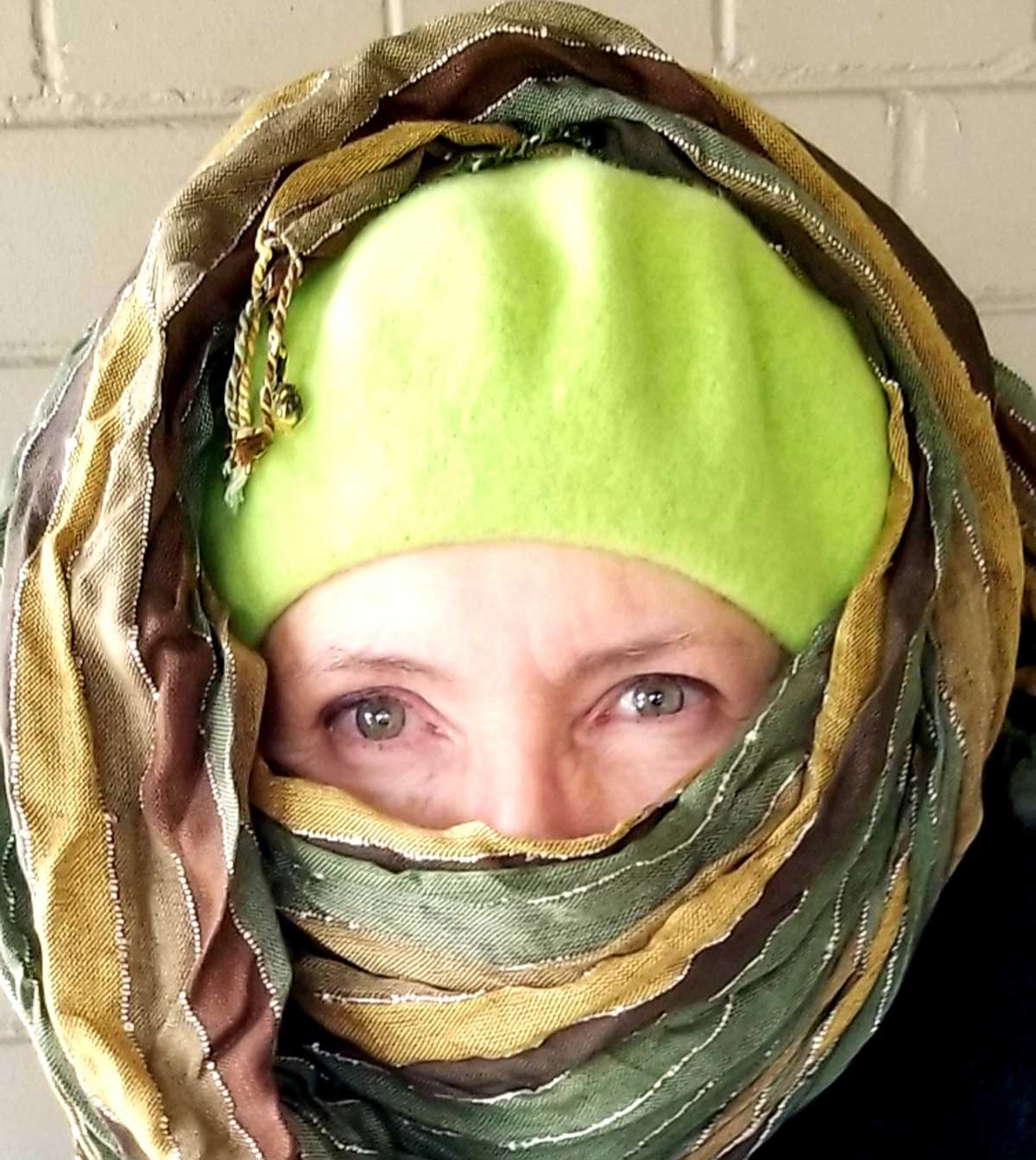
April 10, 2020 – A family birthday party is held outdoors. The new normal.

April 21, 2020 – Doug’s exercise club is closed, as are gyms all over the city. It will eventually declare bankruptcy. But Doug makes do in the living room, being careful with his golf club.
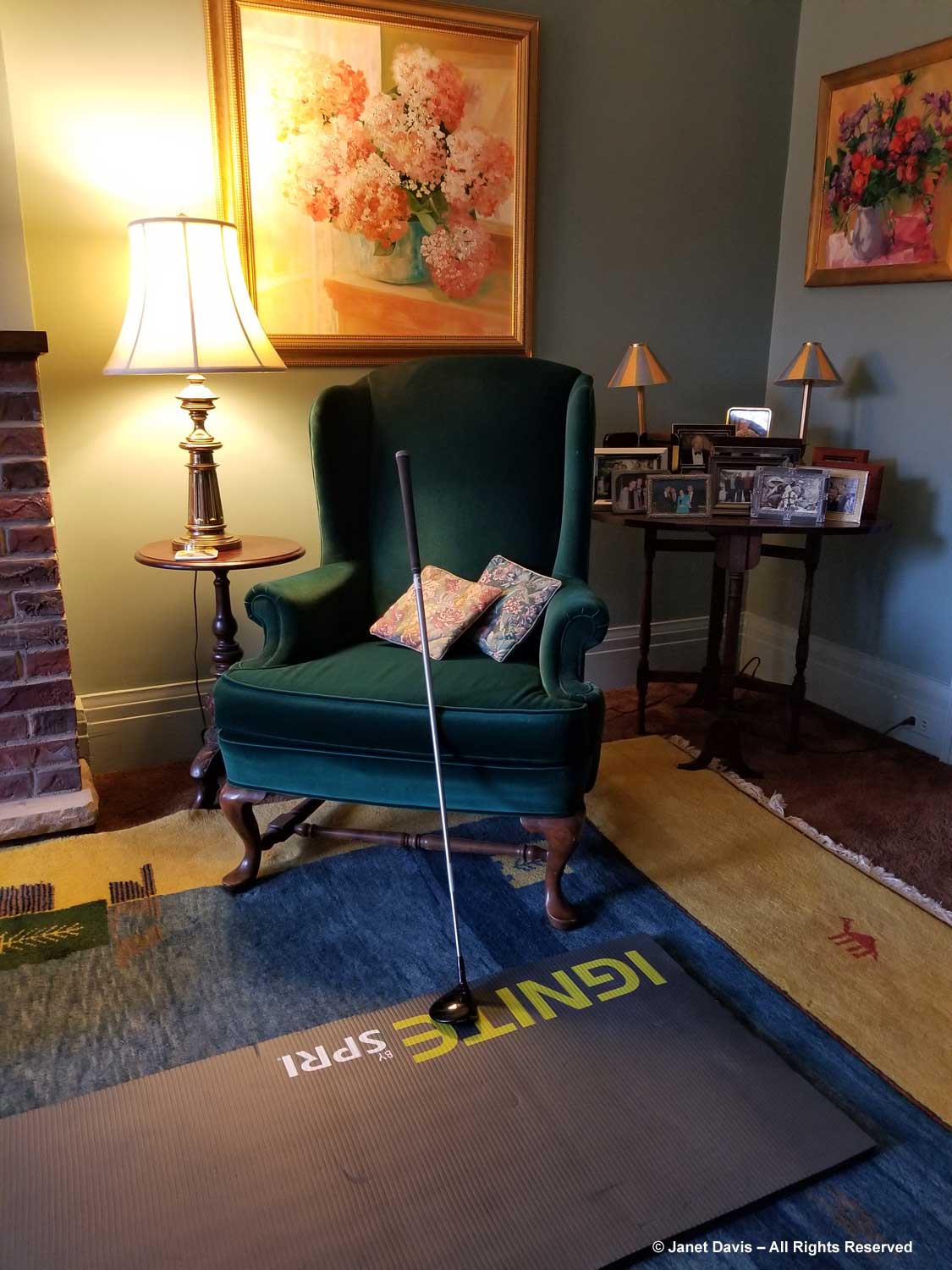
April 21, 2020 – A neighbour is sewing masks on her machine for visitors to local hospitals. I ask if I can buy a few and she gives them to me free, refusing my offer.
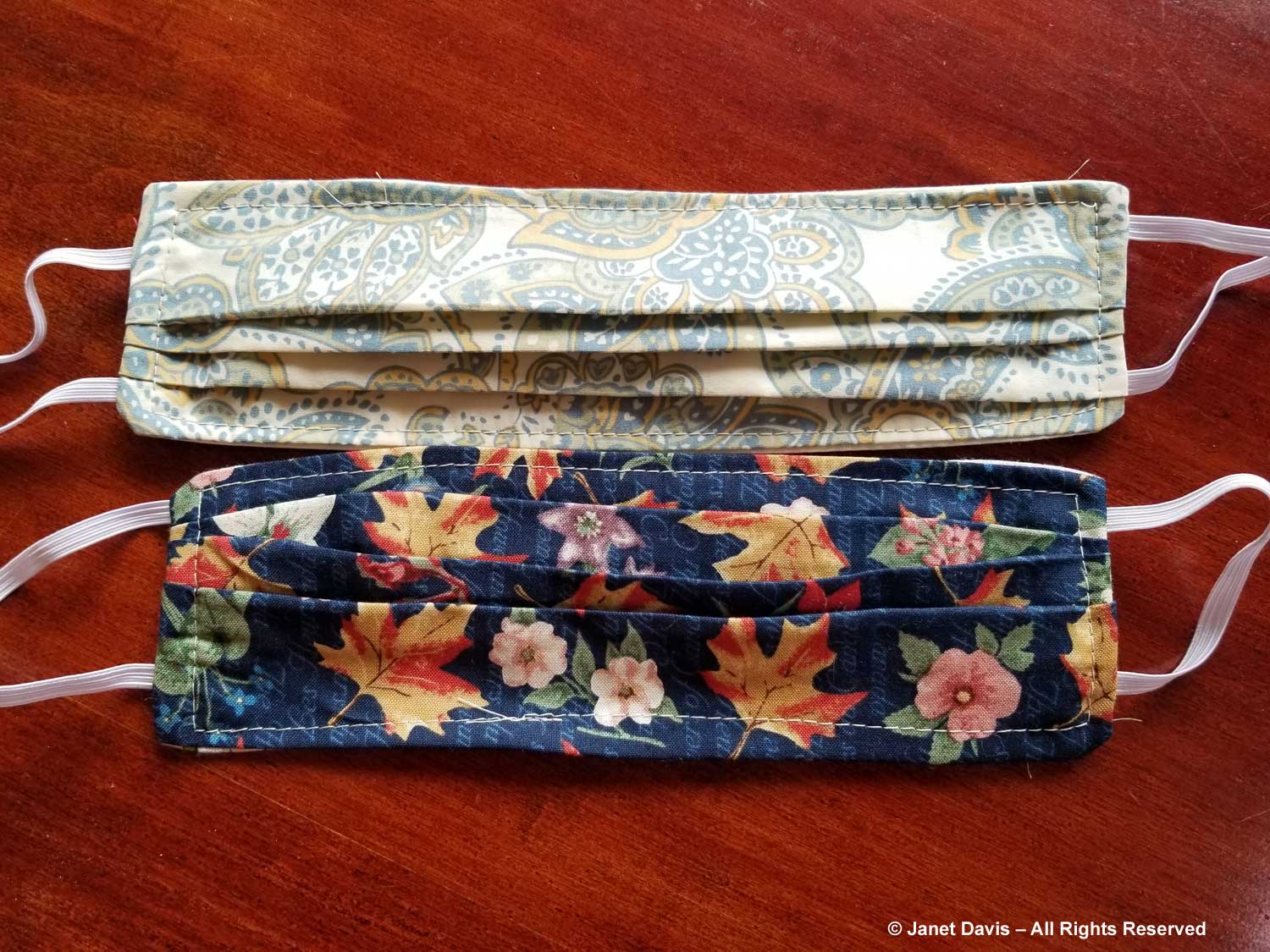
May 2, 2020 – Spring has sprung and people have been walking past my garden since the very first snowdrop. They seem desperate to have some touchstone, the normalcy of the seasons changing. From the porch, I chat with these women who have been photographing the spring bulb parade.
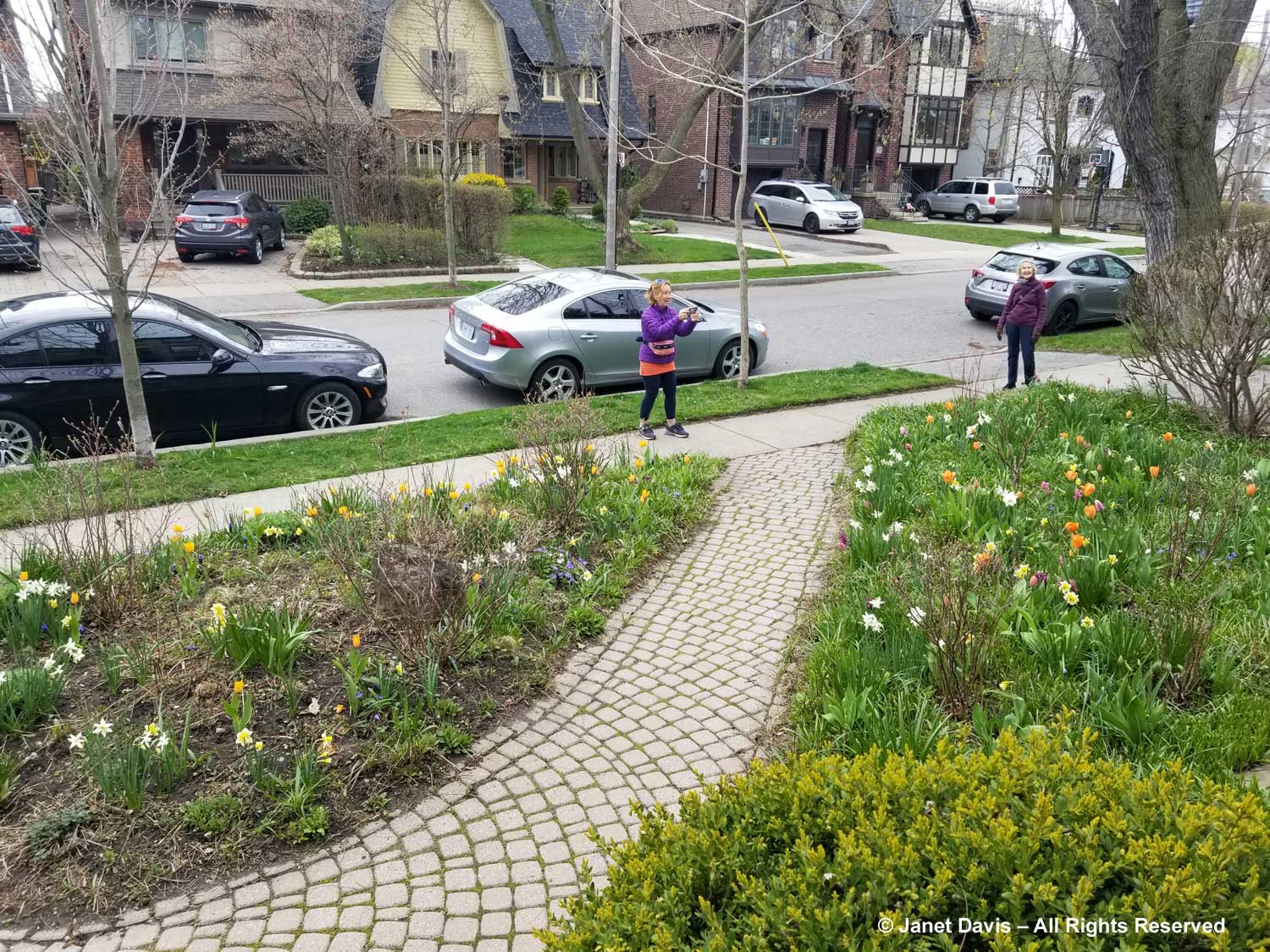
May 6, 2020 – Sourdough baking has taken the nation by storm, and a friend drops off a warm loaf on my doorstep.
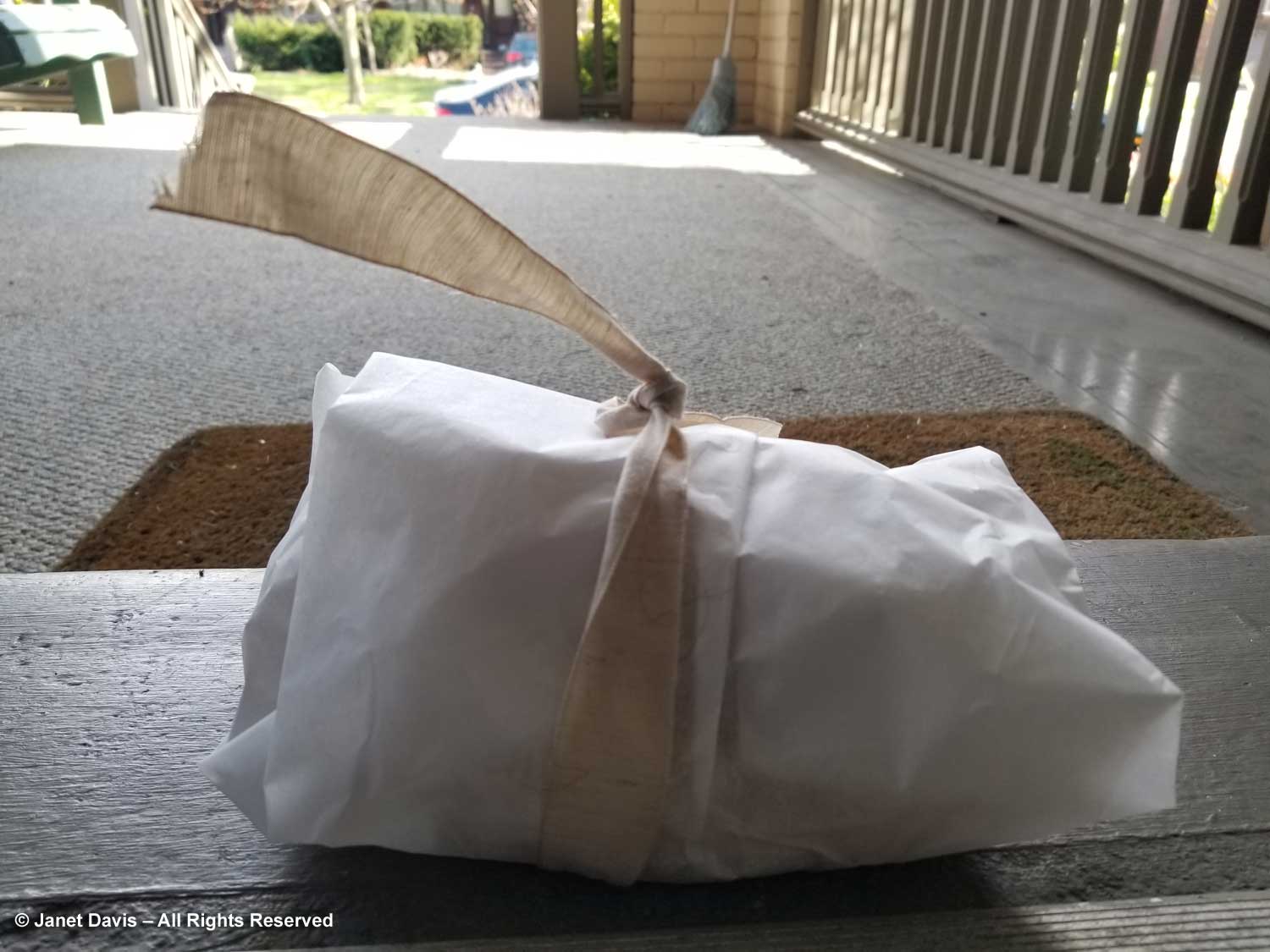
May 7, 2020 – The front garden is bursting with color. Such a comfort.
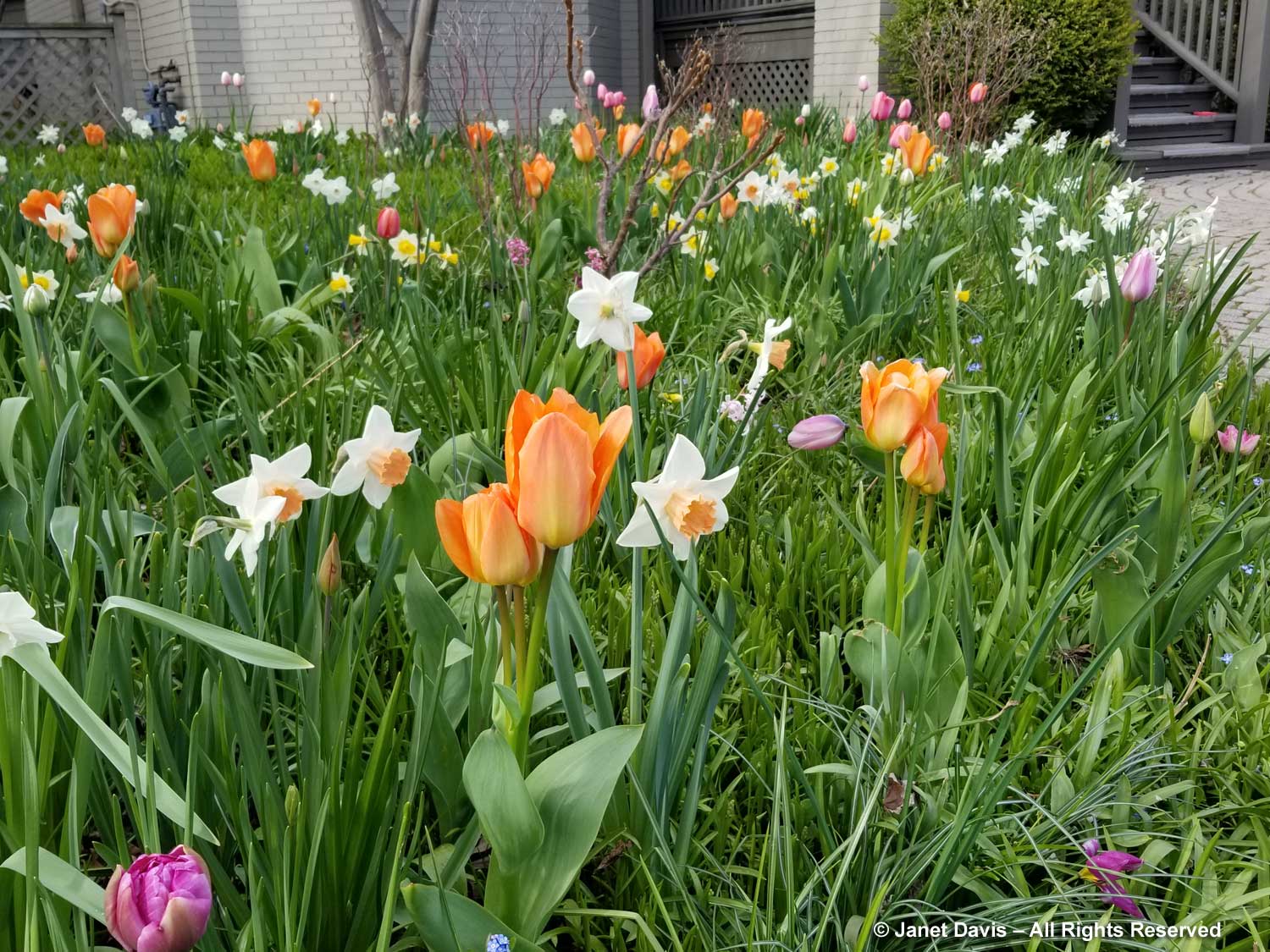
May 8, 2020 – As friends sign up for no-contact grocery shopping services, we weigh how we should be buying our food. Just at the right time, we see an ad for a 100km local farms offer and pick up our order at a parking lot nearby.
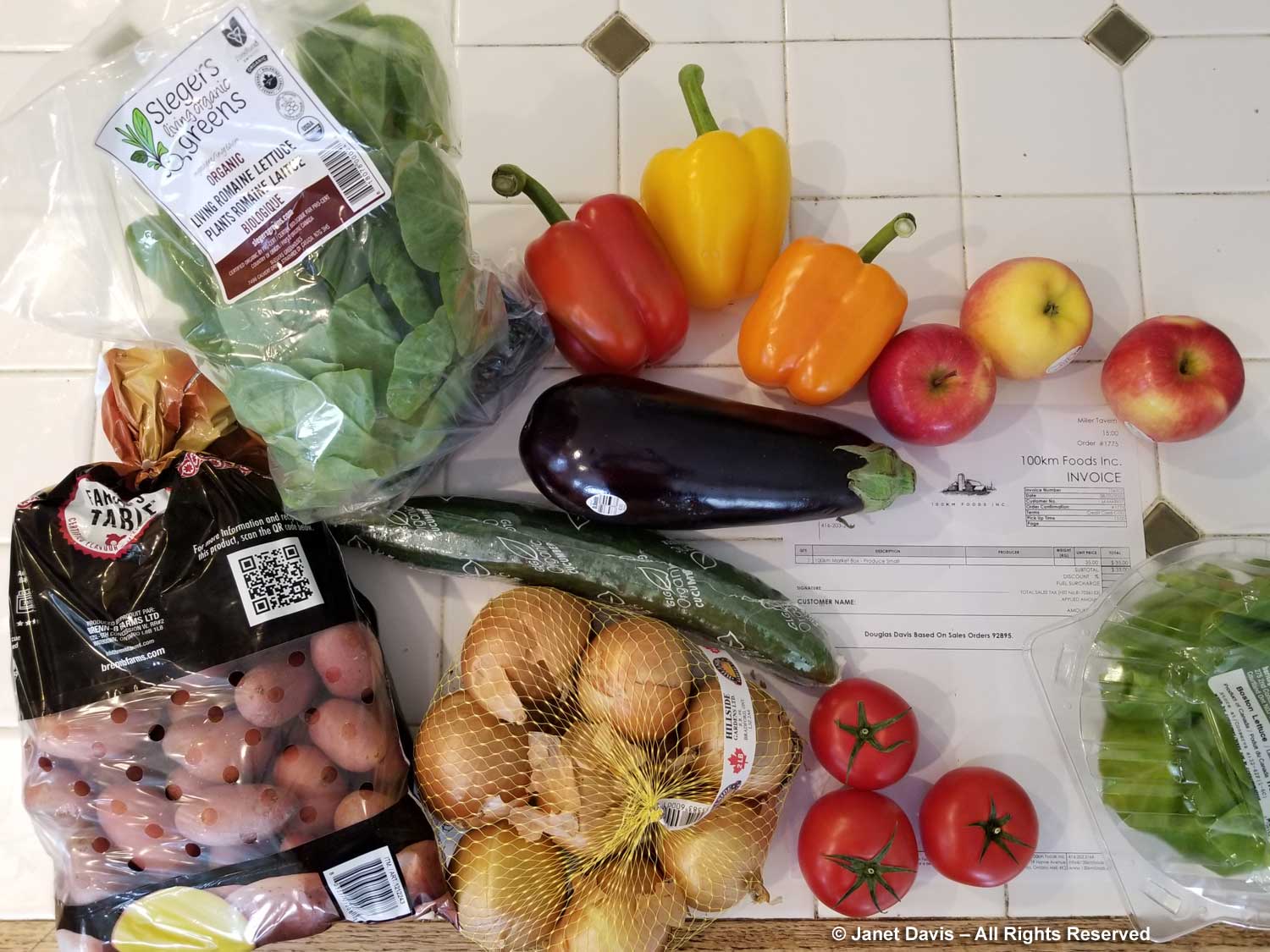
May 9, 2020 – People are starting to have cabin fever, and friends call to ask us to take a walk with them. I love that the trilliums are in bloom in this spot overlooking a Toronto ravine.
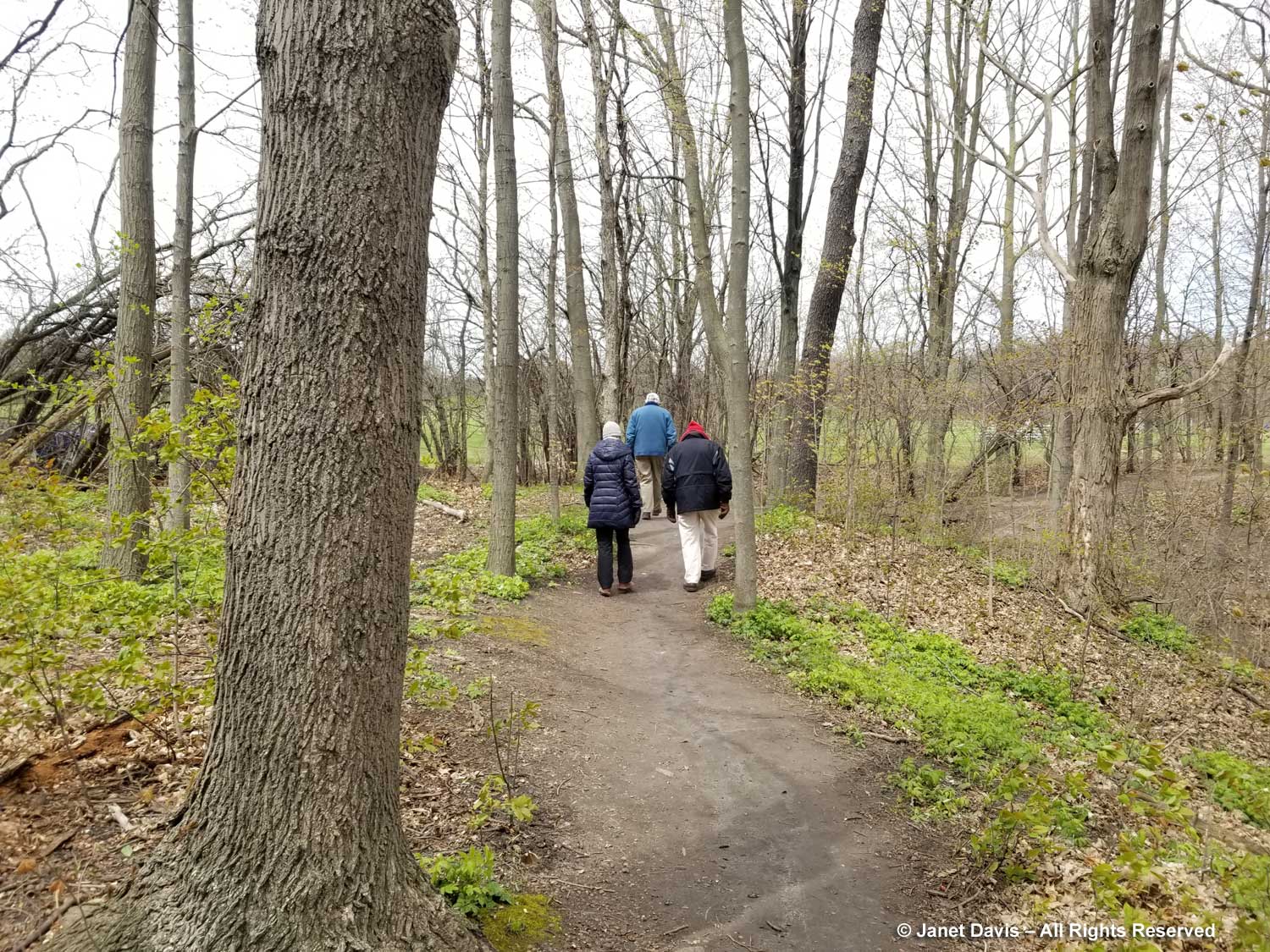
May 10, 2020 – It’s Mother’s Day and my two youngest sons and future daughter-in-law celebrate my day with me on the front porch. Mimosas!
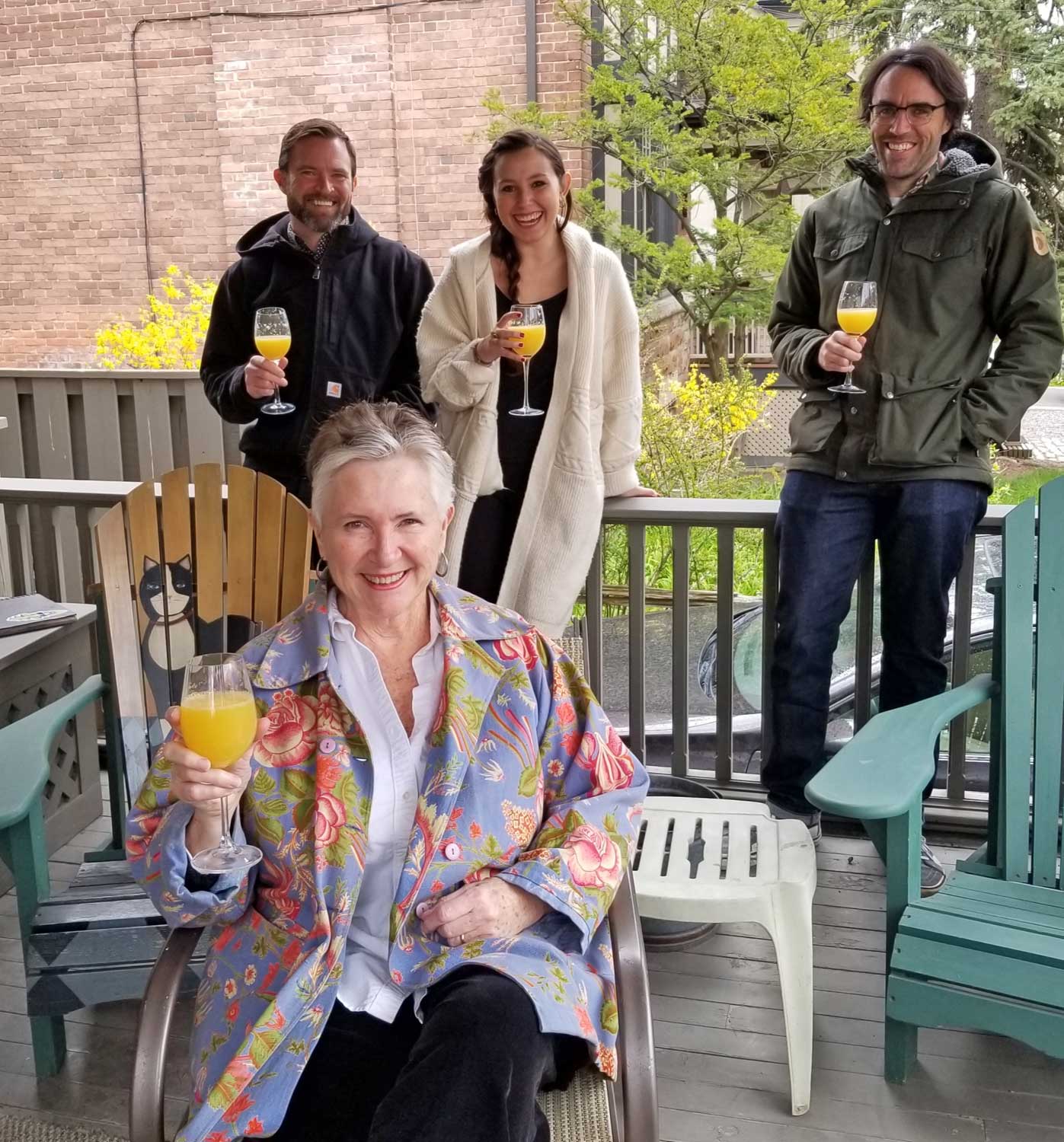
May 16, 2020 – I’m not sure now about the 46 ways we were going to change. Did we tick them all off? Or did we just tick off people who learned to hate poor Anthony Fauci in the U.S.?

May 18, 2020 – Everybody is growing seeds at home, it seems, since nurseries are effectively shuttered. I order soil from Amazon (!) and get into the act on the window seat of a 3rd floor bedroom, with the rare Petunia exserta and a marigold that Linnaeus and Rudbeck were said to have grown in Sweden.
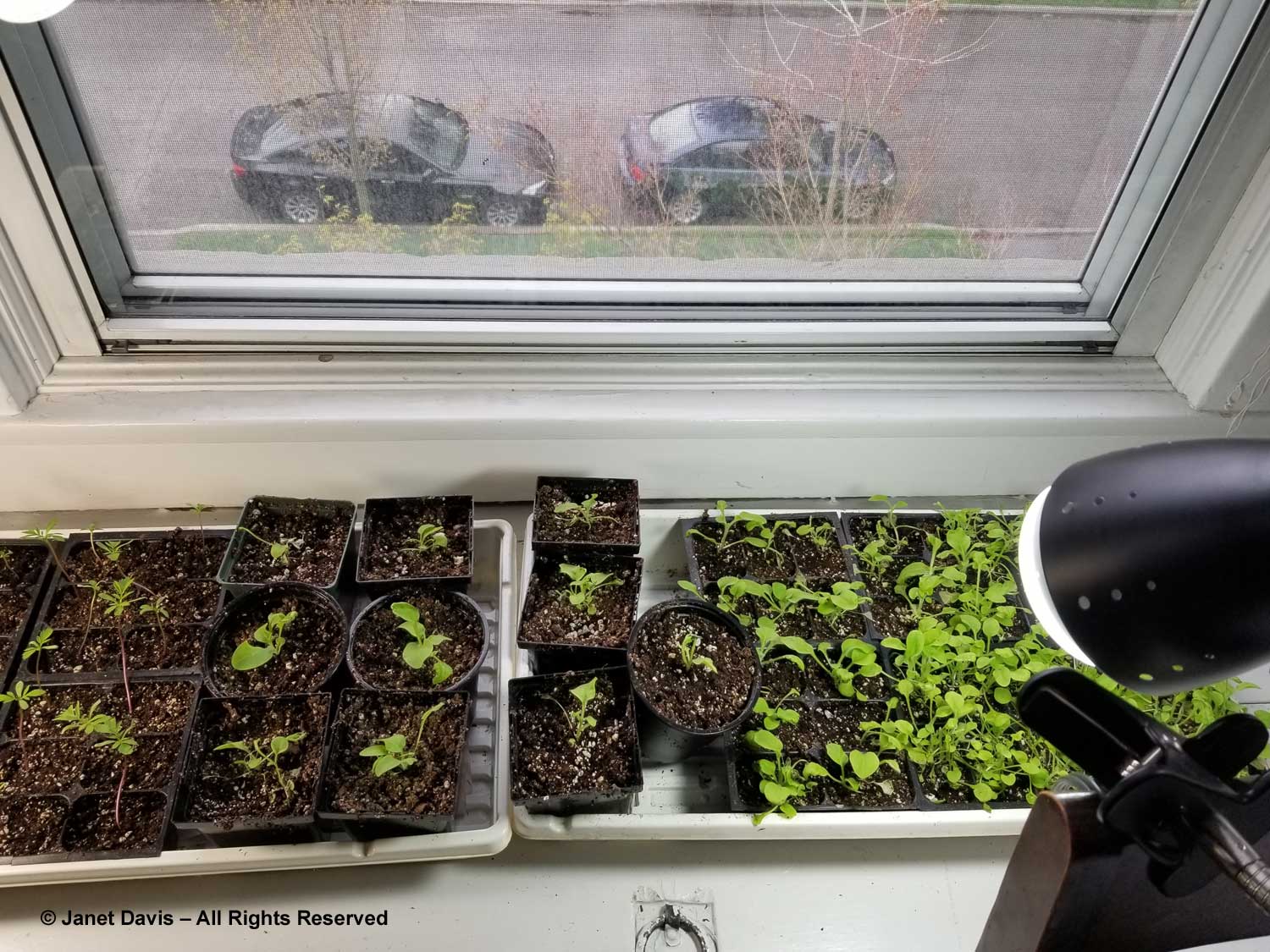
May 19, 2020 – Our neighbourhood grocery store is allowed to open with a strict limit of customers inside at any one time. The handsome security guard outside (left) keeps count, ensures we’re masked and makes us clean our hands with the sanitary gel. The employee at right beyond the new social-distancing floor tape wears full-face protection.

May 31, 2020 – We watch our first-ever Zoom memorial service, for a dear friend, all the way from Santa Barbara.

Sept. 29, 2020 – I burst out laughing one day as I look at my lipsticks, and think that Revlon and l’Oreal are going to be badly affected when they can’t sell lipstick to mask-wearing women.

Oct. 31, 2020 – Halloween comes and Dracula and the jack are wearing masks.
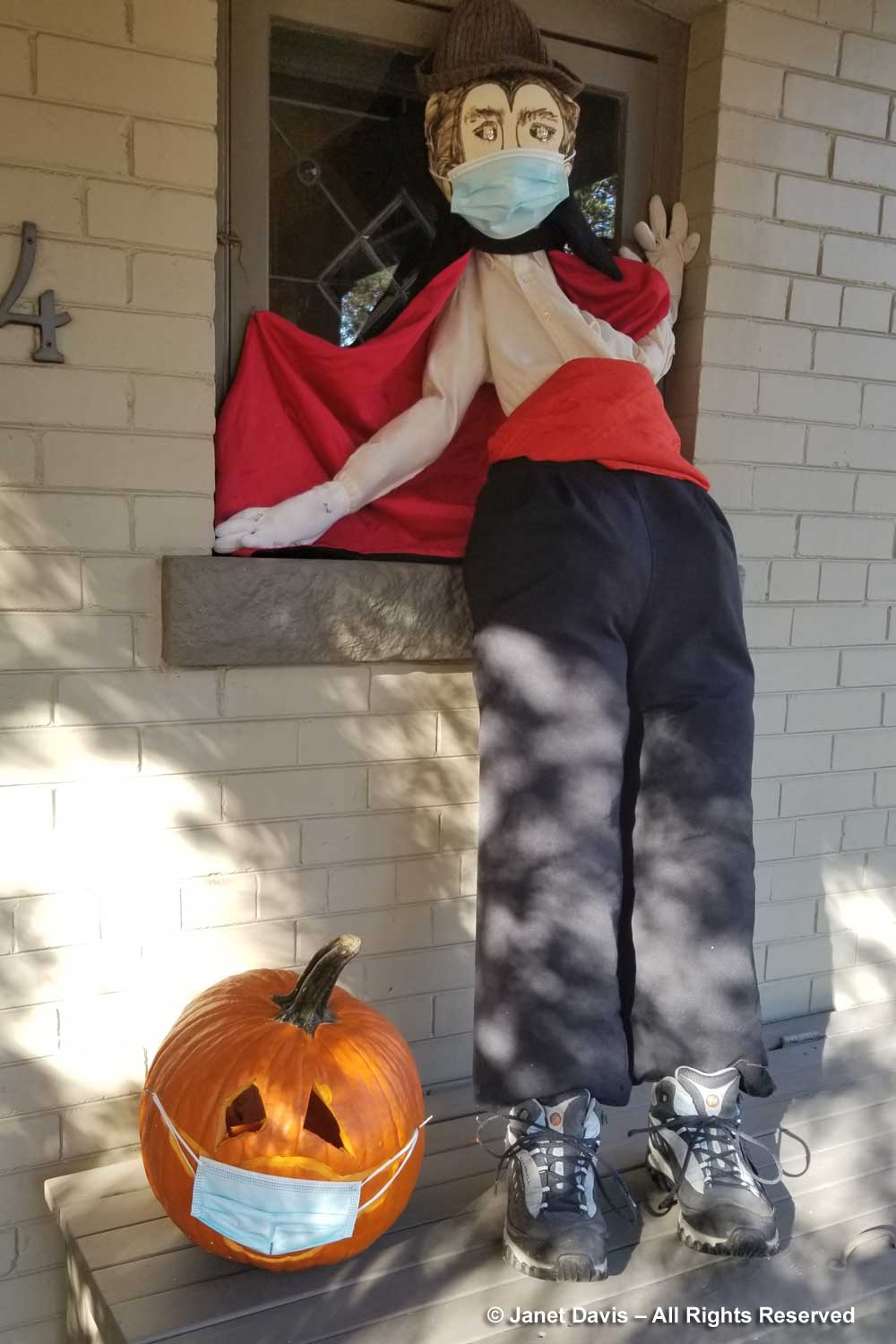
Nov. 1, 2020 – On the 1st of November, I begin a 5-month ‘Covid project’ to distract myself through the winter. I call it #janetsdailypollinator. This is the saffron crocus (C. sativus) which I photographed in the town of Krokos in Greece. Little do I know that it won’t be the only winter that Covid visits.
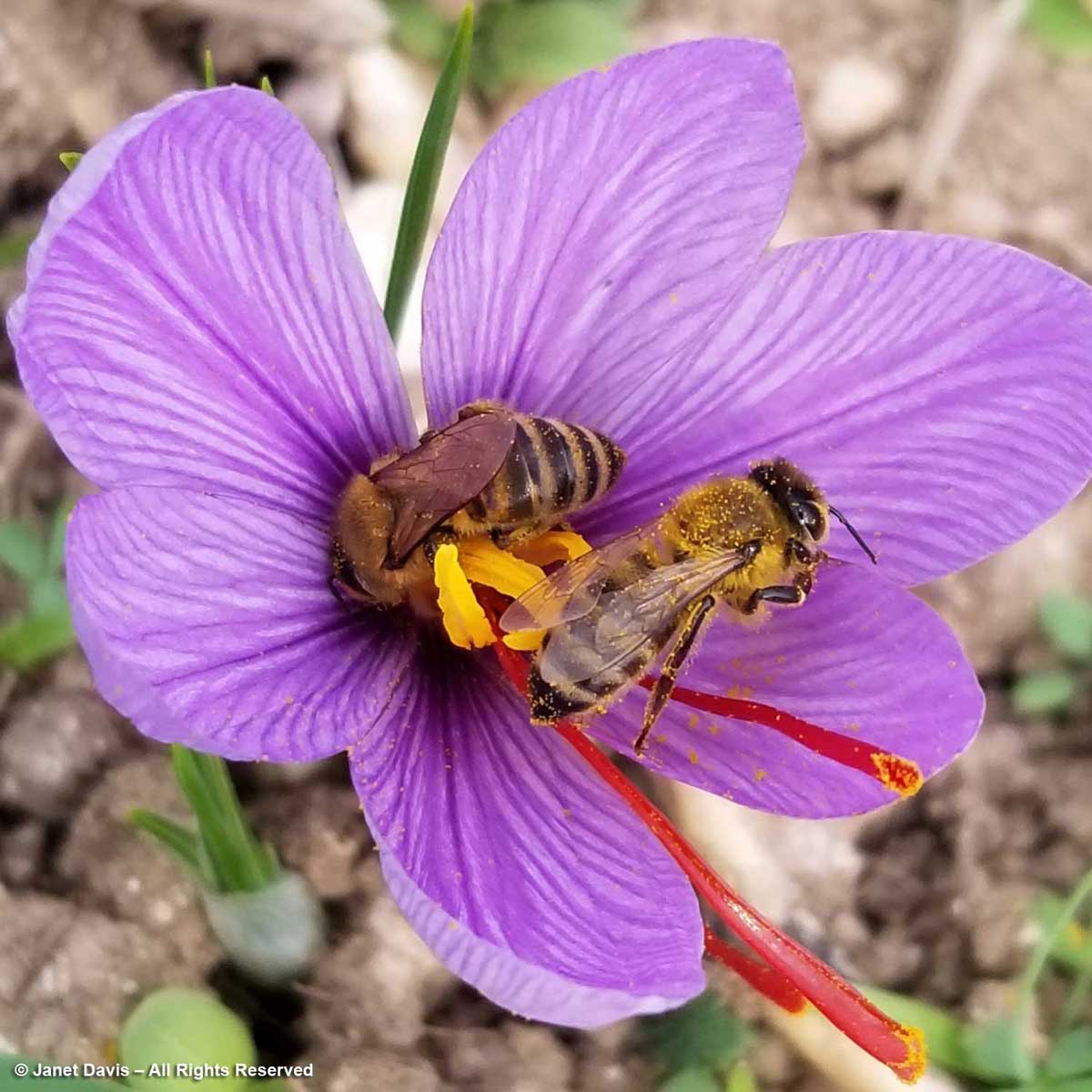
Nov. 13, 2020 – Given we can’t go to restaurants anymore, we get into a rhythm of ordering each week from a local restaurant. Our favourite is halibut-and-fries from Zee Grill, a seafood fixture in our neighbourhood.
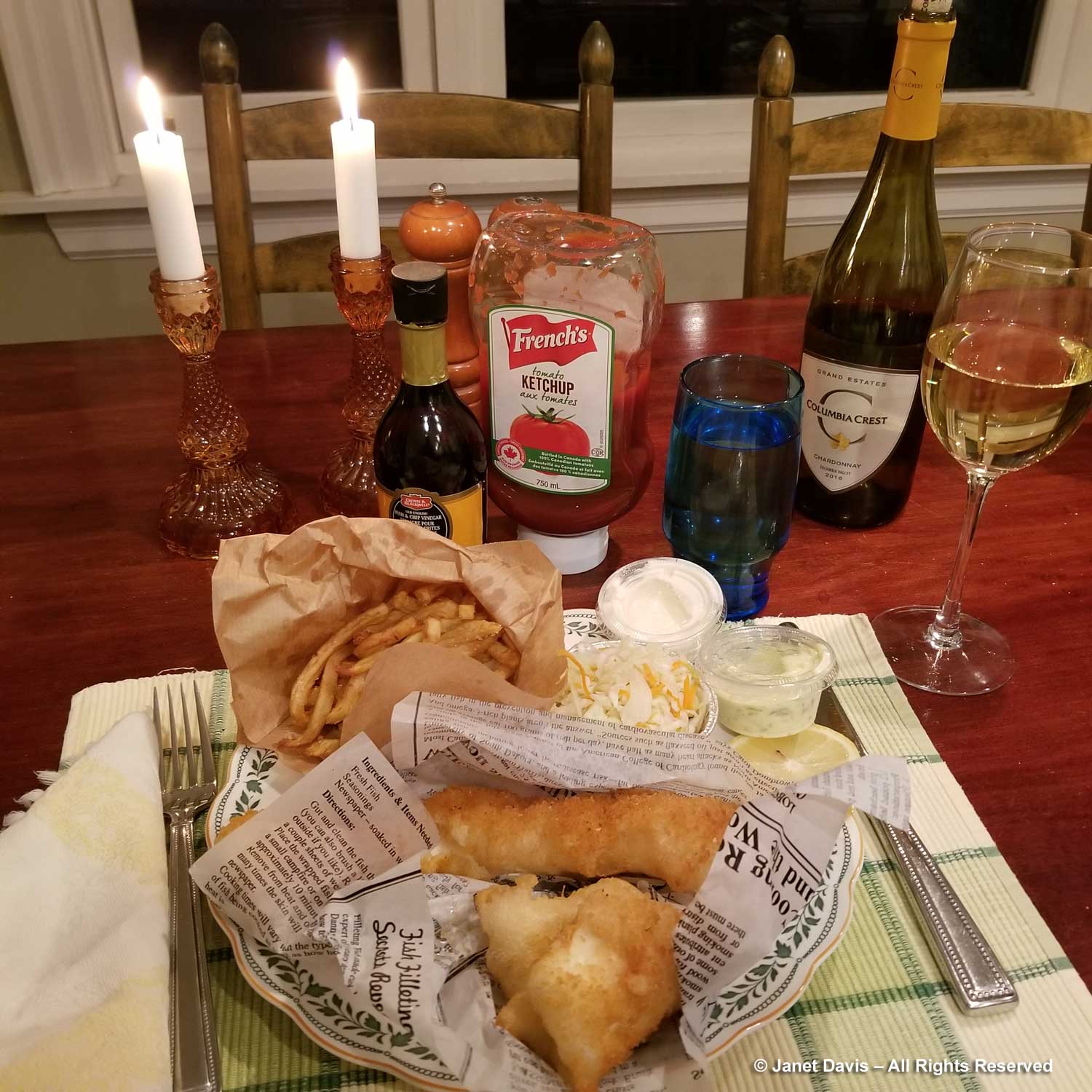
Dec. 5, 2020 – My brother, sister-in-law and nephew come to visit but we don’t go into the house – so we do a portrait in the driveway.

Dec. 24, 2020 – We are so fortunate to have our house on Lake Muskoka. It’s just three of us for Xmas eve, but we decorate our oak totem like it’s a fresh-cut balsam fir.
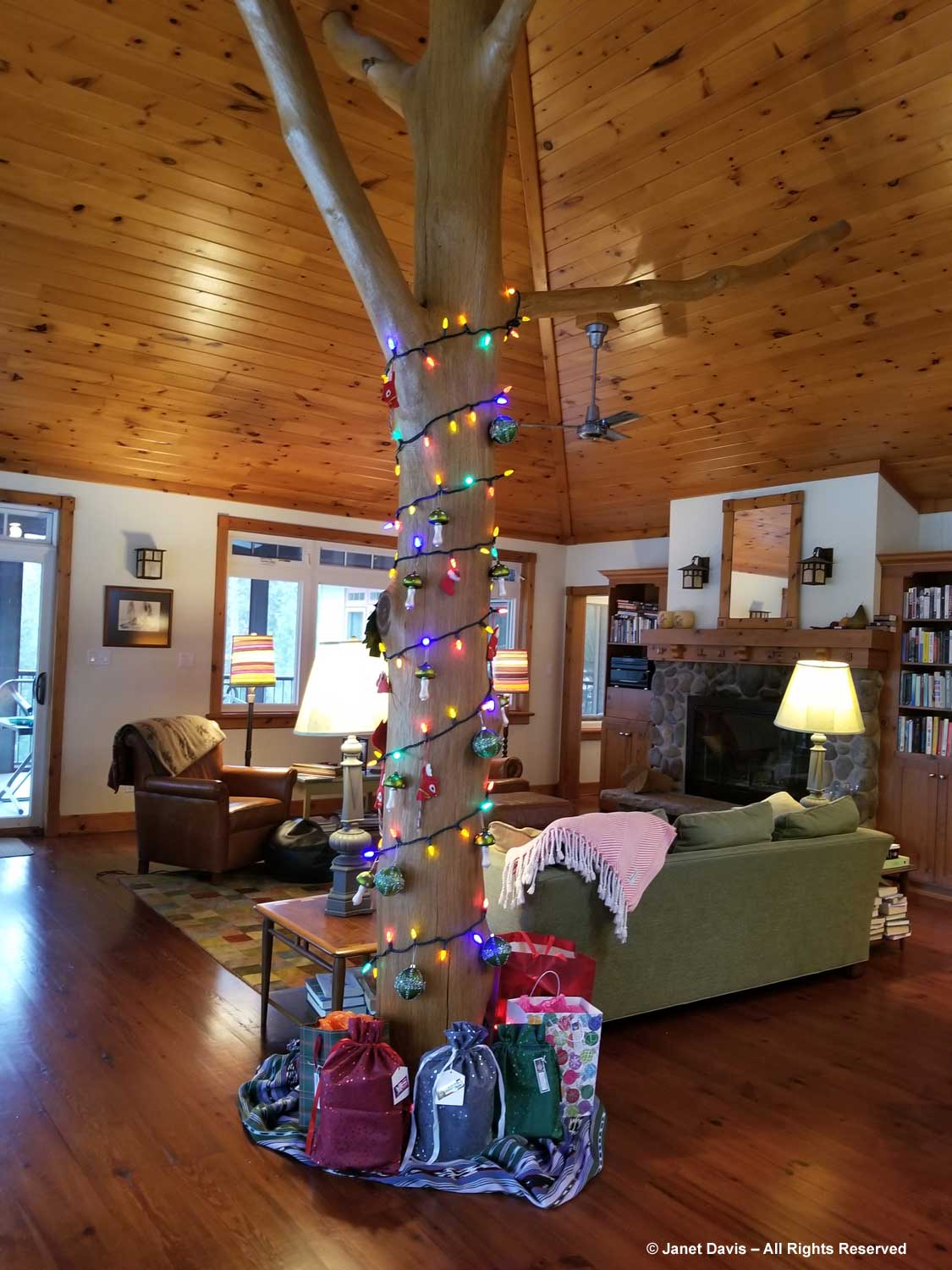
Jan. 14, 2021 – It’s a new year but with a spike in cases and deaths, the province institutes serious isolation rules. They even use the emergency system to drive it home.

Jan. 18, 2021 – My special order of home-sewn masks arrive and of course there’s a floral motif.

March 7, 2021 – The grandkids arrive for a March break visit and they stay outside (mostly) because who wants to give nana and poppa Covid?

March 7, 2021 – It feels weird to have a picnic on the cold front sidewalk, but we do. I feel such sympathy for my daughter and son-in-law who both work at home. Now they have 3 kids ‘attending school’ via their little tablets on the dining room table. But at least they have a back yard with trees, unlike all the kids who live in apartments and are in isolation with no schoolyard in which to play.
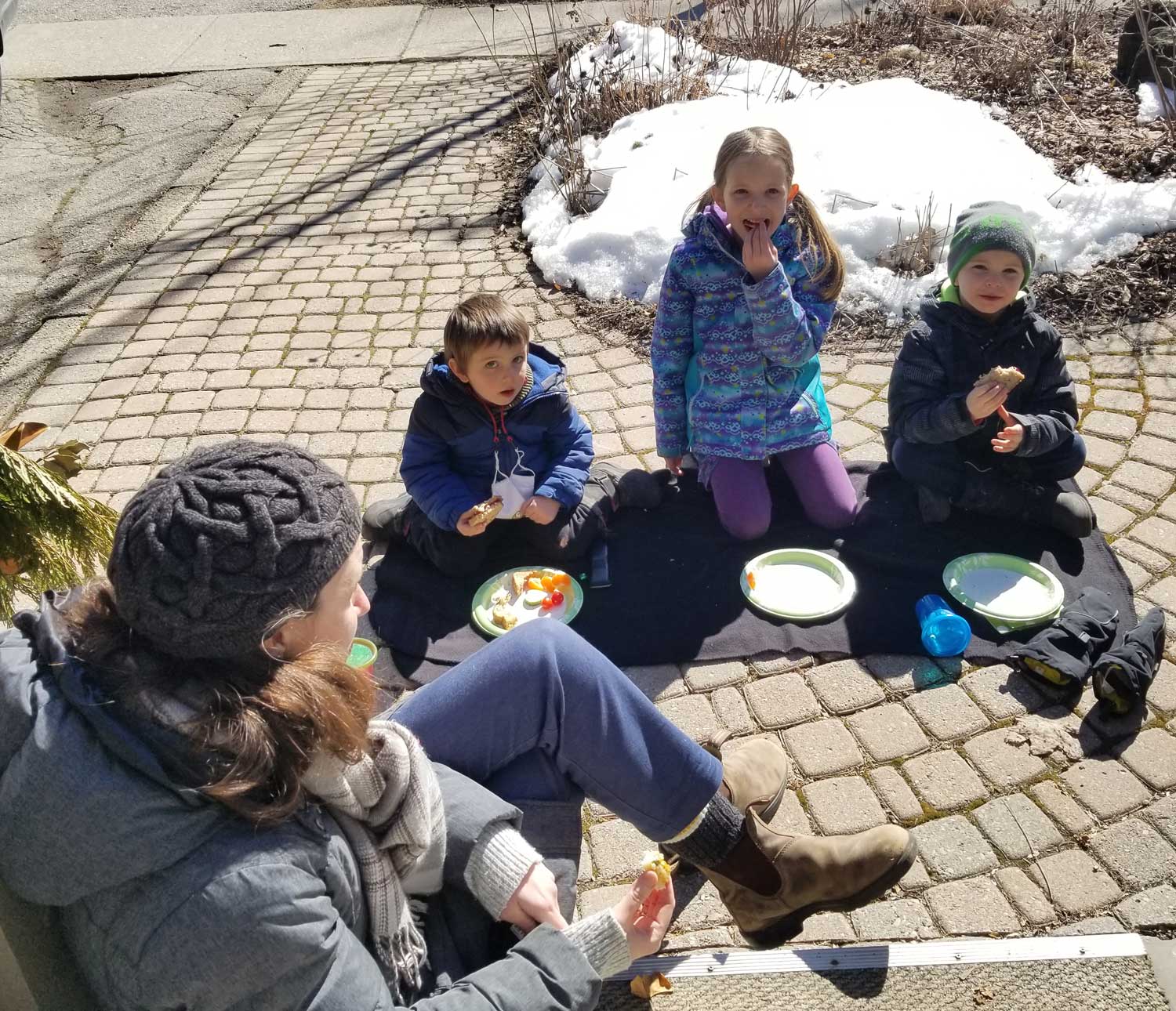
March 11, 2021 – Thanks to a dear friend who dropped sourdough starter in a jar on my front porch, I’ve made my first loaves – with olives! (The fad doesn’t last with me – I don’t want to be a slave to yeast. But I take up focaccia instead!)
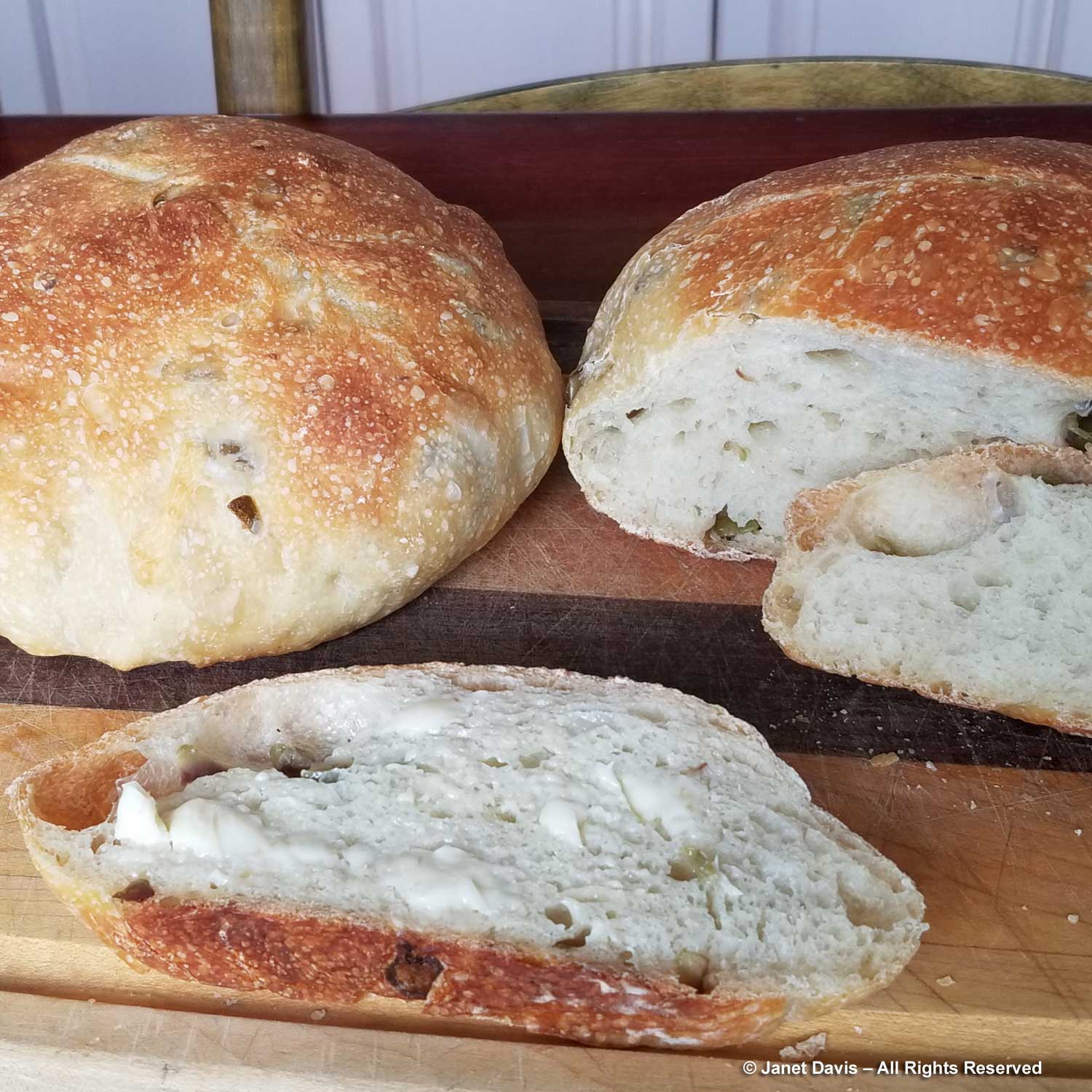
March 31, 2021 – I wrap up my 5-month daily pollinator project and make a giant montage.
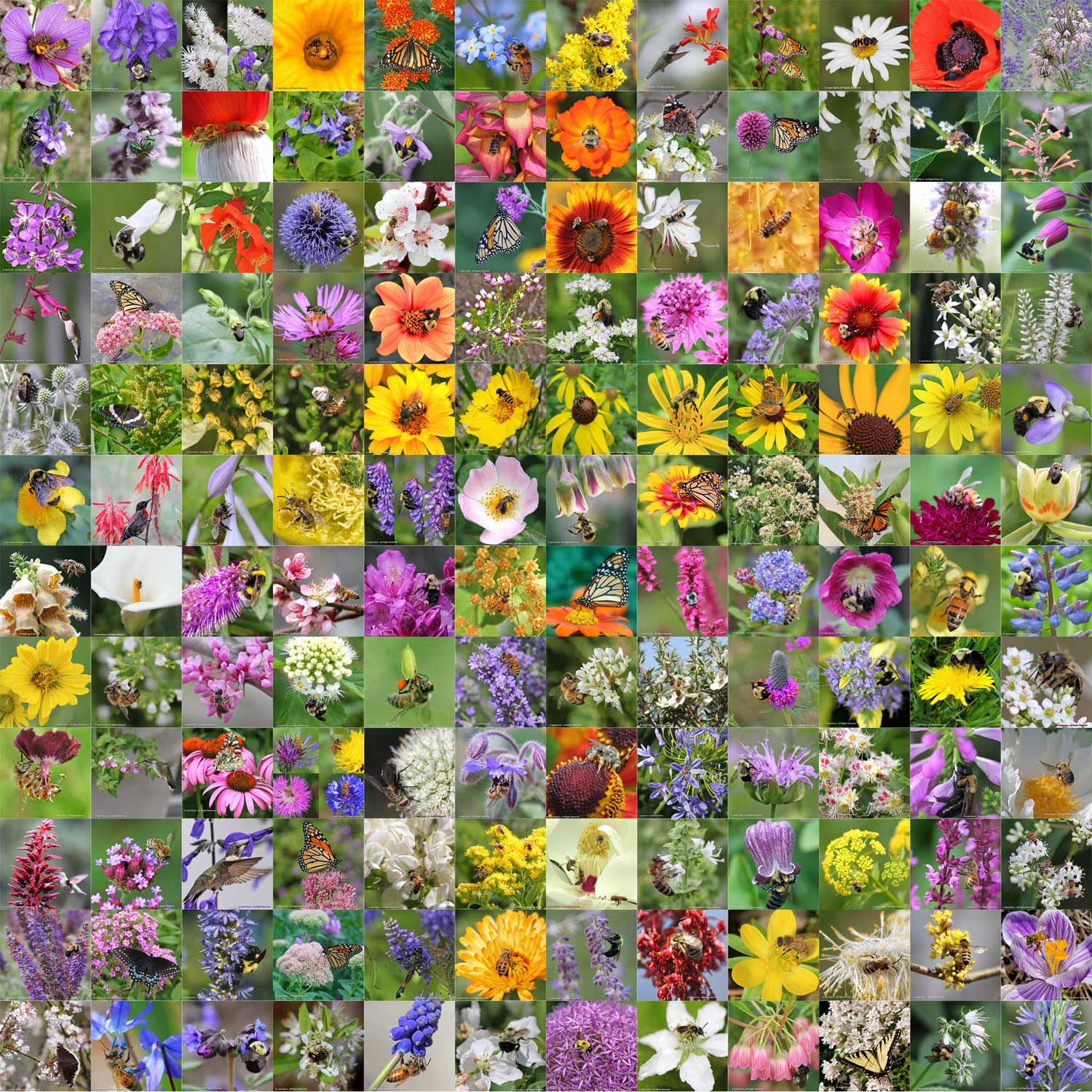
April 2, 2021 – Vaccination #1 at Sunnybrook Hospital less than a mile from home. #2 would be Moderna two months later.
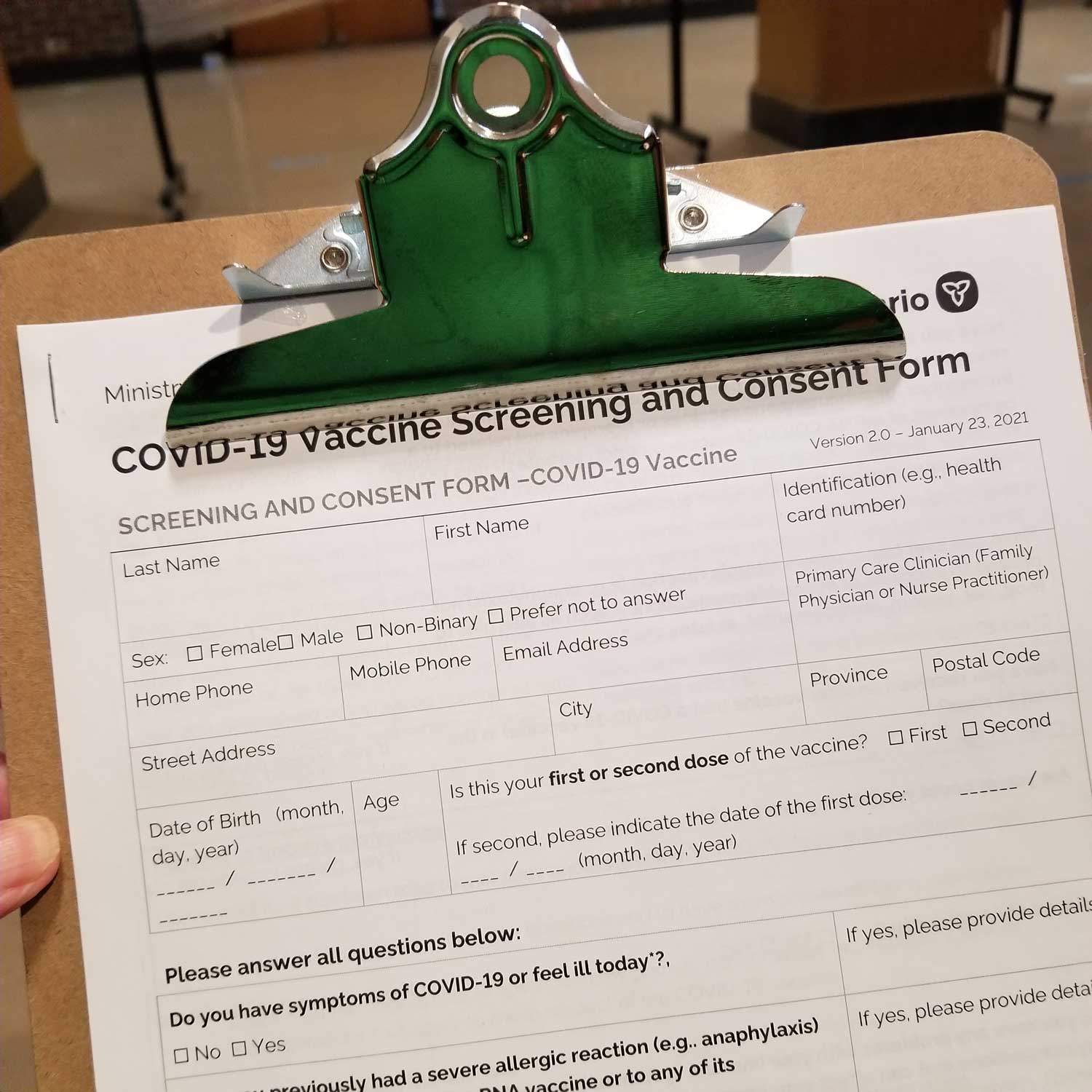
April 12, 2021 – The news remains dire with the 3rd wave.

April 13, 2021 – The spring garden is in bloom and I have a crazy idea. Instead of creating a bouquet with the blossoms, I make a floral tiara. I decide it’s going to be called a ‘fairy crown’.
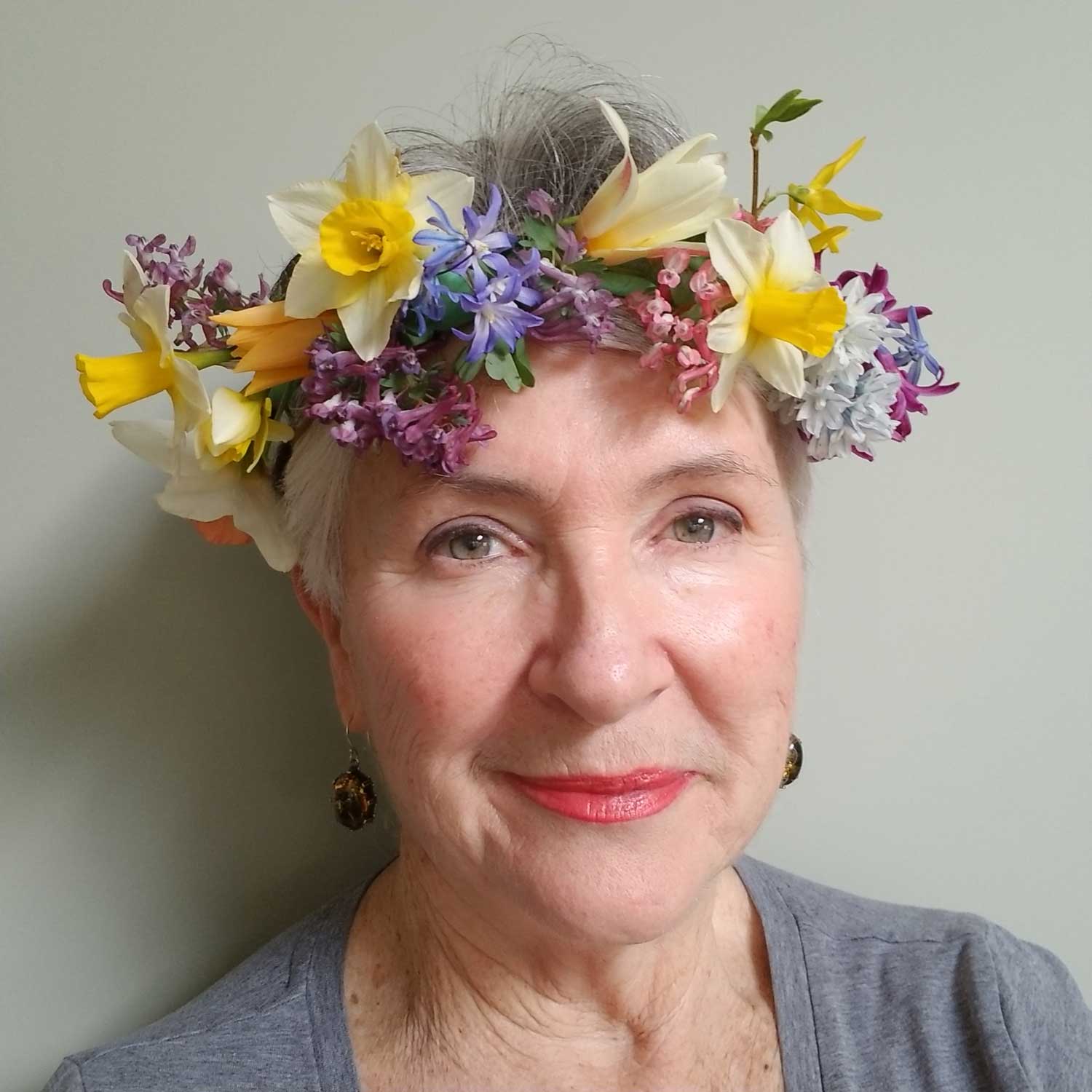
By the end of the fairy crown project, there will be 30 versions. In 2022, I’ll do a blog for each one, celebrating the flowers and garden chapter that made each possible.
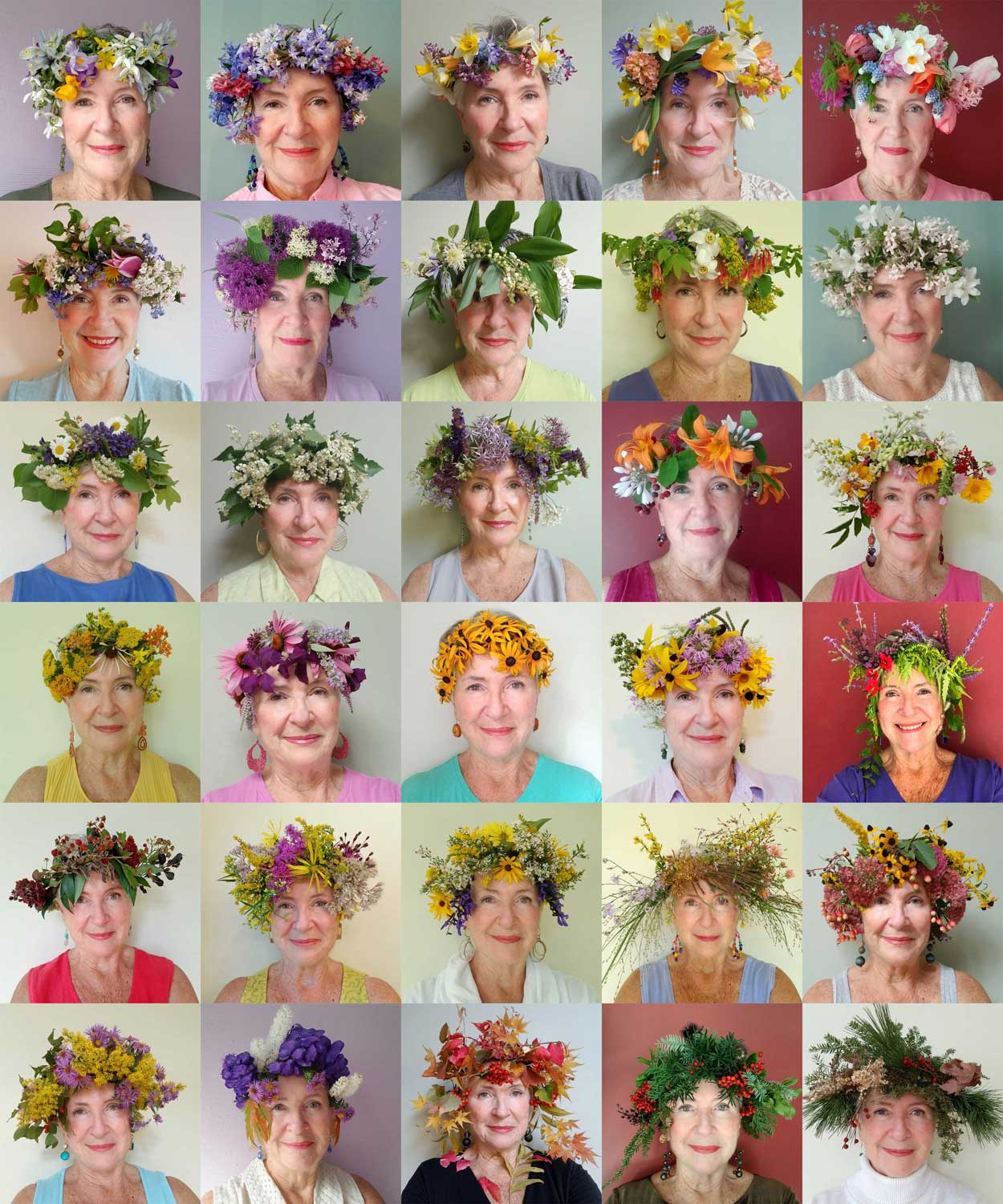
April 16, 2021 – It’s our 44th anniversary – and we celebrate with take-out from Zee Grill.
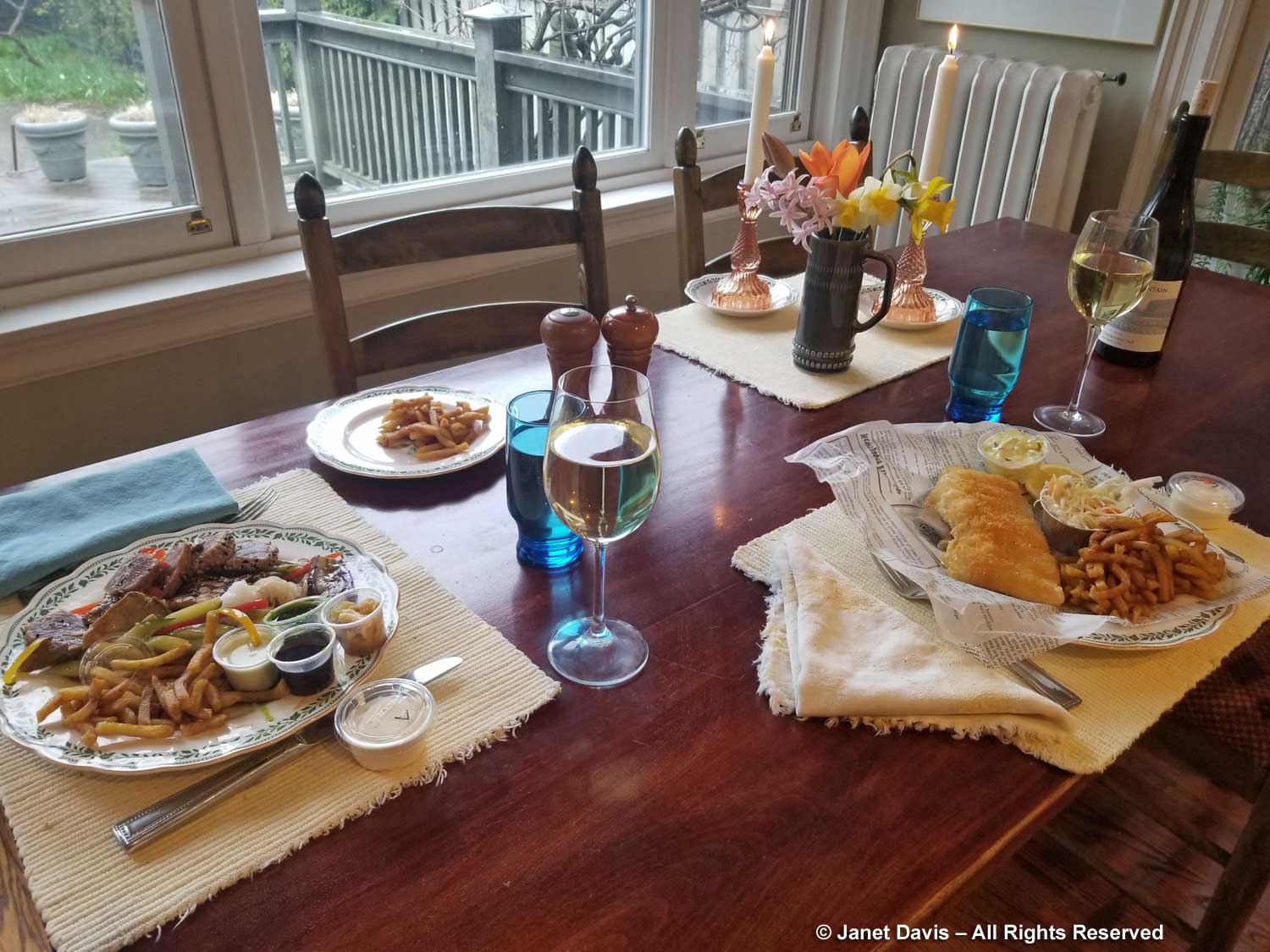
June 12, 2021 – Barber shops and hair salons are closed so darling Lena, my daughter’s hairdresser, comes to the backyard and does open-air cuts – including one for poppa.
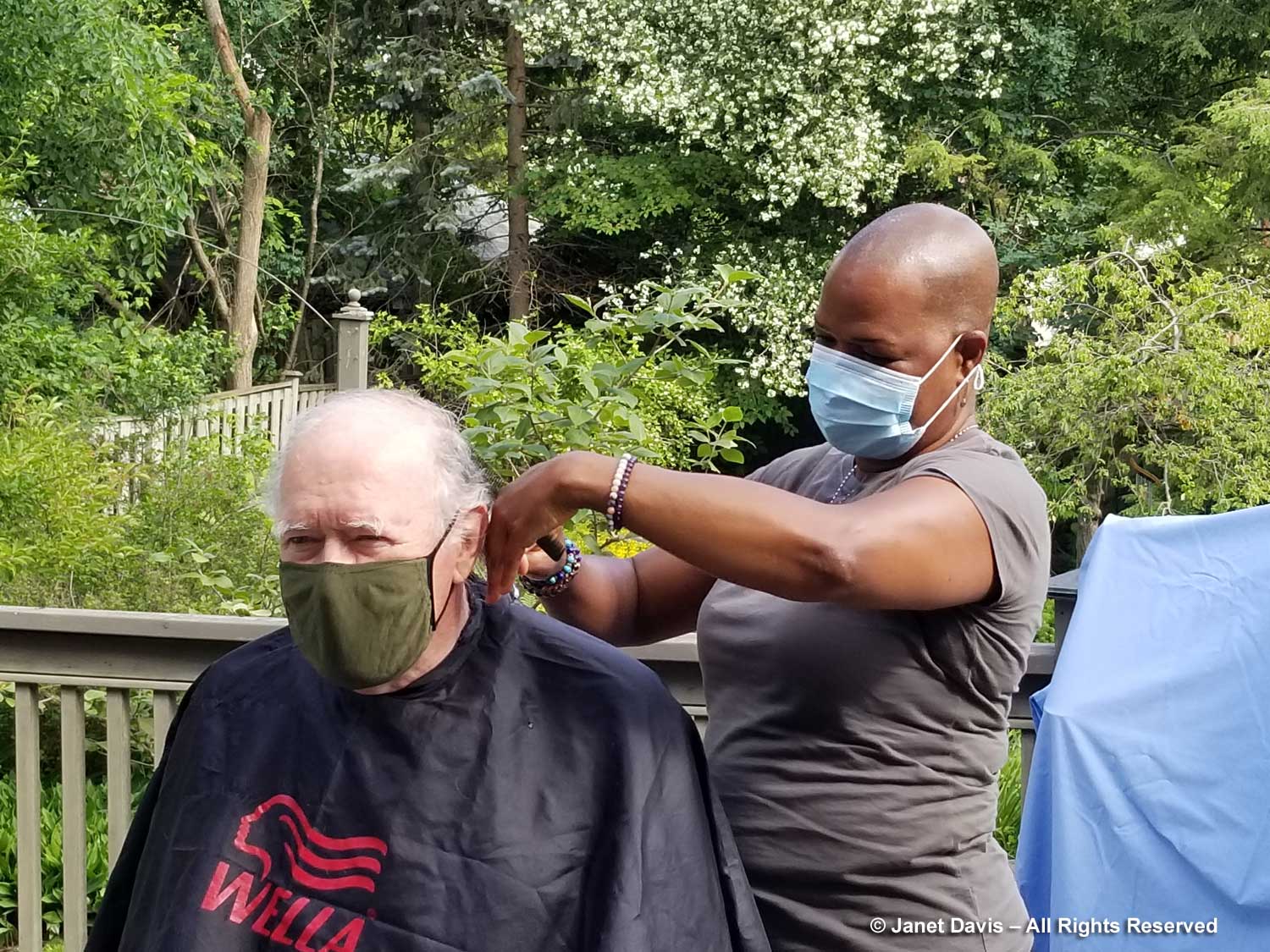
Nov. 16, 2021 – It’s been a while since I was on a plane but I take the opportunity of a reduction in cases and isolation measures to fly to Vancouver to visit my brother and sister. The mask is hard to get used to for 5+ hours but that’s the rule now.

Feb. 11, 2022 – Almost after the fact, a giant anti-mask and anti-vaccine policy protest convoy is organized by truckers and sympathizers from across Canada and ends up closing down our capital city Ottawa. It goes on for days and days as the protesters call for the prime minister to step down — while honking horns day and night in the 18-wheelers that block the streets around the parliament buildings. It is surreal. And people are fed up.

Feb. 18, 2022 – Things get serious when the government uses the Emergency Act to seize assets of the protestors and give the cops extra powers to end the protest.

May 27, 2022 – By now, all the Covid test kits that were handed out to companies are gathering dust on shelves. My local greengrocer throws one in with my order as a bonus.
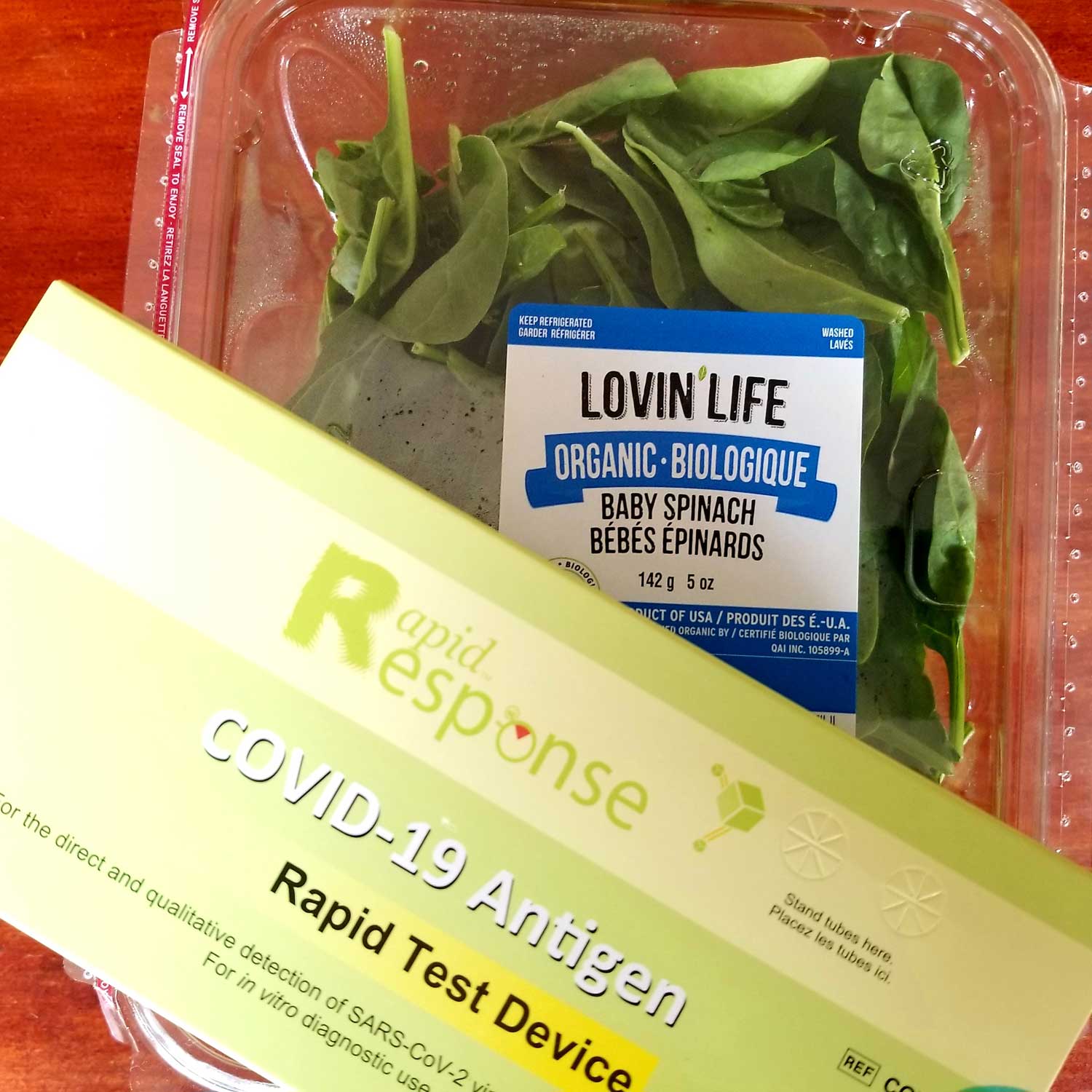
June 12, 2022 – My niece Lily Frost is a singer and single mom who hasn’t had many gigs for 2 years so I invite her and her band to perform a concert for my neighbours and family. It is a perfect day, the band is sizzling hot and such fun.
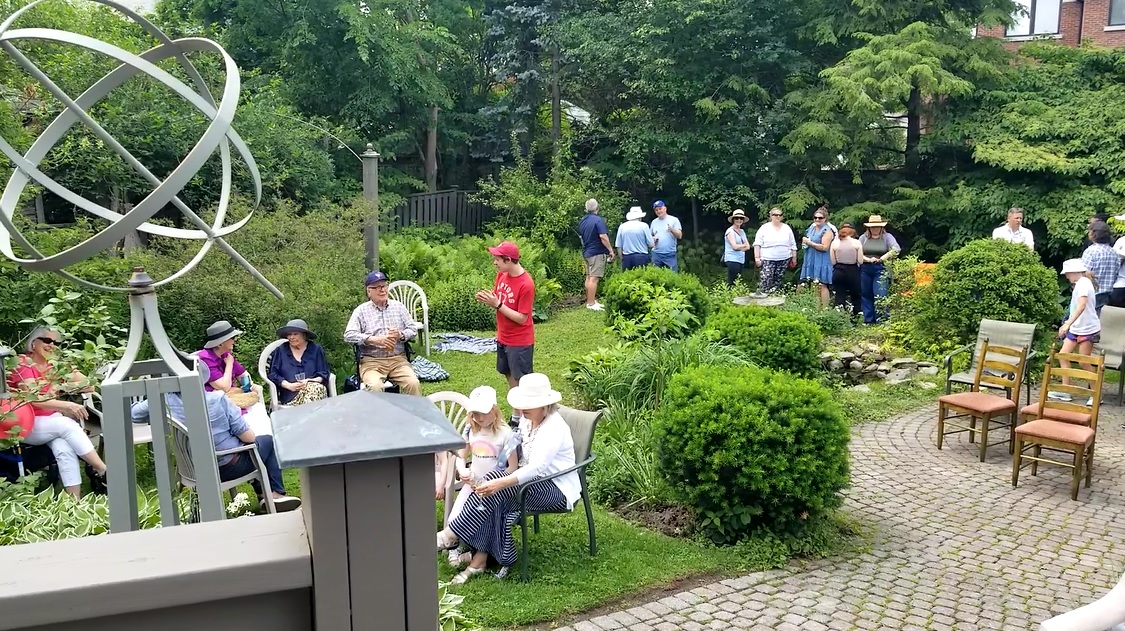
Lily and her band Thelonius Monk give a wonderful performance for 2 hours.
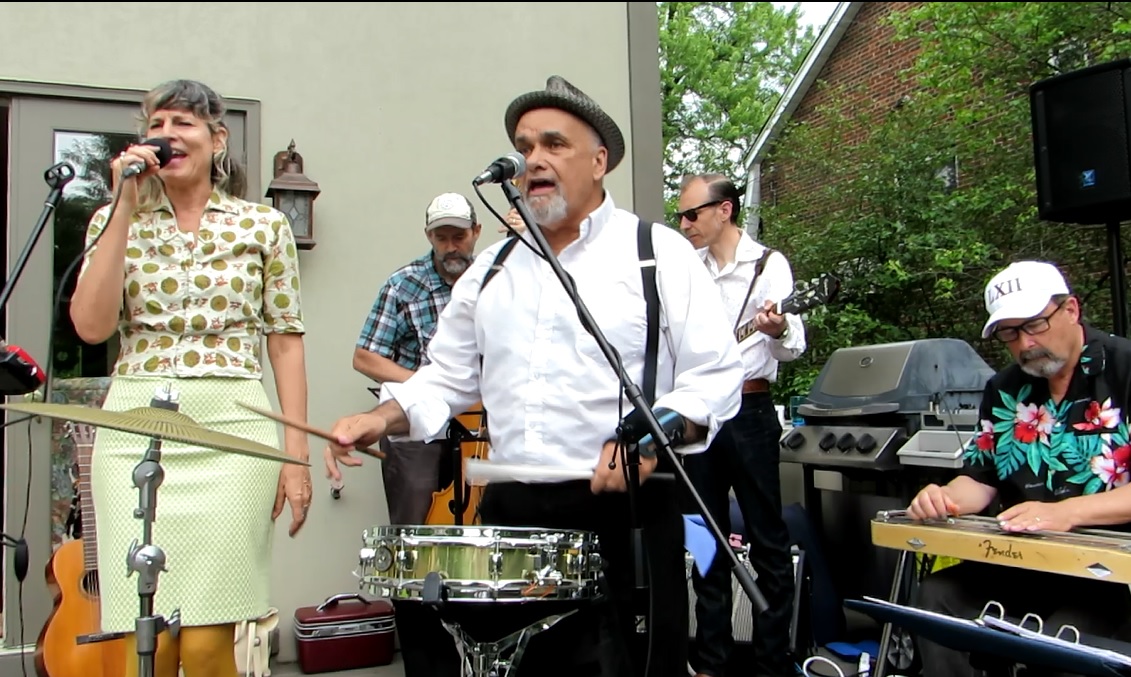
Aug. 31, 2022 – On the last day of August, we fly from Toronto to Edinburgh, below, on the first leg of what will be a memorable trip. Masks are mandatory in the airport and on the plane, but when we line up at customs in Edinburgh, not one person is wearing a mask. Days later, we leave for 5 days in Florence before celebrating our son Jon’s beautiful wedding to Marta in the Tuscan hills. After that, we take part in a wine tour of Sicily that lasts until the end of September. It feels almost… almost… like things are returning to normal.
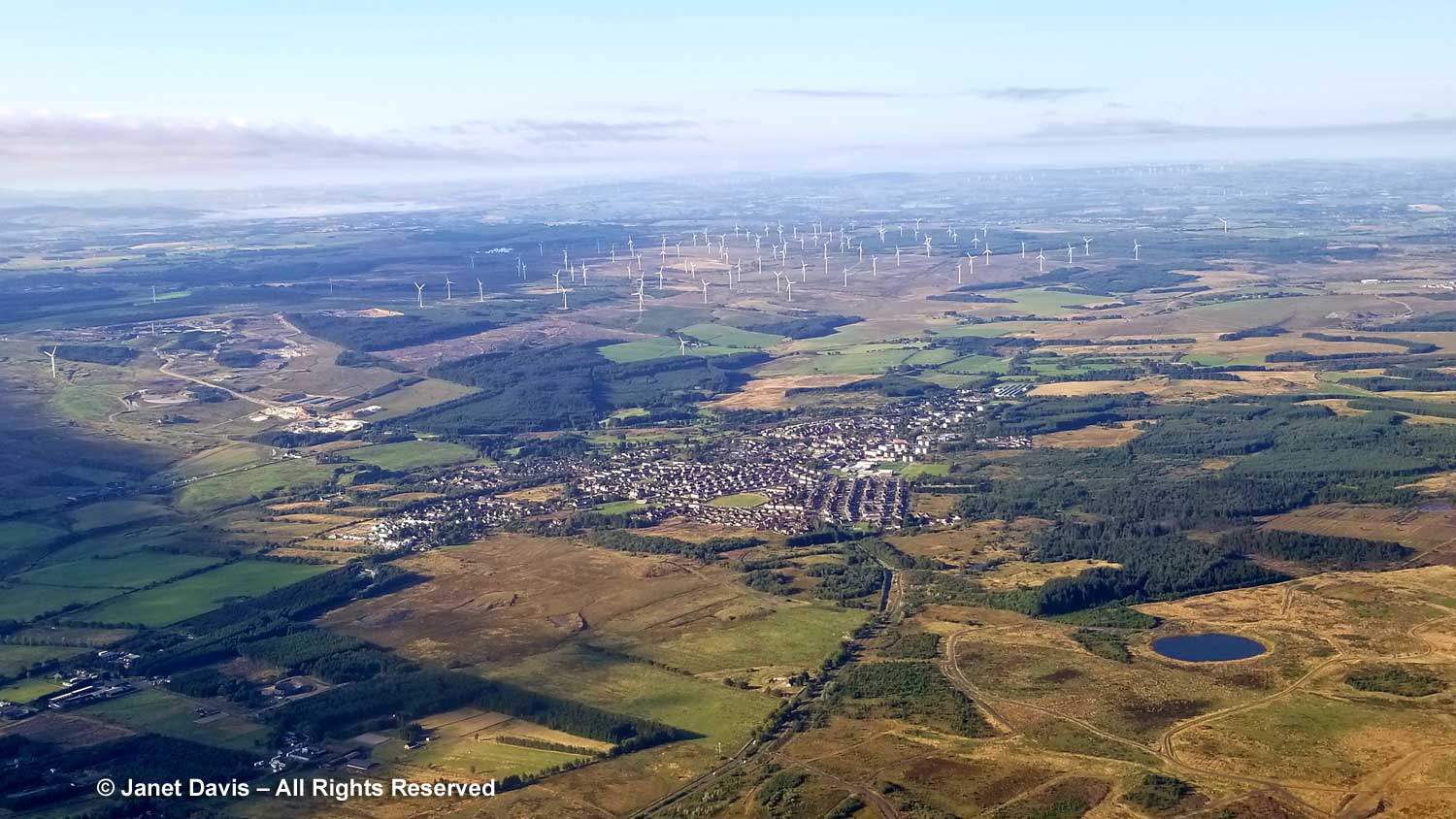
It’s been a remarkable three years. As of now, I am the only one in my family (along with the grandkids) who hasn’t had Covid. Yet. But it’s still flying around and finding people who thought they’d dodged it completely. Who knows? Maybe one day I’ll have to add a postscript to this journal. In the meantime, another spring has arrived, reluctantly, with snowflakes, and I’m ready to get back into the garden!
POSTSCRIPT: On June 9th, in the middle of a much-anticipated garden tour in England, I tested positive for Covid and had to depart the tour. Fortunately, I have a son living in London and he could take in his poor mom and make her tea and soup. But I was sad to miss the last wonderful gardens.
